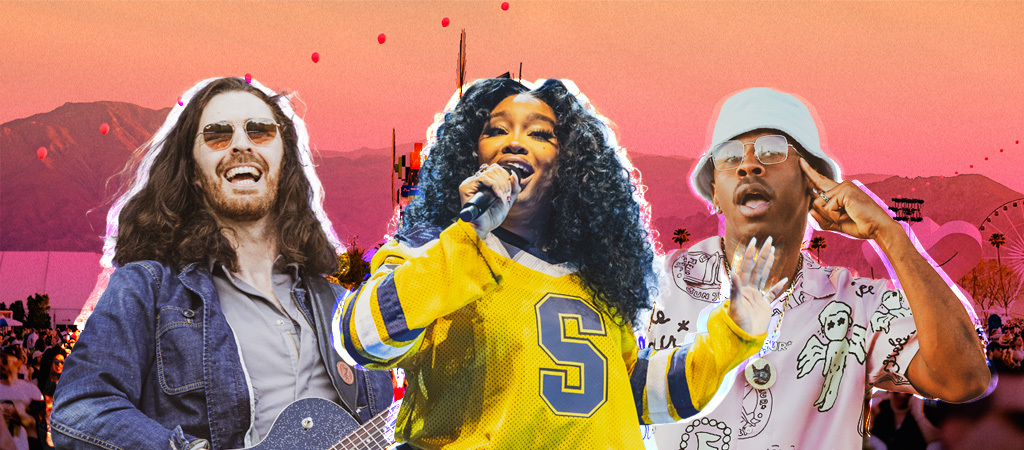
The UPROXX 2024 Music Festival Preview



While the average festival attendee might not recognize the names of Jordan Wolowitz, Tom Russell, and Yoni Reisman, they have proven to be pivotal to New York City’s history. After founding the production company Founders Entertainment as 20-somethings with an immense passion for live music, they also crafted the idea to host a music festival on Governors Island in 2011.
The sounds of the city were still drawn to the Indie Sleaze movement, and so, the festival’s single-day lineup reflected that — with electronic artists Girl Talk, Pretty Lights, and Empire OF The Sun headlining that year. That decision to cater to a generation of fellow early adults paid off immensely, as the aptly-titled Governors Ball’s debut drew the highest attendance for any event on Governors Island. “As many area festival attempts often fall flat due to poor execution, the Governors Ball was a pleasant exception to the rule, leaving us looking forward to its return next year,” Flavorwire wrote about the festival.
Building upon their success, the founders expanded Governors Ball to a two-day festival the following year, moving the location to Randall’s Island to better accommodate the growth — which included popular city food vendors (Luke’s Lobster, Wafels & Dinges) and a variety of outdoor games. Beck, Kid Cudi, Passion Pit, and Modest Mouse were on 2012’s top billing.
Despite the momentum, the third year was not a charm for Governors Ball, as disaster struck in the form of Tropical Storm Andrea on day one — the start of weather that would prove to be a common struggle for the founders in years to come. By 9 pm, the entire festival was canceled, with local paper Gothamist publishing a slideshow of the conditions. Crowds in colorful ponchos dispersed, just trying to avoid being drenched in mud.
“It was a heck of a storm: a lot of rain and high winds. When you have 40,000 people on your festival site, which is grass, and you have five to six inches of water descend upon that site within an eight-hour period, the result is a field of mud,” Russell told INC about that year. “There’s not much you can really do to combat that. We laid down plywood, sand, and landscaper’s hay, but everything just sank. Around 8 p.m. on Friday, when we started getting 40 mph wind gusts, we knew we had to cut the show.”
Throughout the years, weather complications have continued to be a common theme affecting Governors Ball. In 2019, Sunday attendees were stuck on Randall’s Island, until an 8:30 pm announcement officially canceled The Strokes and SZA’s nighttime performances. With severe thunderstorms, ticket buyers walked back across the RFK bridge to get home.
Still, Governors Ball planned to get back to normal. The original 2020 lineup continued the cross-generational appeal by featuring Tame Impala, Missy Elliott, Flume, and Vampire Weekend as headliners; it was eventually canceled due to the pandemic. After taking a-year-and-a-half hiatus until returning in September 2021, much like the rest of the world, the festival made some major changes. As for whether these will prove for better or for worse is to be determined.
Upon their return, Governors Ball announced they would be moving the permanent location to Citi Field — with stages set up just outside of the Mets stadium. Last year marked my first time attending the festival, so it’s difficult to compare to past locations. However, crowd control seemed to be a significant issue. Given the stages are spaced quite closely together, a lot of the audiences blended into one giant crowd, with very minimal lamp posts or clear exit signs. About six months later and in the wake of Astroworld, it seems to be a potential safety issue.
Still, Governors Ball has the opportunity to smooth out any roadblocks for their second year at Citi Field. At the very least, they have an all-star lineup — one that leans heavily into aiming for a younger demographic instead of keeping one headliner your Gen X mother might recognize.
Saturday’s headliner, Halsey, is one of the most exciting artists on the bill. They sought out their musical heroes — Trent Reznor and Atticus Ross of Nine Inch Nails — to eventually began crafting an industrial-inspired pop record together. The result was their cinematic fourth studio album, If I Can’t Have Love, I Want Power. While the writing process began before Halsey’s pregnancy (and first child), it conceptually began to wrap around all the various aspects of motherhood.
Rapper J. Cole will close out the festival as Sunday’s headlining performer. Last year, he released his Grammy-nominated sixth album, The Off-Season. “The Off-Season symbolizes the work that it takes to get to the highest height,” he told Slam magazine last year. “The Off-Season represents the many hours and months and years it took to get to top form. Just like in basketball, what you see him do in the court, that shit was worked on in the summertime.”
Hip-hop continues to play a heavy part in Governors Ball’s main acts: Friday headliner Kid Cudi, Jack Harlow, British MC Skepta, Coi Leray, Roddy Ricch, and many more. As a fun surprise, basketball player Shaquille O’Neal is scheduled to perform on Saturday under the stage name DJ Diesel.
For those looking for rising indie acts, Samia is one of the solo artists not to miss. The singer-songwriter released her first full-length record, The Baby, in 2020. She has since followed that with a handful of equally strong singles, from the somber, piano-driven “Desperado” to capturing feelings of love, and acceptance on “As You Are.” Last year, Samia also teamed up with a handful of prominent indie artists to reimagine songs from her debut album, including Bartees Strange, Christian Lee Hutson, Palehound, and many more.
The past year has also been a record-breaking one for Michelle Zauner, who fronts the Philly-based indie band, Japanese Breakfast. Between releasing a Grammy-nominated album, Jubilee, and becoming a New York Times bestselling author with her debut memoir, Crying In H Mart, Zauner has continuously distinguished herself as a talented artist — no matter what the medium is.
In all, Governors Ball has the chance to redefine itself for this new decade, evolving as necessary, and representing its city as the flagship festival offering.
Some of the artists covered here are Warner Music artists. Uproxx is an independent subsidiary of Warner Music Group.

It’s pretty rare for a festival lineup to genuinely have something for everyone. You’ll have your hot pop headliners, your buzzy R&B/hip-hop/dance acts a few lines below, a few indie acts in the undercard, maybe a smattering of punk and metal, and probably a couple of big rock legacy names. But for those who want to dig deep into any facet of the music world at a major festival, it’s pretty lean out there.
This is where the Barcelona institution Primavera Sound comes in. When they say they have something for everyone, they really mean it. The first thing that’ll strike you about its lineup is how much of it there is — there are two stacked weekends at the actual festival ground, Parc del Fòrum, plus the full week in between featuring venue shows around the city. And from the big fonts to the small, you can find both the most relevant current artists and some genuinely legendary legacy acts from all over the spectrum: pop, indie, hip-hop, dance, R&B, punk.
Headliners for 2022 range from The Strokes, Pavement and Nick Cave & The Bad Seeds, to Megan Thee Stallion, Tyler, The Creator, and Dua Lipa. Elsewhere, you can find Bikini Kill, 100 Gecs, Kacey Musgraves, Charli XCX, Big Thief, Run The Jewels, Sky Ferreira, Little Simz, The Jesus & Mary Chain, and still more exciting names than could comfortably fit in a list. It’s the kind of festival lineup that makes your jaw drop.
This year the festival celebrates its 20th edition, which was of course supposed to be in 2020. (And while this feature focuses on the Barcelona iteration, there are also set to be spin-offs this year in Porto, LA, Santiago, Buenos Aires and São Paulo.) For a long time it was a purely indie and alt festival, but beginning with a 2014 headline set from Kendrick Lamar, its genre net has widened considerably.
“Some of the people who started back on the first edition are still working here. But our booking department has grown a lot, and [now] it includes younger people, and way, way more female bookers,” says Head of International Press Marta Pallarès. “So we keep some of the roots and the origins of those lineups, but with our tastes evolving and new people coming to the festival, the lineups became more diverse. [But] the festival grew with a very clear philosophy about what is Primavera and what isn’t. We start thinking as a whole, and at some point we say yes, of course Megan Thee Stallion makes sense with Phoenix, or Jorja Smith with Interpol.”
“The way we decide is — do we really like this artist, would we go to see this artist if we were part of the audience? It’s sort of a commitment never to do a festival that we don’t believe in,” adds Comms Director Joan Pons. “And all the people that have spent all of their lives listening to music such as me or Marta, our criteria change. It’s like okay, maybe twelve years ago, Lorde was a pop artist that doesn’t belong to Primavera. But now it makes sense for her to be in our festival, because it makes sense for the playlist that someone in our audience is listening to every day to also have a Lorde song.”
He adds, “We remember one day [during the 2017 festival], Justin Vernon from Bon Iver looked at the running order of the stage that he played, and on the main stage it was Solange, Bon Iver, Slayer, and Aphex Twin. And he goes, ‘Wow, who’s the genius that made this running order?’ Because they’re such different artists, but it makes a lot of sense to have them all in the same day, because they are leading their genres to new expressions of music.”
It’s a true music lovers’ festival, and as such when its organizers talk about the Primavera experience, music is at the forefront. (That said, Barcelona in June at the oceanside Parc del Fòrum should be pretty spectacular in itself.) The ideal festival experience, explain Pallarès and Pons, would tick four boxes. The first, catching an artist you’ve always wanted to see but never gotten to; this year, that might be Pavement, Bikini Kill, or M.I.A., for example. The second, finding an artist you haven’t heard yet who becomes your new favorite; maybe that could be the fun-loving indie-poppers Beach Bunny, the pop-punk newcomers Meet Me @ The Altar, or the poet-slash-soul innovator Jamila Woods. The third, watching a set that’s a lot of fun; you could pick out eccentric hardcore crew The Armed, the intense hyperpop duo 100 Gecs, or the maverick rap of Tyler The Creator. And finally, checking out something that will challenge you; maybe that could be the extreme sounds of Lingua Ignota or Napalm Death, or else diving into any of the genres on display that aren’t usually your speed. And then, of course, there’s the climactic headliner Megan Thee Stallion, who could embody any one of those four categories, and is sure to be a highlight of the sprawling twelve days.
The platform of the festival comes with its responsibilities. Pallarès explains, “We always say that the festival has four big pillars. One of them being commitment to music. One being sustainability. The third one is everything related to social responsibility, with gender equality being the biggest one. And the fourth one is the commitment to the city.” Illustrating the third point, in 2019 Primavera became the first major festival to honor a 50/50 split of male and female artists. And to speak to the fourth, the Primavera a la Ciutat section of the festival — in between the two weekends — is aimed at supporting city venues that have suffered over the pandemic.
If this all sounds like a music fan’s dream, you wouldn’t be the first to say so. As Pallarès recalls: “The singer of Deerhunter said that he doesn’t know what heaven looks like, but he thinks that maybe St Peter is someone like the guy who every year delivers the keys to his room here. It is really, really nice to see that this could be a little paradise, at least for three or in this case twelve days — for artists, for audience, and also for the people who work here.”
Some of the artists covered here are Warner Music artists. Uproxx is an independent subsidiary of Warner Music Group.

The RX is Uproxx Music’s stamp of approval for the best albums, songs, and music stories throughout the year. Inclusion in this category is the highest distinction we can bestow and signals the most important music being released throughout the year. The RX is the music you need, right now.
Back in 2019, the fourth episode of the second season of the Black-ish spinoff Grown-ish featured the debut of Leikeli47’s video for “Tic Boom.” The lead-up to the video throughout the episode found the show’s cast preparing a watch party for a mystery artist’s video premiere, with the cast debating what makes a musical genius. The episode was an obvious reference to then-recent album premieres from the likes of Frank Ocean and Kanye West, who both got name-checked, along with Chief Keef, Drake, and Young Thug.
Then, one character makes an observation that seems obvious in hindsight but highlights an ongoing problem in pop culture – especially when it comes to hip-hop. Why are all the so-called “geniuses” men? Even now, in an era with more female rappers charting than ever before – from Cardi B and Doja Cat to Latto and Saweetie – somehow, female artists still seem to receive less attention and respect than their male counterparts. I was reminded of this over the past weekend, as my social feeds buzzed over Kendrick Lamar’s new album.
Less pronounced was the buzz for Leikeli47’s new album, Shape Up. The culmination of a beauty shop-themed trilogy including 2017’s Wash & Set and 2018’s Acrylic, on the surface, Shape Up also bears all the hallmarks of a work of rap genius. As part of a trilogy, the 14-track project comes with rich mythology of its own built by the masked rapper’s prior works. Leikeli has always defied convention, eschewing both contemporary and traditional hip-hop sounds to craft her own unique, dancefloor-ready take on the genre. She’s as informed by the drag ballroom scene as she is the trap house, with beats featuring influences from house, techno, and dancehall.
She’s also a superb rapper with one hell of a hook; taking a page from the book of the late, great MF DOOM, she has yet to make a public appearance without one of her signature face masks. She makes them herself out of bandanas and balaclavas, occasionally bedazzling or otherwise embellishing them. We don’t even know her real name; she’s like a modern-day hip-hop superhero, using her anonymity to put the focus squarely on the boundary-pushing, eclectic style she’s pioneering.
It’s hard to hear booming, confident jams like “Chitty Bang” and “LL Cool J” without wondering how they aren’t as ubiquitous as those of her female peers – let alone the breezy No. 1s accumulated by men like Drake, Future, and Jack Harlow. They’re every bit as catchy and transportive, every bit as relevant to the times, every bit as quotable and cocksure, with lines like “It’s all checks and balances, baby, the world is mine,” feeling just as much like potential Instagram captions as any of the catchphrases the above-mentioned names have offered recently.
And Leikeli can sing, too. I mean, legitimately sing, not that weird, atonal humming thing a lot of rappers have been doing in recent years. On “Done Right” and “Hold My Hand,” she switches to full-on R&B, offering tender reflections on romance and relationships minus the toxicity that’s marked the genre lately. Meanwhile, “BITM” and “Jay Walk” practically beg the listener to catwalk, strut, and vogue like it was the ball culture heyday of the late 1980s. And lest anyone doubt her rap skills, her storytelling takes the fore on “Free To Love,” while her wordplay shines on “Instant Classic.”
If this album — this consistency and cohesion in eclecticism, this total commitment to the presentation, is not the work of a genius, then the list of who all deserves such a title needs to get several dozen names shorter. If anything, the muted buzz of excitement leading up to this project’s release just proves that in hip-hop, eclecticism can be a disadvantage as much as a strength. Pushing the genre’s boundaries can earn an artist a lot of love from critics and fans, but it can just as easily take them too far beyond the margins for rap centrists who want the genre to remain the same as much as they want it to grow.
It also proves that hip-hop still has a long way to go in terms of truly including women in the conversation. Just recently, both Lil Wayne and Ja Rule admonished their peers and successors to acknowledge the contributions of women in hip-hop, with Wayne singling out Missy Elliott for her own innovative catalog. Incidentally, one of the names Leikeli47 is most often compared to is Missy (both are from Virginia, which may explain their sympathetic resonance with one another). Sometimes, it feels very much like we’ve failed the latter, who only recently began to receive flowers in the form of lifetime achievement awards and belated shout-outs from the rappers she’s inspired. The same can’t happen for Leikeli47. They say genius is never appreciated in its time, but today, we certainly have the opportunity to acknowledge her as the genius she’s already proven herself to be.
Shape Up is out now on RCA Records. Get it here.

During Arcade Fire’s joyous, surprise performance on Friday evening in the Mojave tent at Coachella, leader Win Butler took time to reflect (reflekt?). He recalled the band’s first performance at the event nearly 20 years prior in 2005, noting that they were just children back then. It’s the kind of realization that not many bands or artists are able to make at Coachella. Sure, someone like Richie Hawtin can trace his roots back to the first Coachella, but the vast majority of musicians don’t get to grow old with a music festival. If they aren’t sent out to pasture, there is certainly a nostalgia-based mico-genre fest waiting for them 20 years down the road.
Arcade Fire, of course, aren’t just any band. Their rise has always been inextricably linked to Coachella, this last weekend being their fifth total appearance, including headlining in 2010 and 2014. YouTube videos of those first couple performances in 2005 and 2007 are touchstones to how many people first experienced them, in a time when a conquering set at Coachella could help get you to a next level, whatever that is. Announced with just a day’s warning, the Canadian indie-rock icons played what is the equivalent of a Coachella underplay (they’ve recently been doing club shows in New York and their current home of New Orleans), filling up the modest Mojave instead of their usual Coachella Stage.
But despite their iconic status, there was still some concern about whether the young-leaning Coachella fans would even care. So, yes, it was heartening to see the Mojave overflowing, and even more so to find people singing along not just to the classics like “Rebellion (Lies)” and “Wake Up,” but also “Afterlife” and “The Suburbs.” It felt like exactly the moment the band needed after years of playing arenas, to see their music connecting in a space where the energy didn’t get lost in the rafters. The band looked Coachella straight in the eyes and found their commitment delivered back to them in spades.
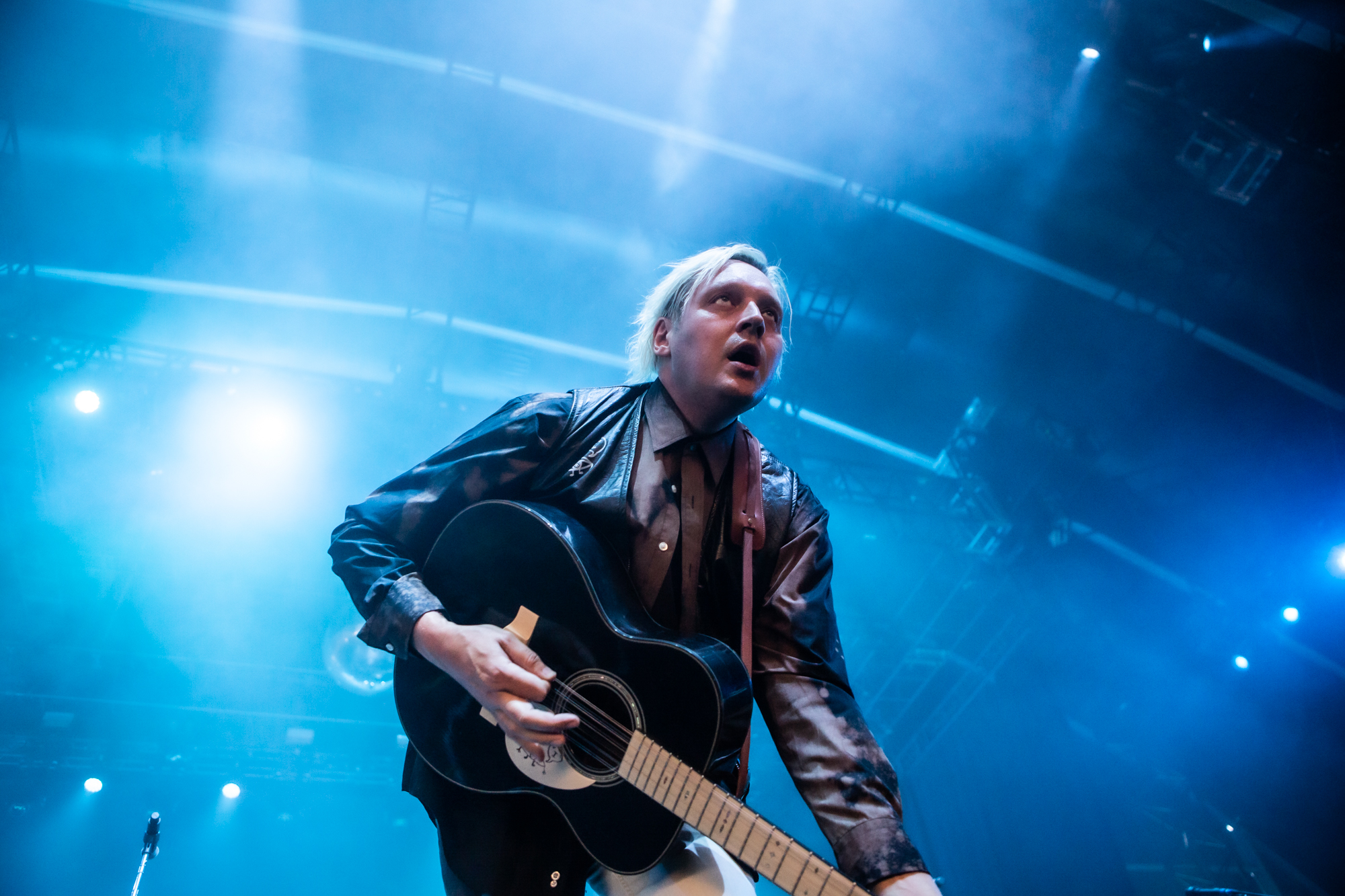
But while the magic of their 65-minute performance can be attributed to many things — the surprise aspect, Arcade Fire’s live prowess, the glory of a sunset set in the desert — it also affirmed something a bit unexpected. Coachella, for the first time in more than a decade and in its 21st total installment, felt like a music festival for adults.
It doesn’t necessarily feel like the event was booked that way. Its headliners, particularly Harry Styles and Billie Eilish, are both closely tied to youth culture. Styles certainly tries to bridge the youth of today with those of decades past (he’s virtually always linking himself back to classic rock signifiers via style, album titles, even his collaborators and choices of cover songs), but as a live performer, he’s still used to playing for teens. Even at Coachella, there was a bit of overly-rehearsed canned banter that comes with the territory of playing for young people. In turn, it also felt like his headlining set was the least attended and talked about on the grounds. Eilish, in turn, only recently stopped being a teen herself. But she’s always been an outlier for her age group, which is probably why every aging male rocker under the sun wants to make it known in their interviews that they are a fan.
And maybe the headliners knew that this Coachella would be a different demographic than years past. Styles bringing out ’90s country-pop legend Shania Twain was certainly not a play for the zoomers hearts, nor was Billie’s decision to share the stage with Gorillaz’ Damon Albarn. Even the weekend’s sort-of-replacement headliners, Swedish House Mafia x The Weeknd, called back to Coachellas of a decade past as much as they served to highlight one of the biggest pop stars on the planet (SHM last played Coachella in 2012, the first year that The Weeknd performed at the festival). Meanwhile, teenagers’ favorite rapper-du-jour, Jack Harlow, was performing at a branded Coachella offshoot party a few miles down the road rather than on the grounds, in what can be seen as an oversight from bookers or a conscious decision based on perceived appeal.
It was almost like Coachella knew a vibe shift was coming. After three years away and two postponed editions — who knows if we’ll ever see Rage Against The Machine, Travis Scott, or Frank Ocean top the bill — the world of Coachella 2022 is very different than the world of the last Coachella in 2019. And while I’m not going to overly analyze all the factors that led to a notably older crowd, it feels like price point, pandemic job opportunities, and public health all have an impact on how all people approach large-scale events. And the festival went ahead and used some of its most coveted real estate — the big stages at sunset — to highlight the world of international music with 88rising’s Head In The Clouds Forever, Brazil’s Anitta, and Colombia’s Karol G. All three sets felt like landmark moments for their own cultures, and for music’s globalization, where sounds from different part of the world can all fit nicely in front of the same audience. And all felt more like testing the water than knowing for sure what would work best. Sure, dance acts like Flume and Disclosure still had huge audiences looking to groove, but it hardly felt like the revelry of the past, with people seemingly better aware of personal space and using the massive polo field to stretch out. Seeing fans pulled out of the audience, despite the sweltering heat, was rare. Never was there any fear of an Astroworld-esque crowd surge.
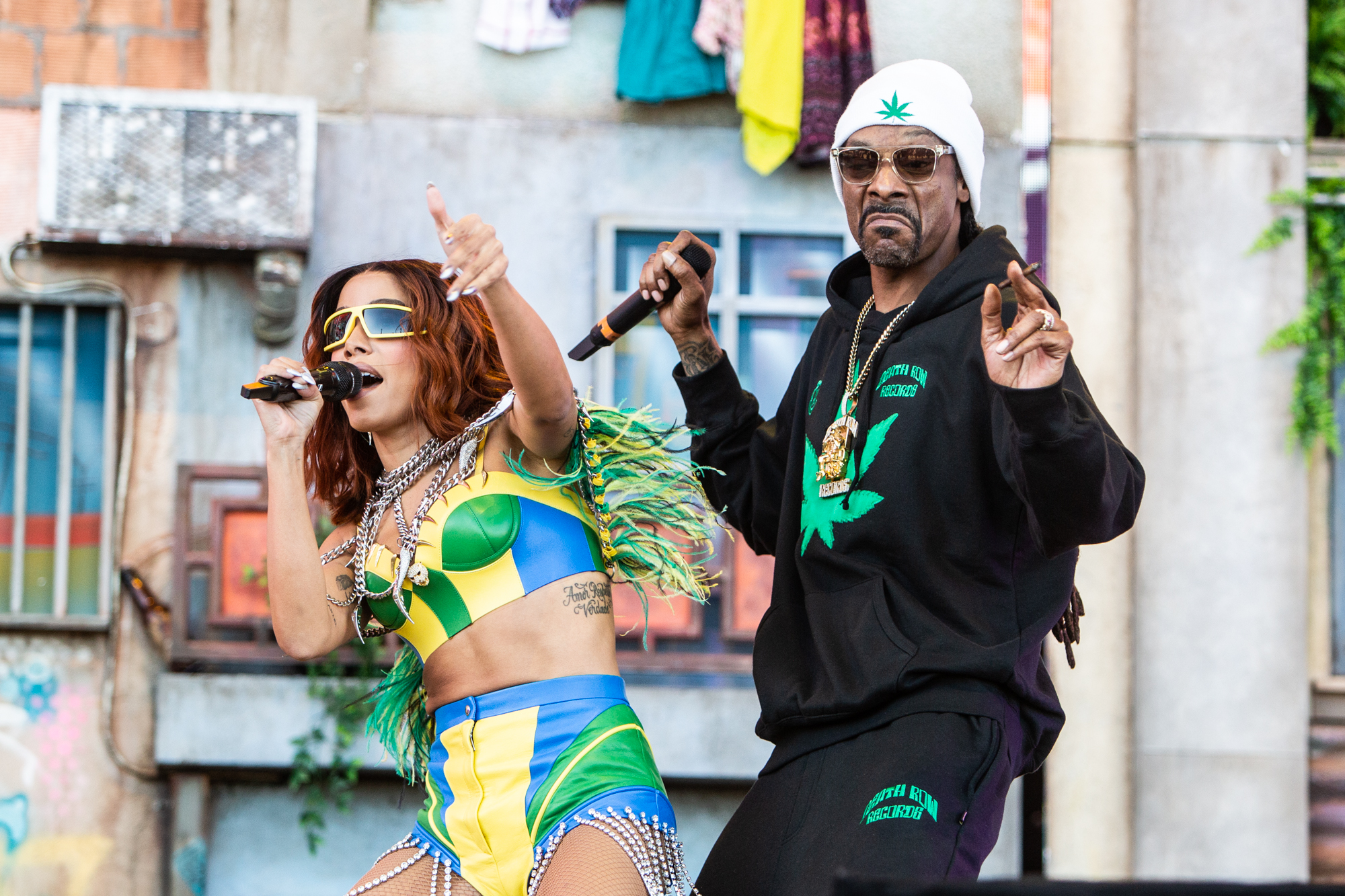
As someone that’s been covering Coachella for more than 10 years now, the festival’s M.O. has long been its ability to evolve. Sometimes, it is so ahead of the curve, people question whether Coachella has a plan at all. But then April hits and Harry Styles has the No. 1 song in the country (at least during the first weekend) and artists like Fred Again.., Carly Rae Jepsen, Japanese Breakfast, and 21 Savage all made their tents overflow with the kind of real-world interaction that can’t be inflated by Spotify listens or Instagram followers. Likewise, artists like Beach Bunny, 100 Gecs, Denzel Curry, Wallows, Finneas, and even our beloved Phoebe Bridgers didn’t manage to woo people in mass to their sets. Each of these musicians have had different pathways to the polo fields and different measurements for success. But it is still a curious thing that can only really be seen at a music festival, where musicians have to compete with each other, half-mile walks, and hand-dipped corndogs for attention. It’s definitely not as easy as getting someone to click follow or maintaining passive attention on a curated playlist.
Whether Coachella’s next phase is to reinvent itself for the next group of young people or to age with its current audience remains to be seen, but for this year at least, there was something special in the air. People seemed appreciative to have music festivals at all, soaking in the moments rather than blacking them out. Of all the awful shit we’ve had to deal with since 2020, the hope coming out of it was that we’d be a little better as a culture, that we wouldn’t take things for granted. Arcade Fire, a band that somewhat unfairly lost the good will it had built in the aughts, understands this. Fred Again.., who wasn’t even releasing music before the pandemic, also gets it. Doja Cat, the star-of-the-moment that did the best job of securing that title over the weekend, for sure gets this. She didn’t waste time in her set for a contrived special guest that had little to do with her performance, but instead put on fellow oddball Rico Nasty, who in turn got to play in front of what is surely the biggest audience of her life. For maybe the first time ever, Coachella was able to look backward and forward at the same time, the kind of self-reflection (self-reflektion? sorry) that only comes in adulthood. Coachella felt all grown up, and ready for whatever comes next.
Check out our exclusive gallery of Coachella 2022 photos below.
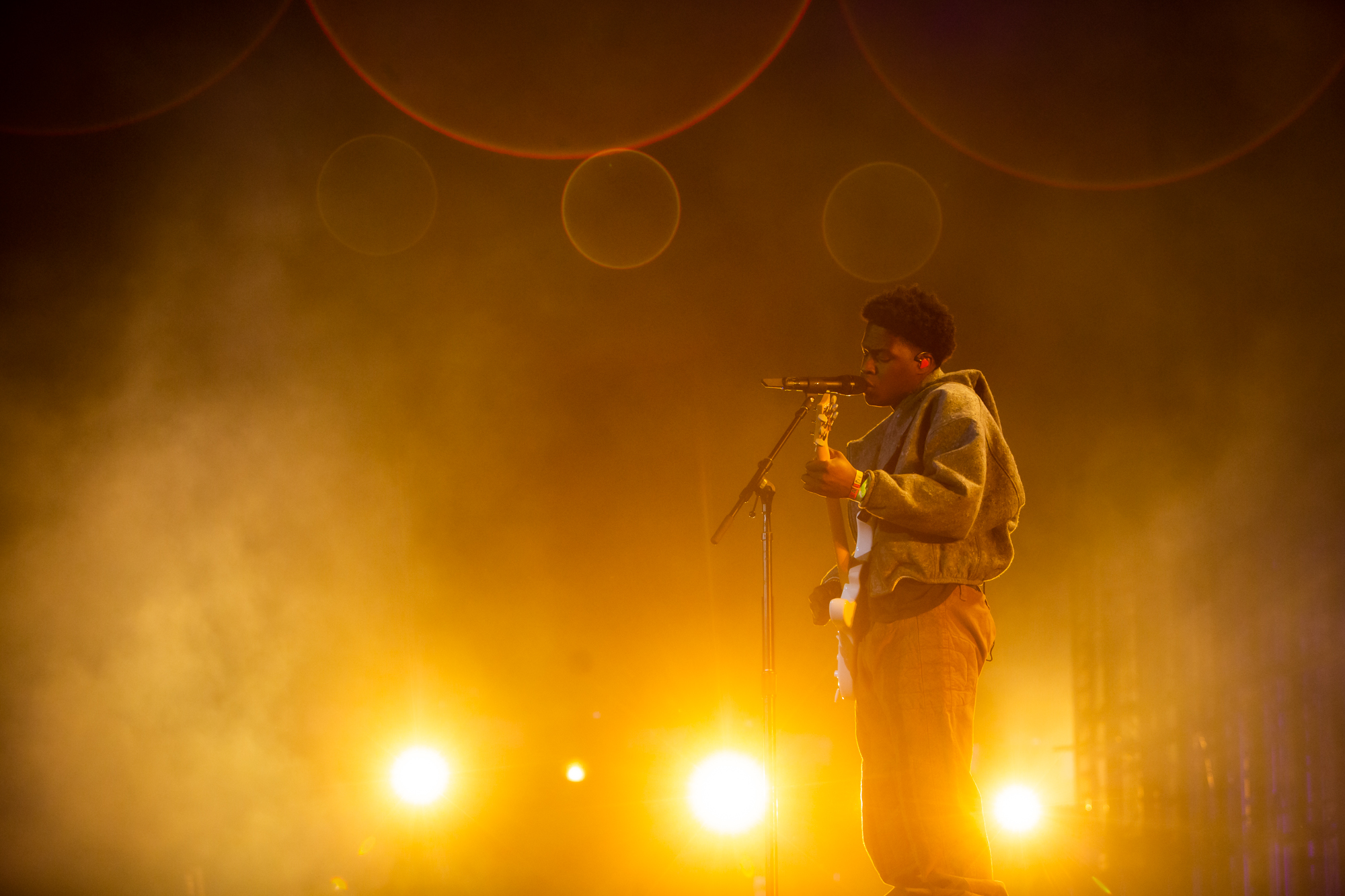
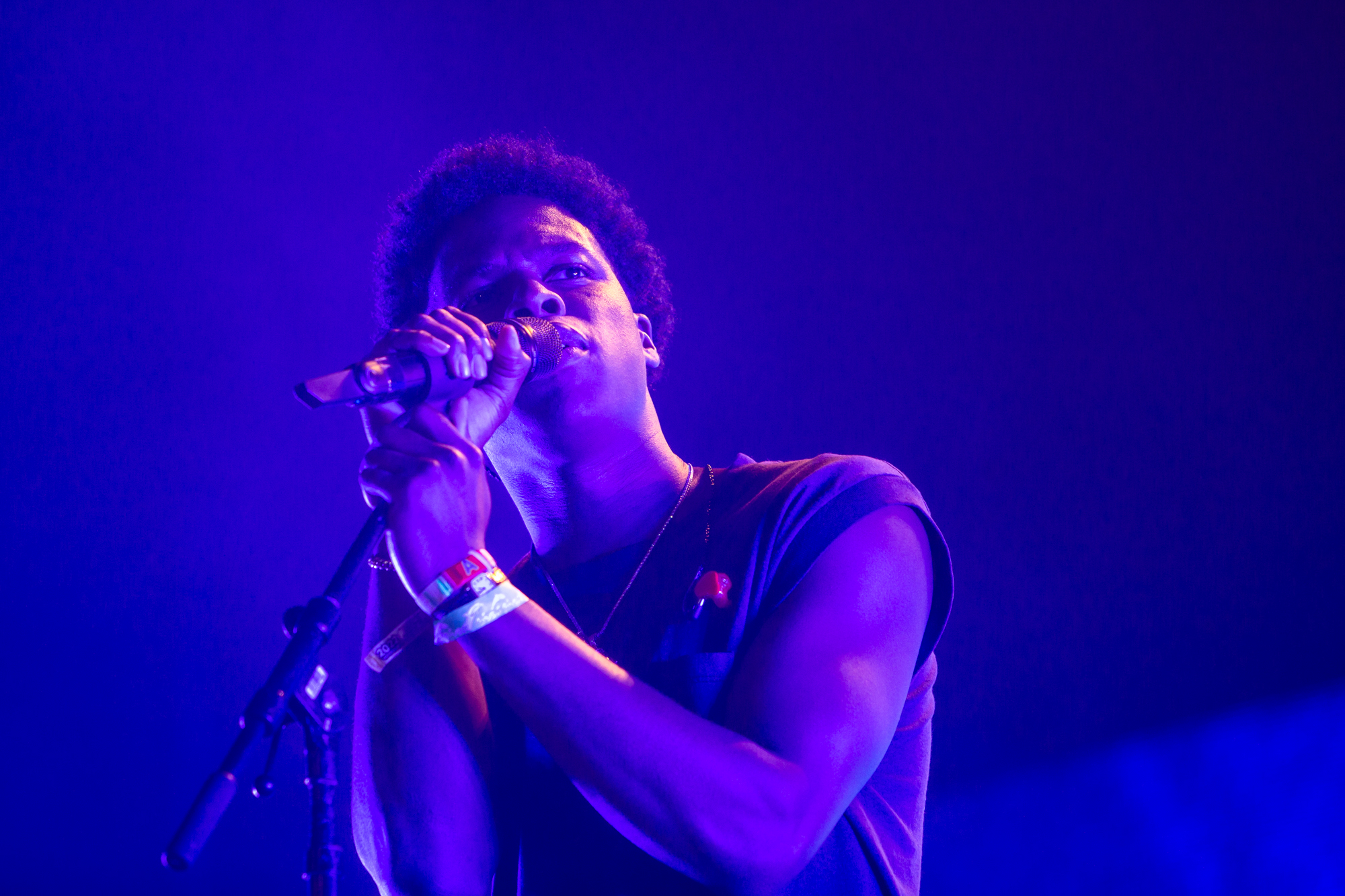
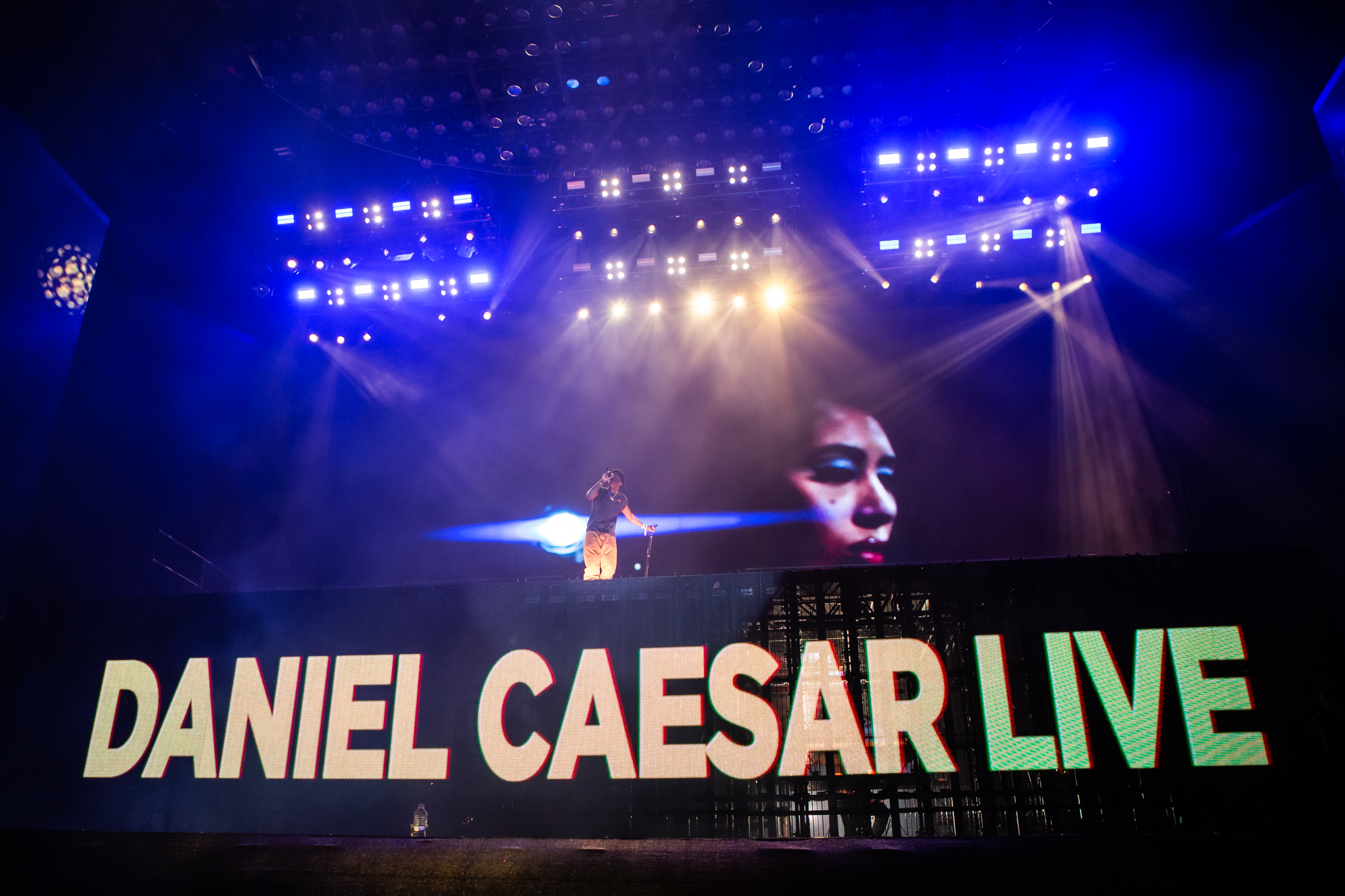
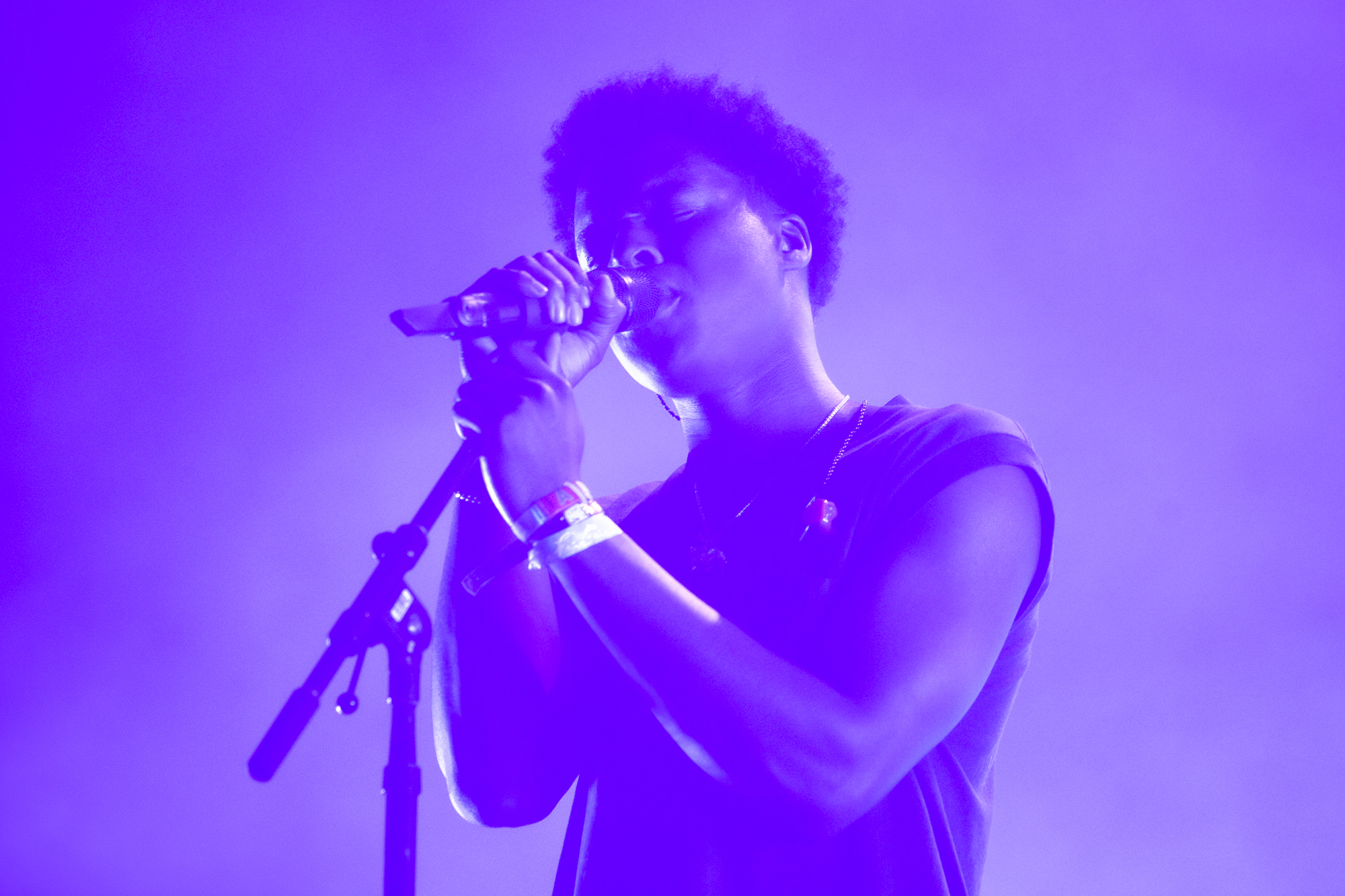
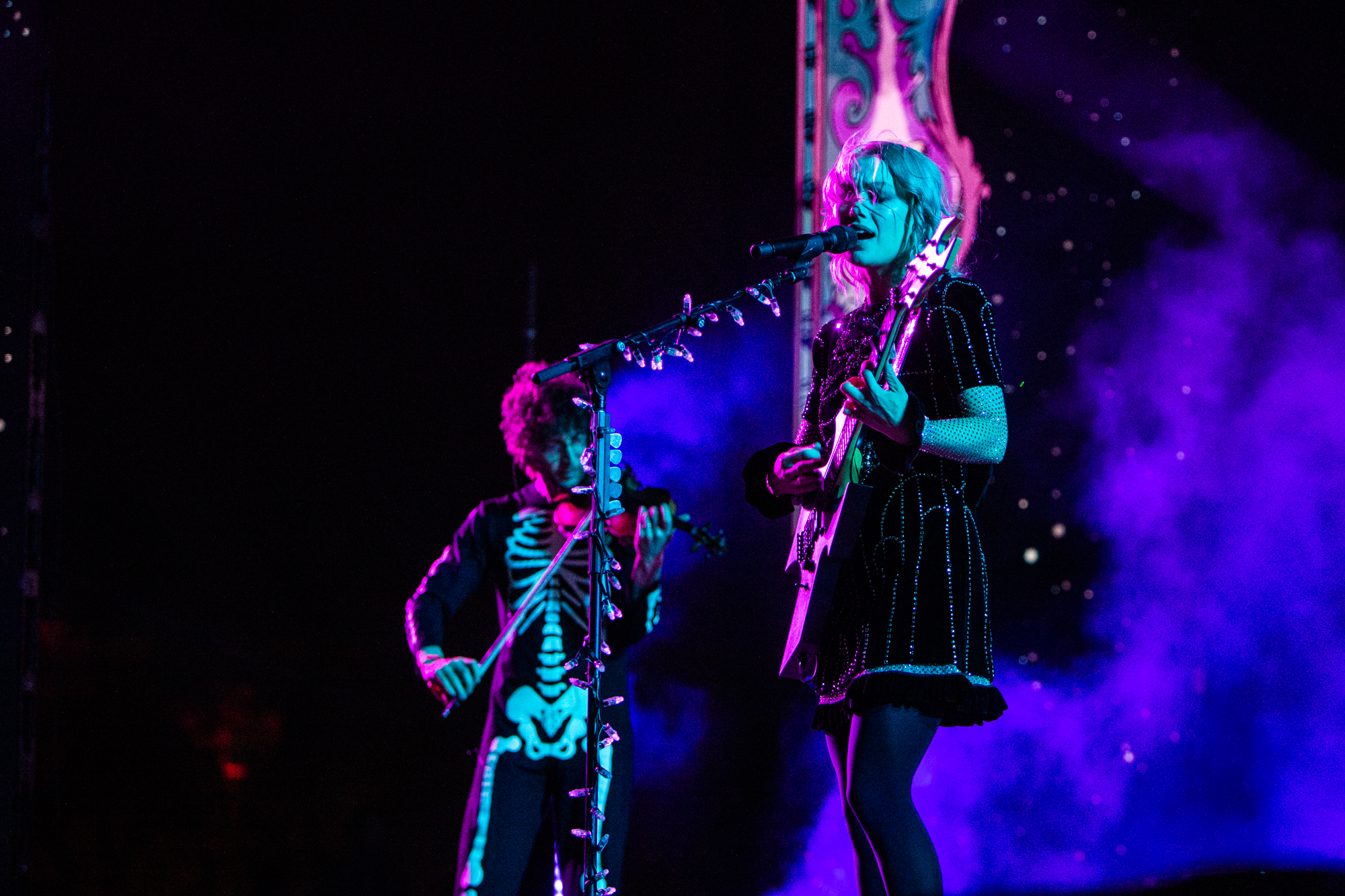
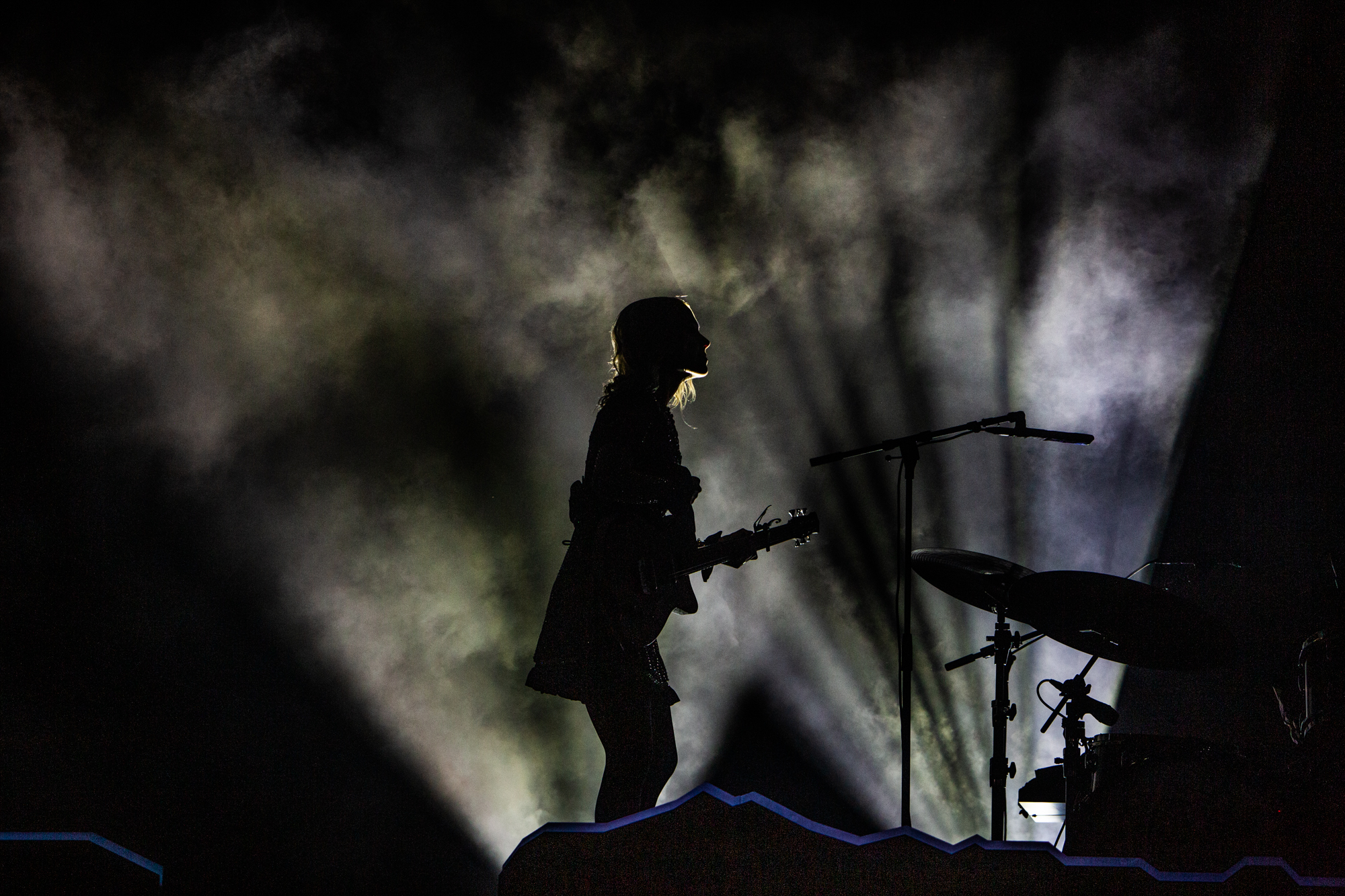
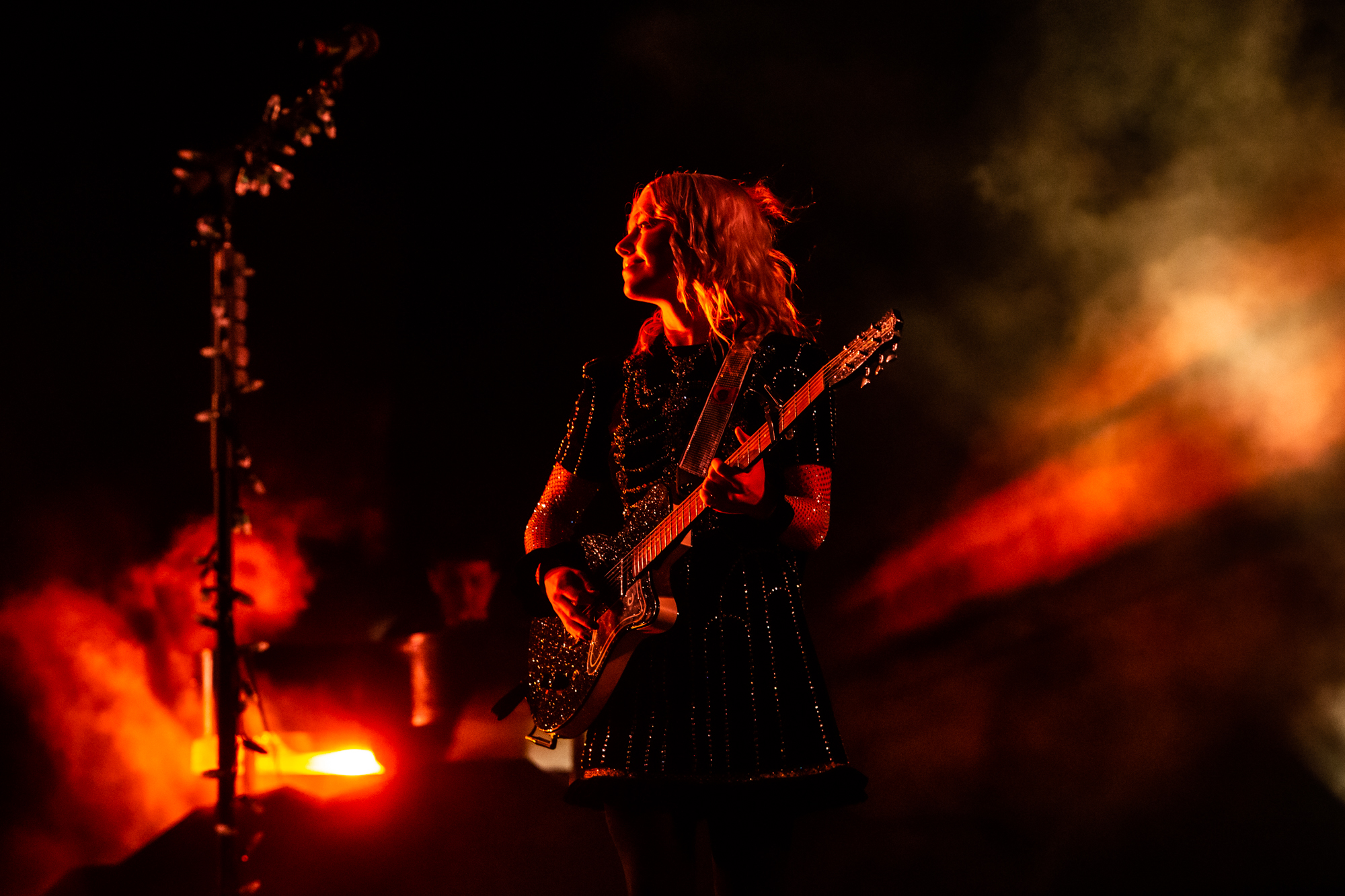
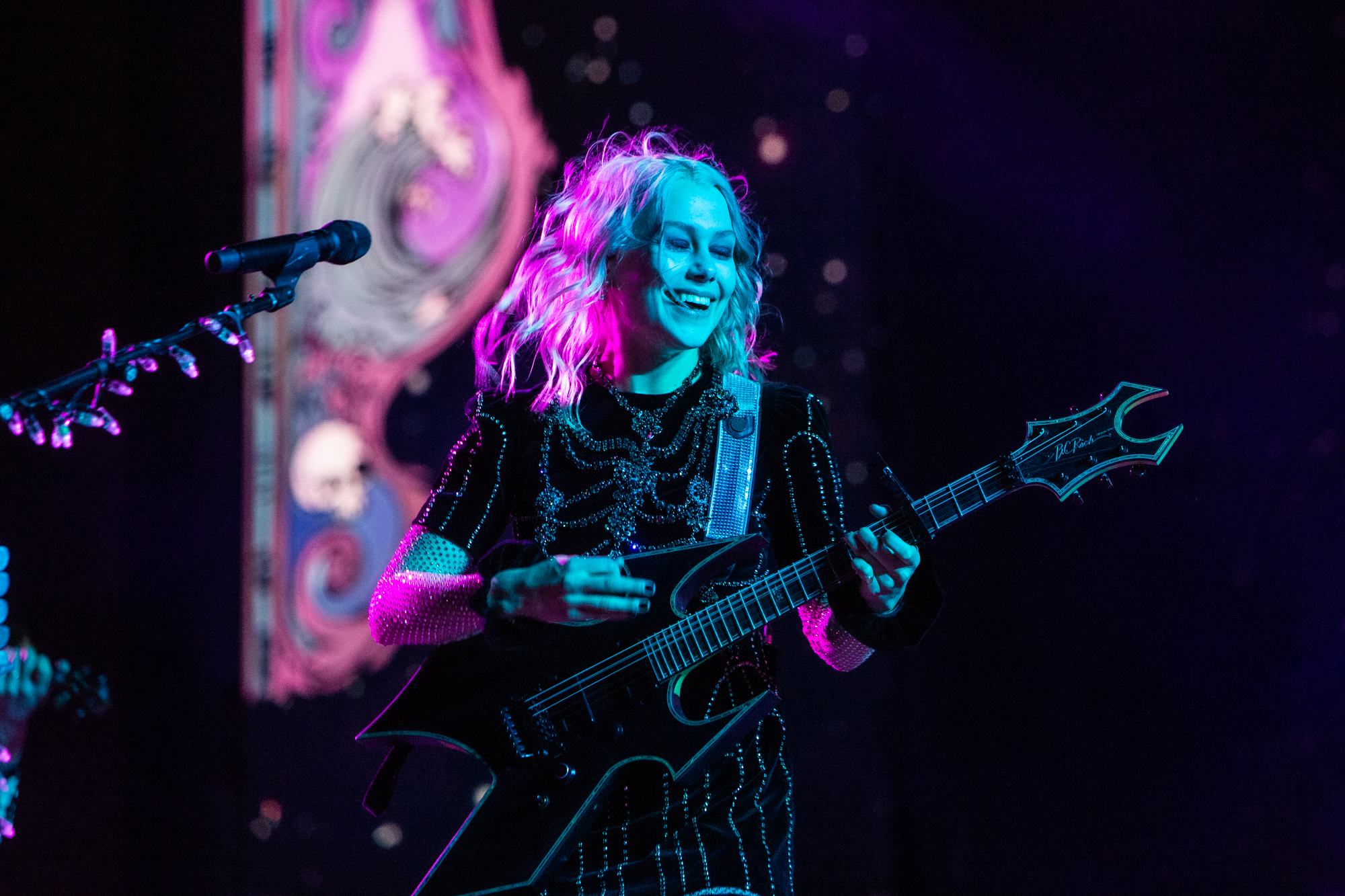
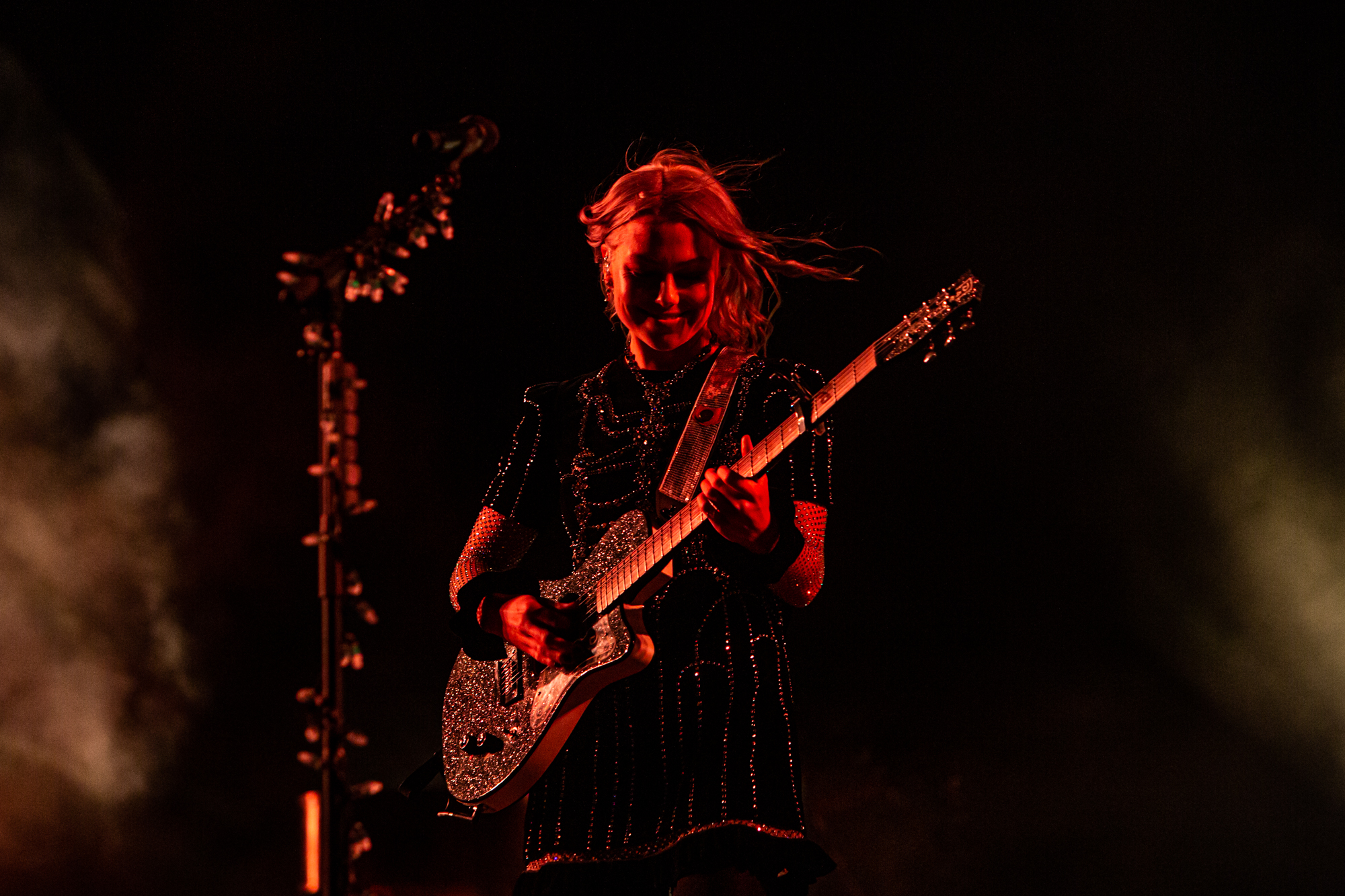
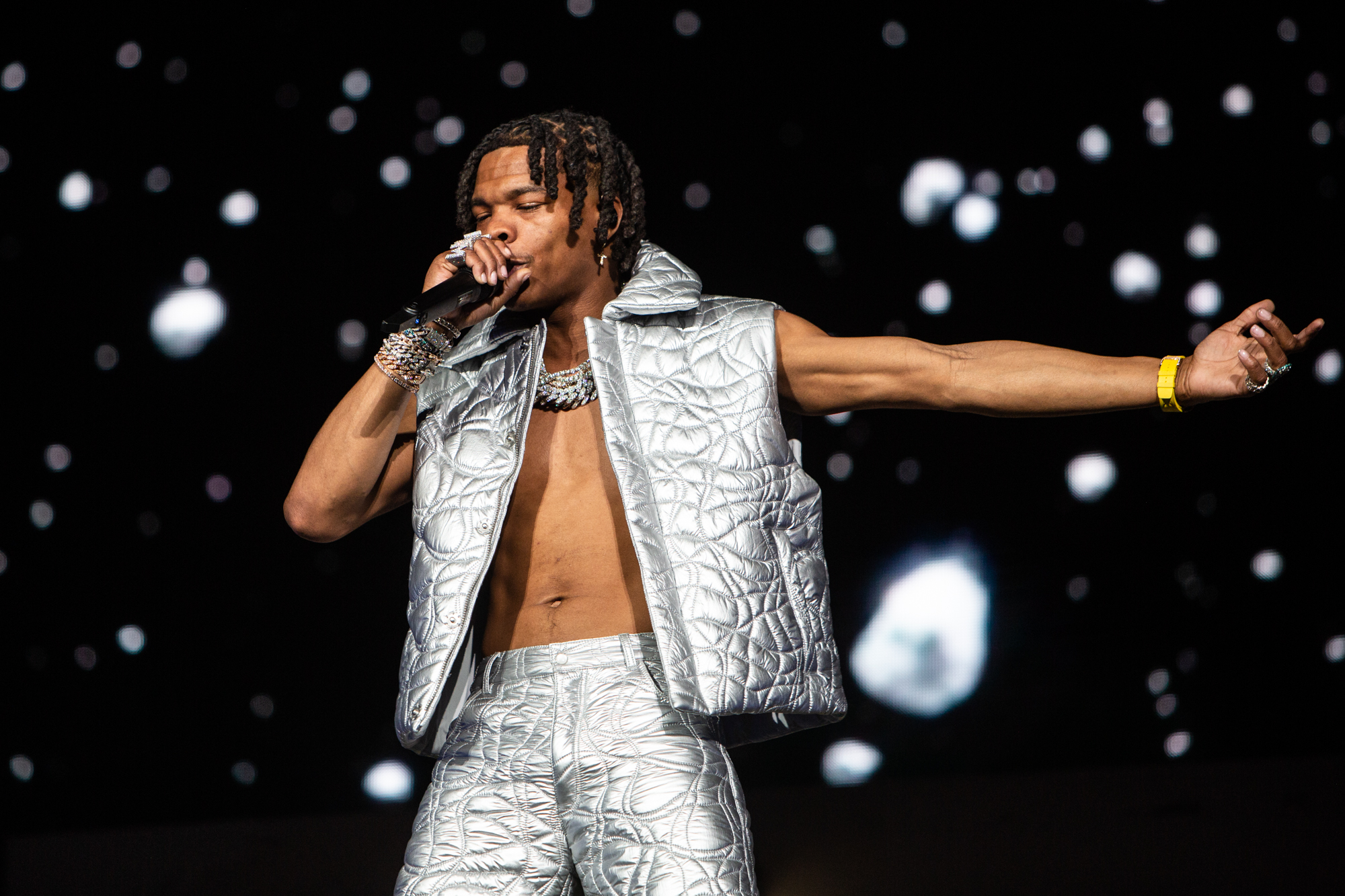
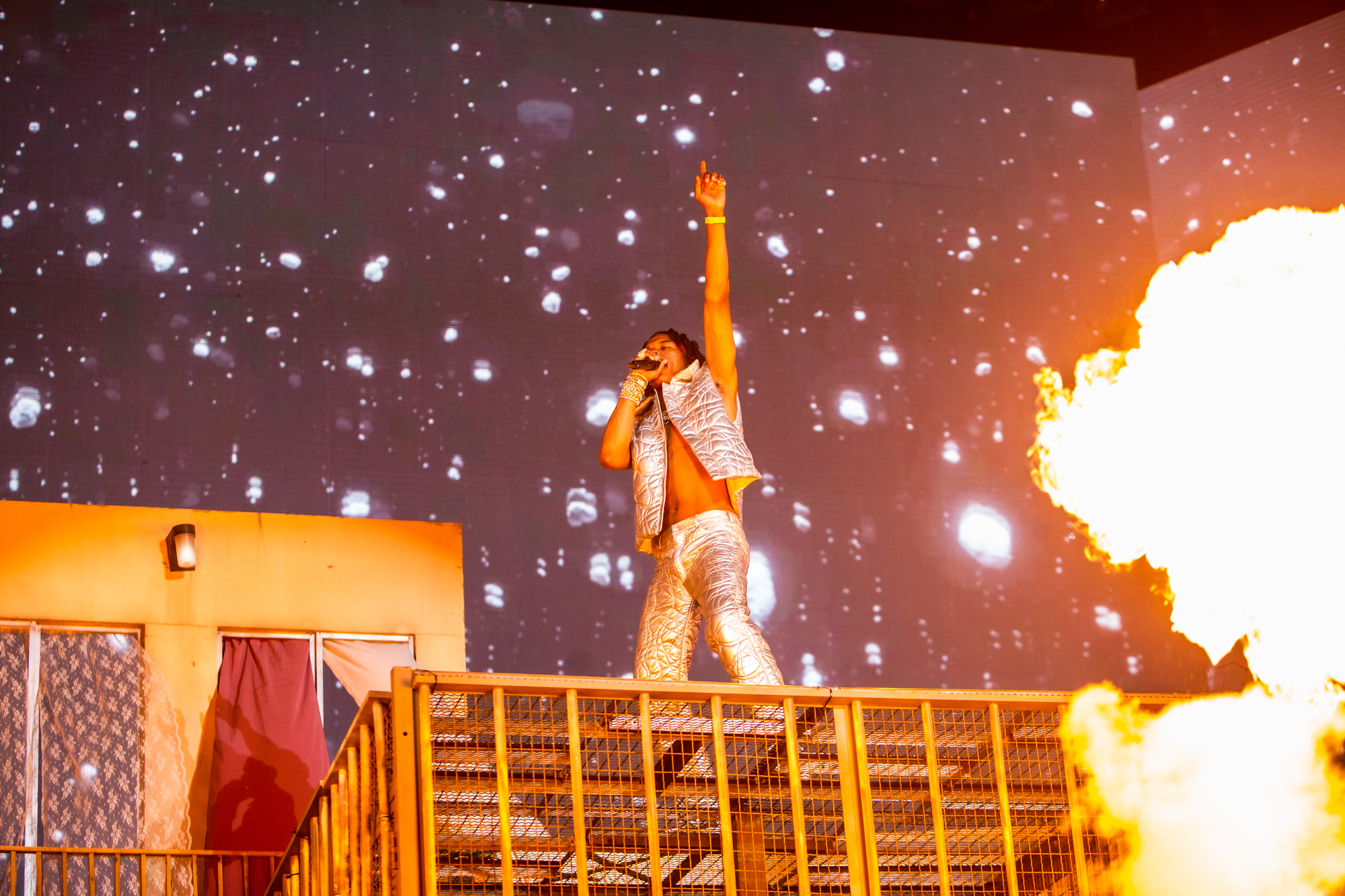
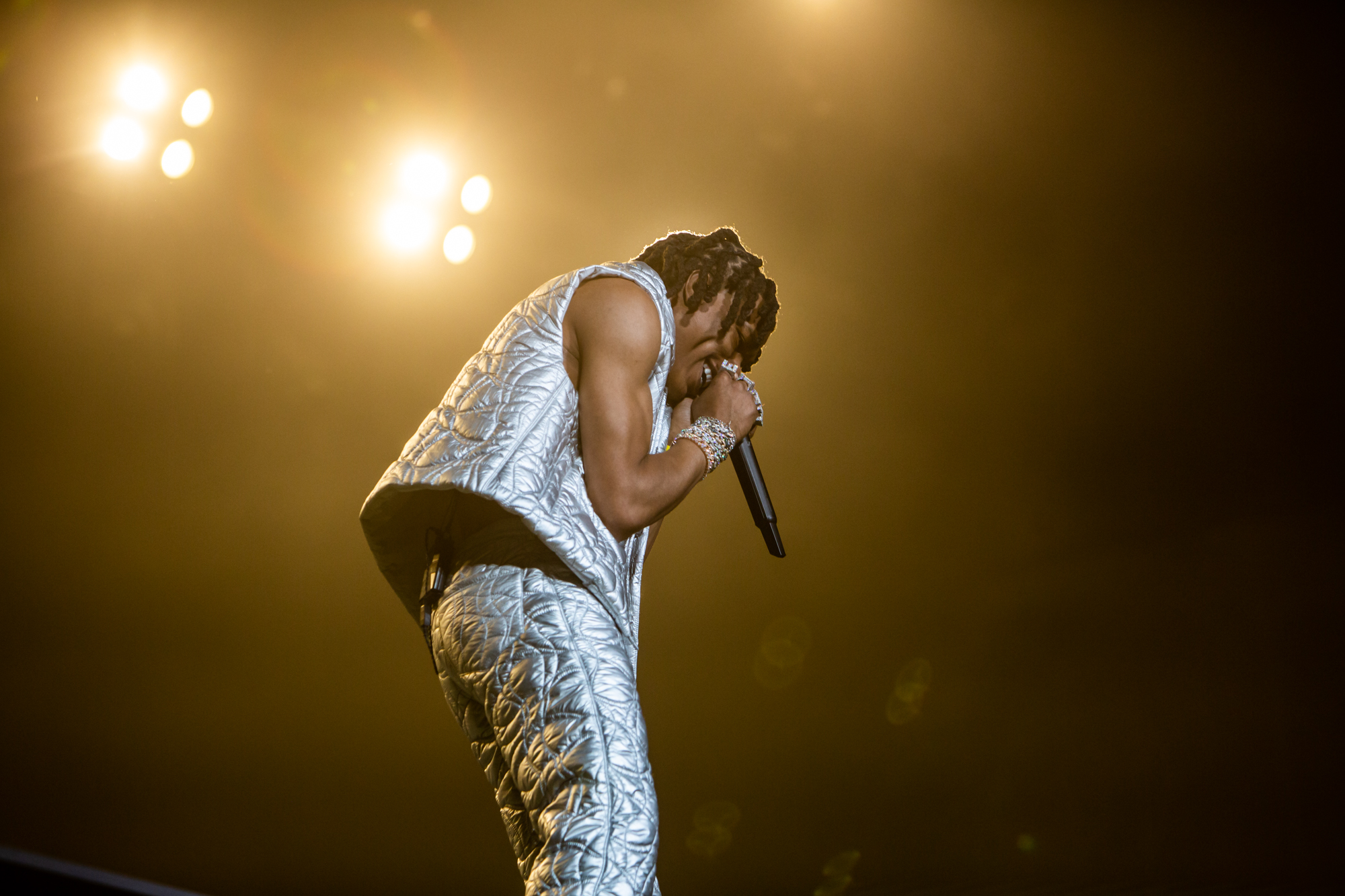
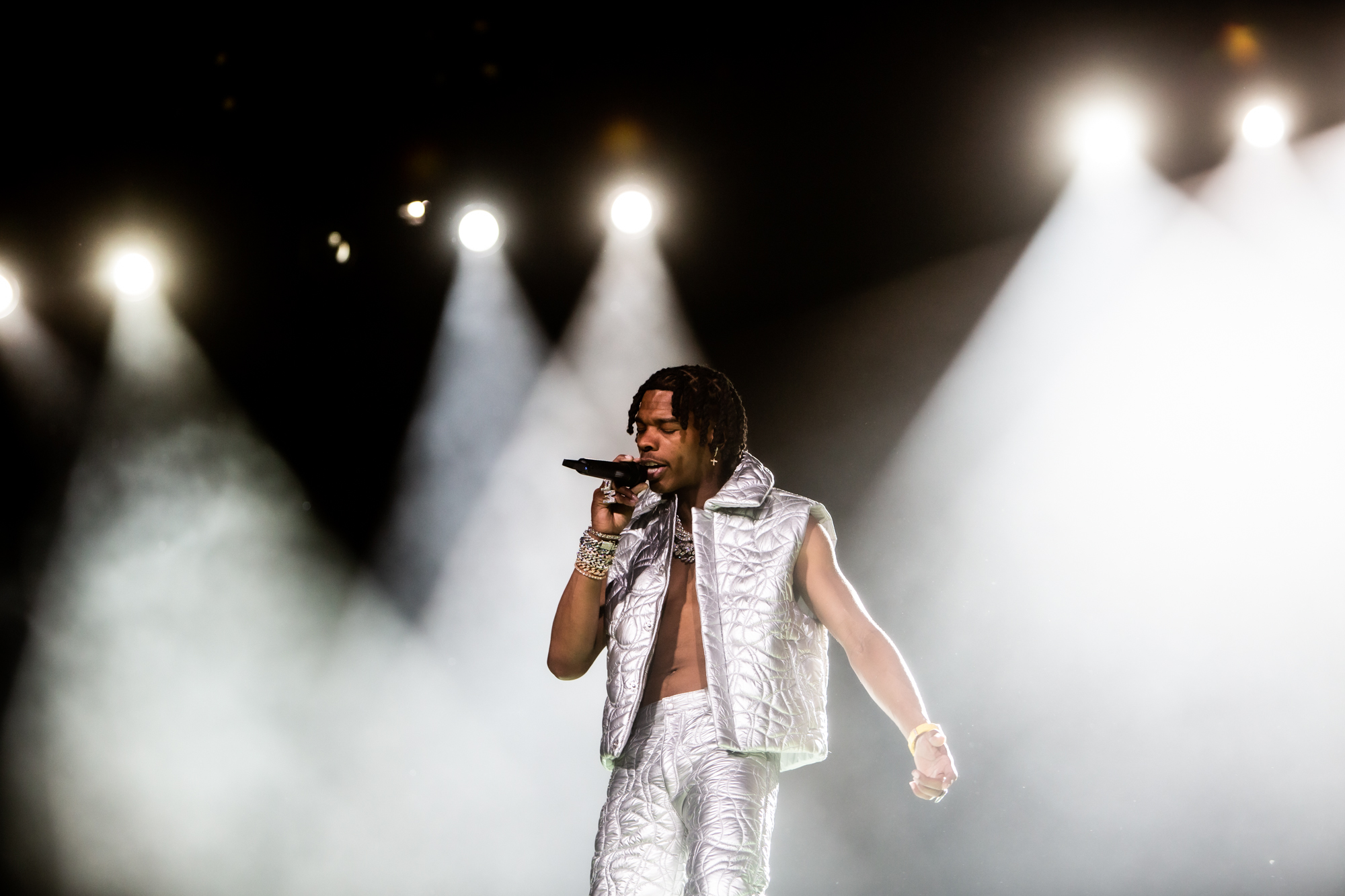
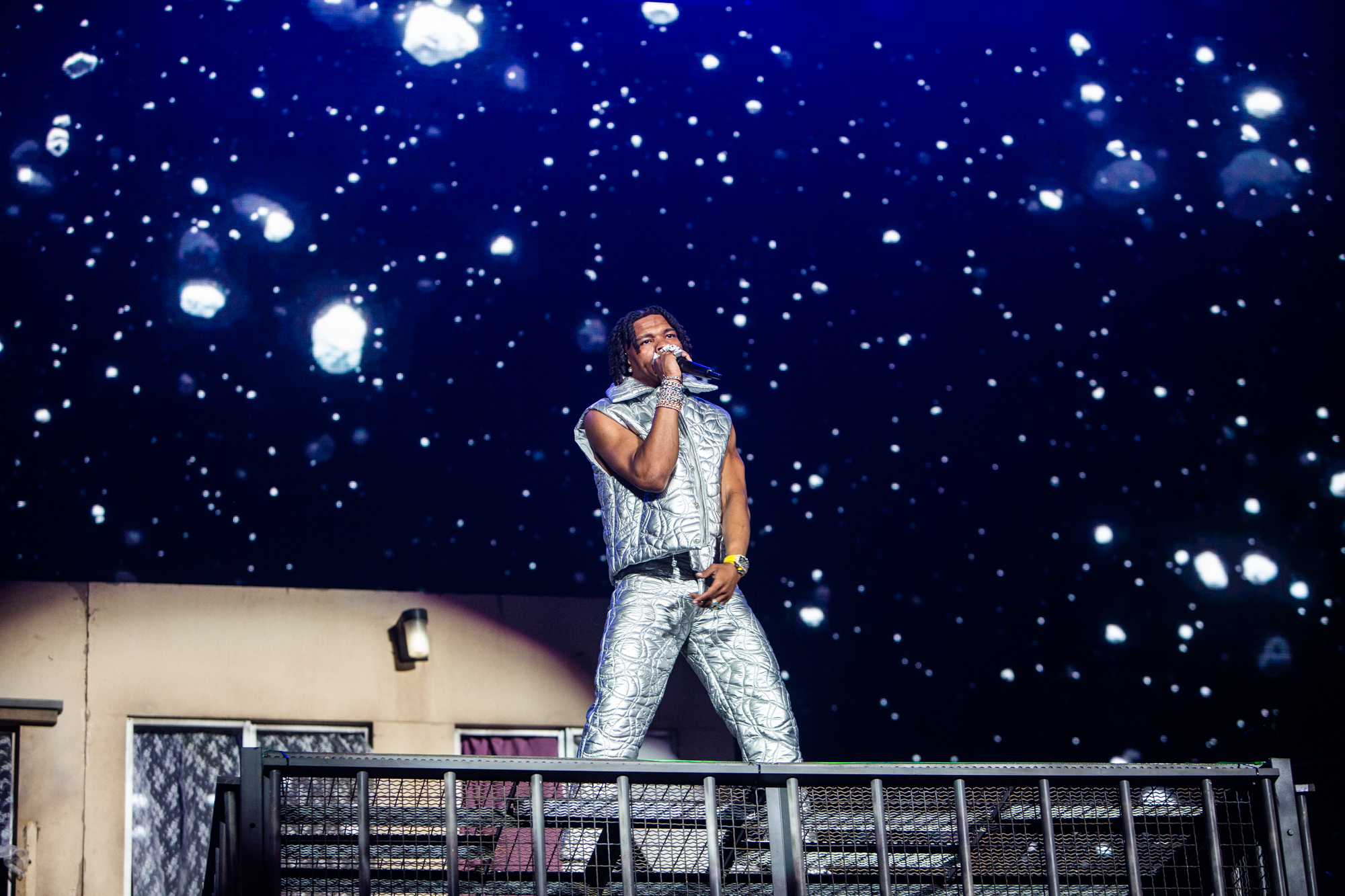
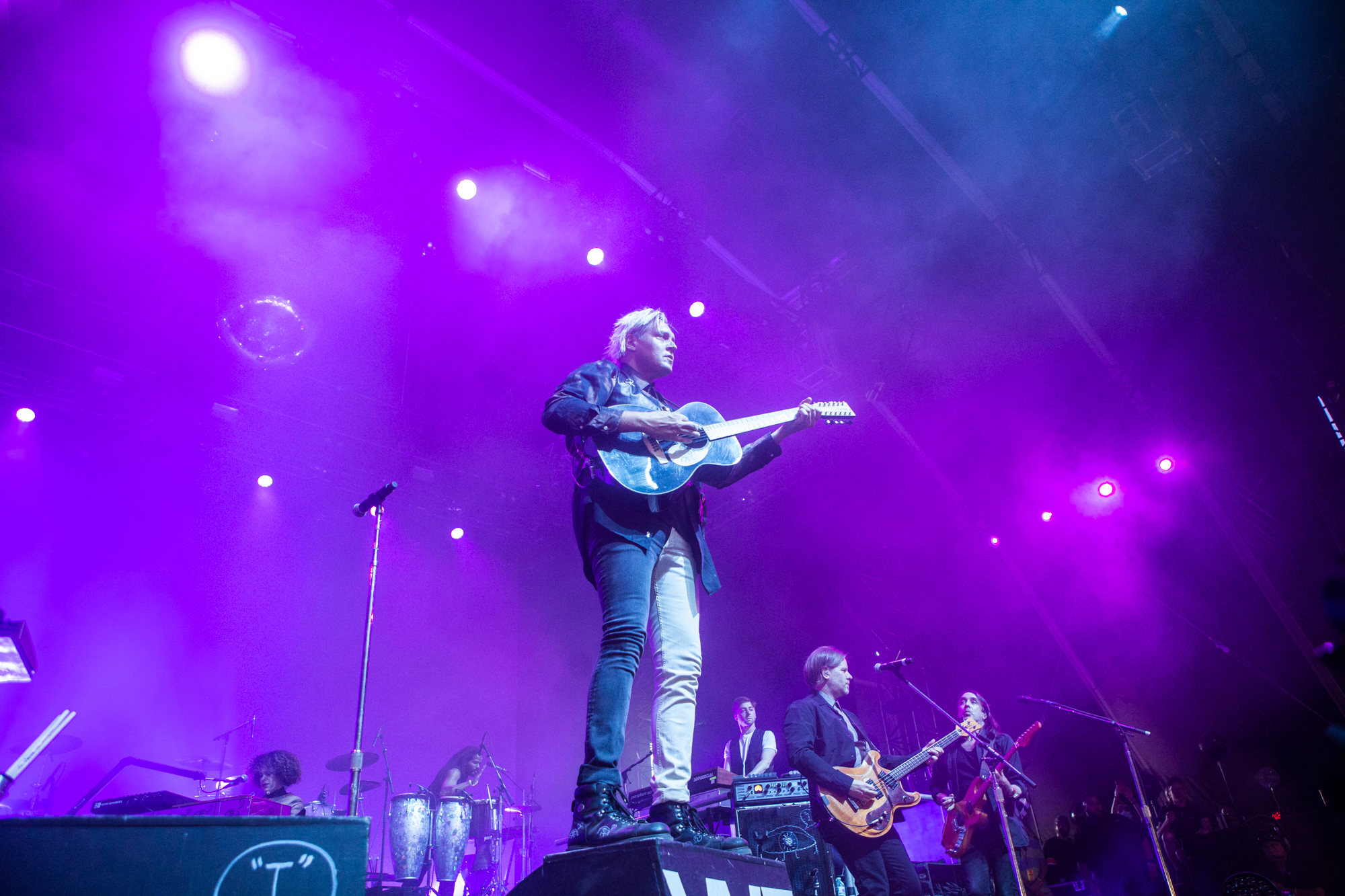
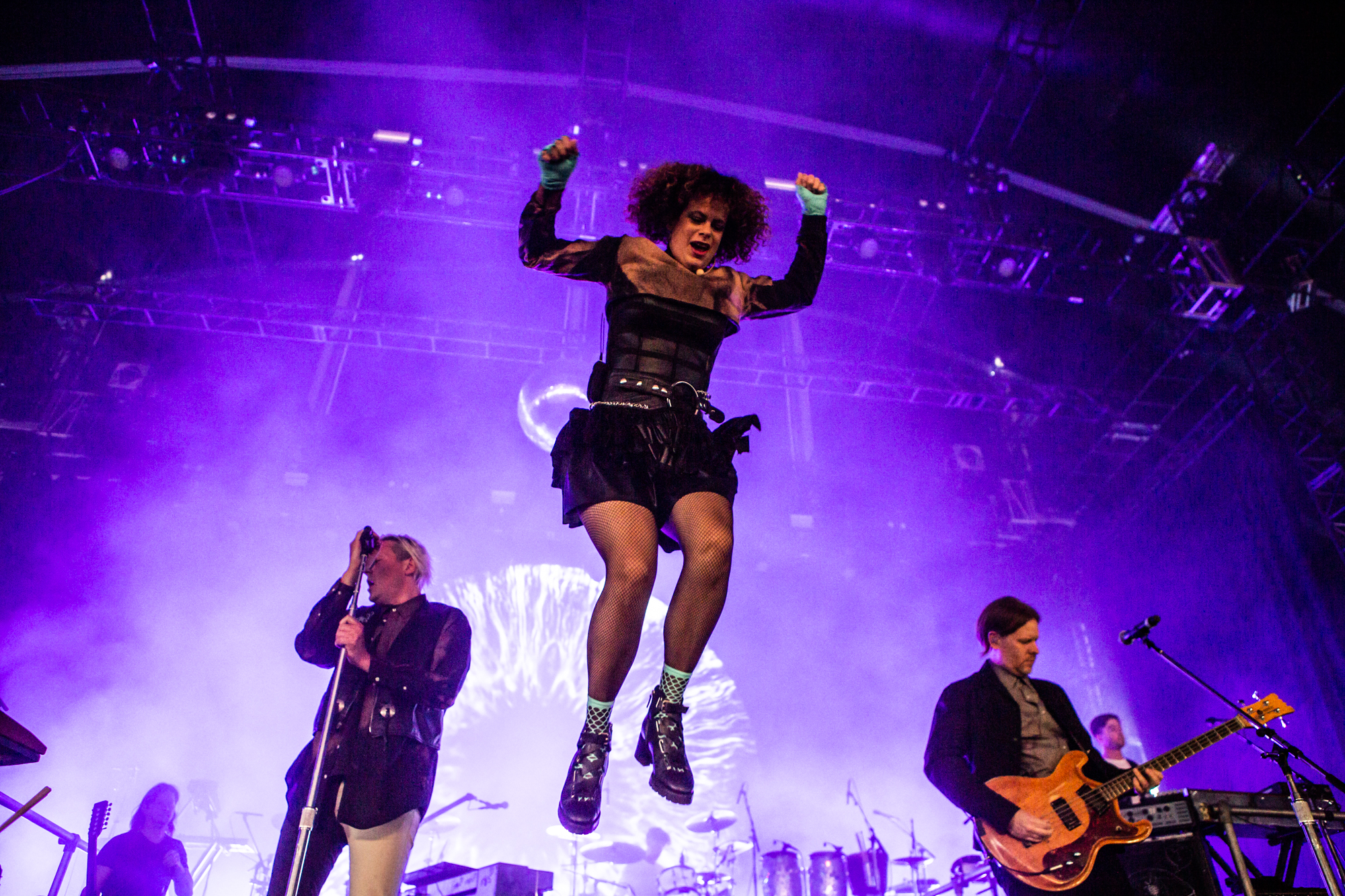
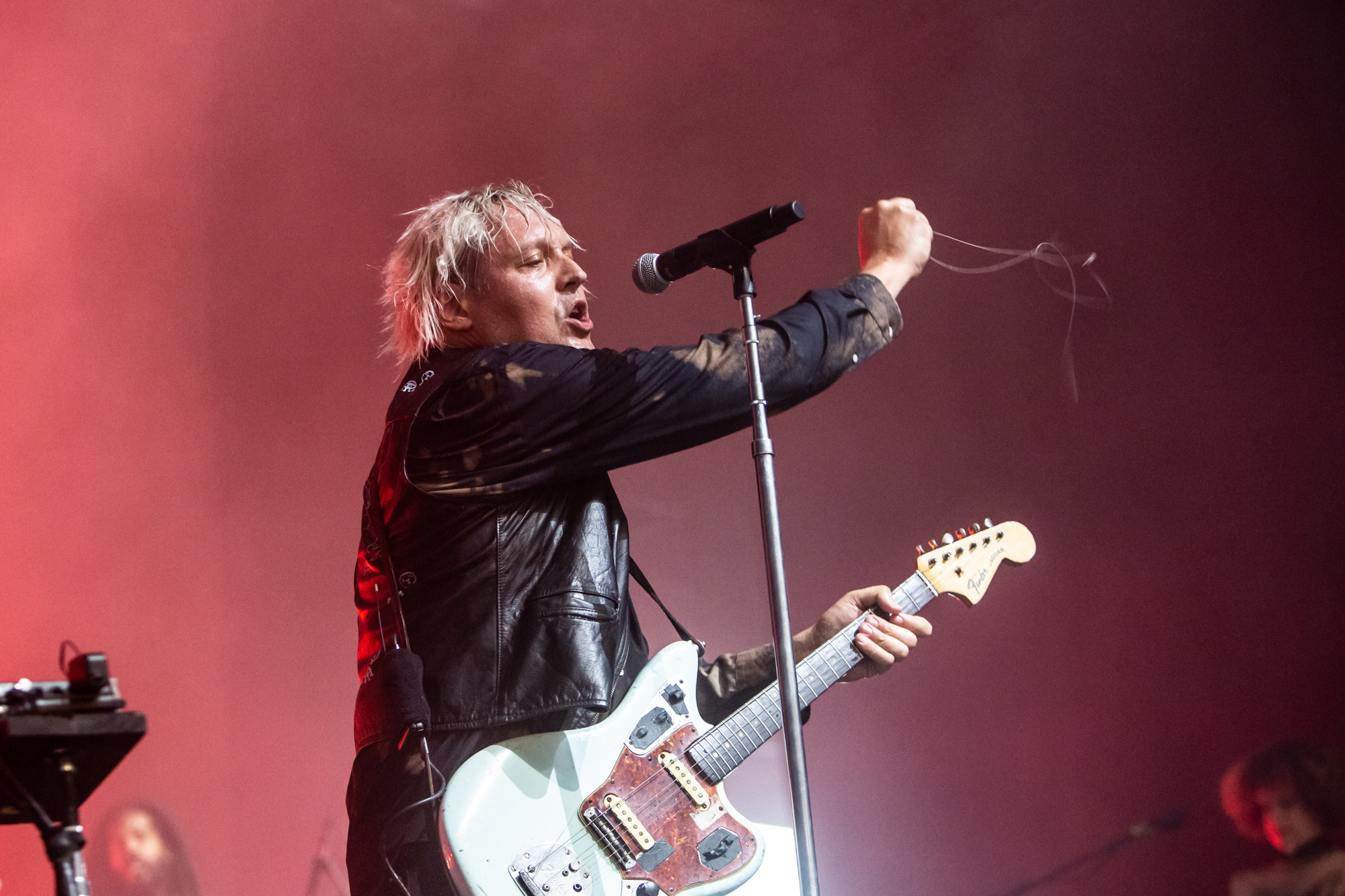
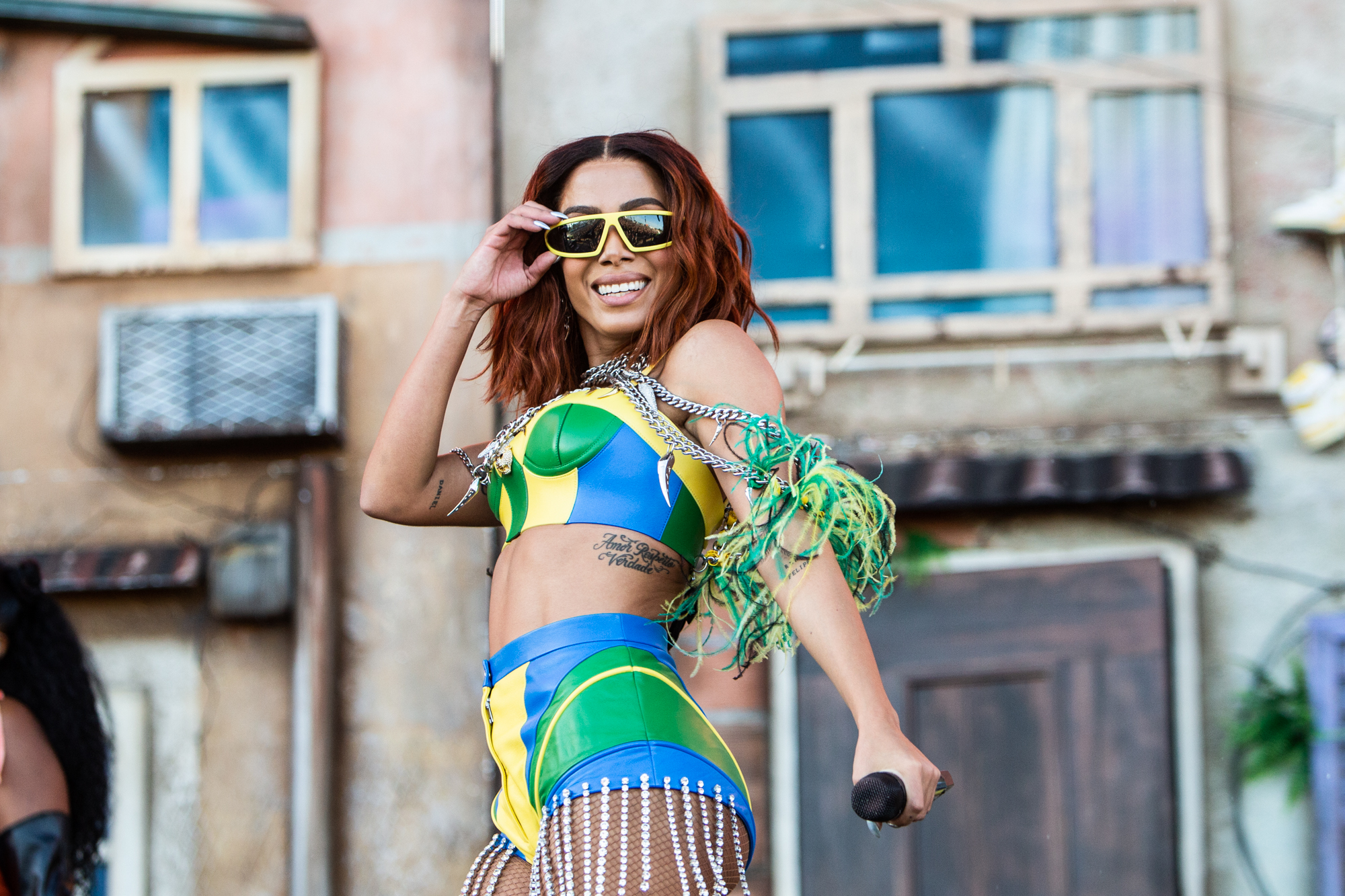
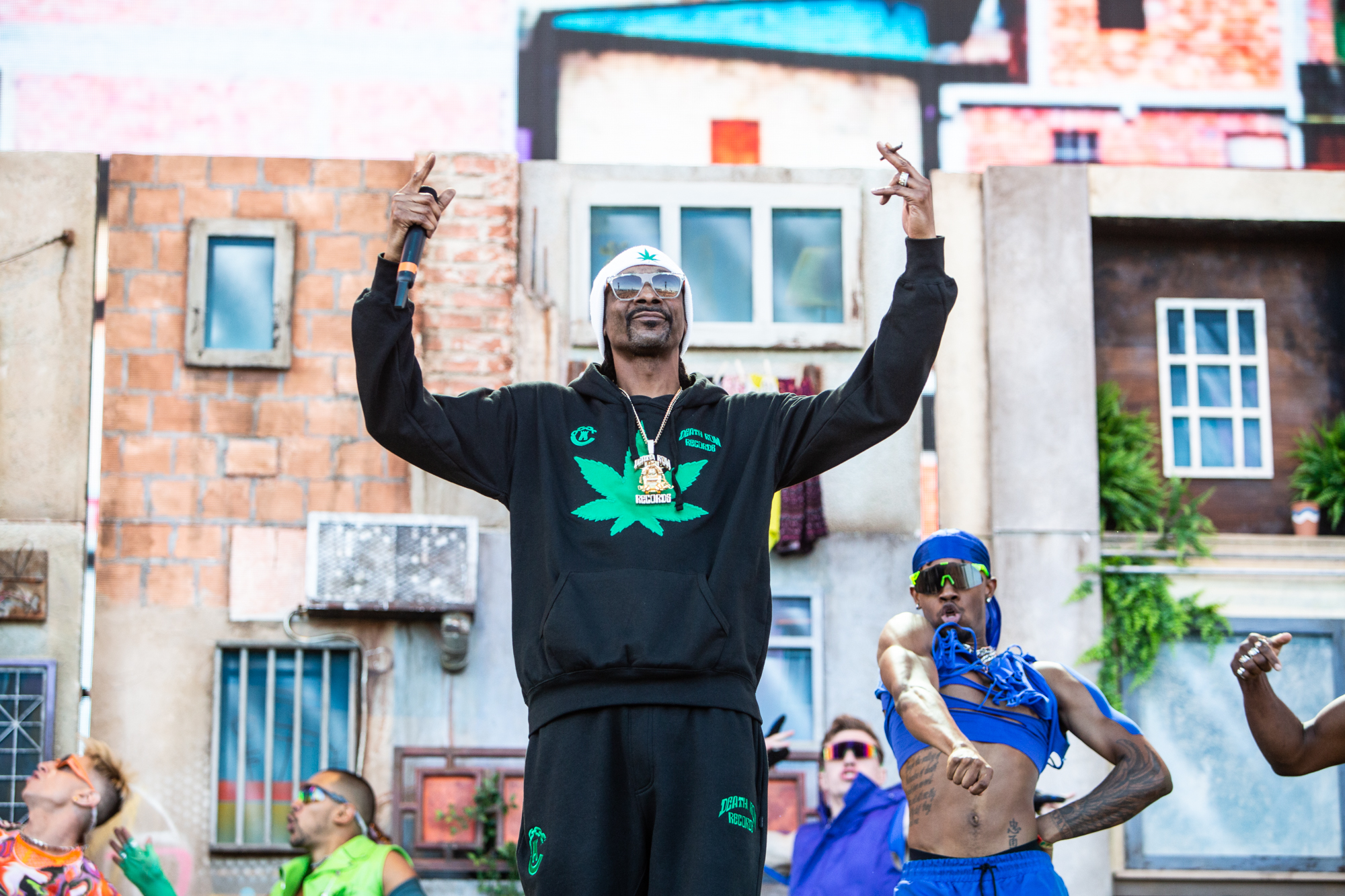
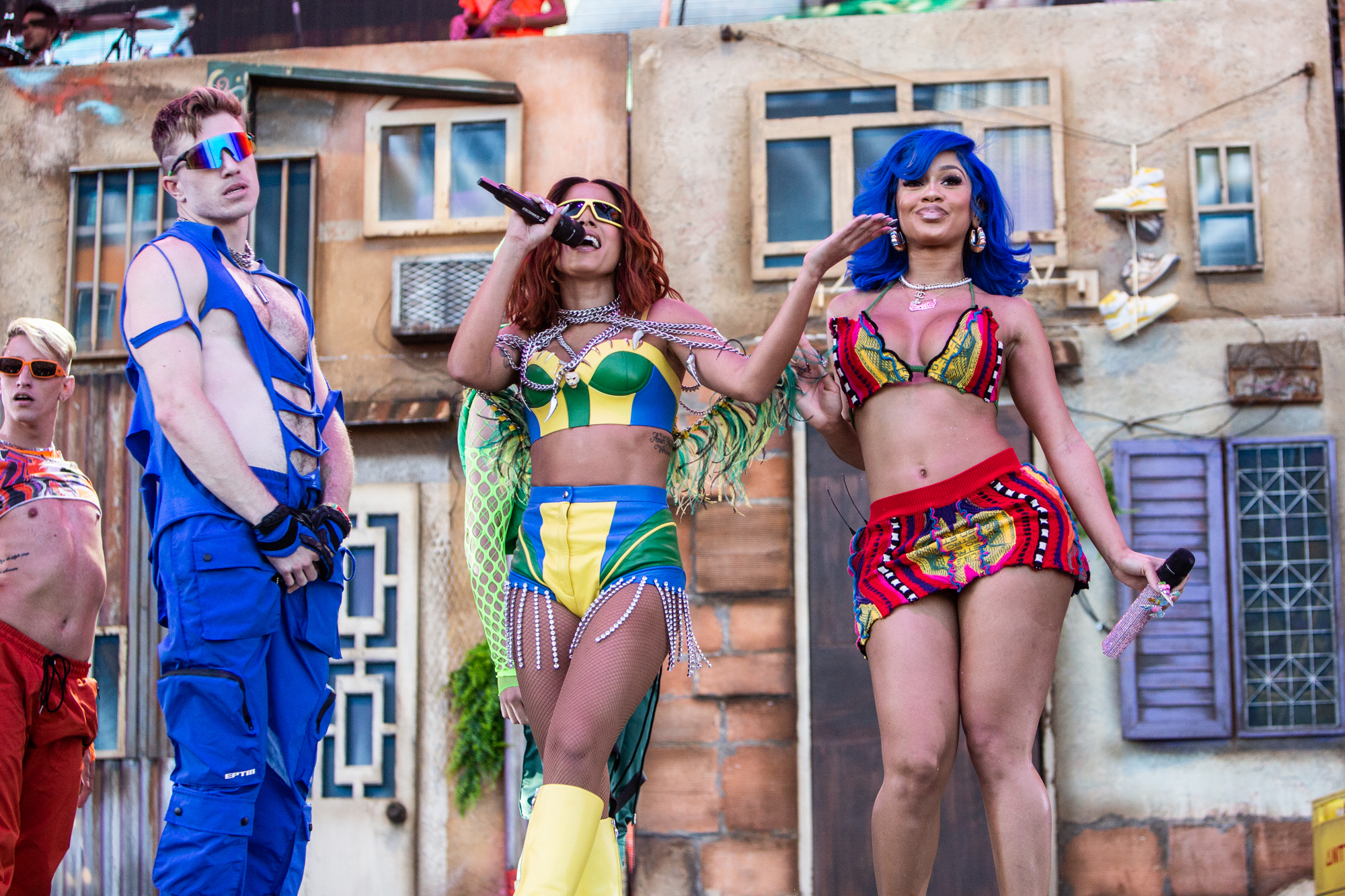
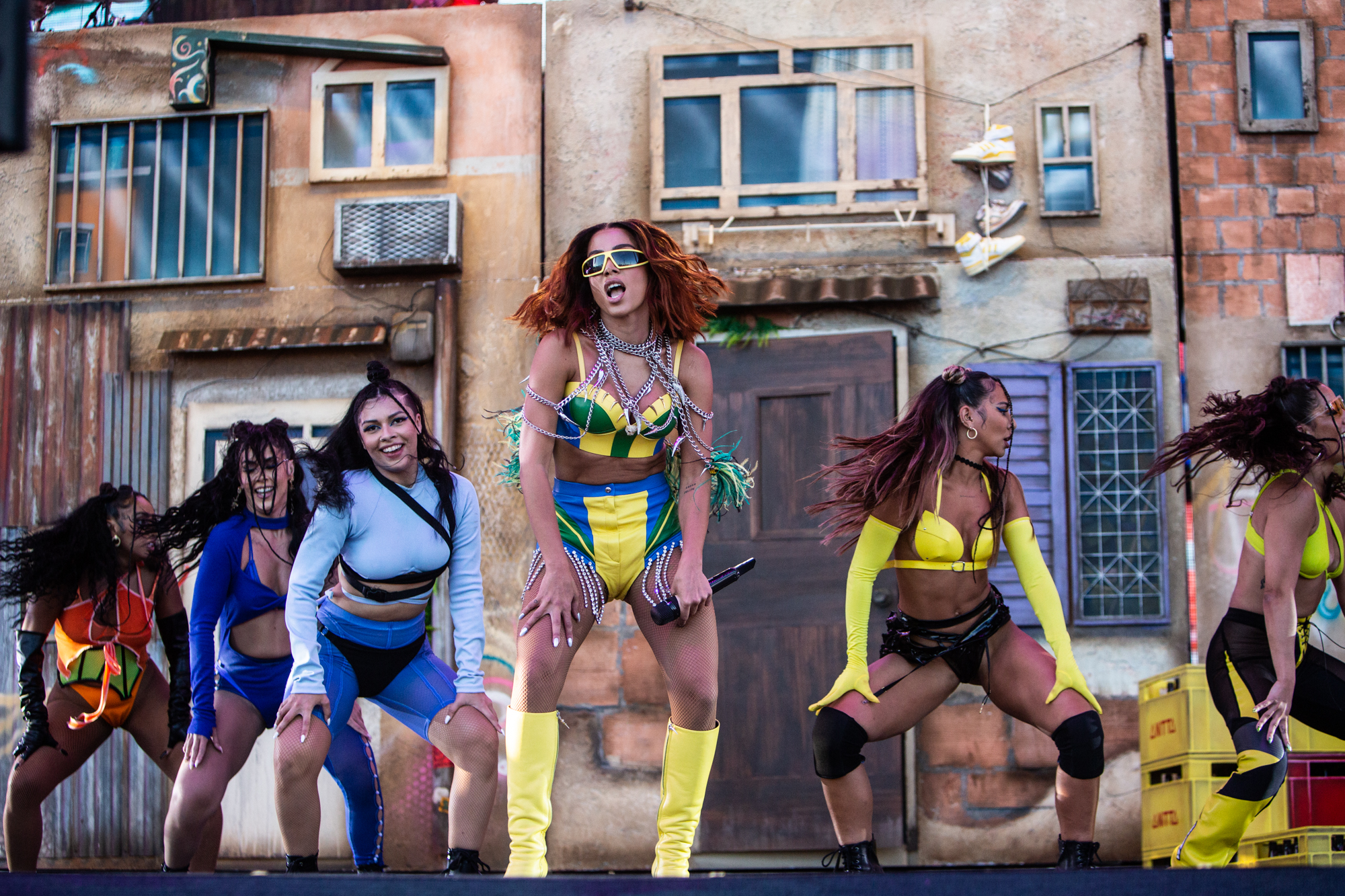
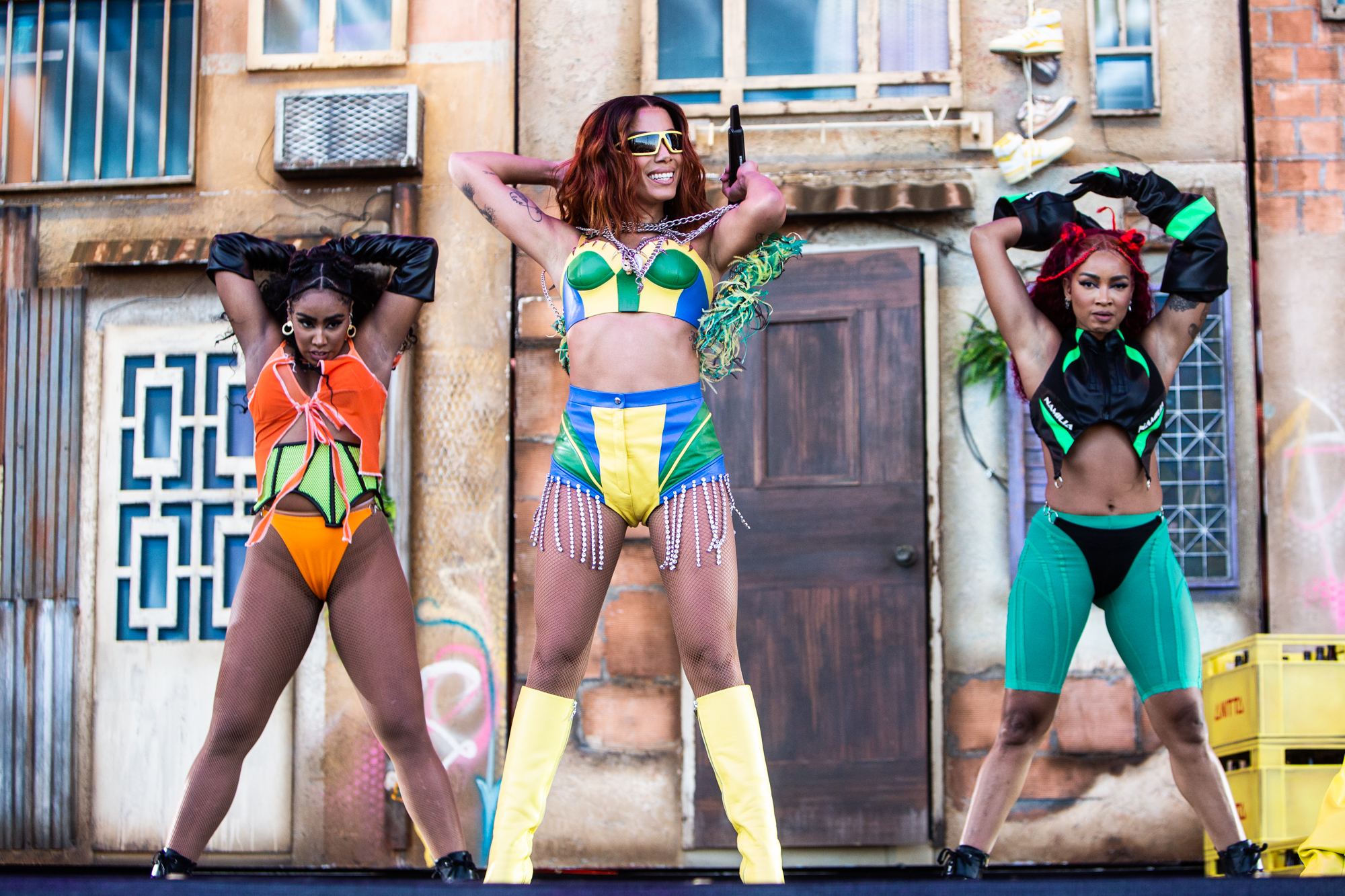
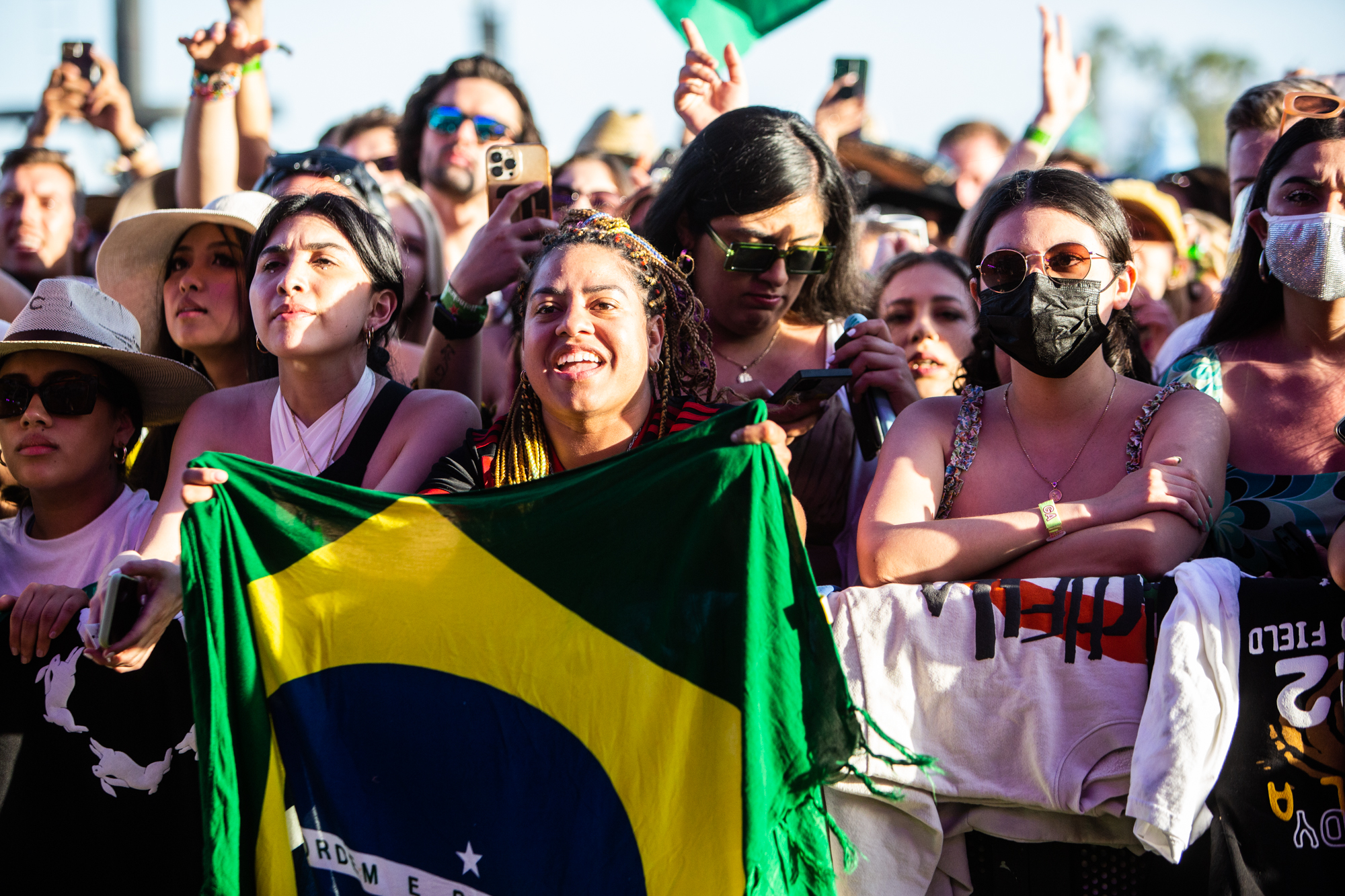
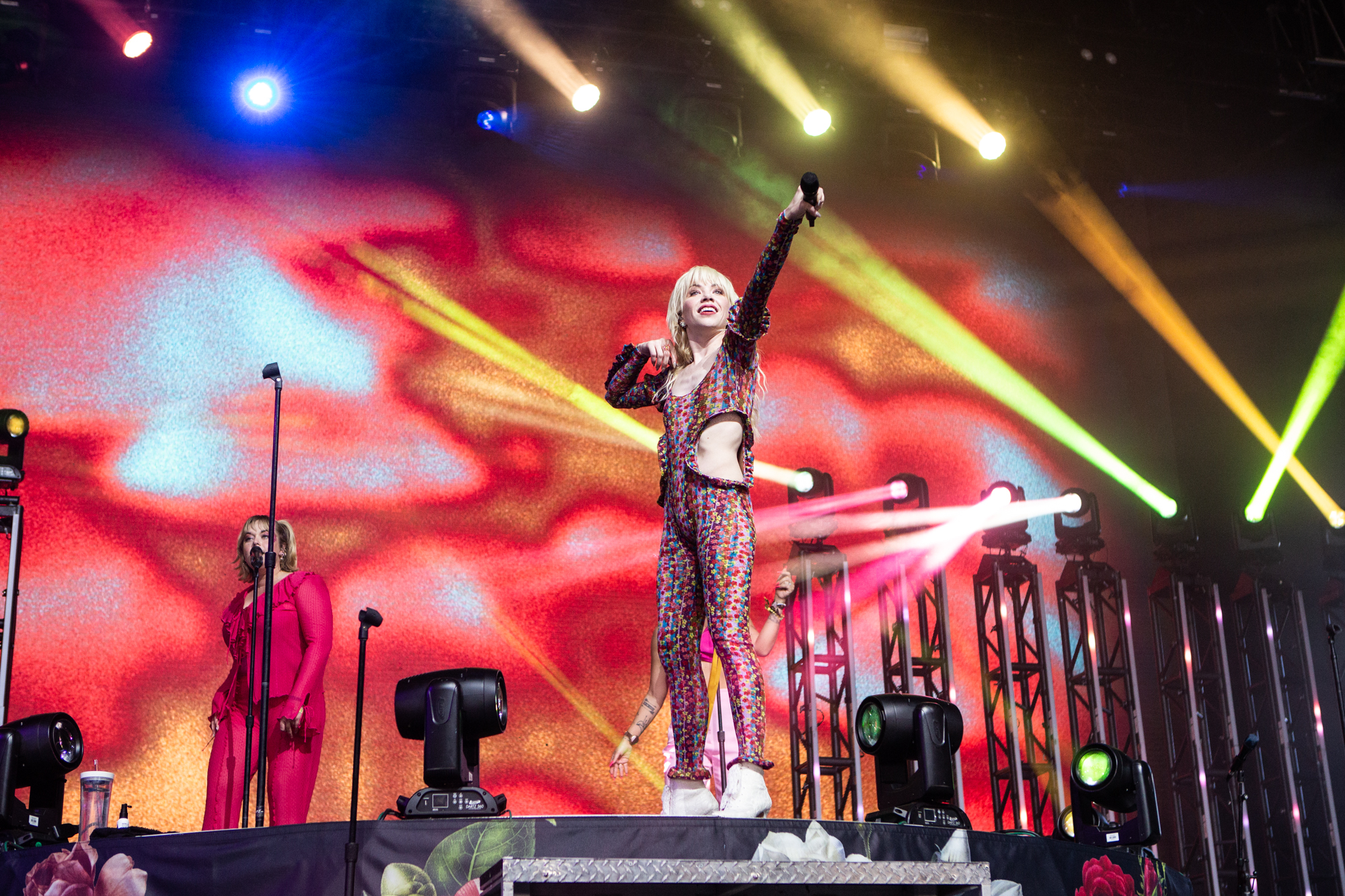
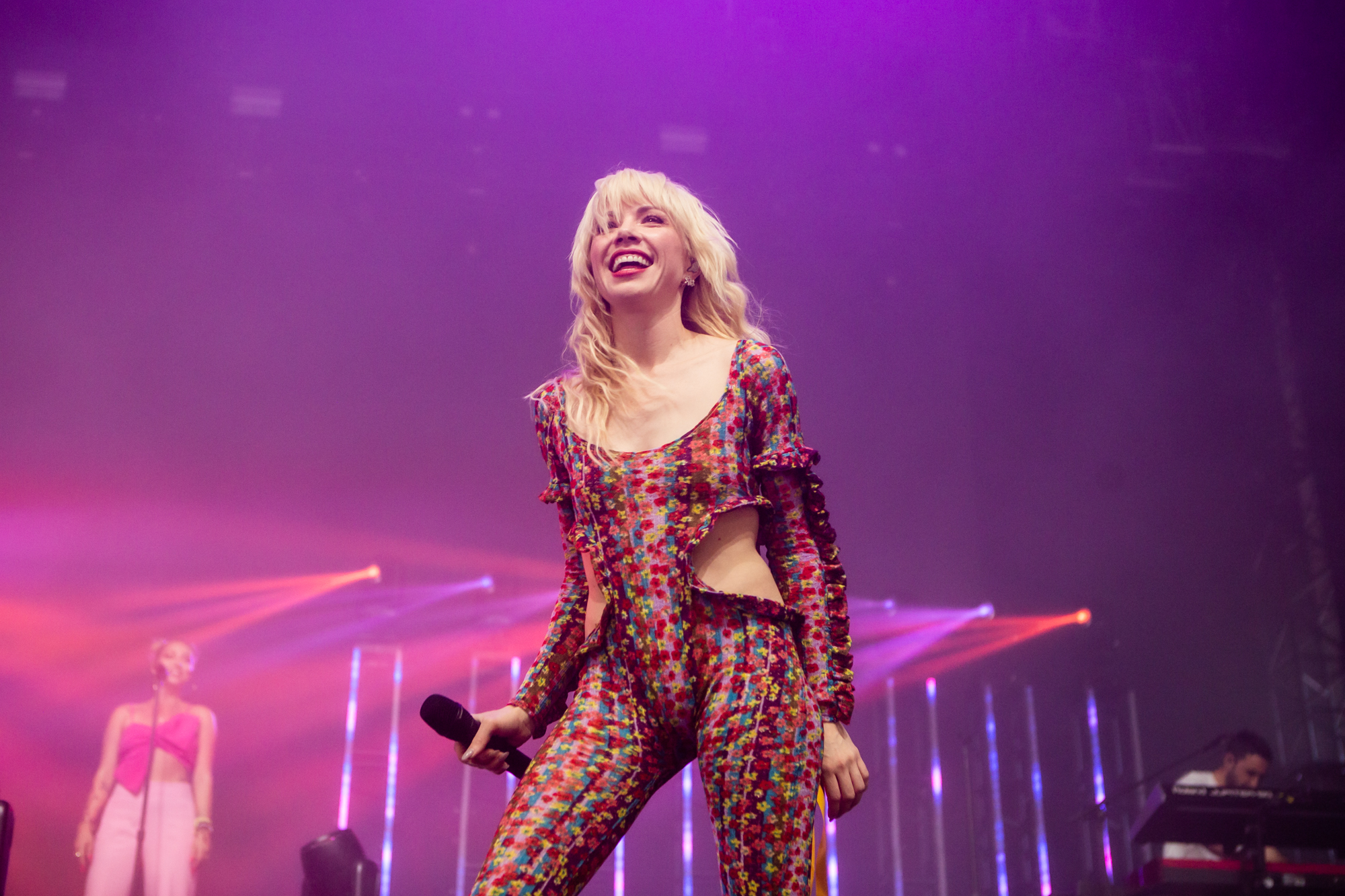
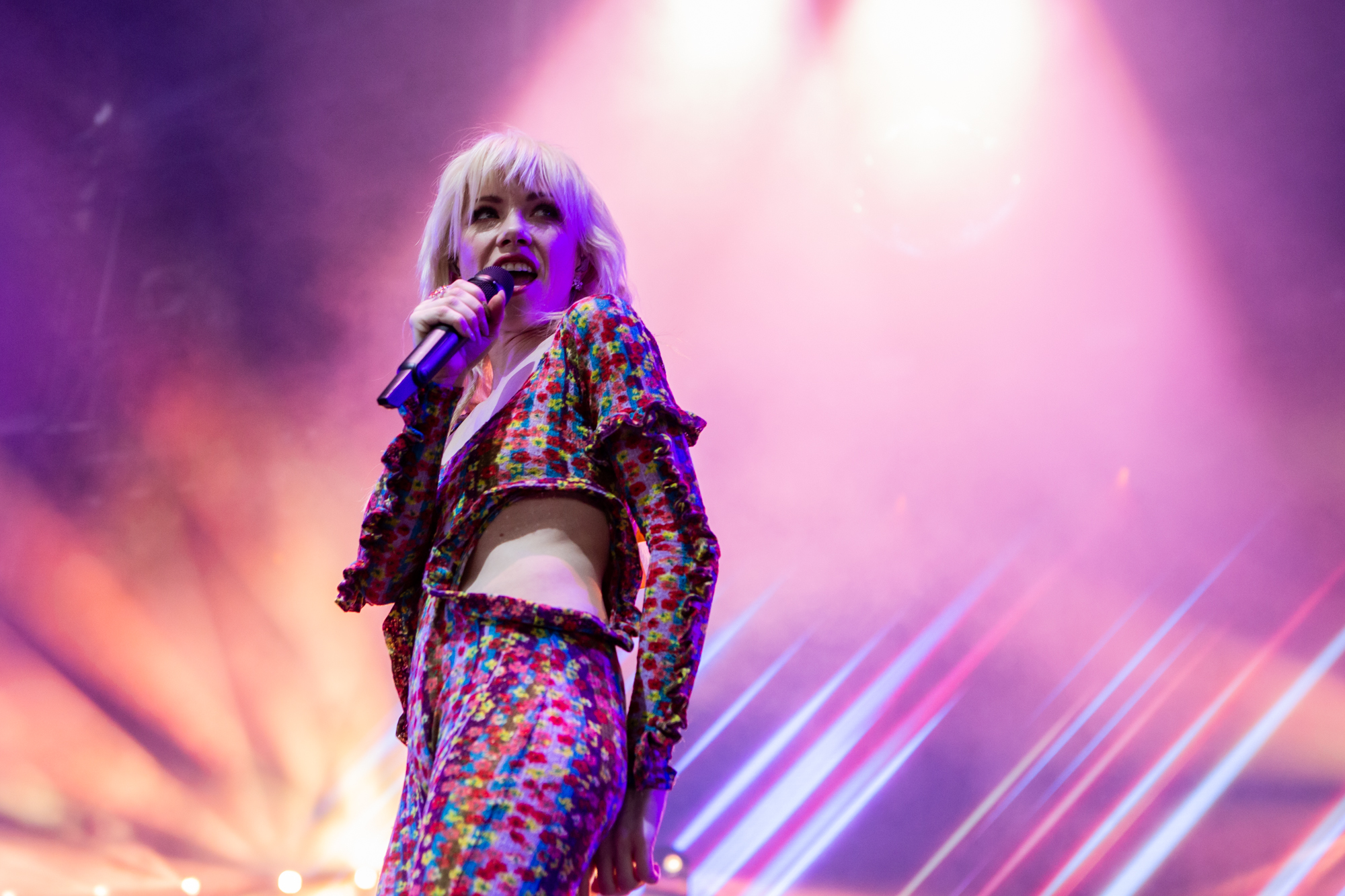
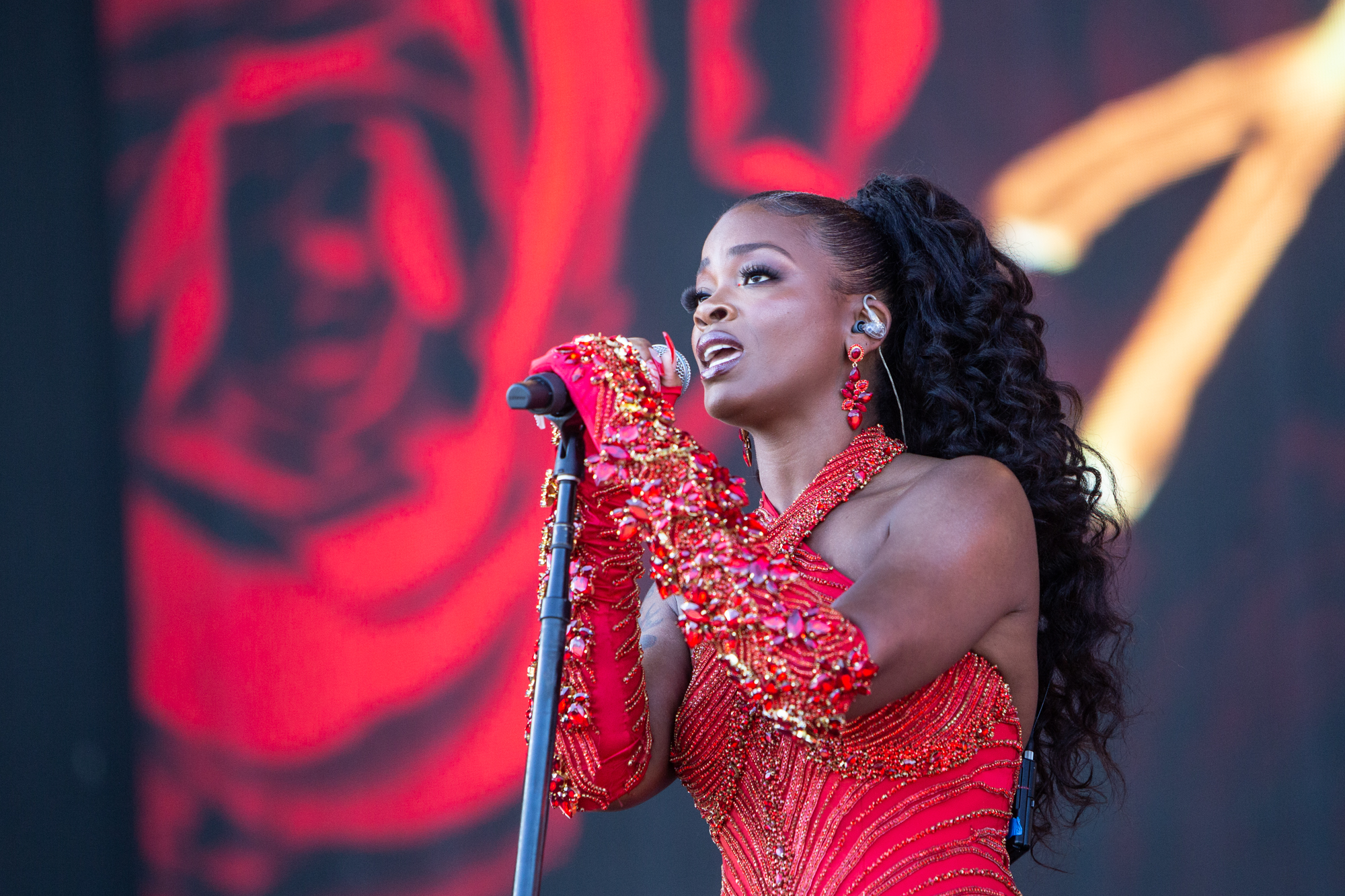
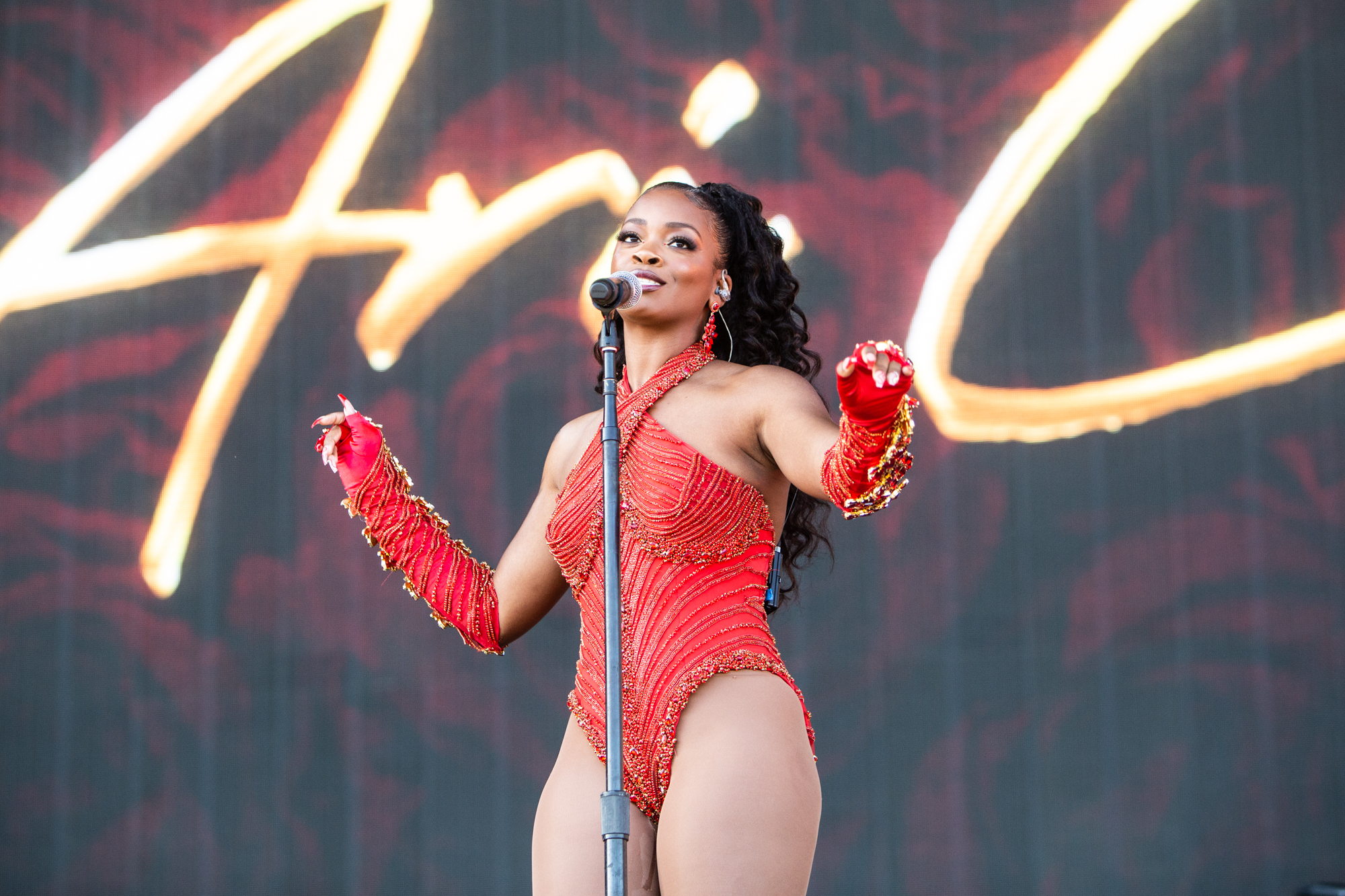
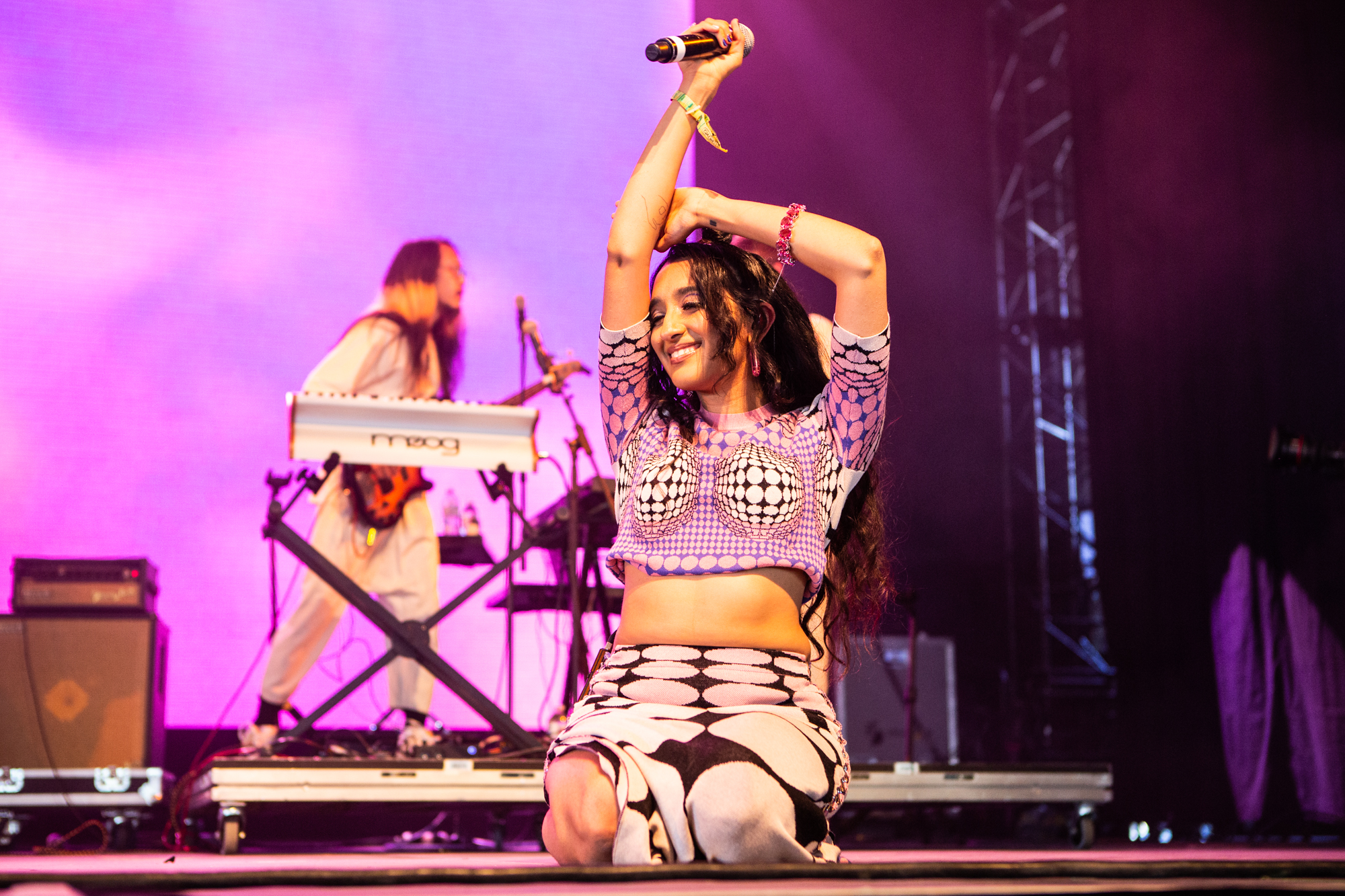
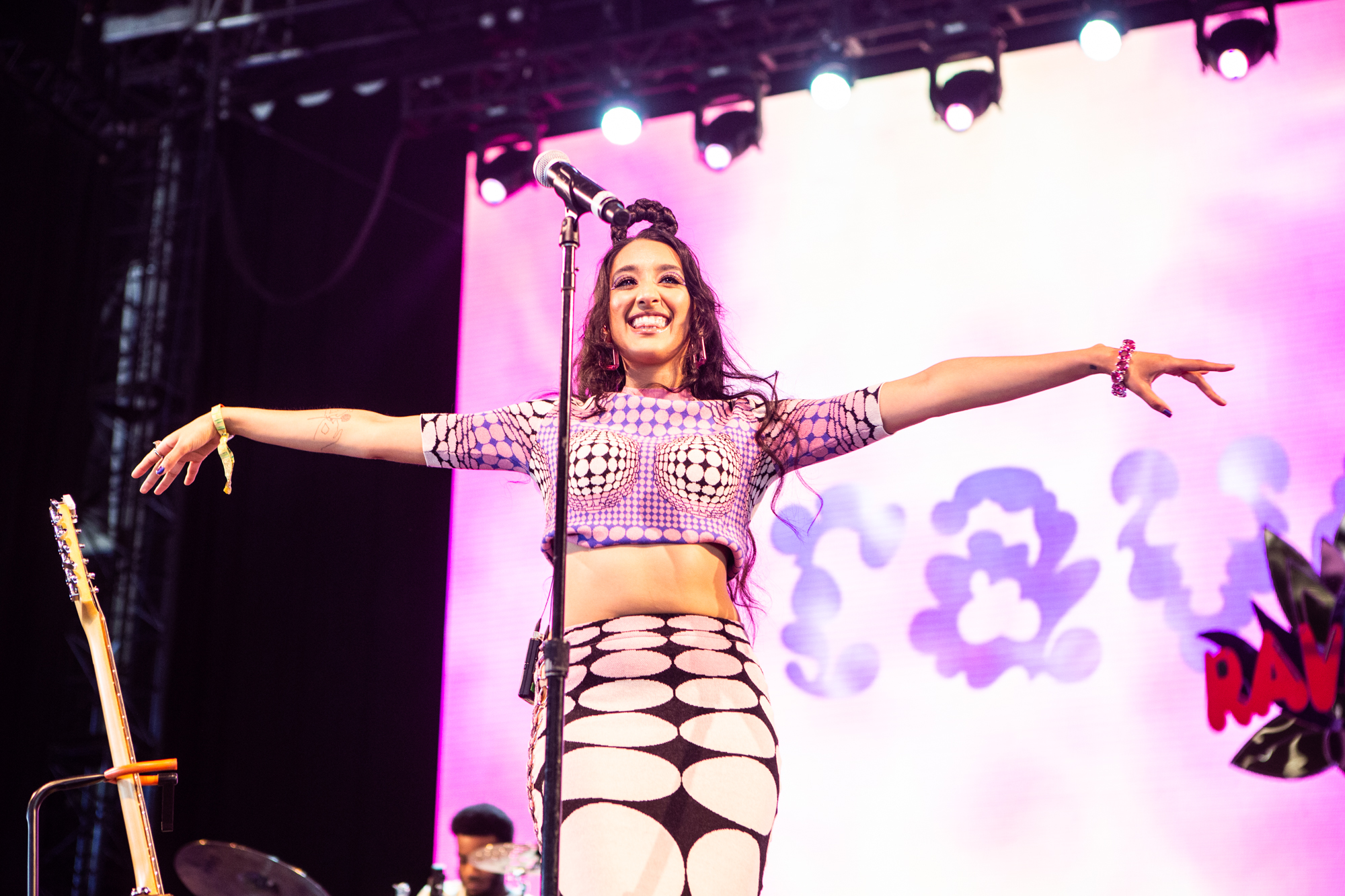
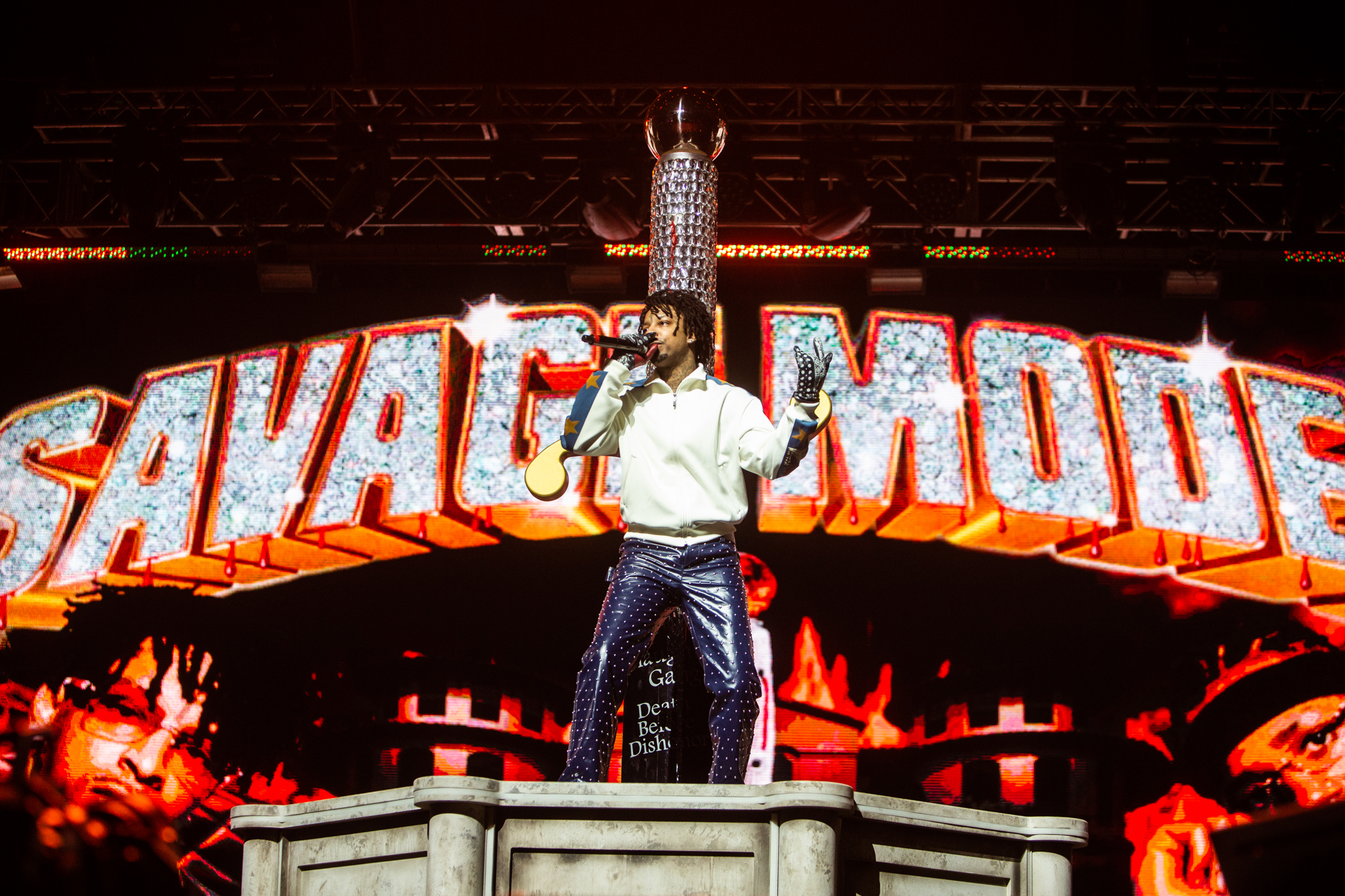
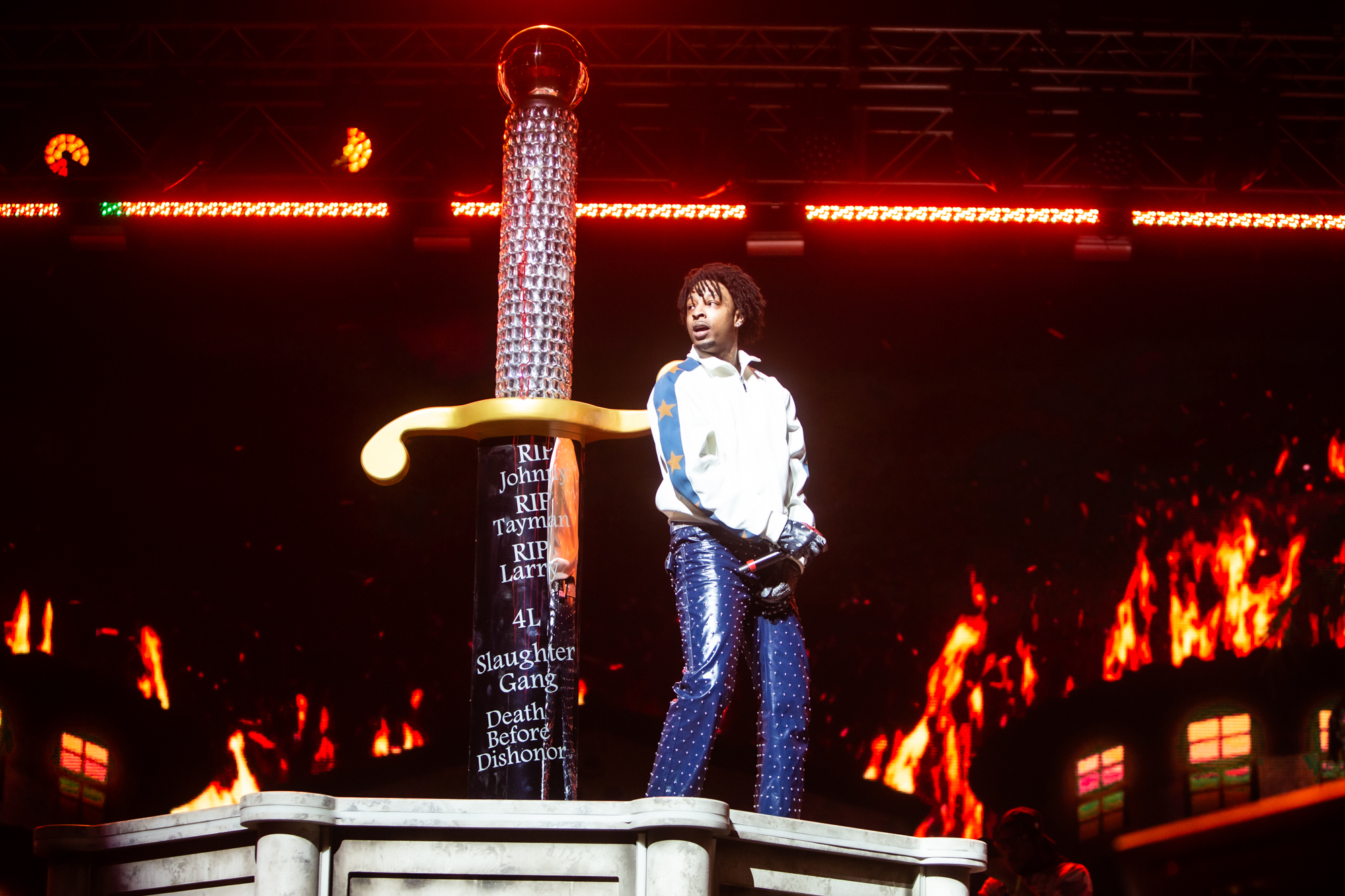
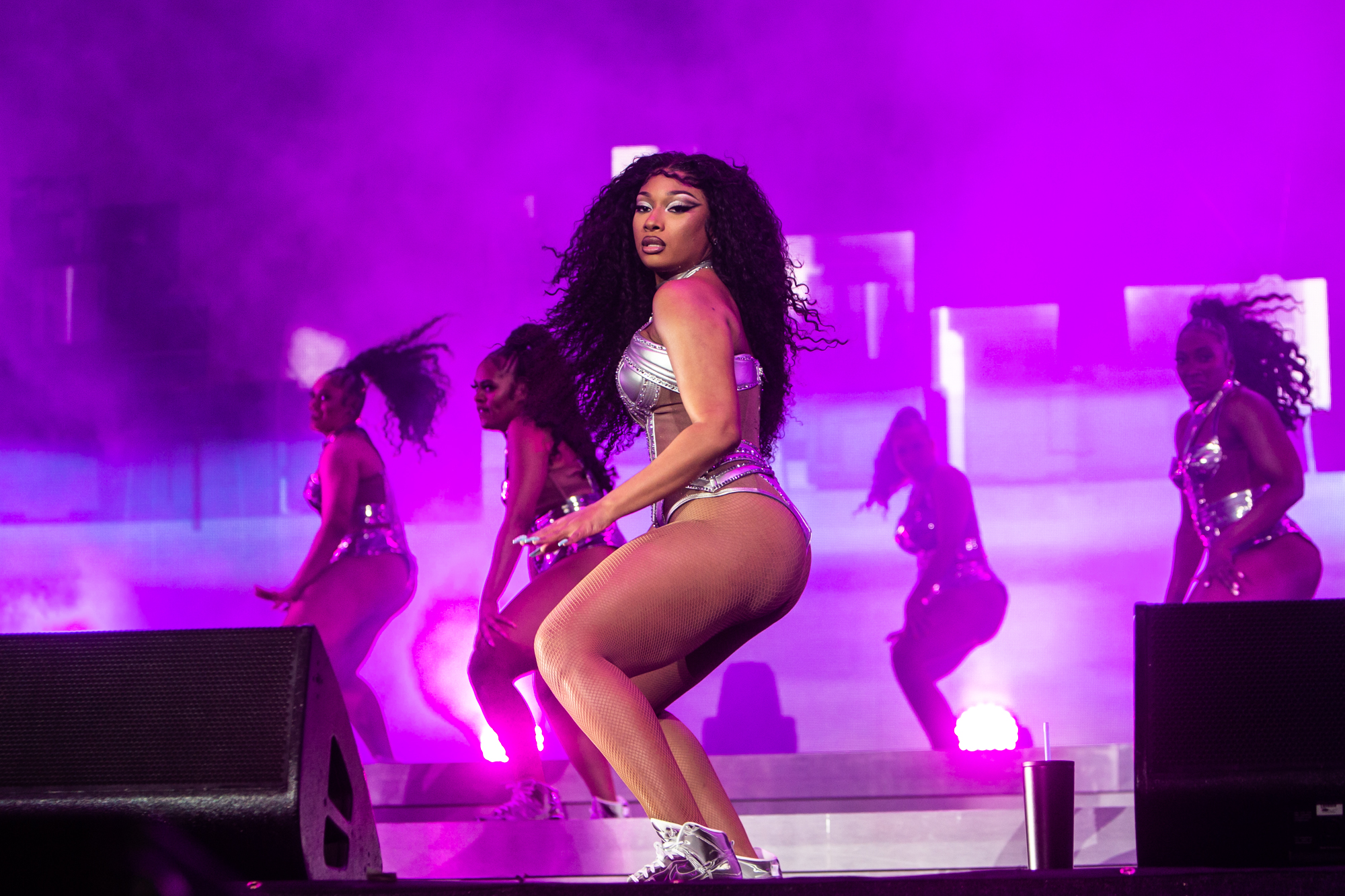
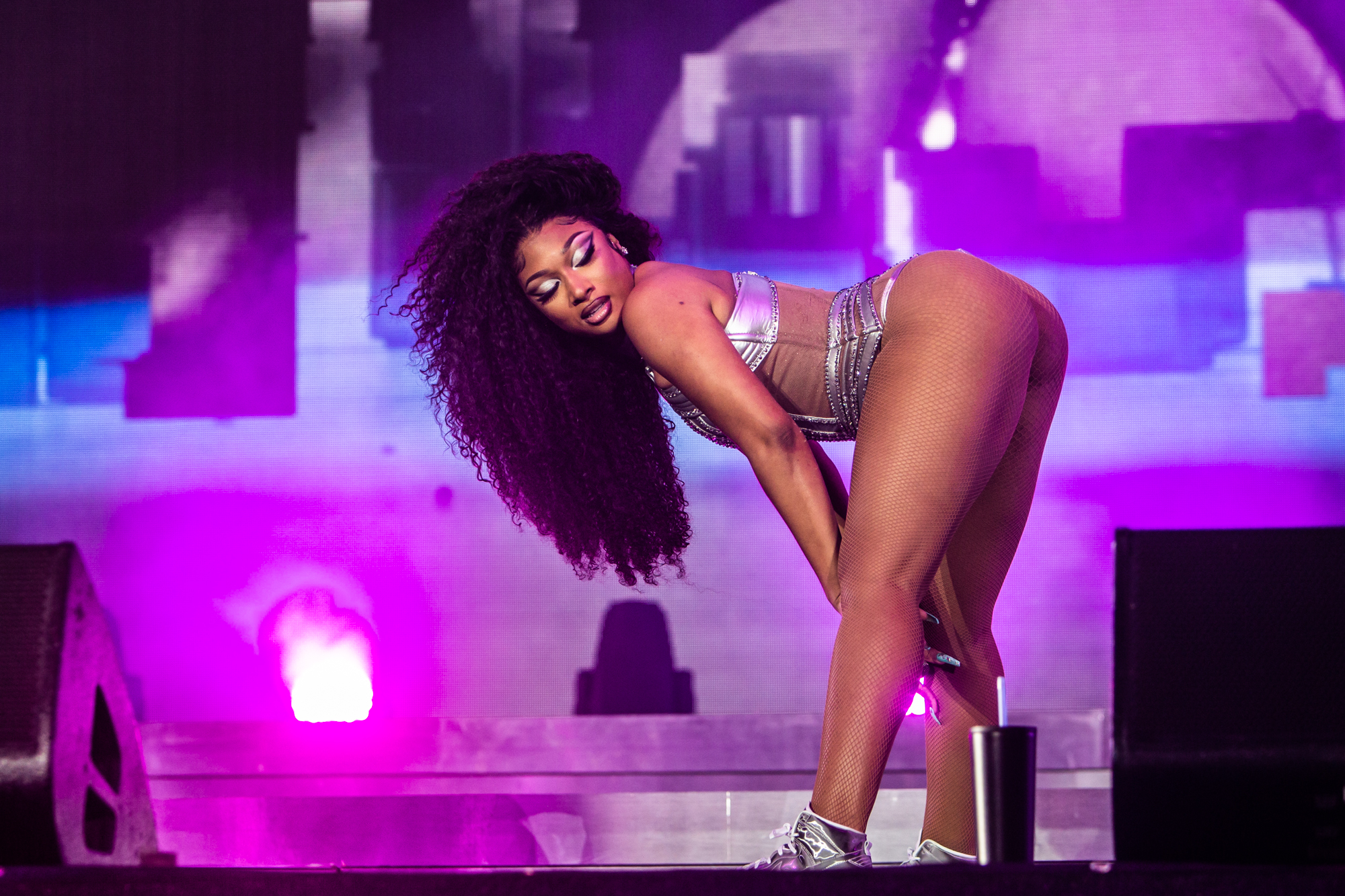
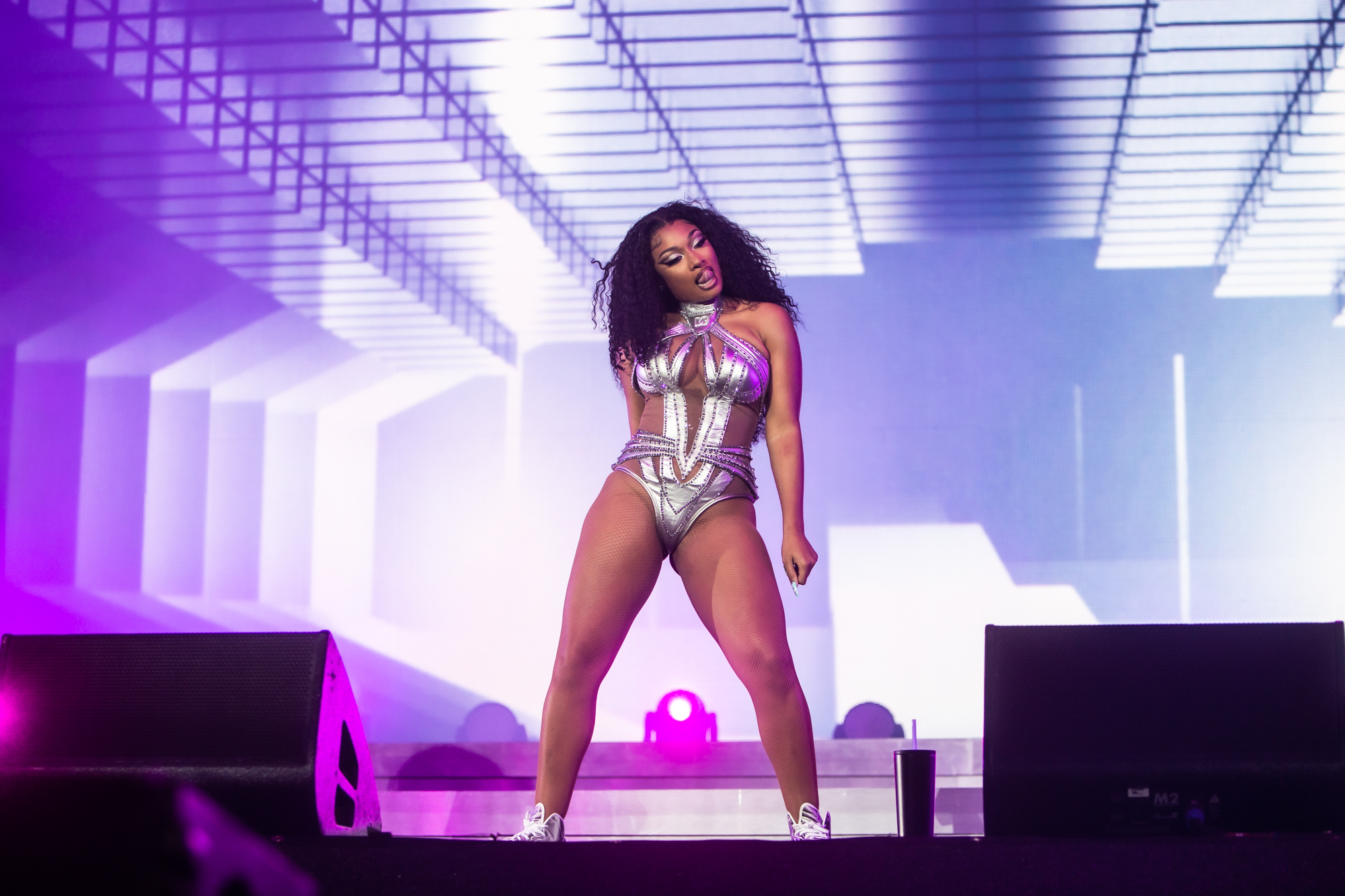
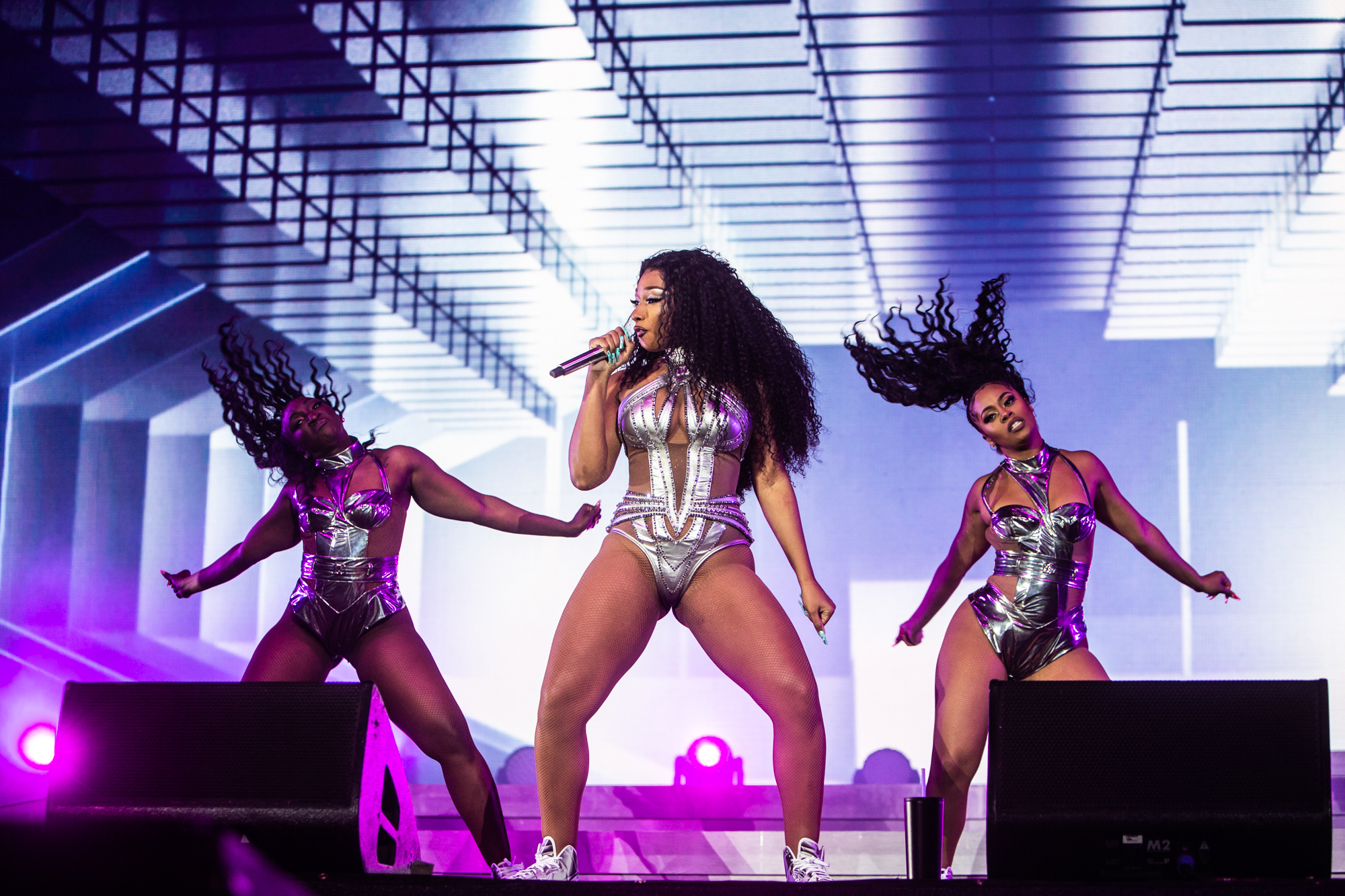
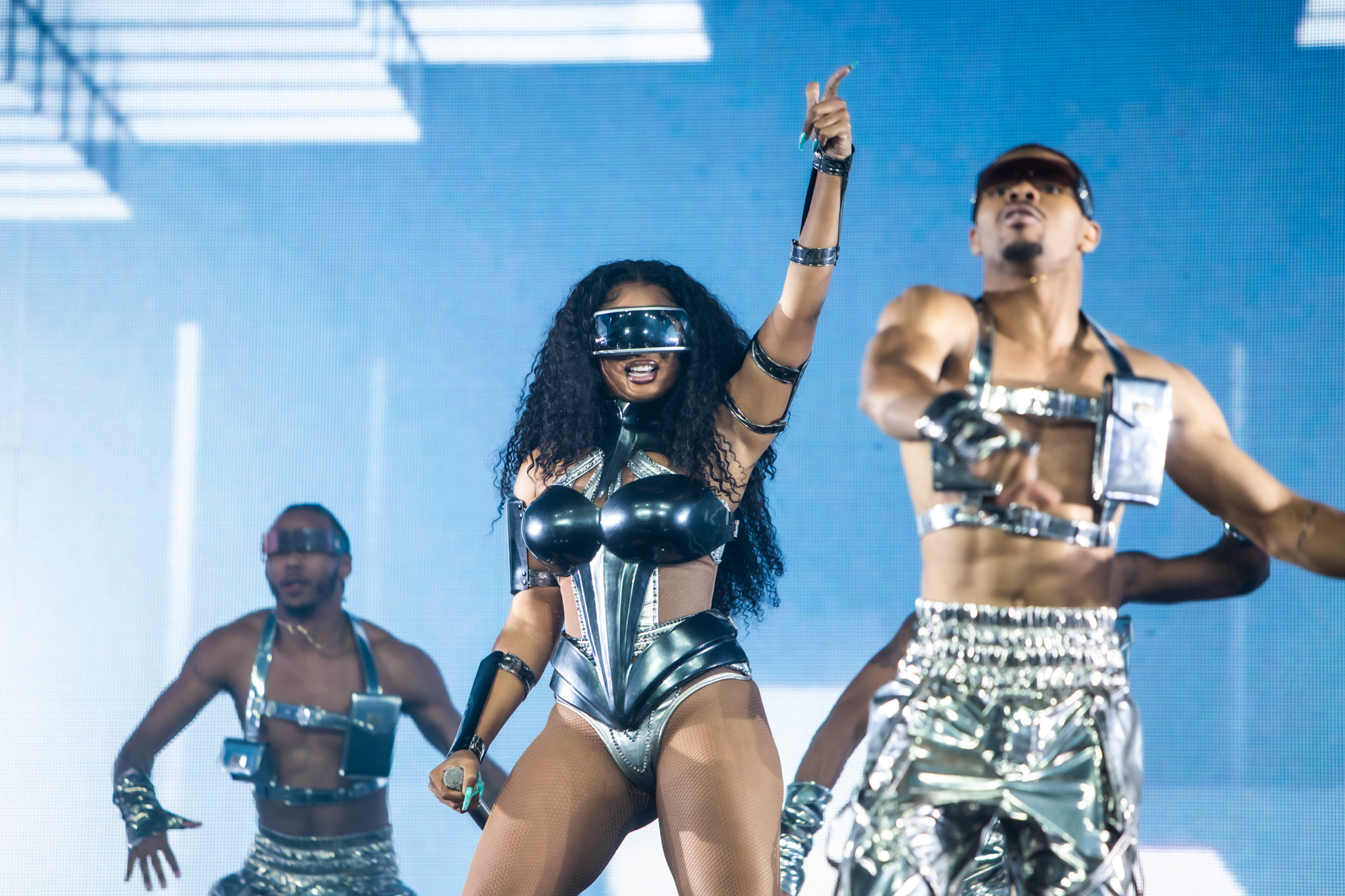
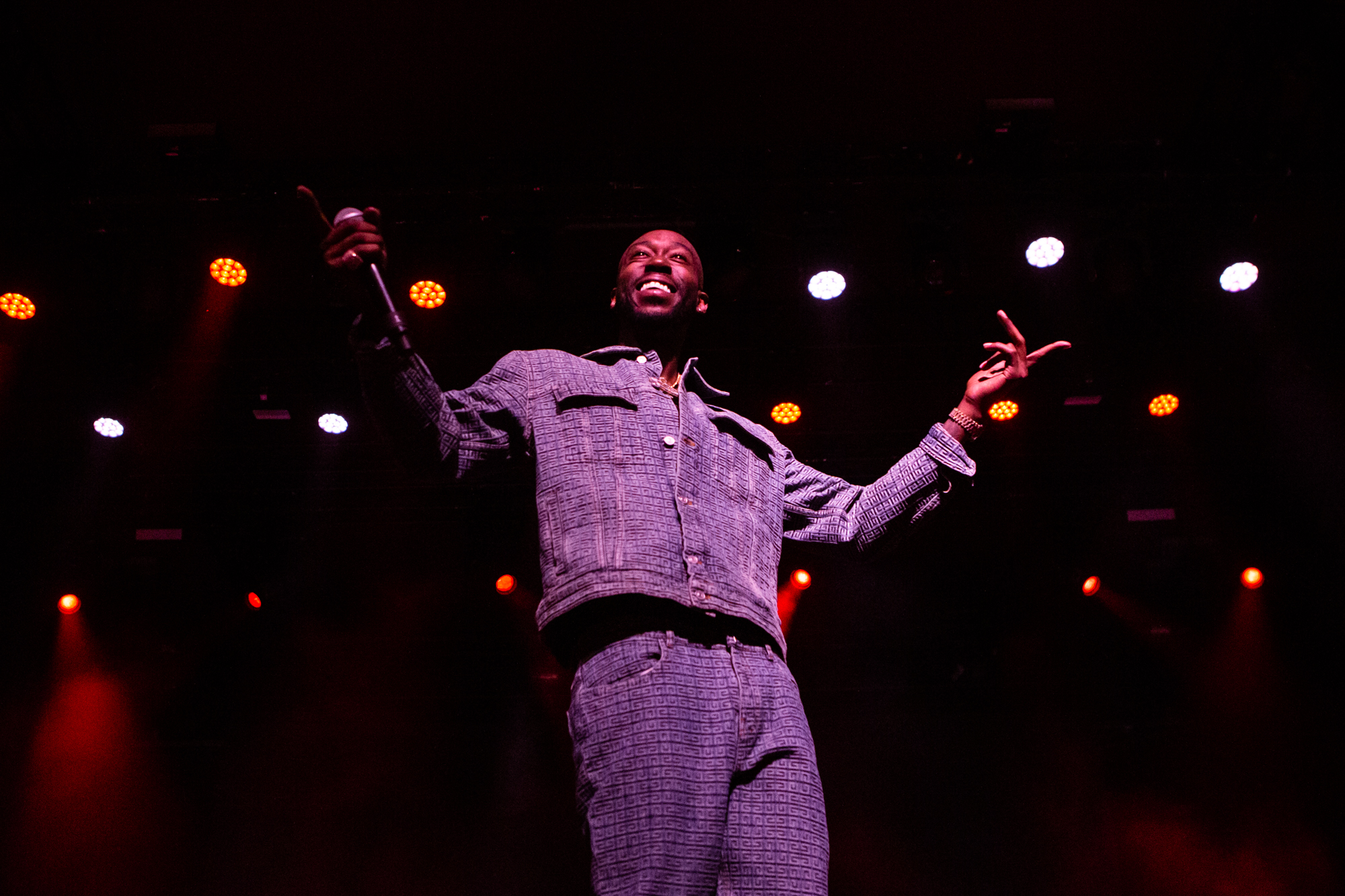
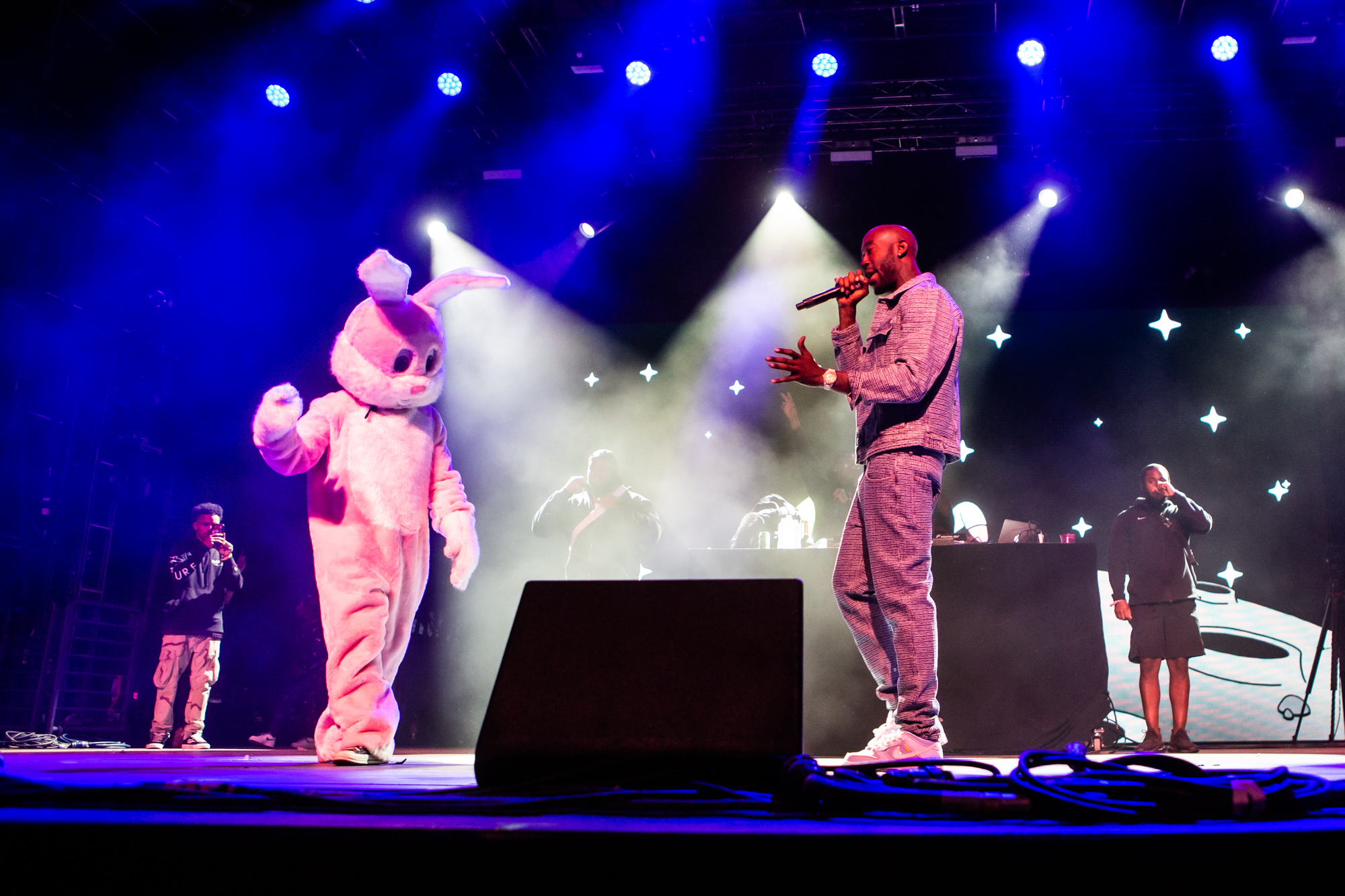
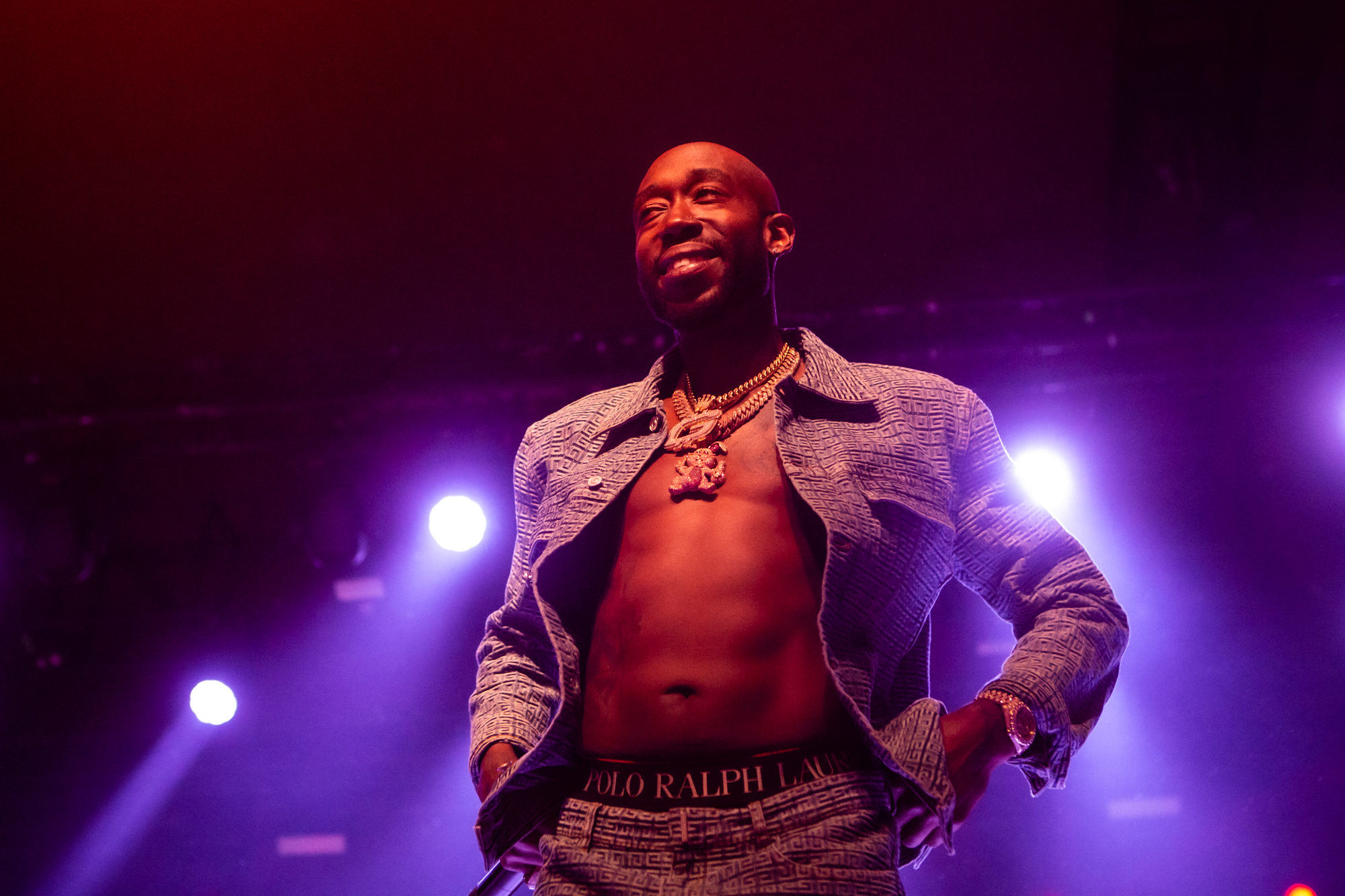
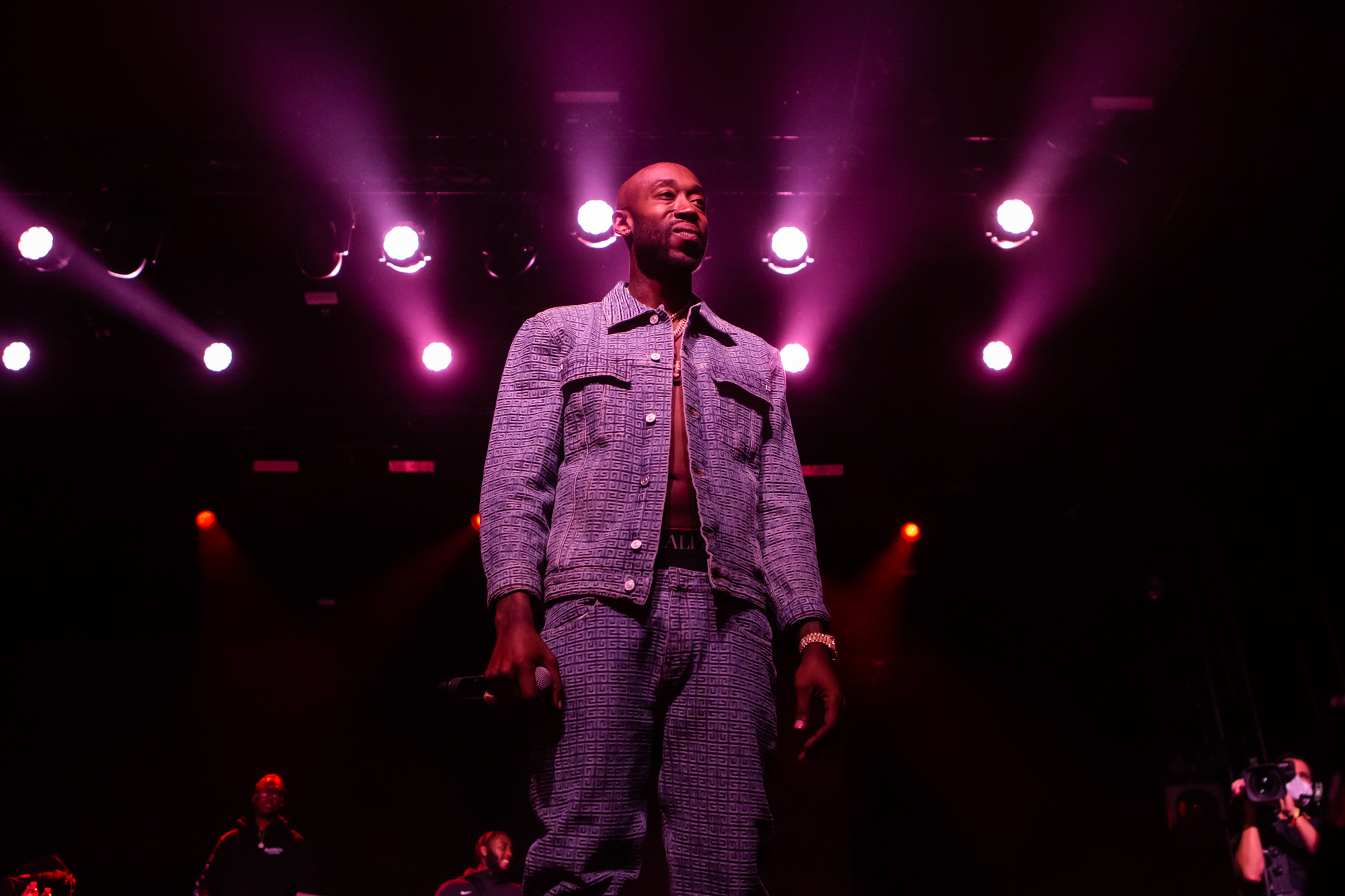
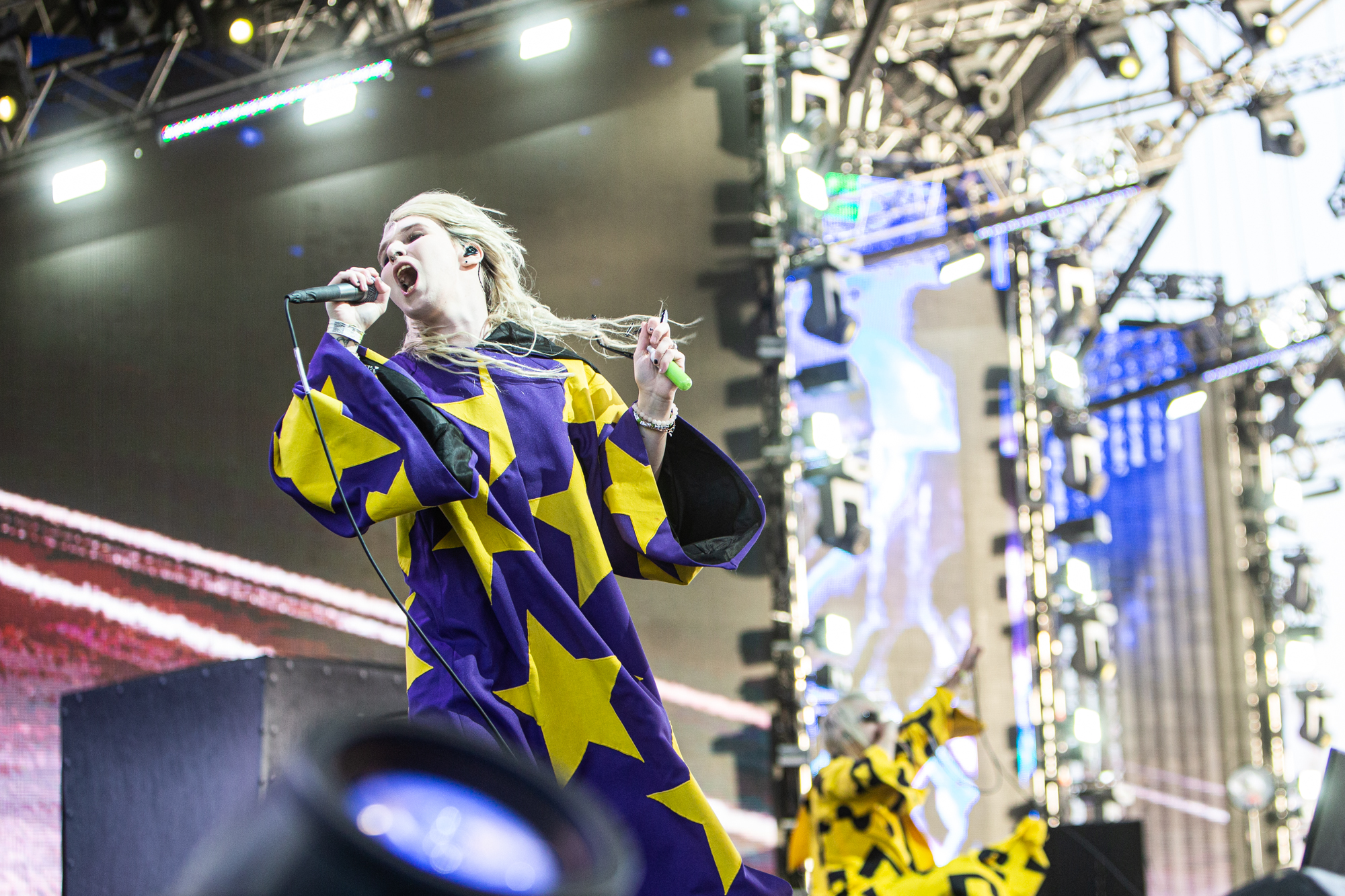
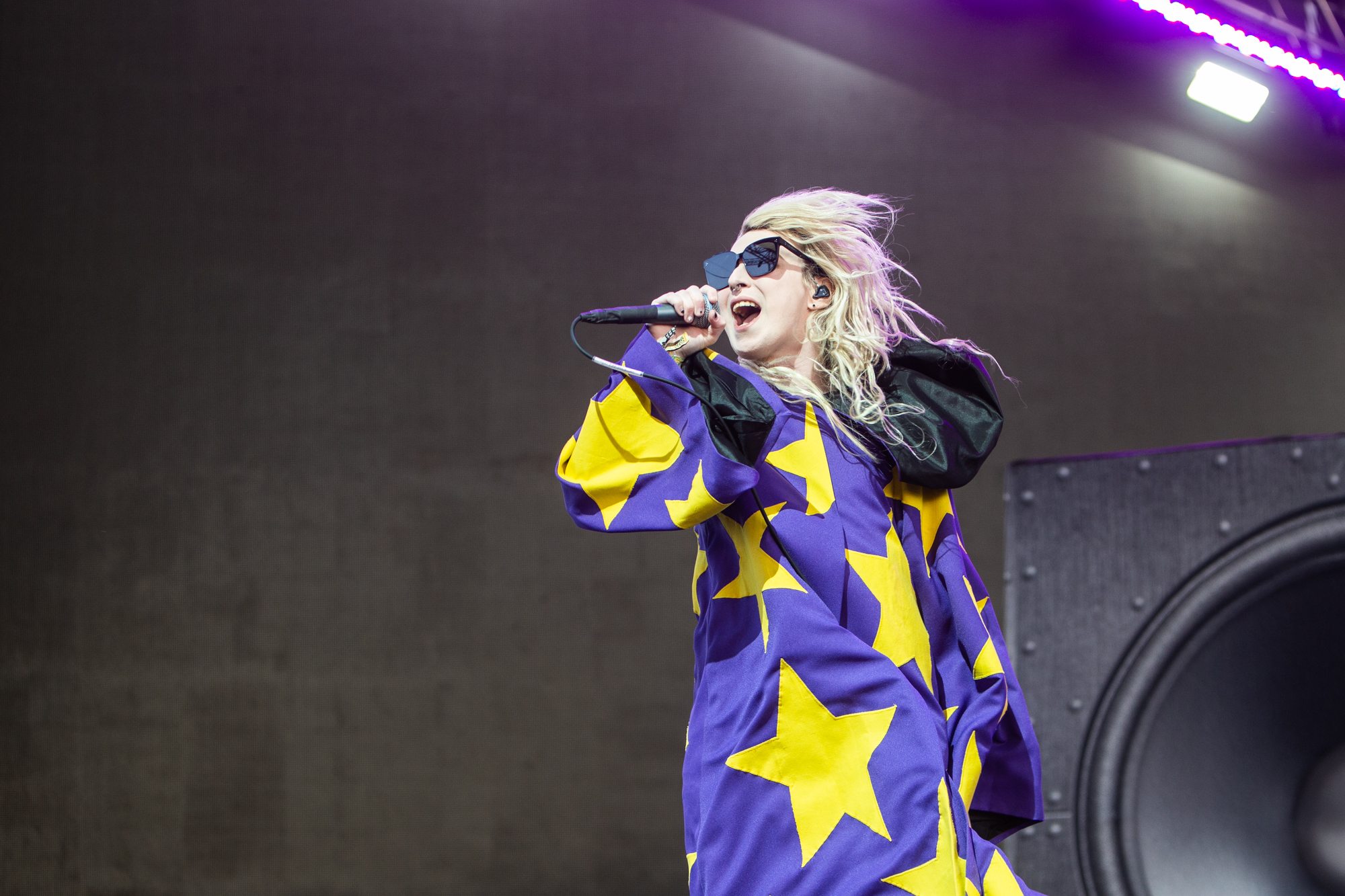
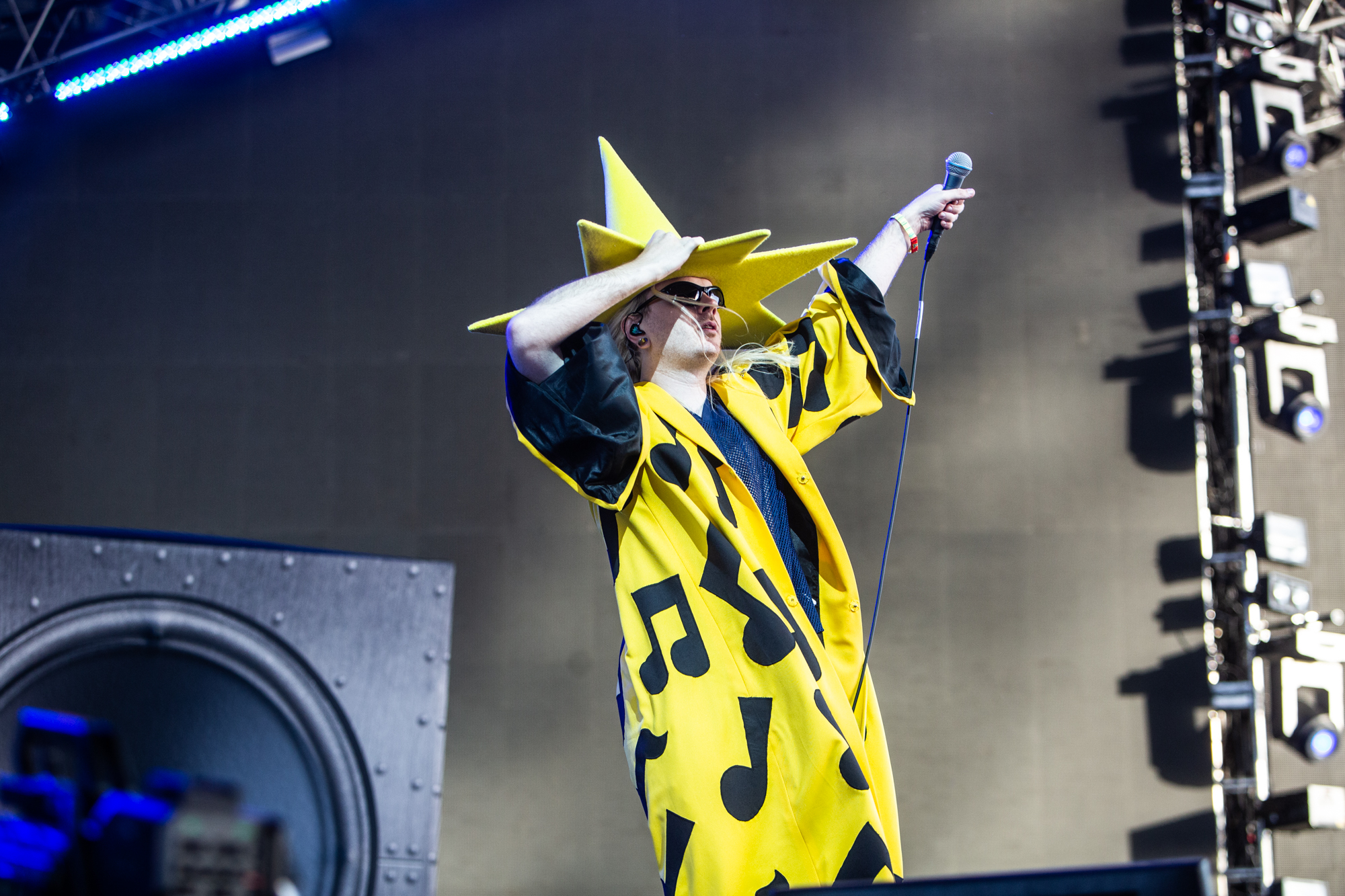
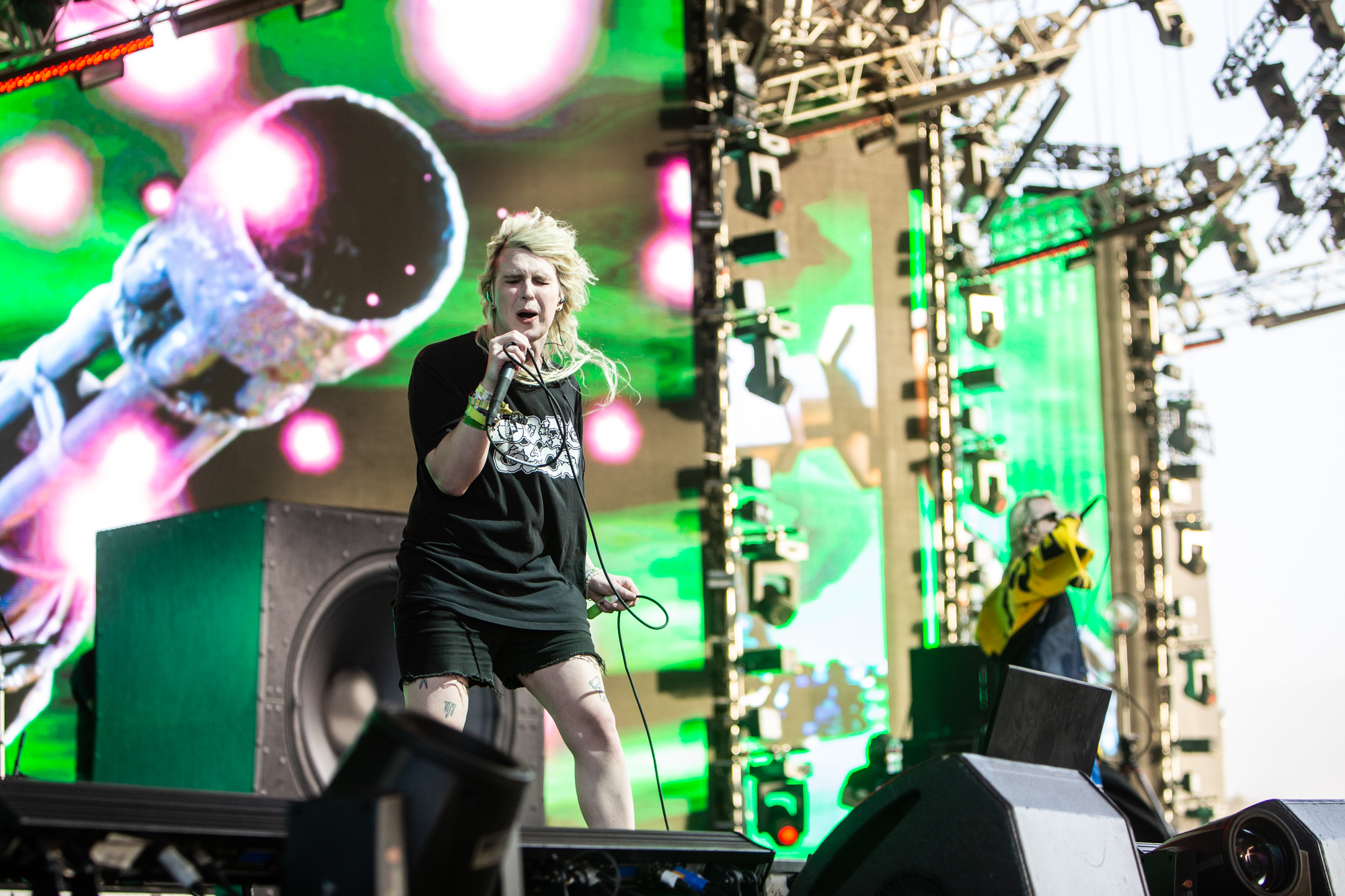
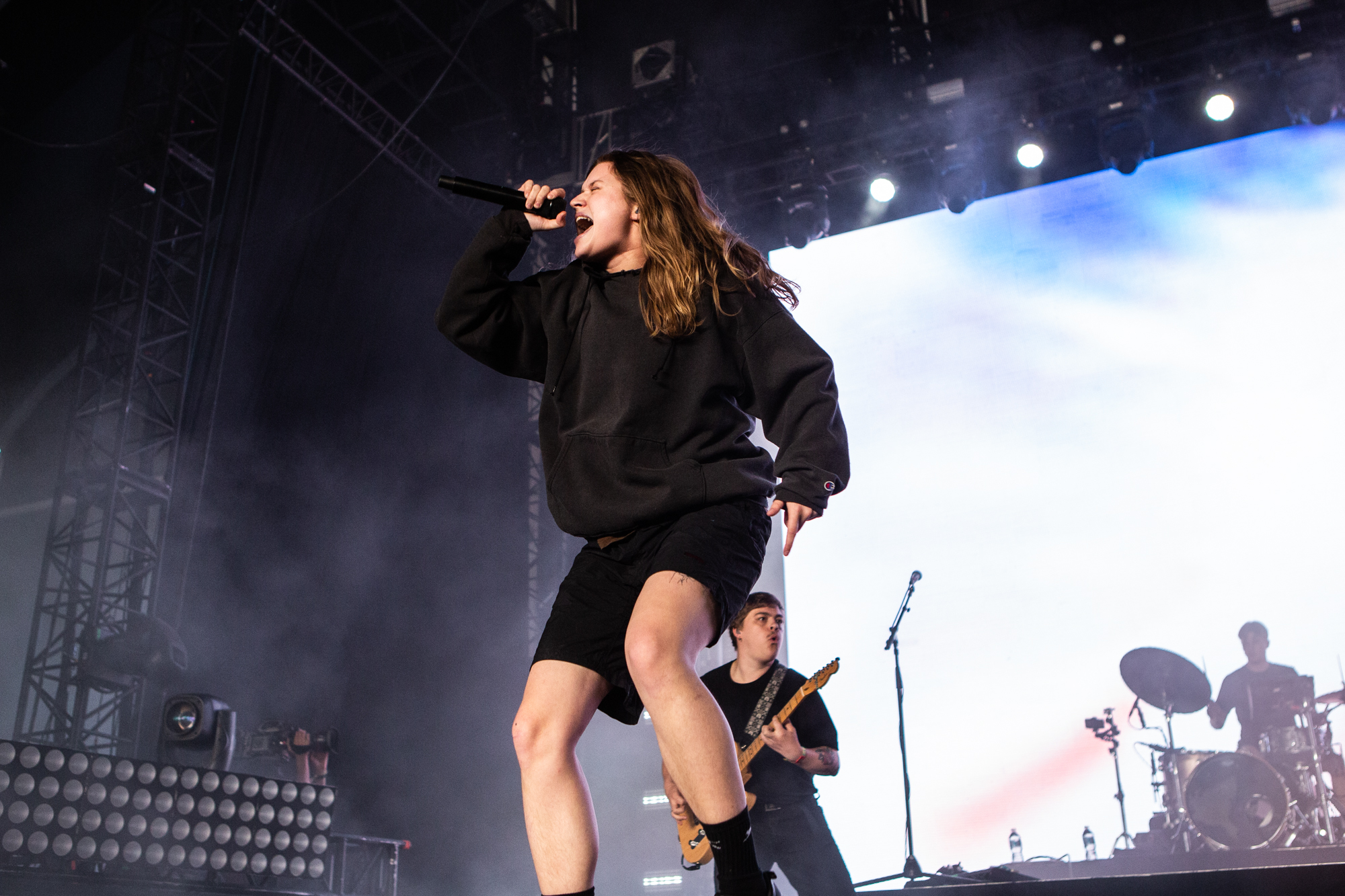
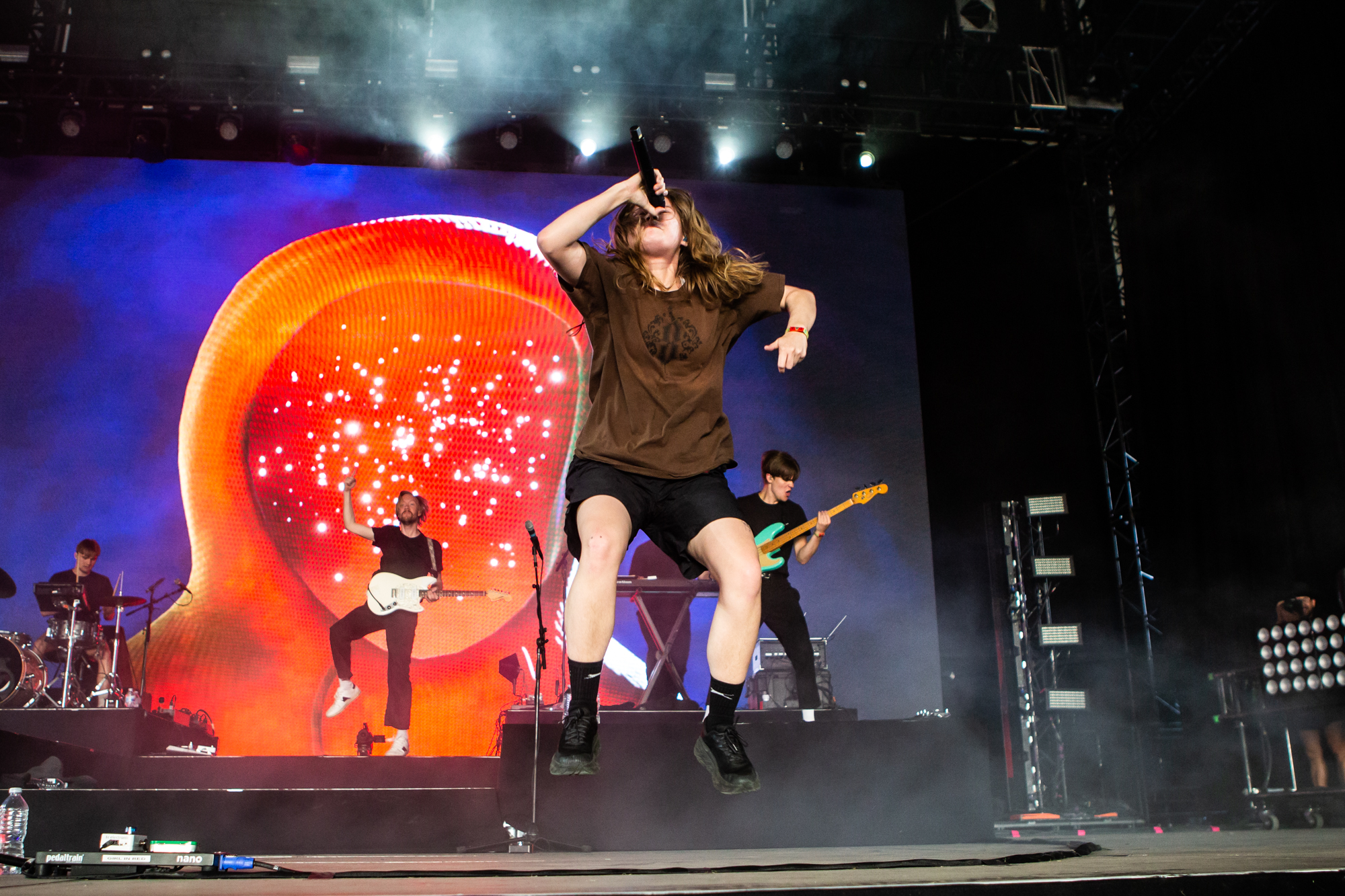
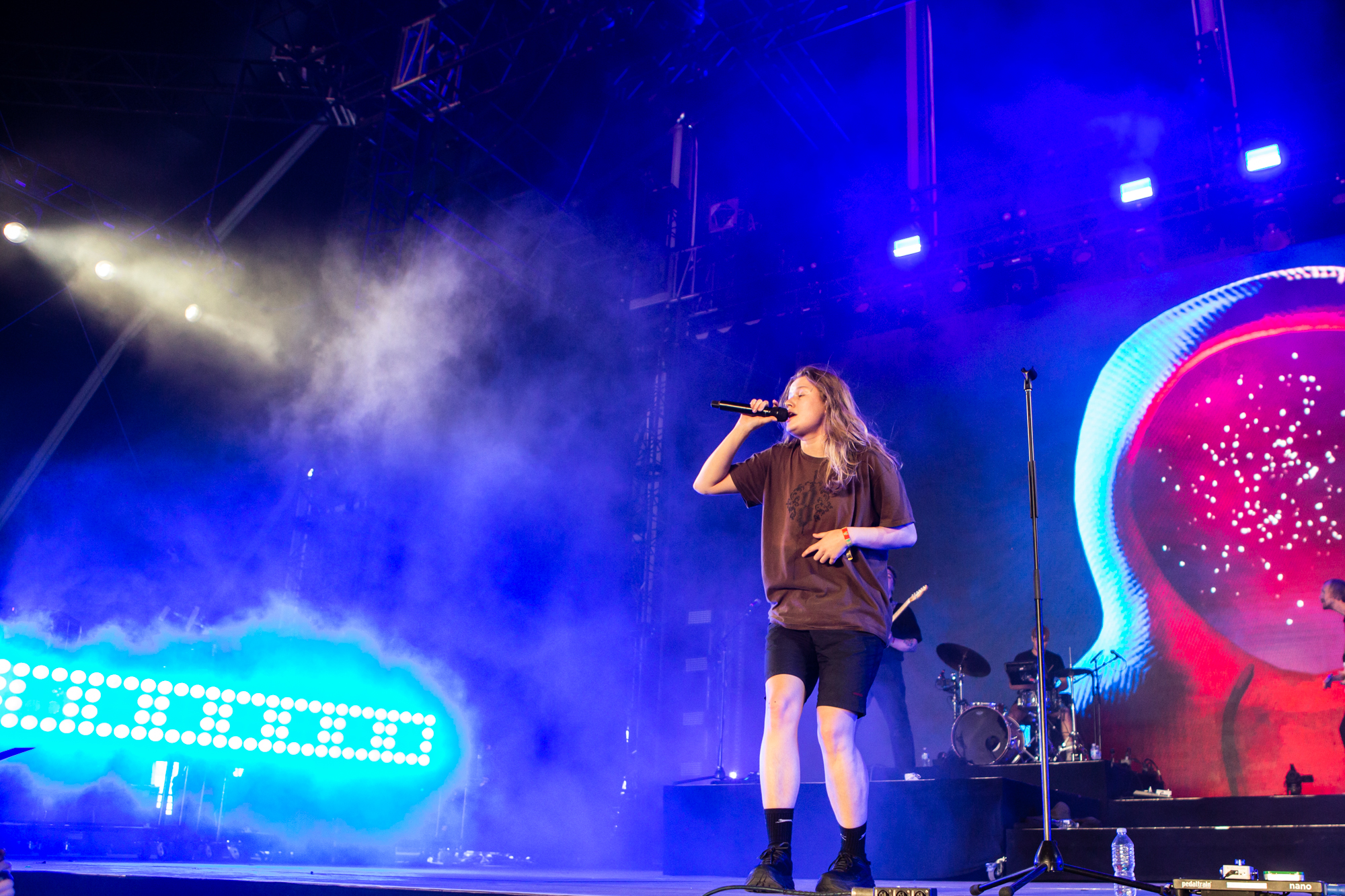
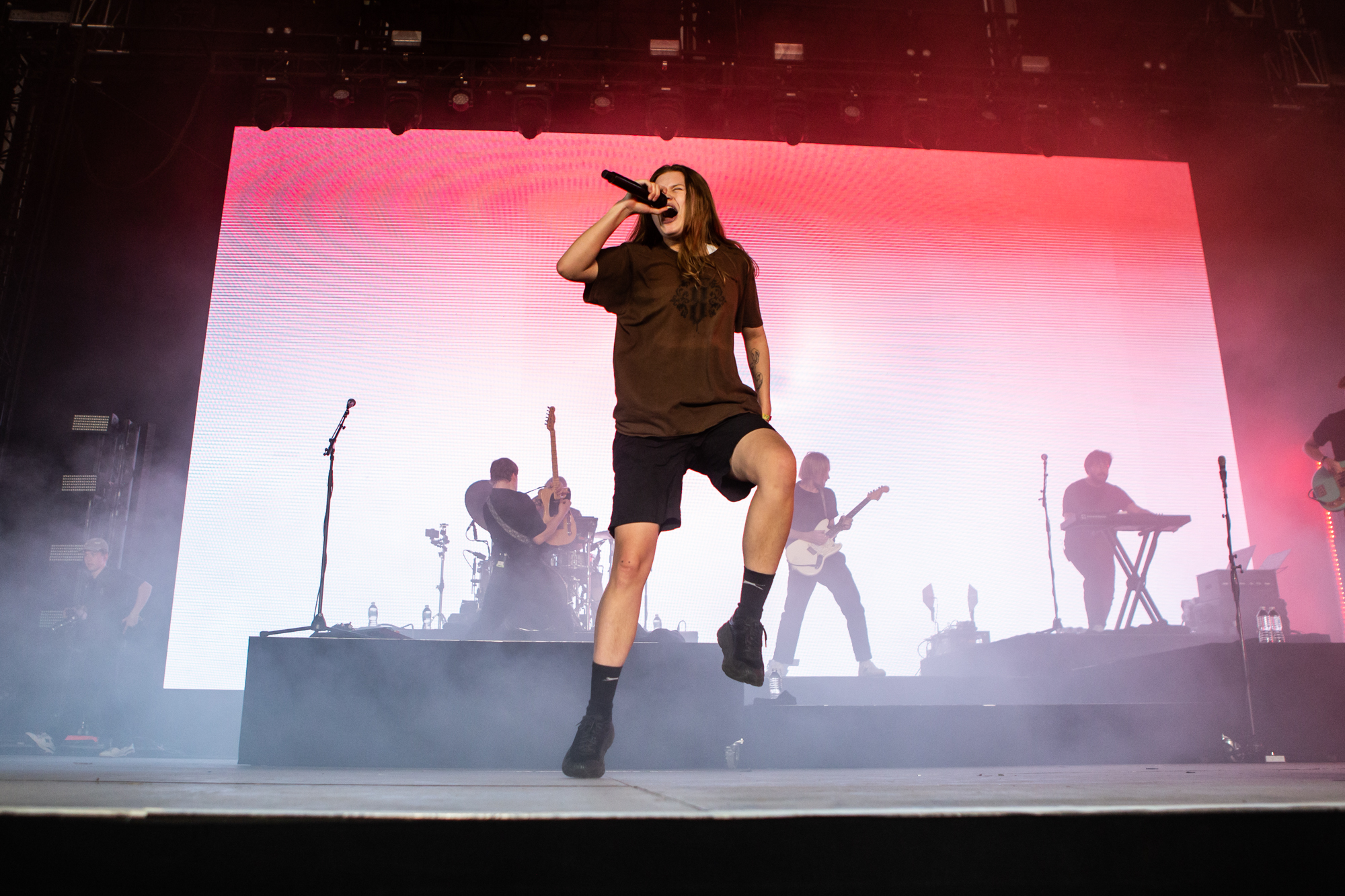
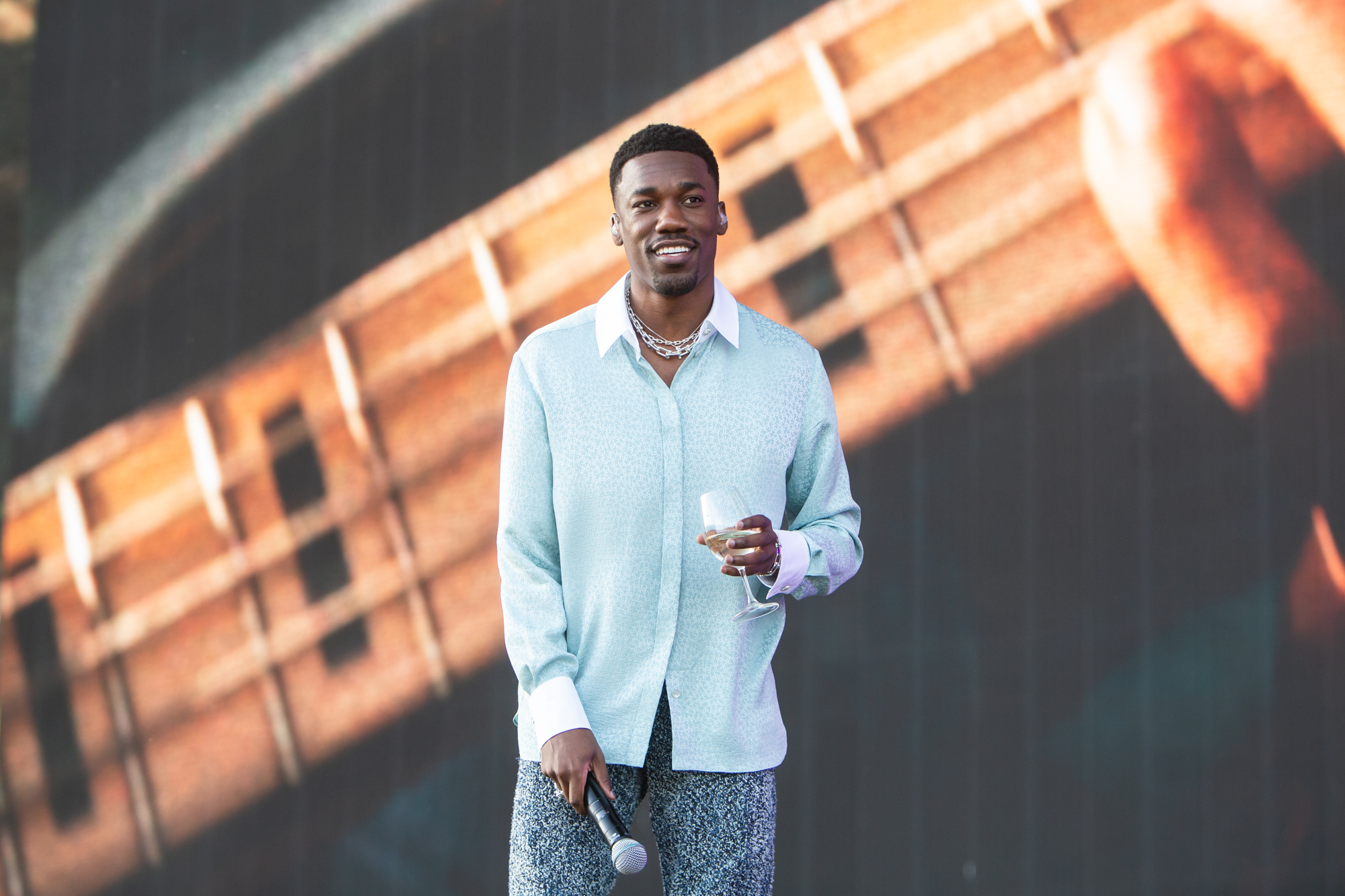
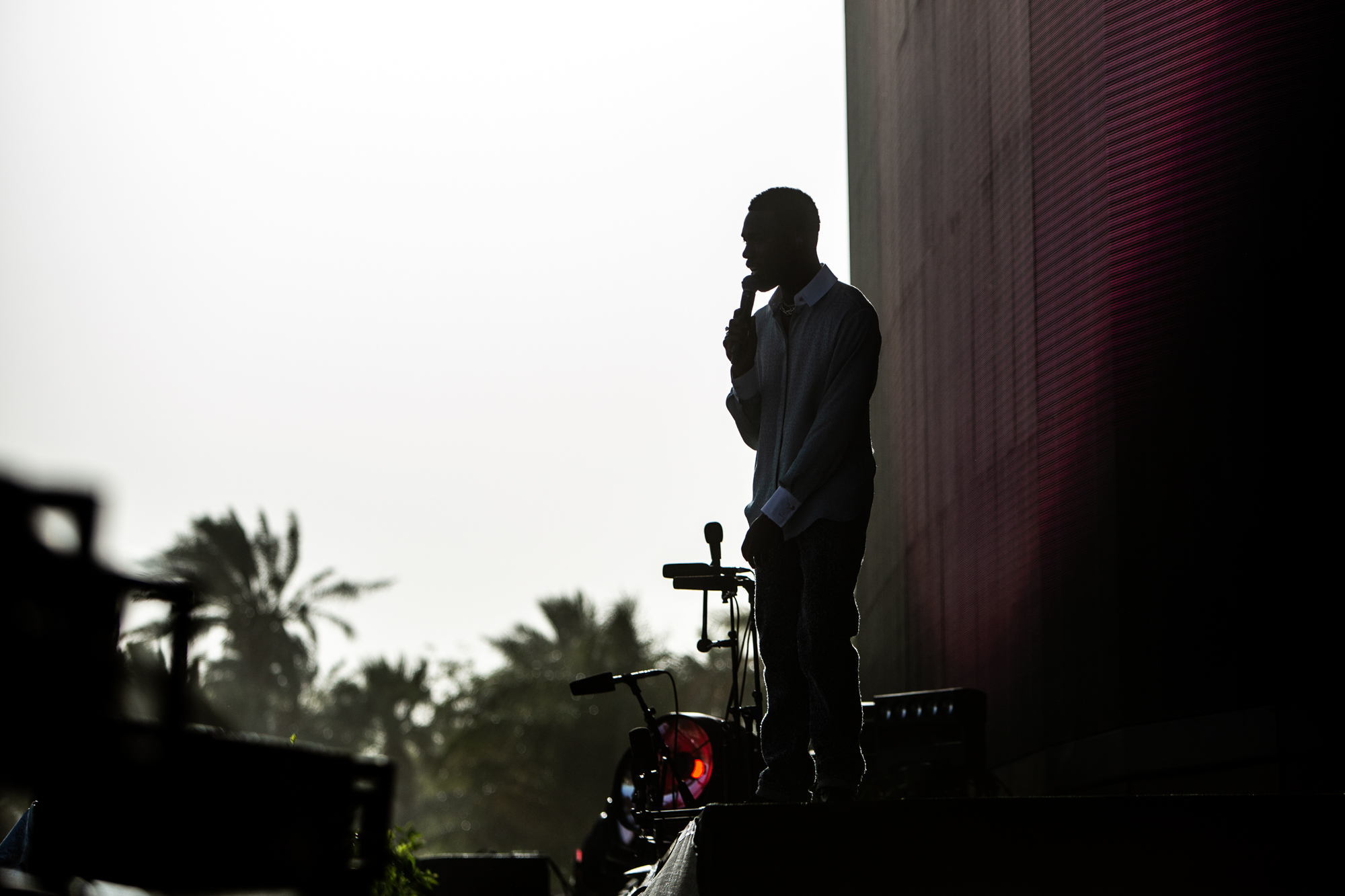
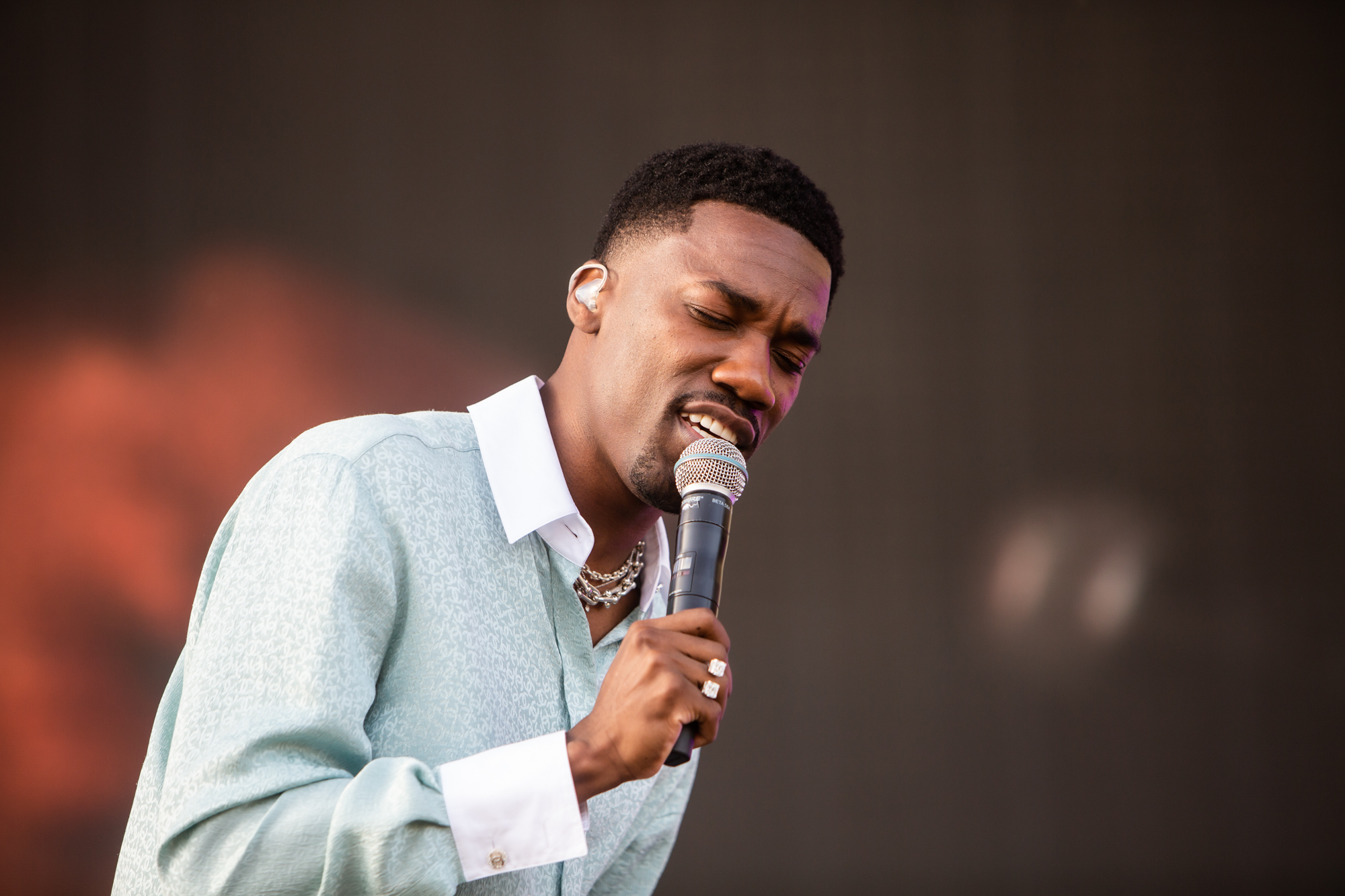
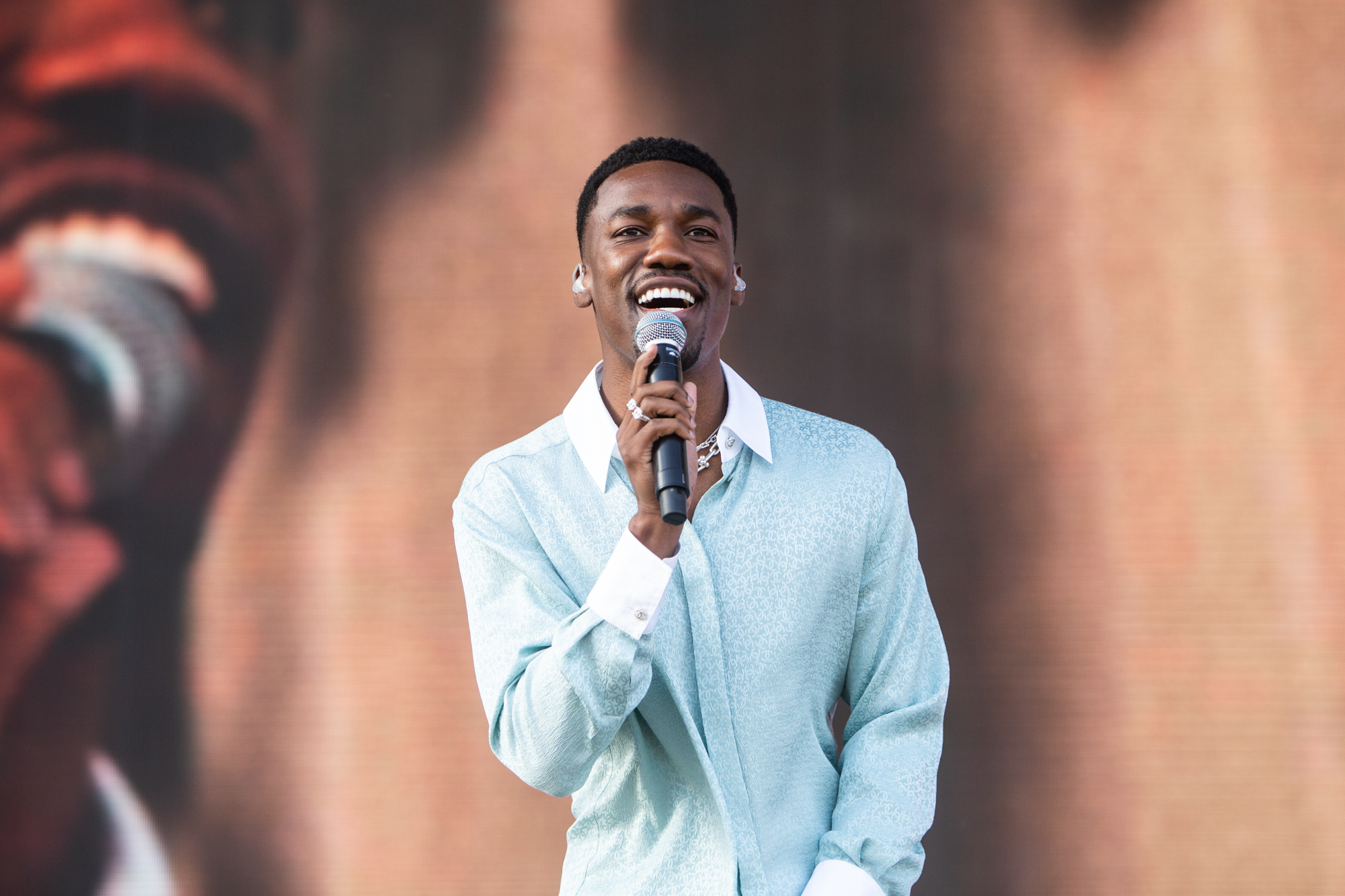
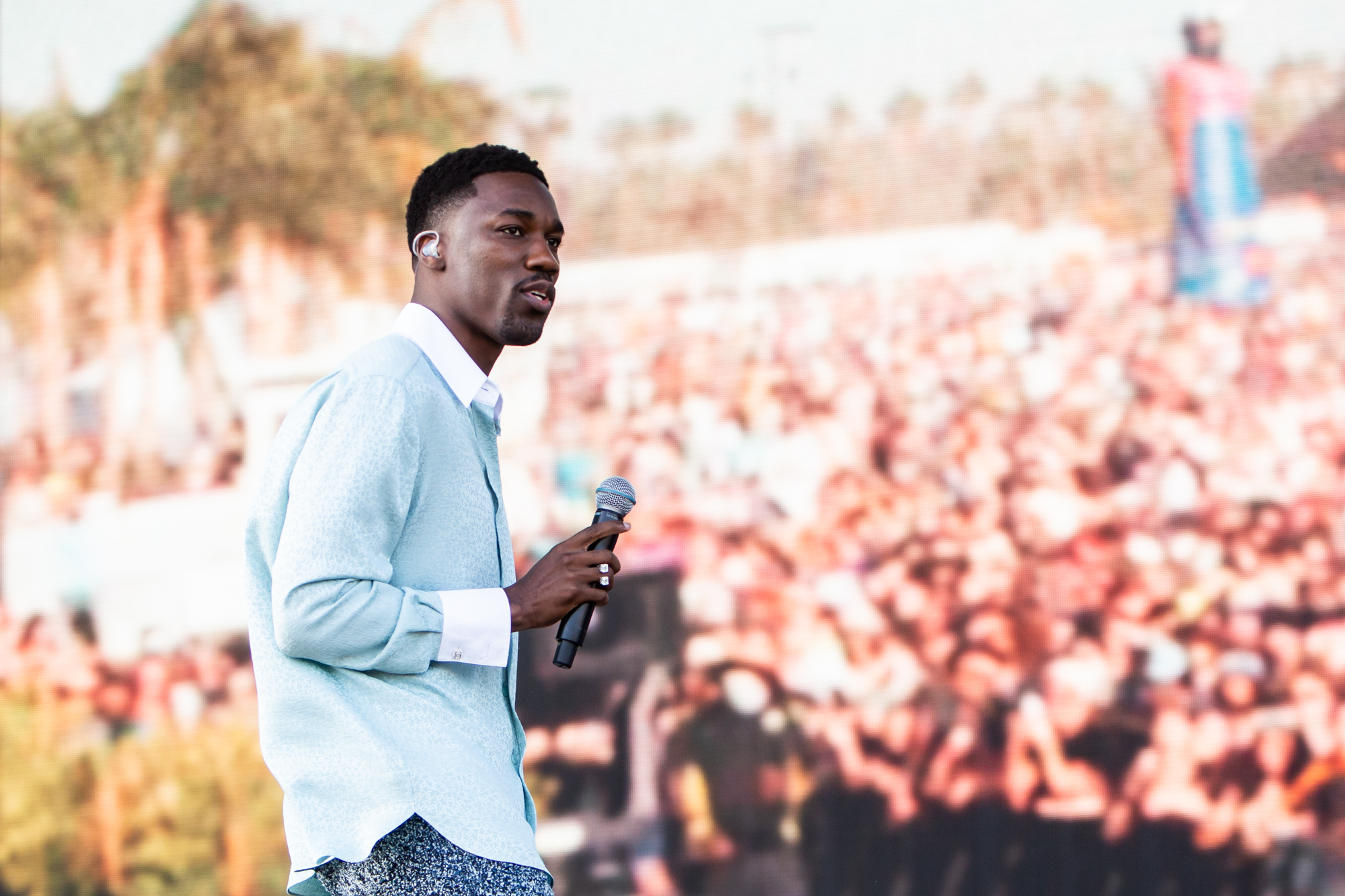
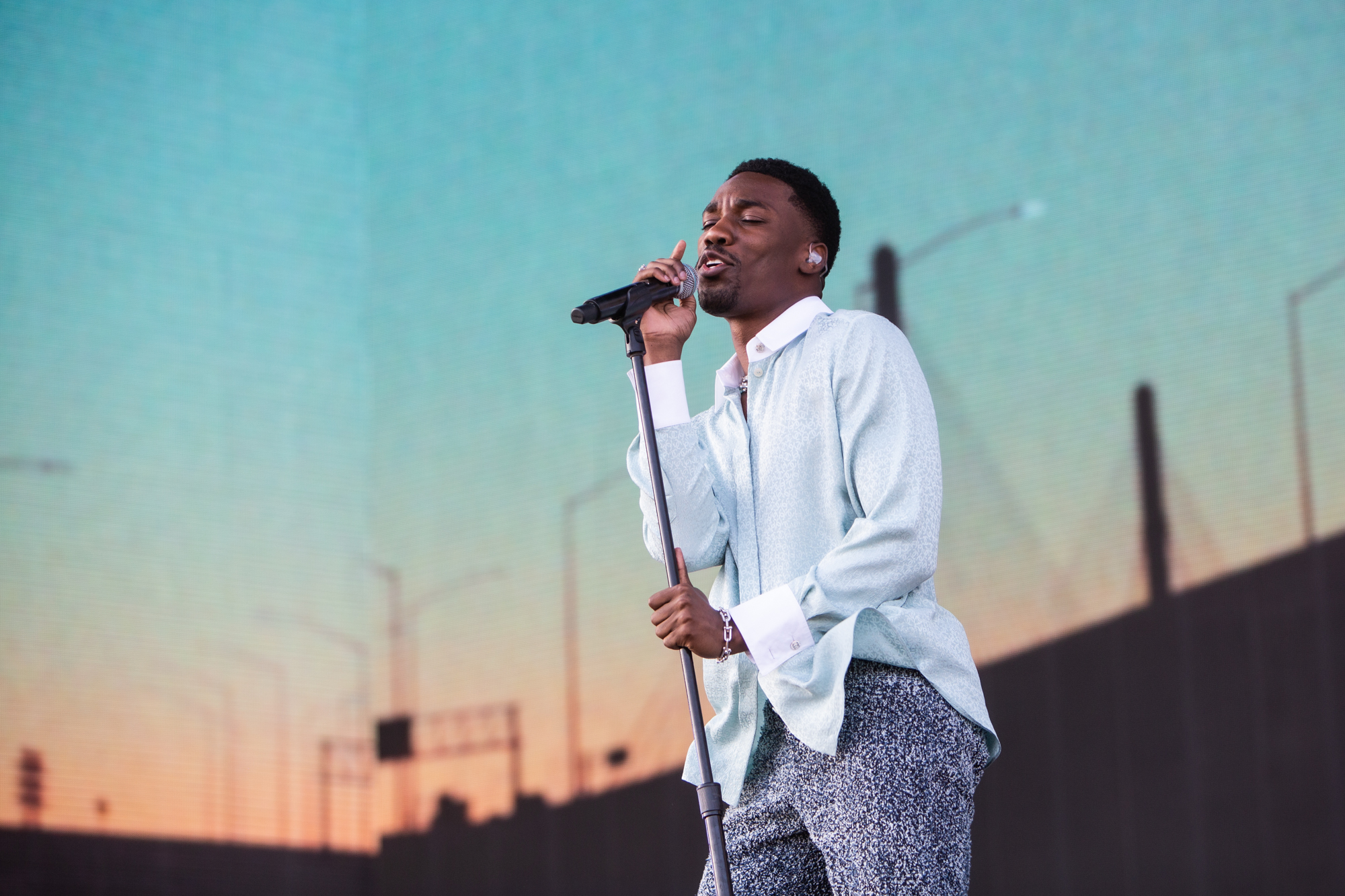
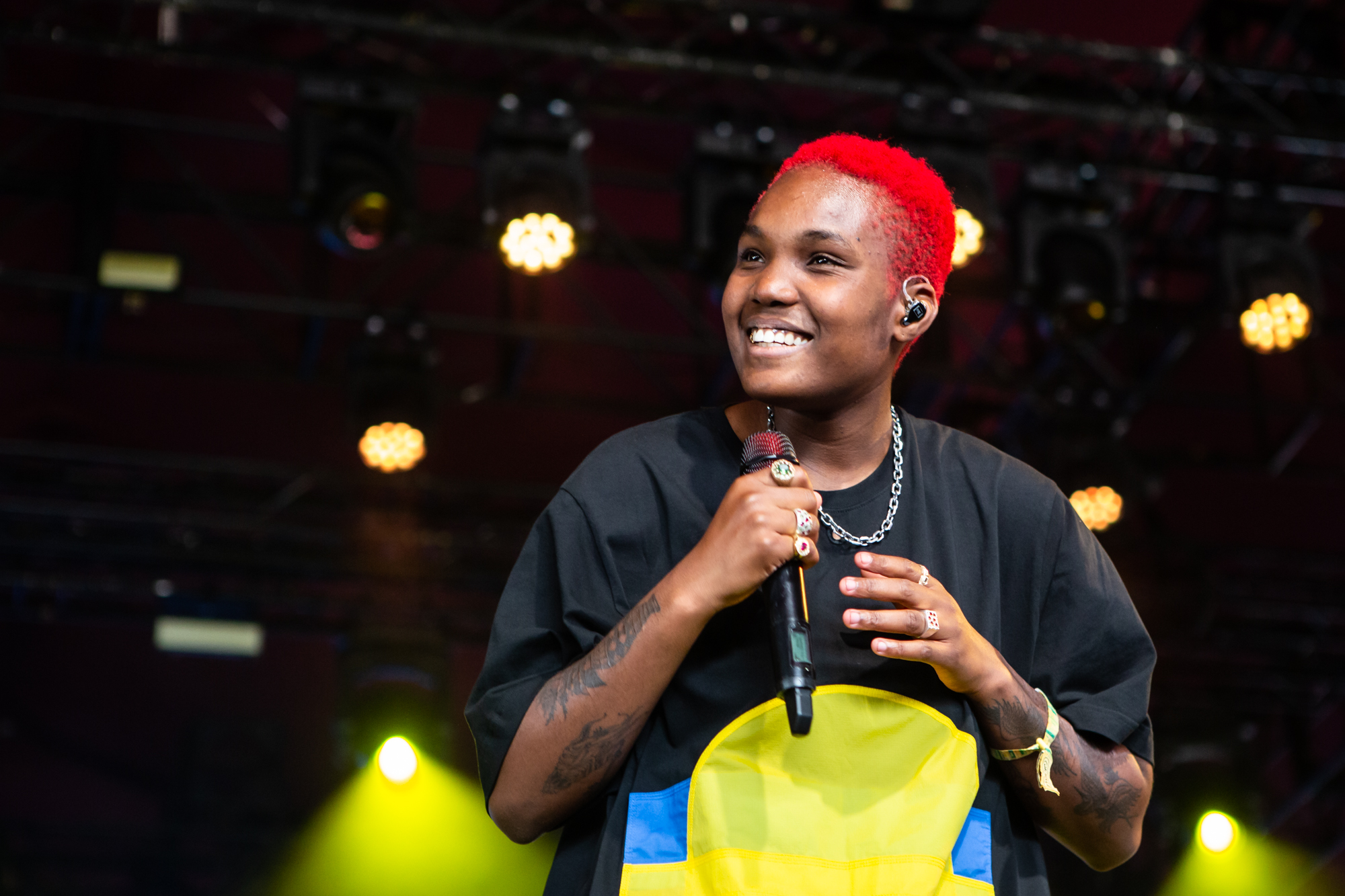
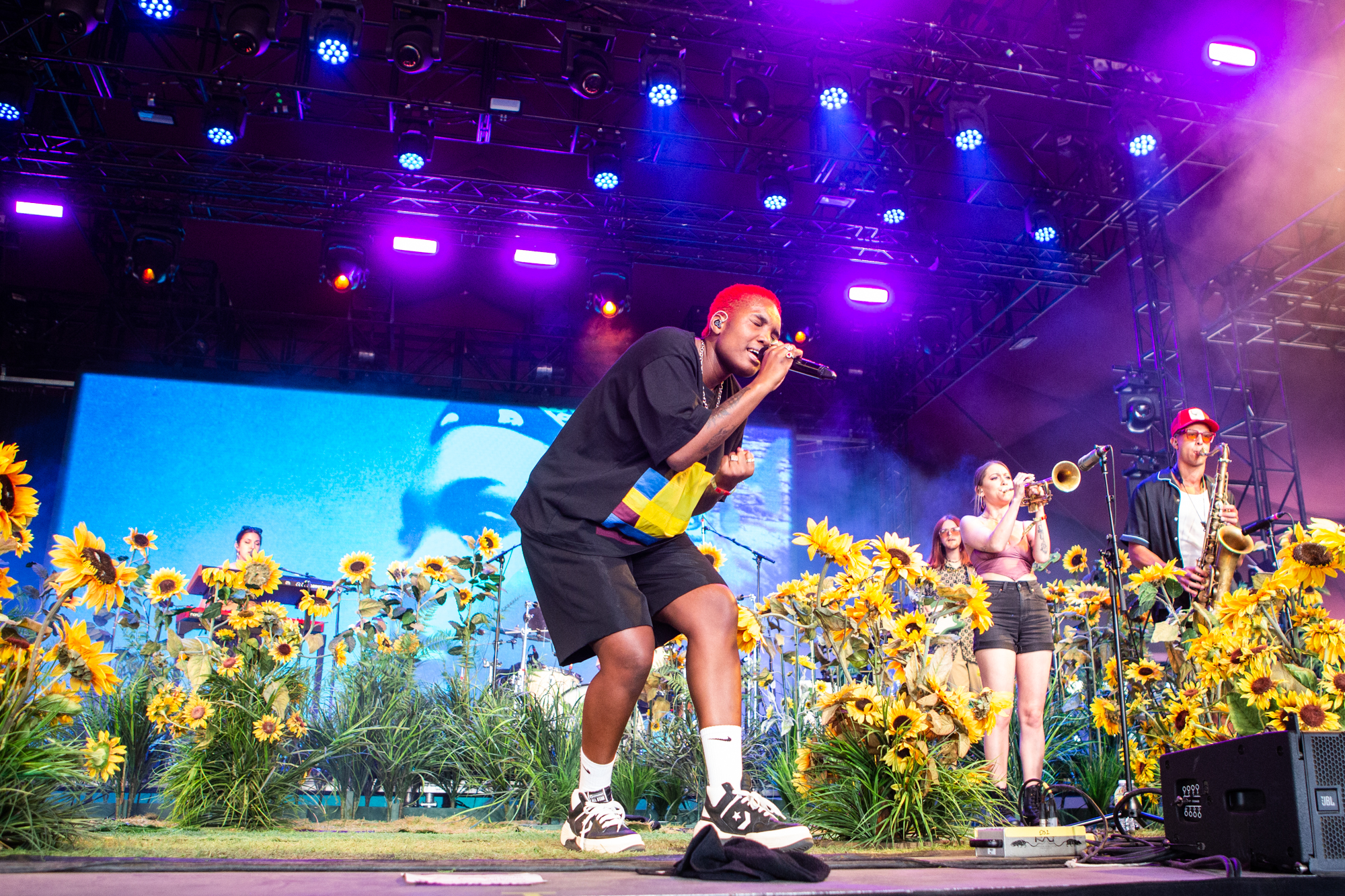
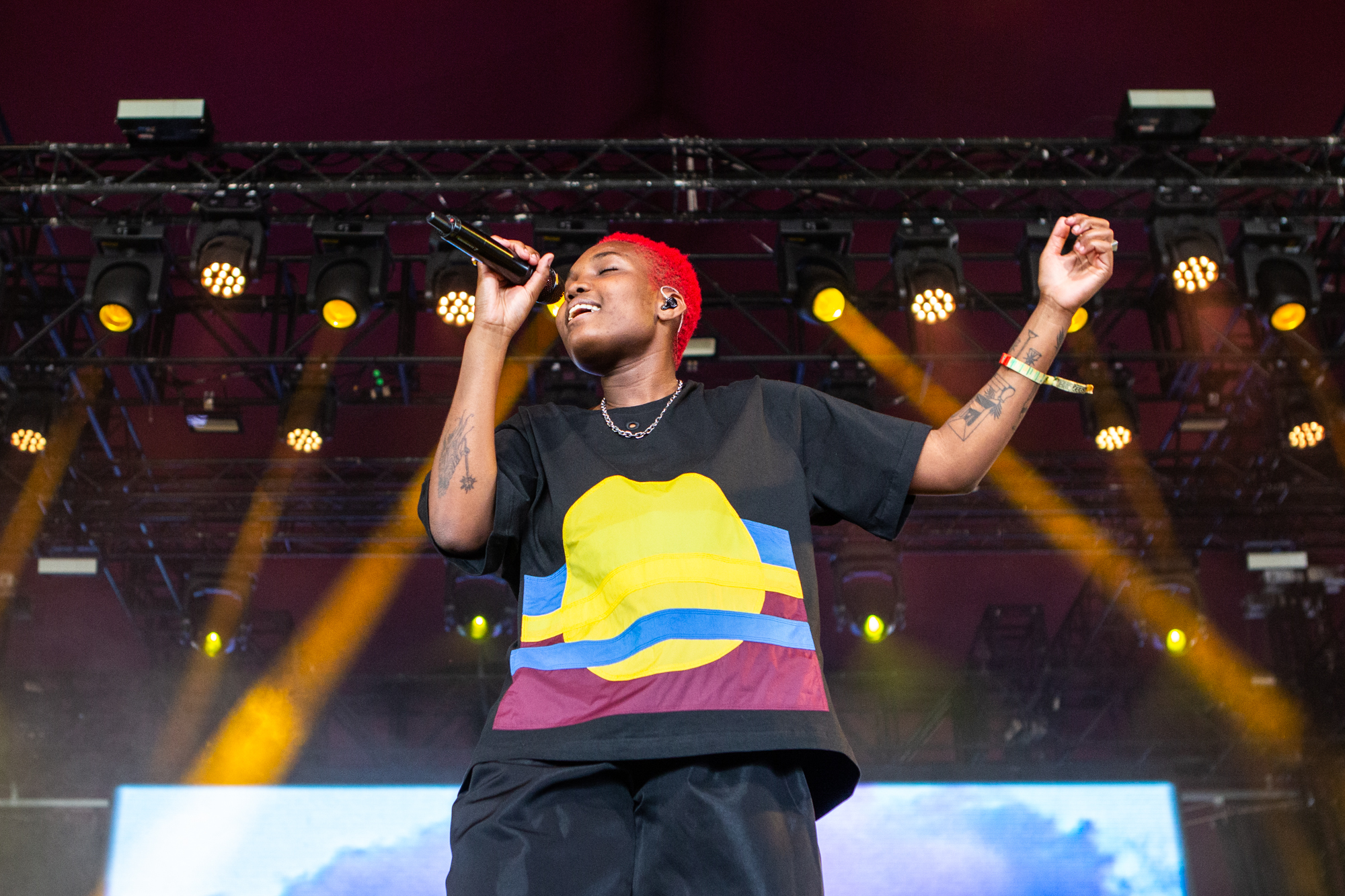
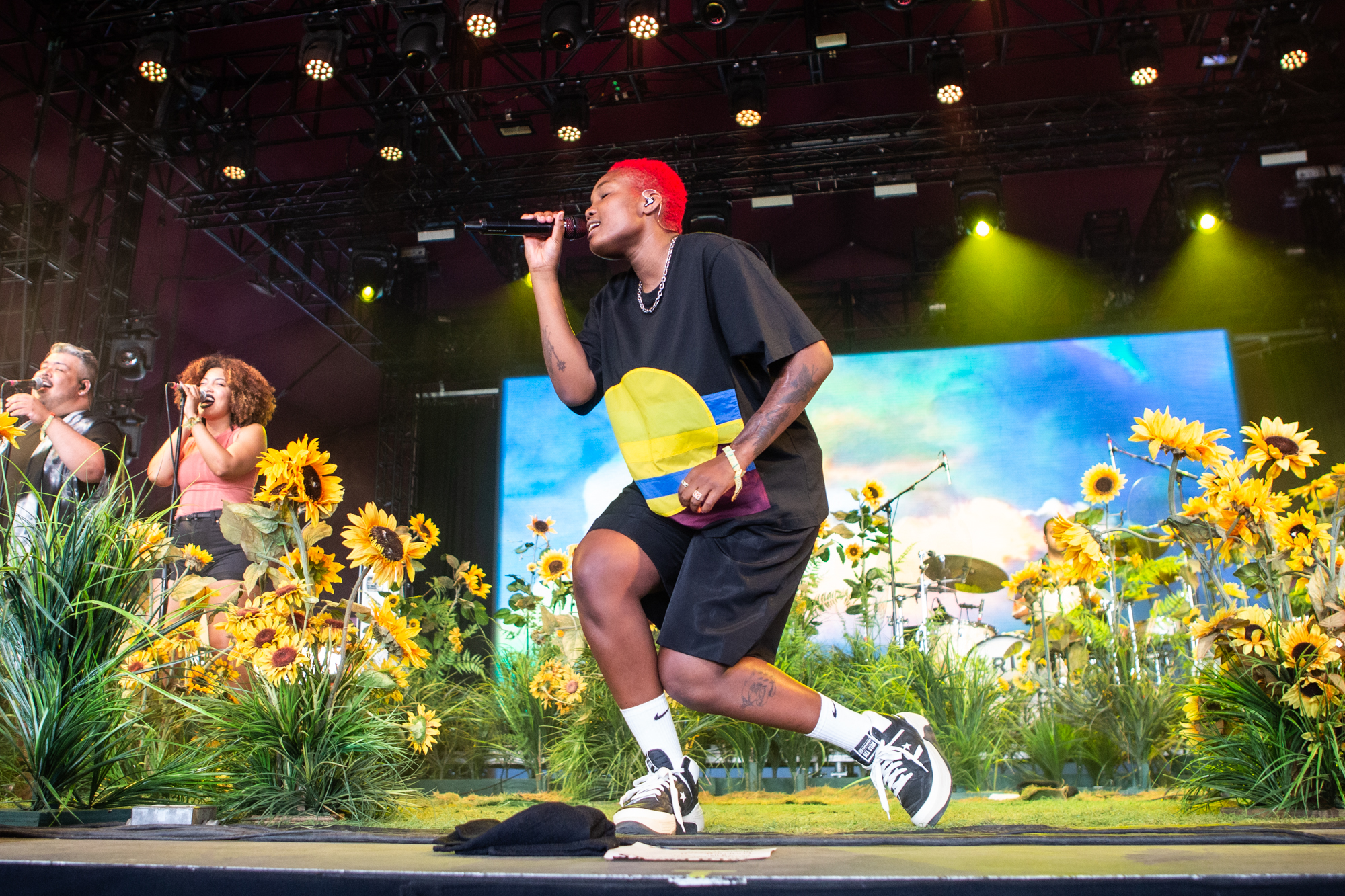
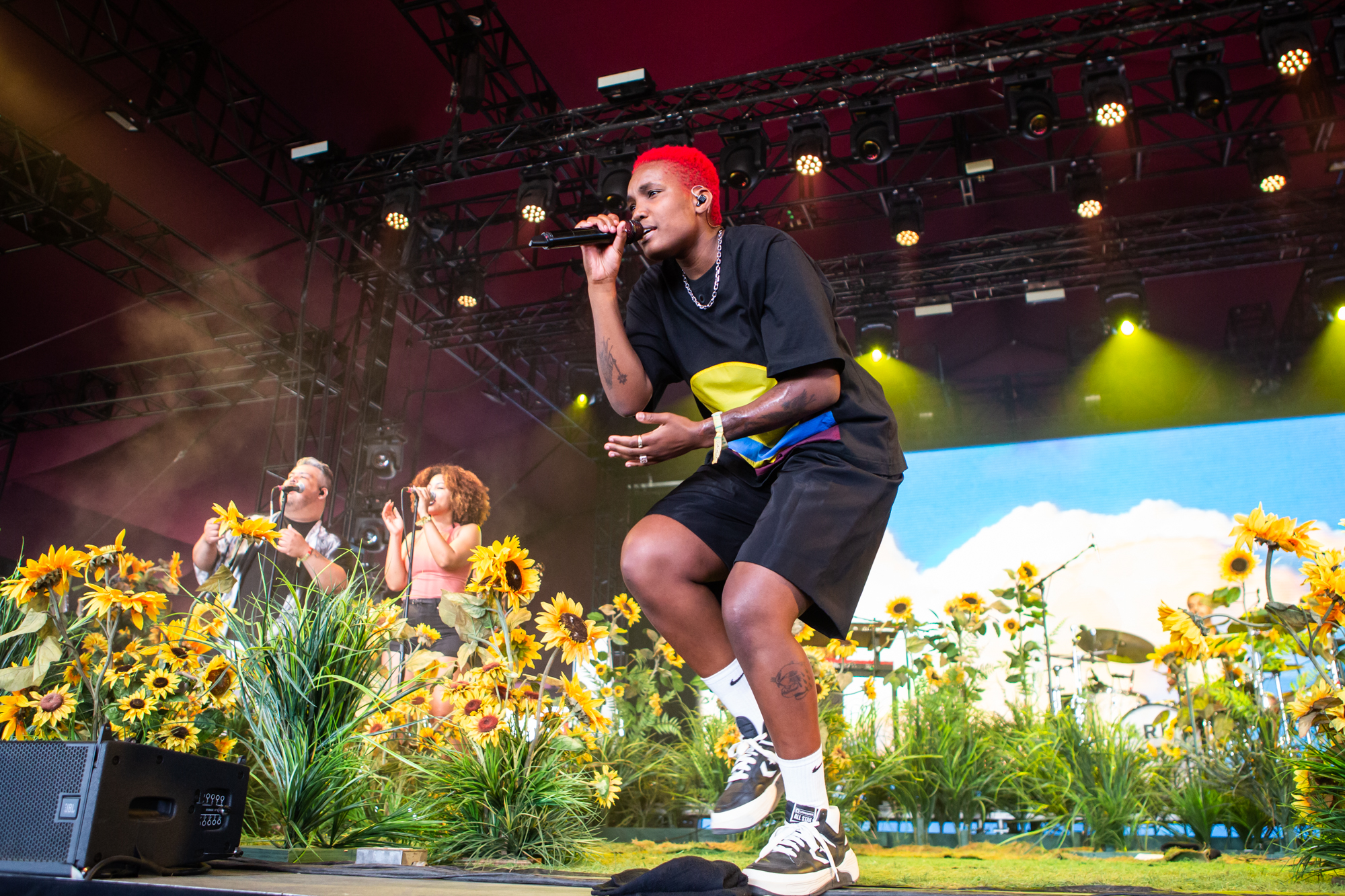
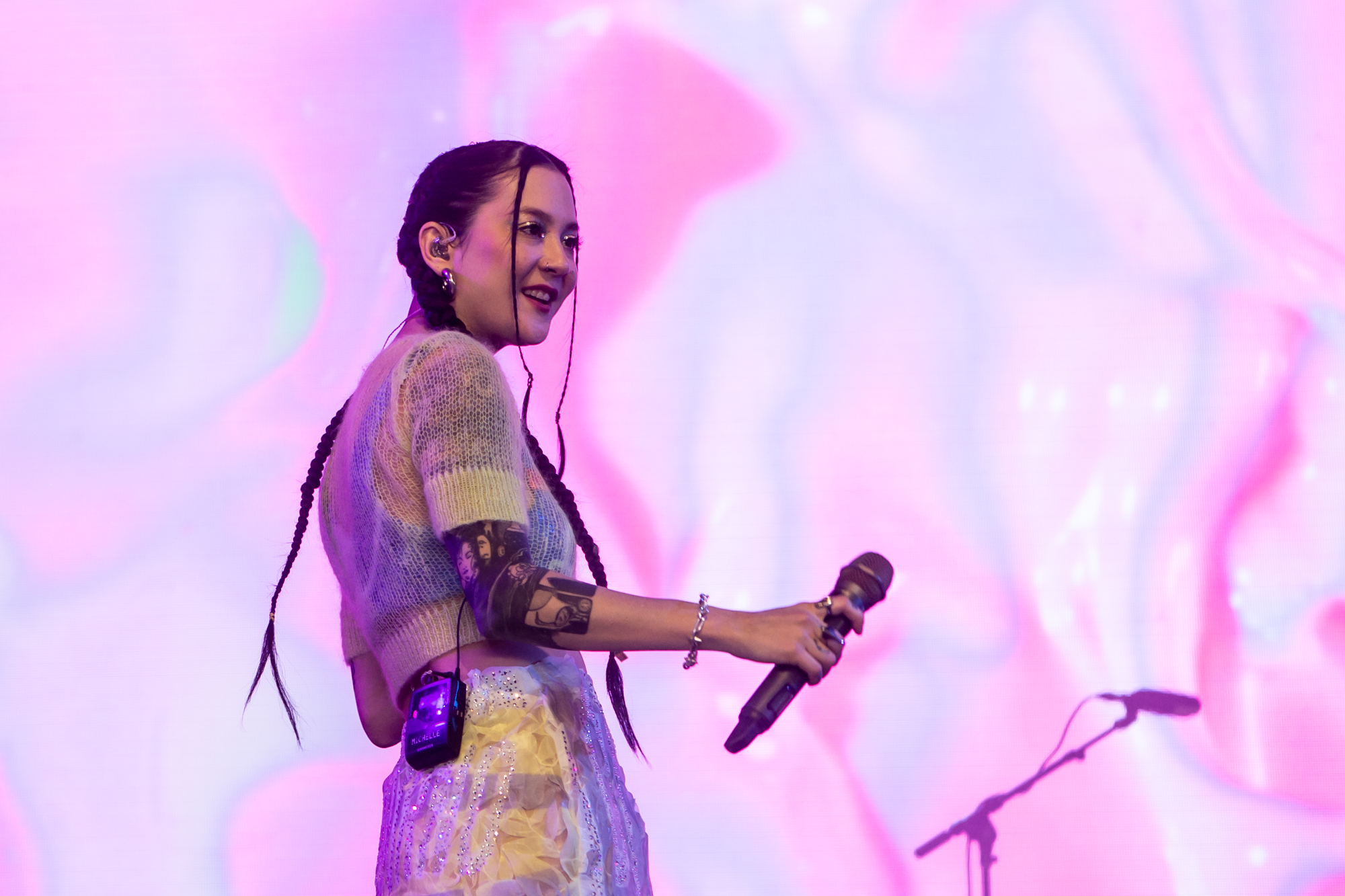
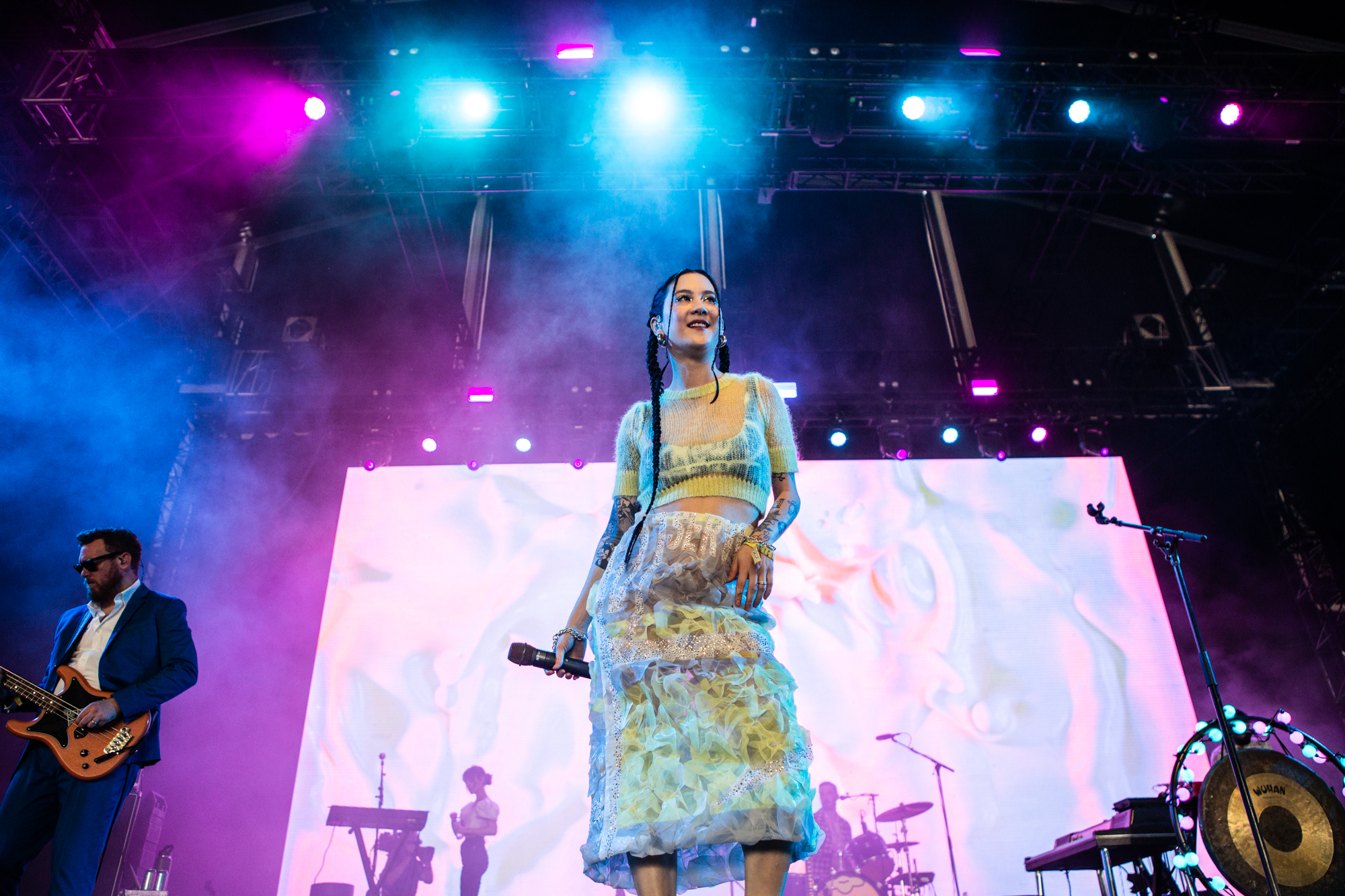
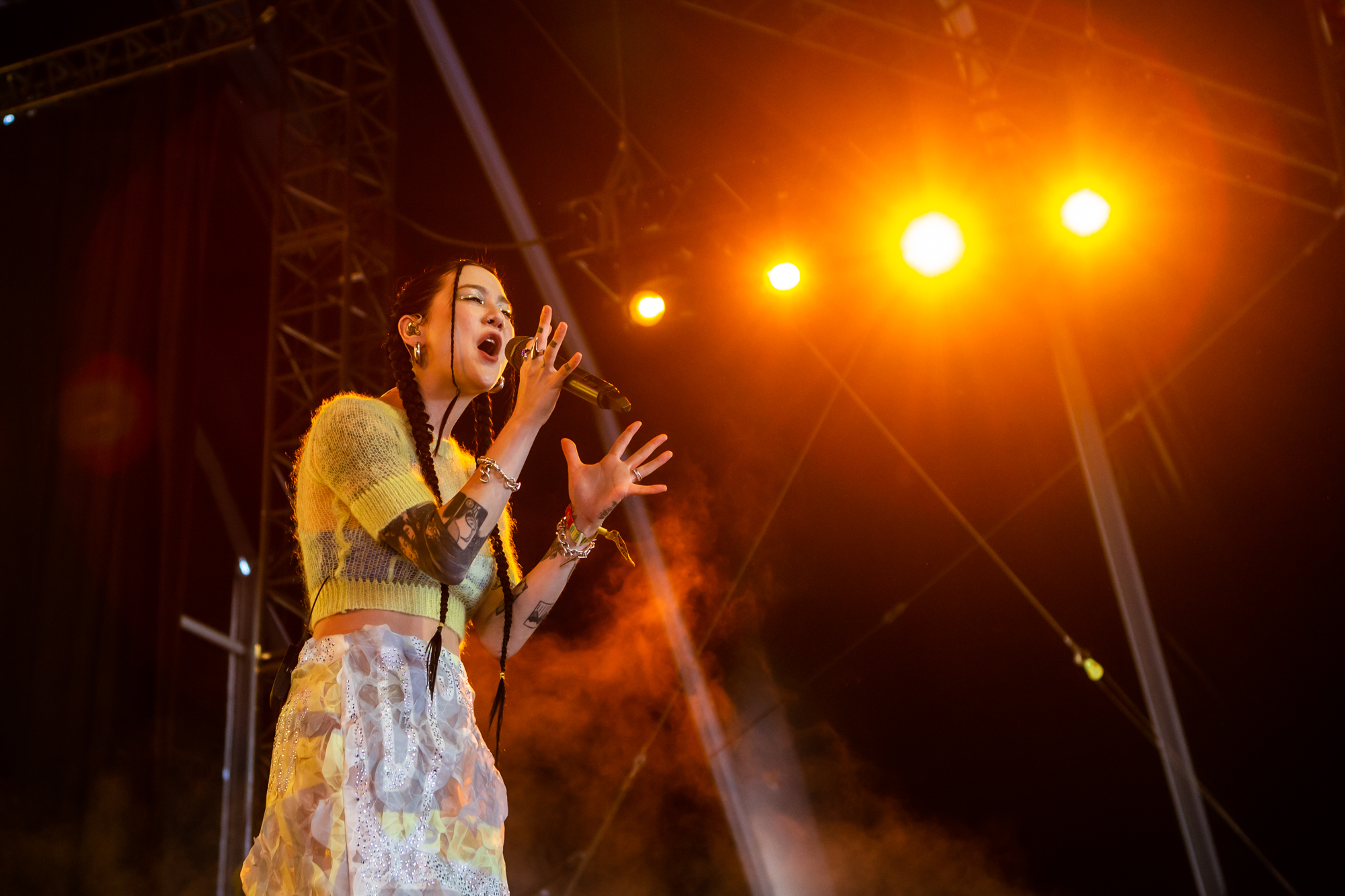
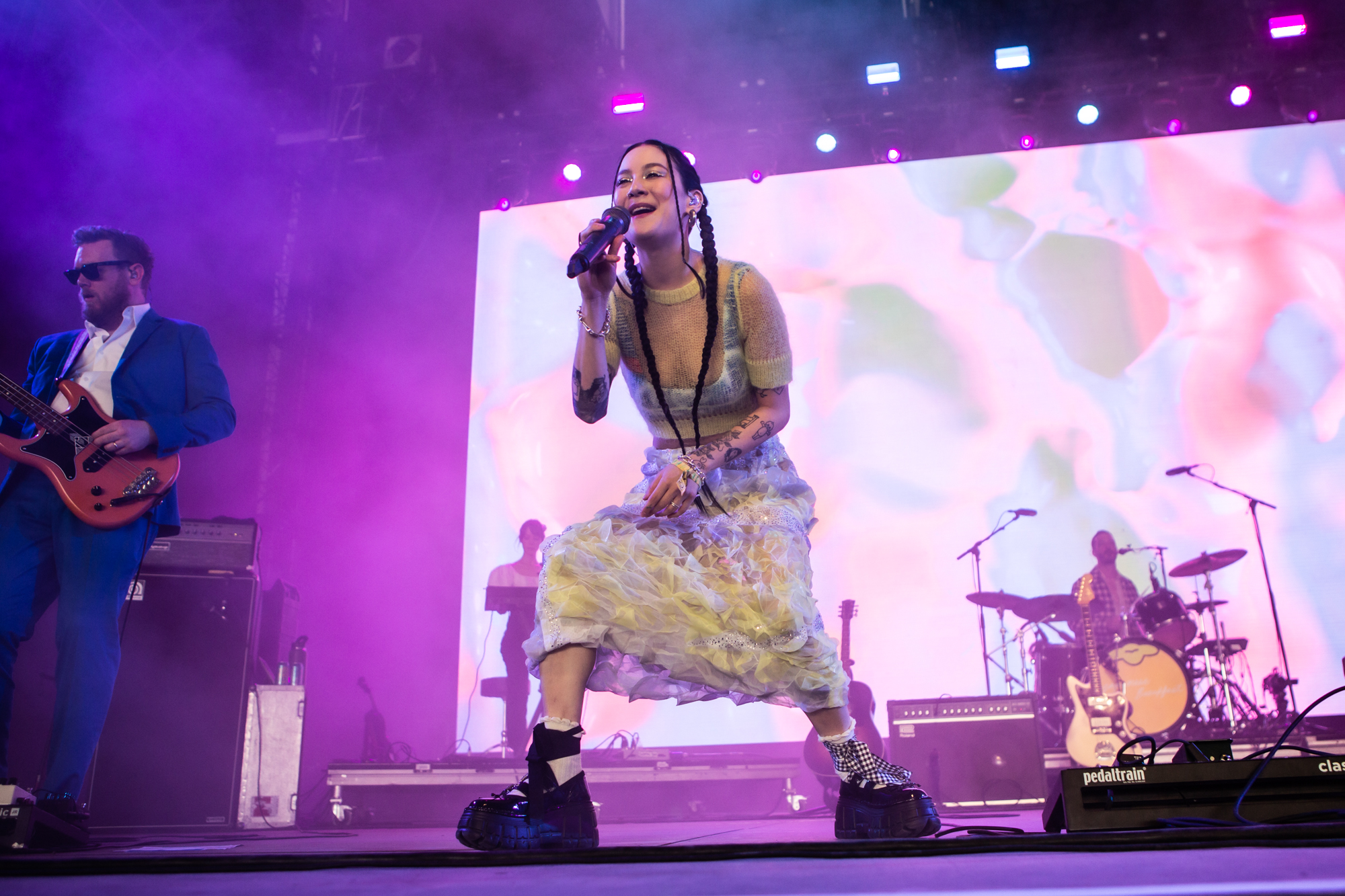
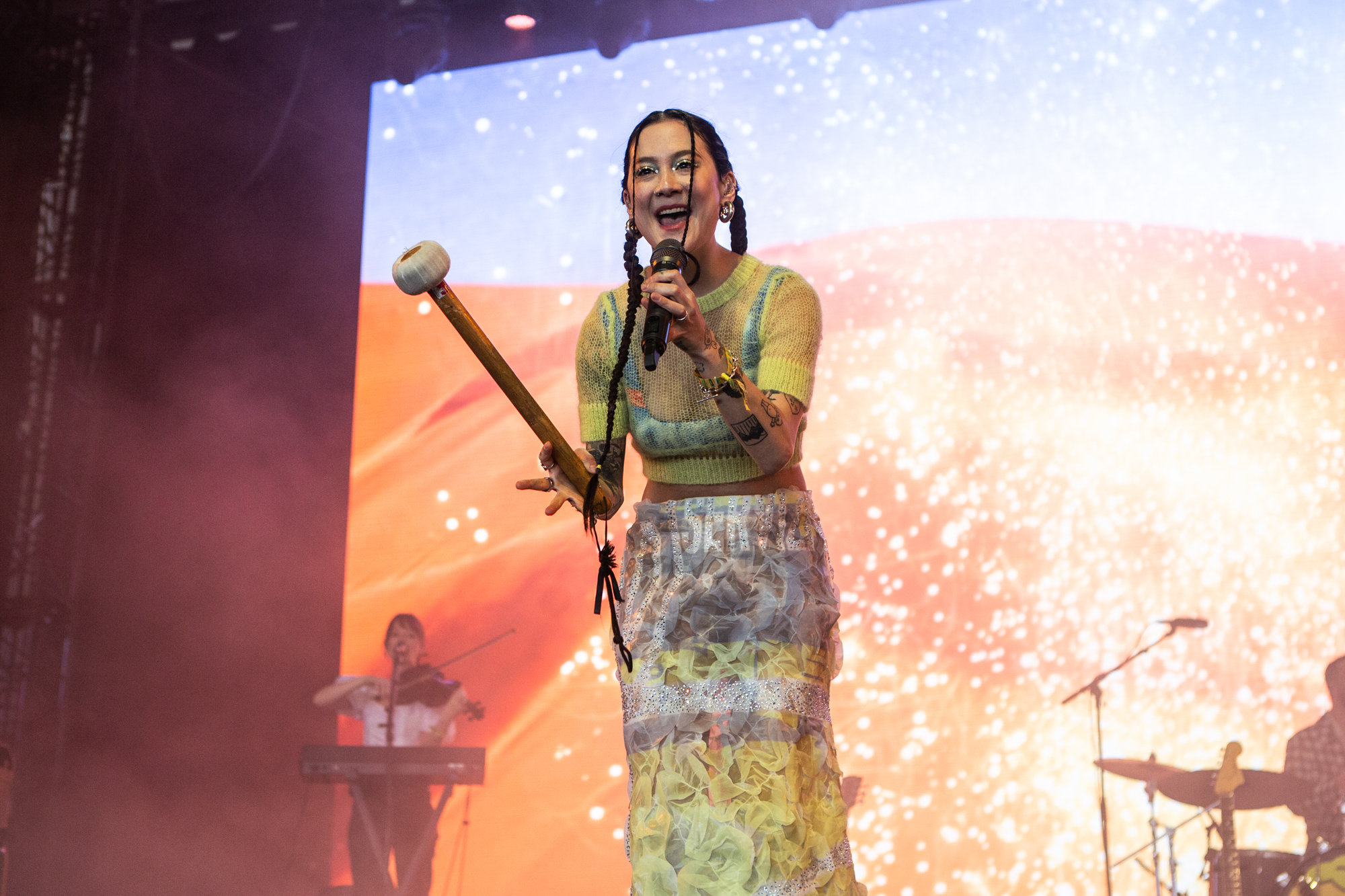
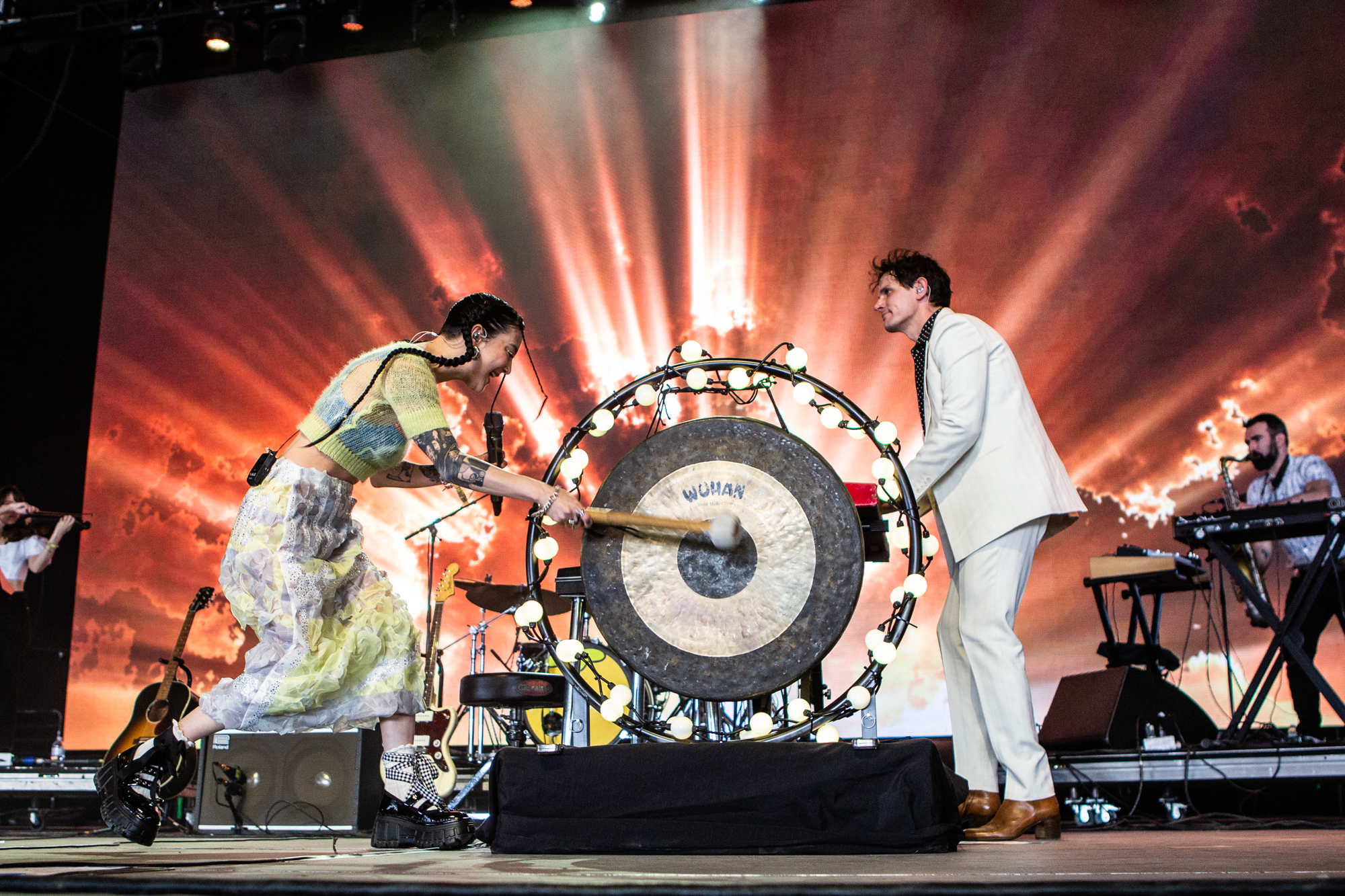
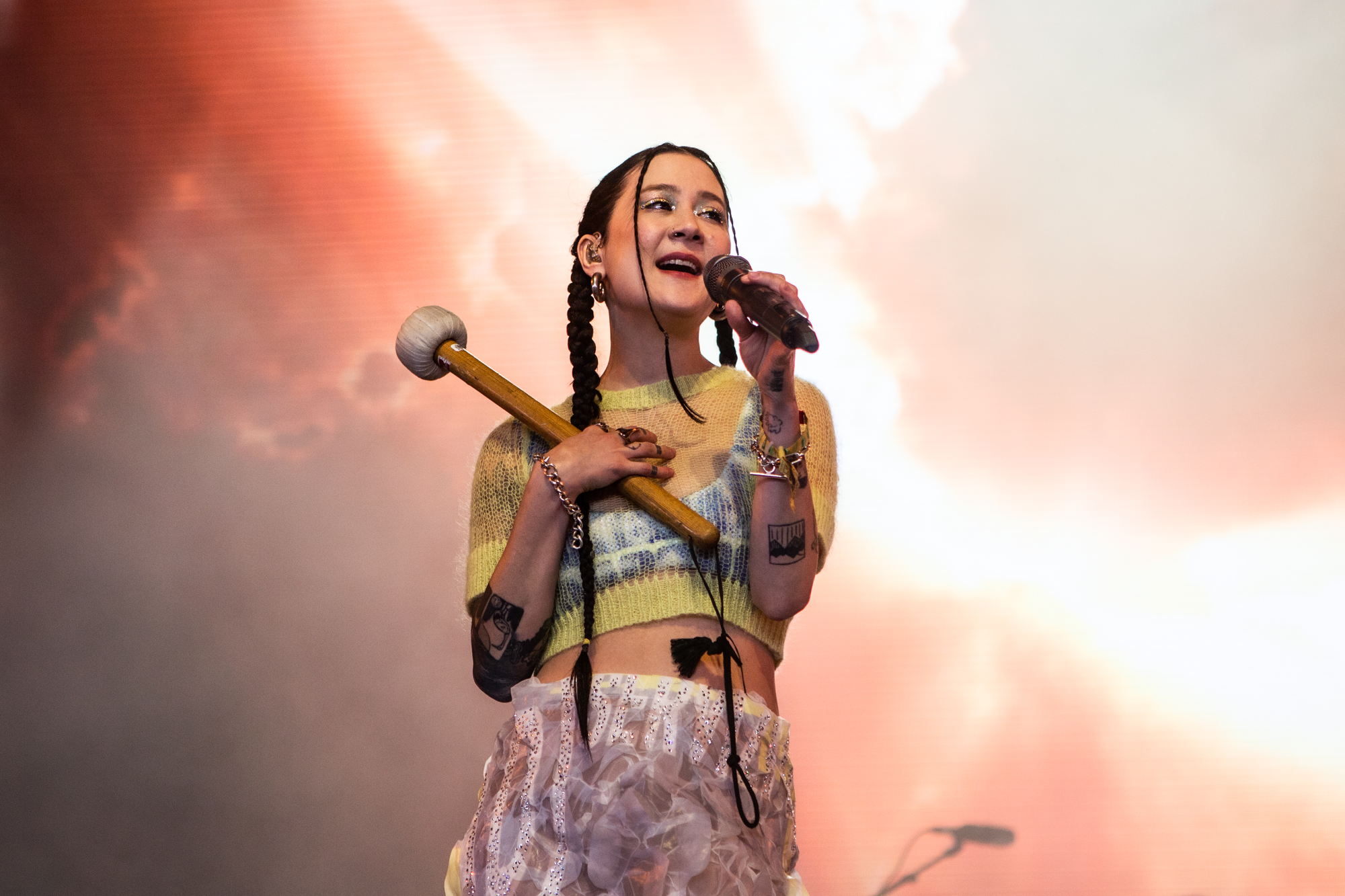
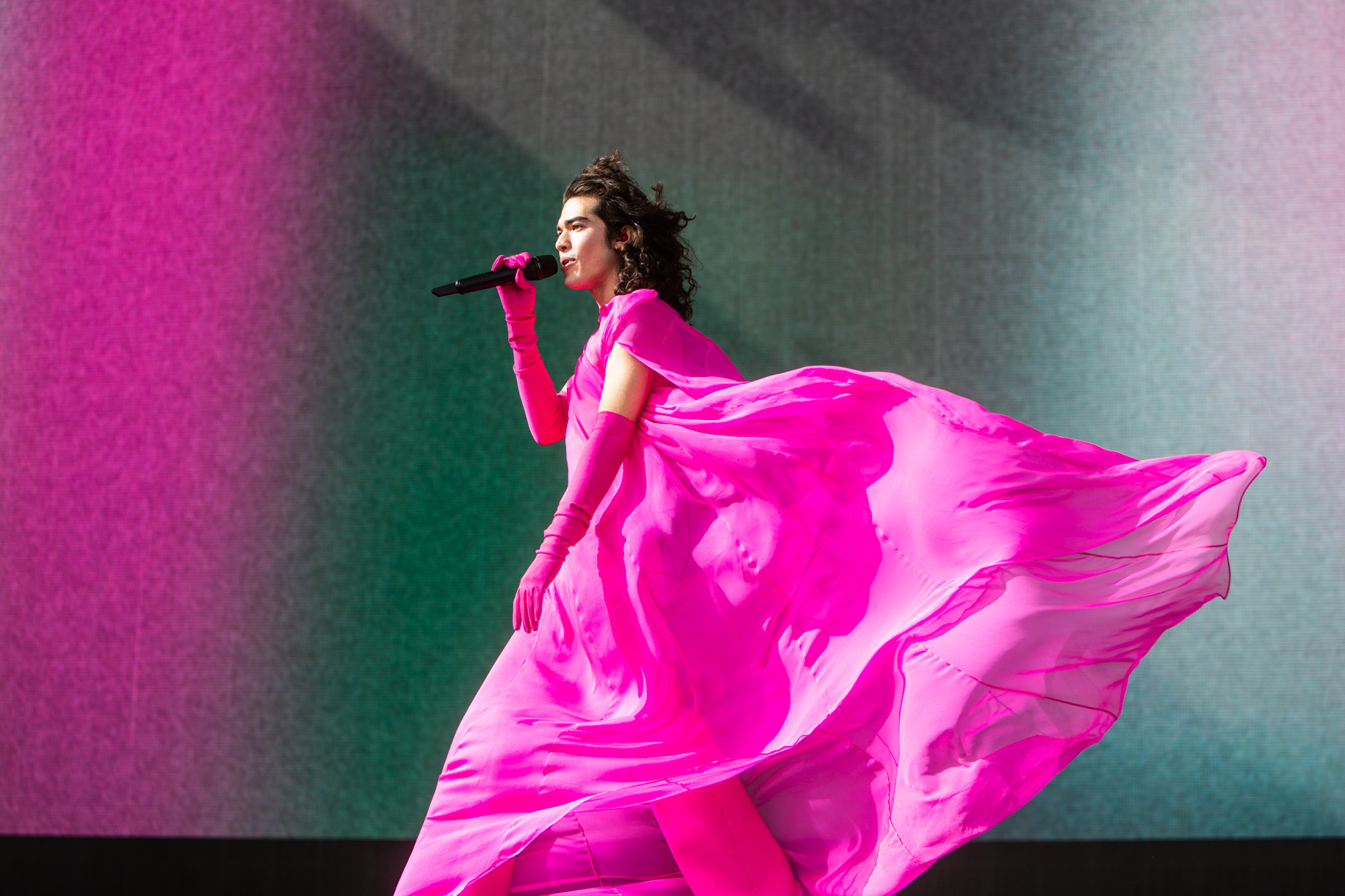
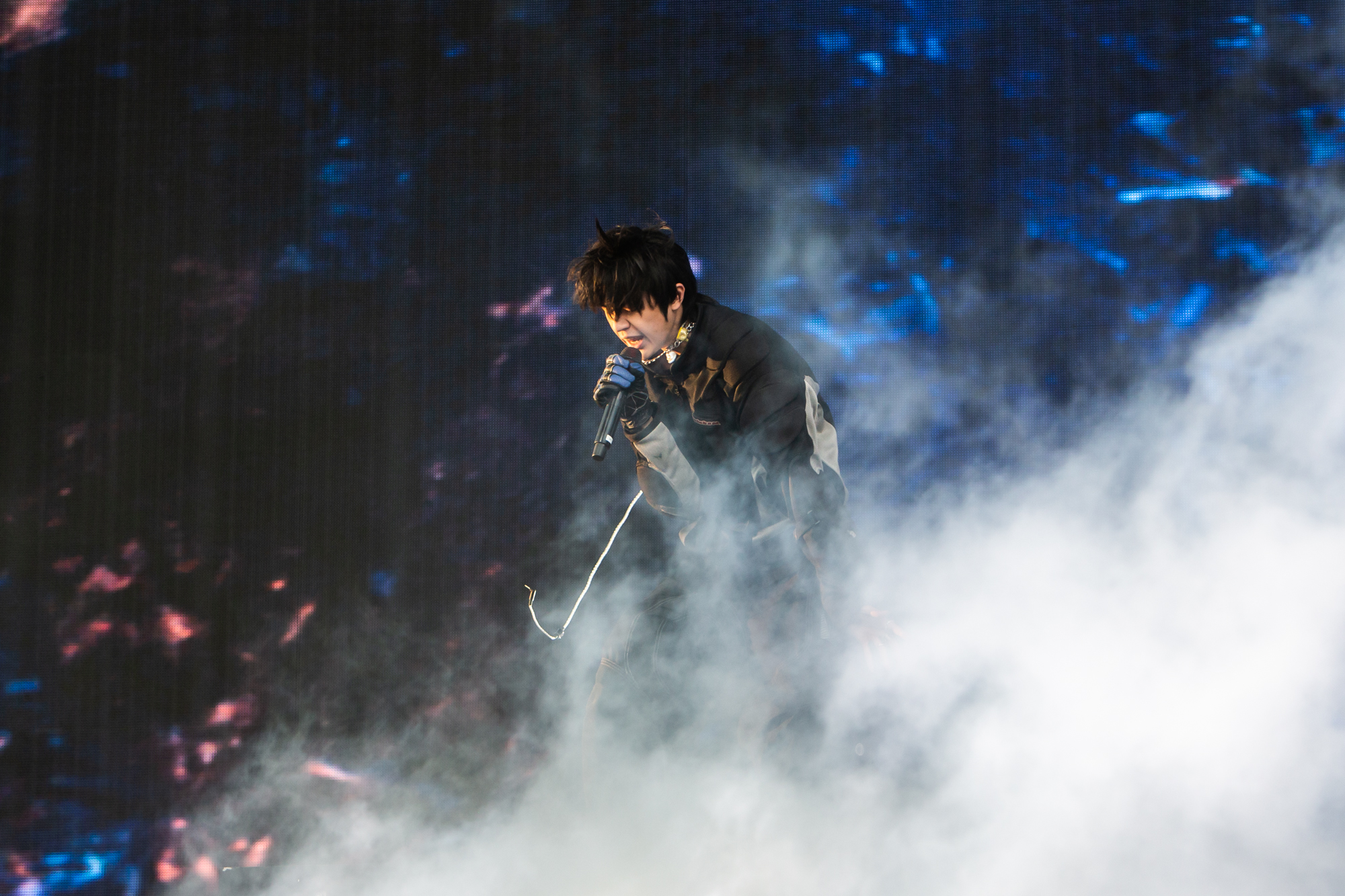
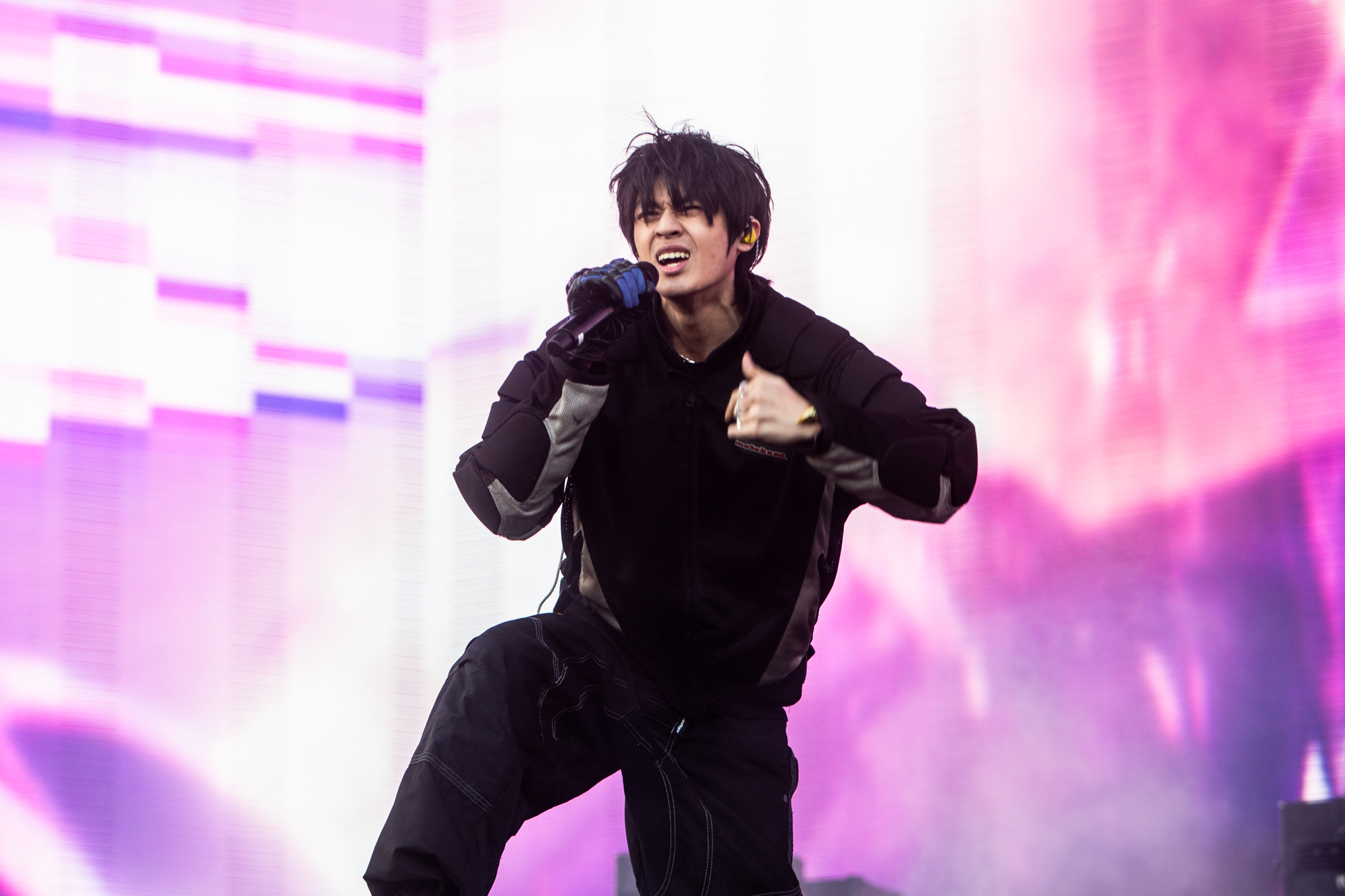
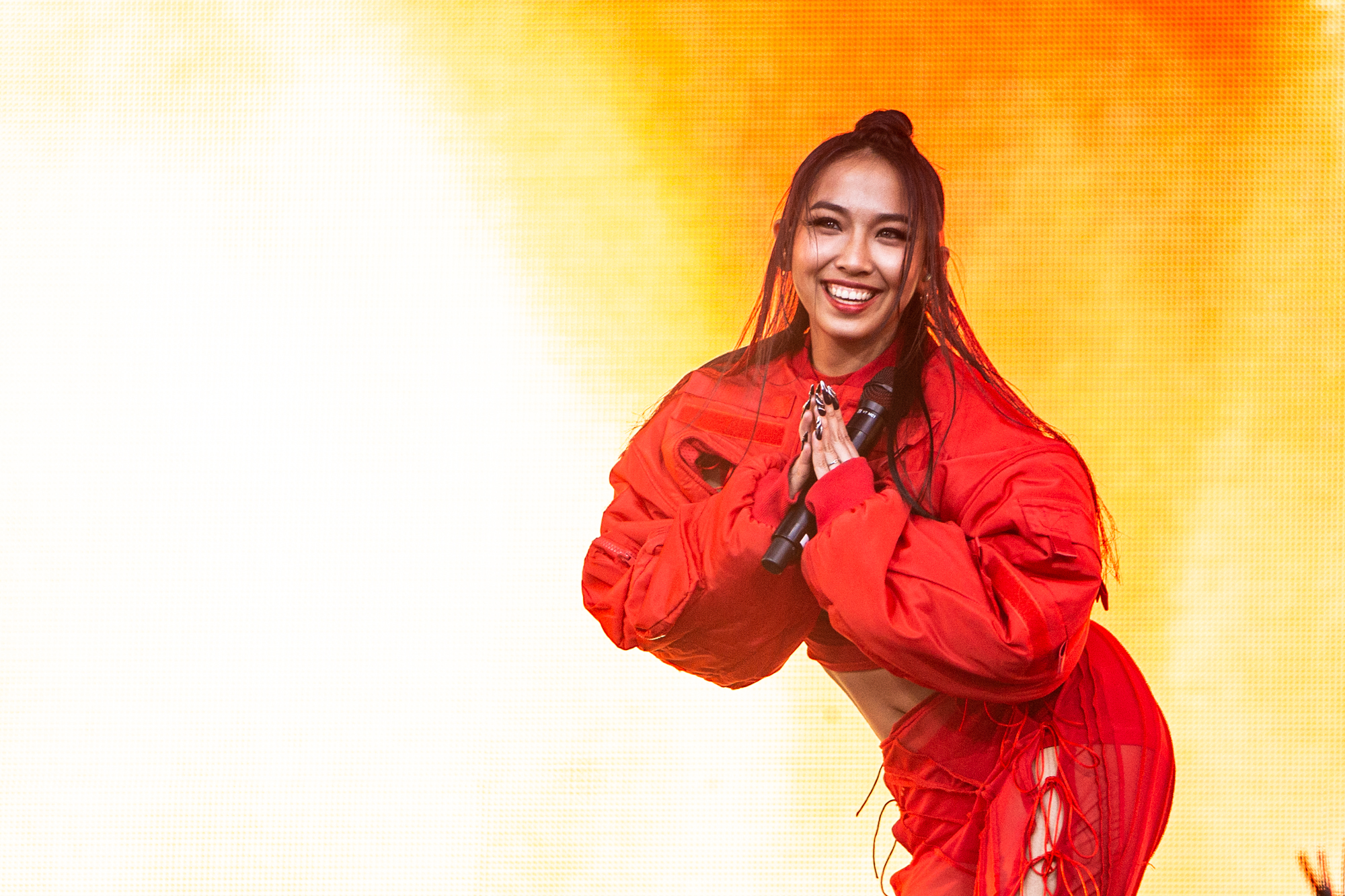
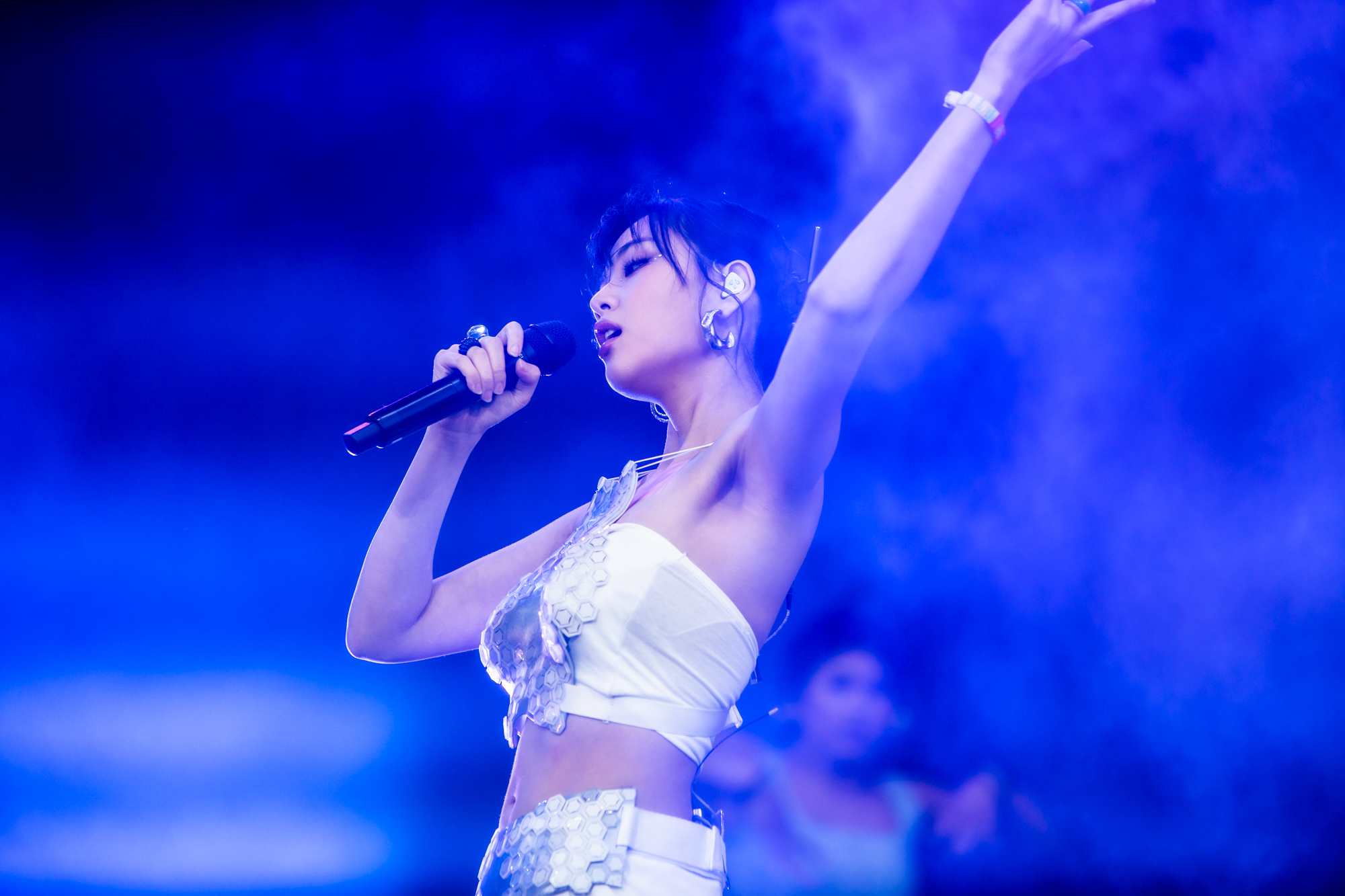
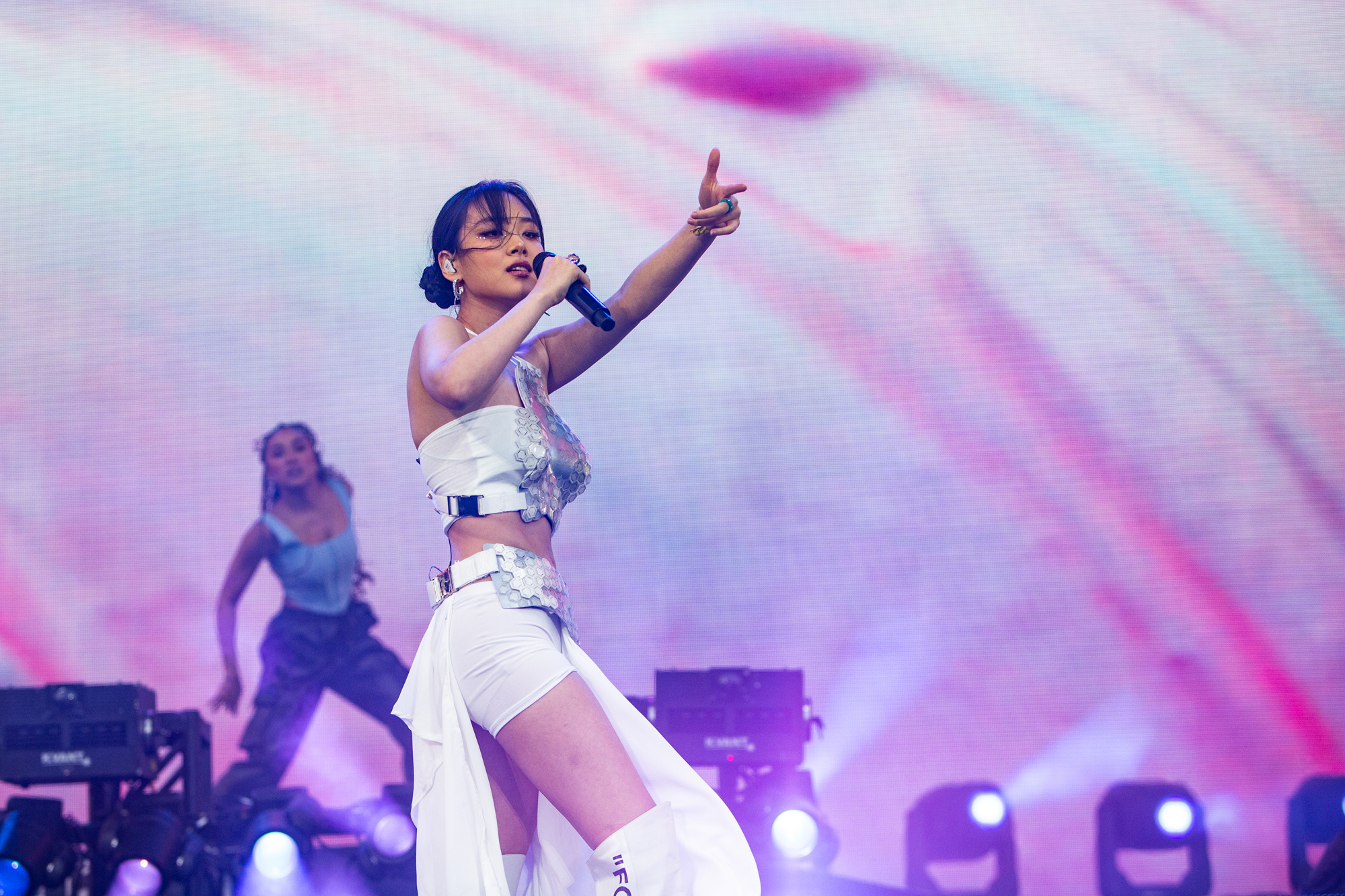
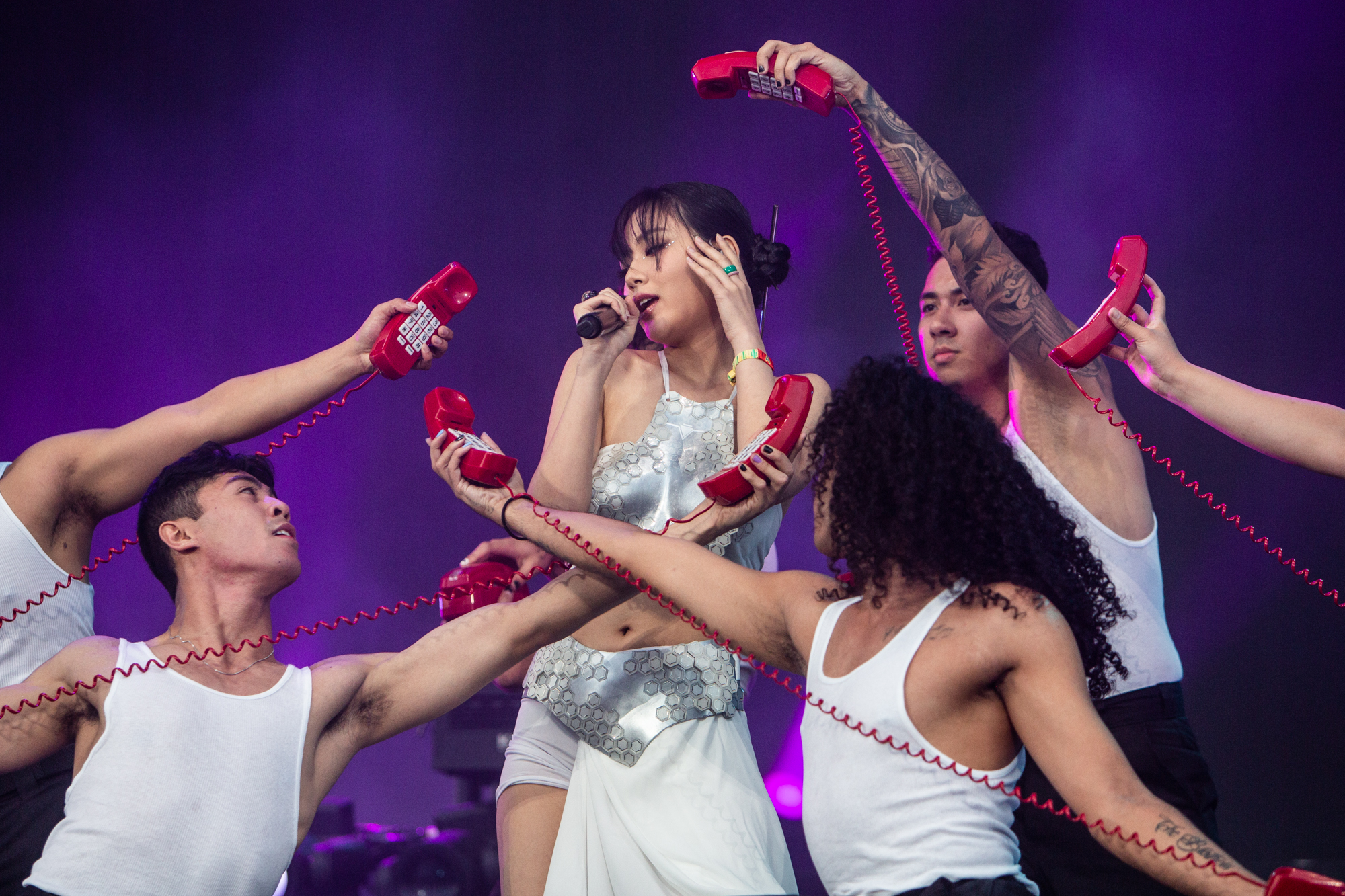
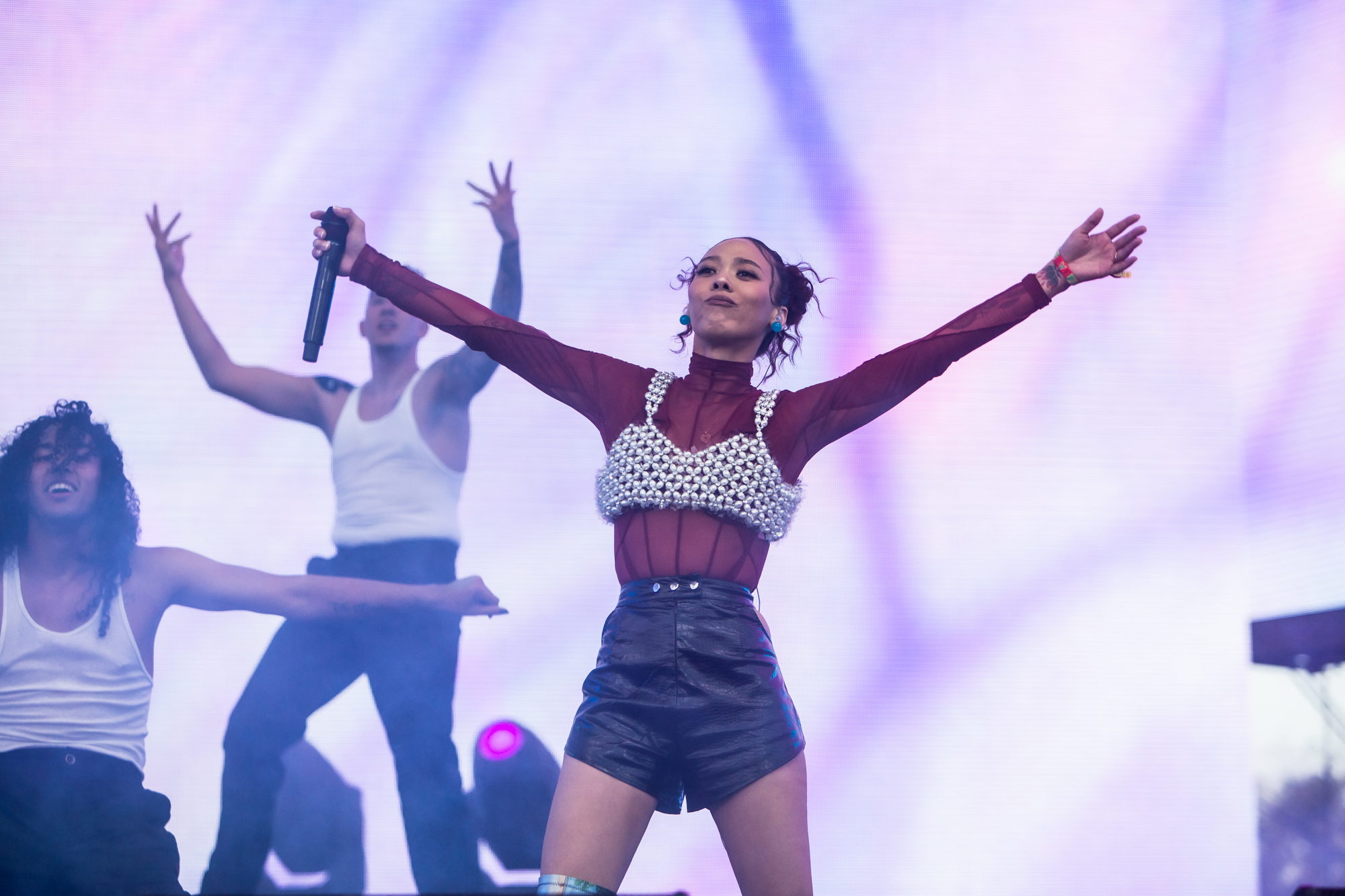
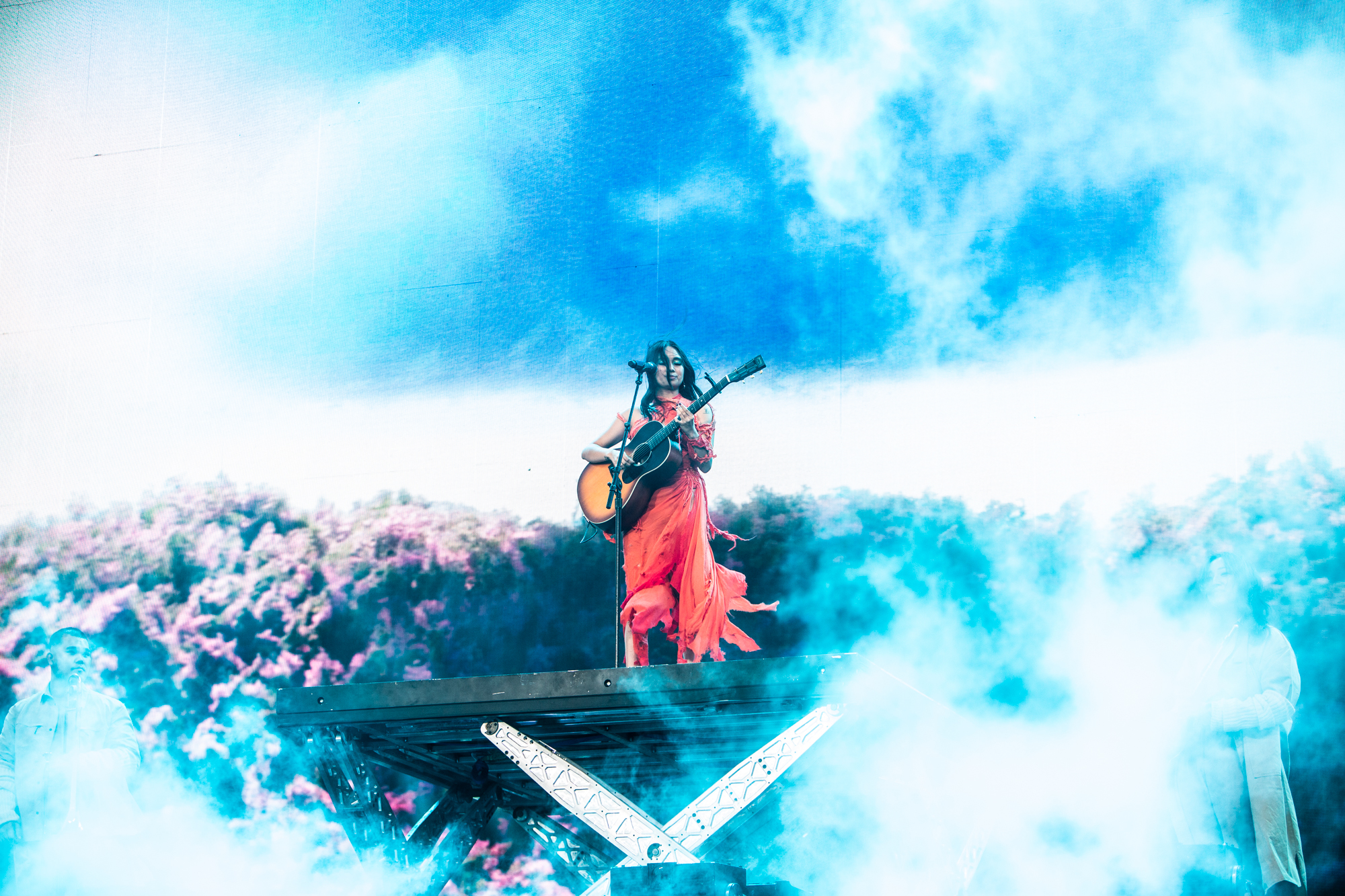
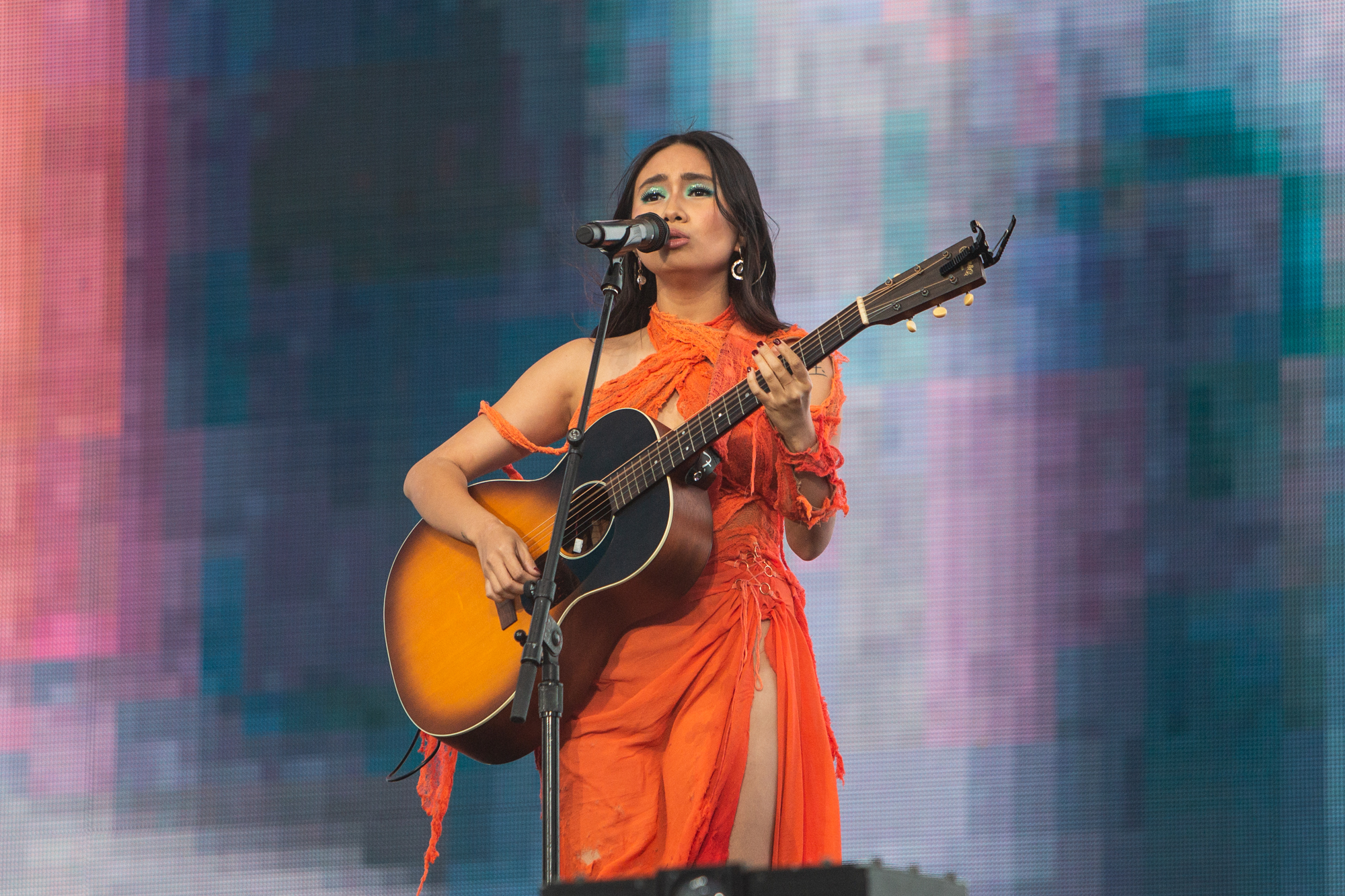
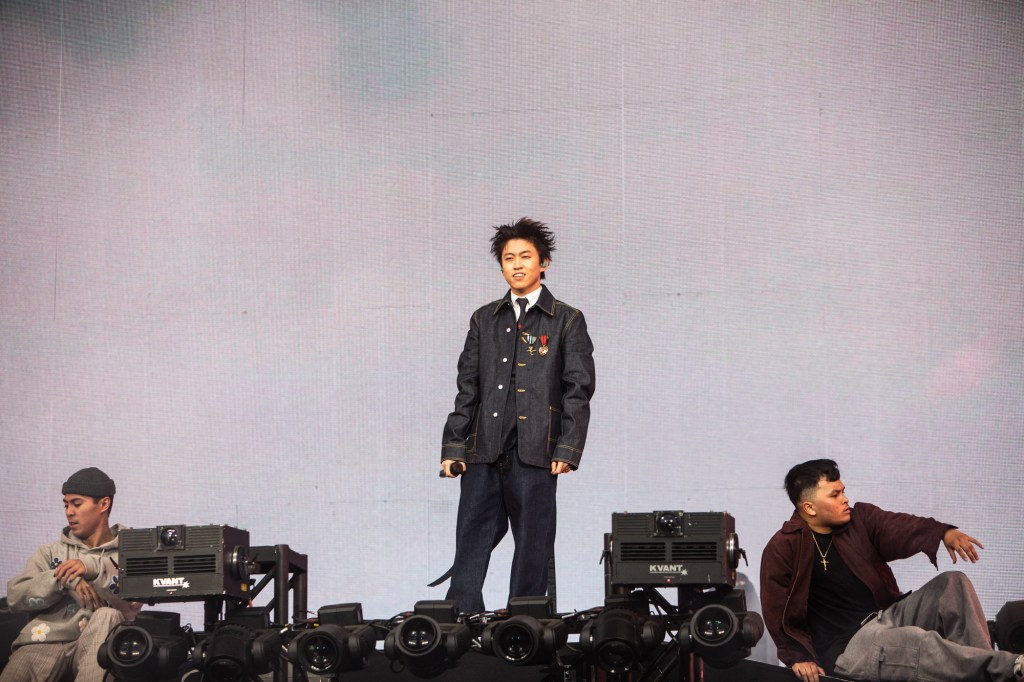
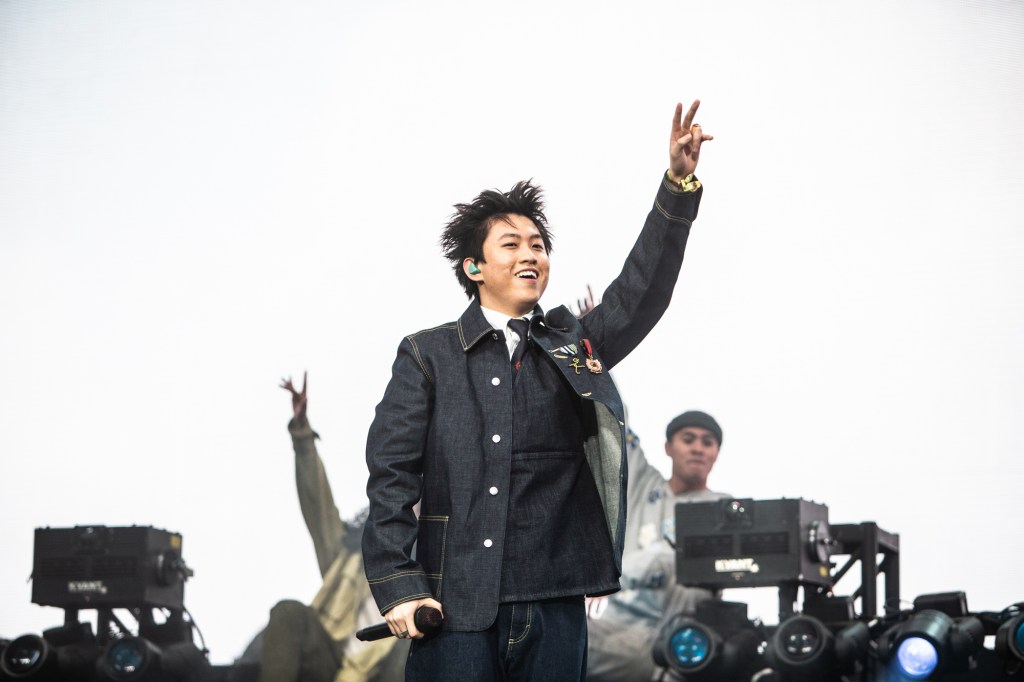
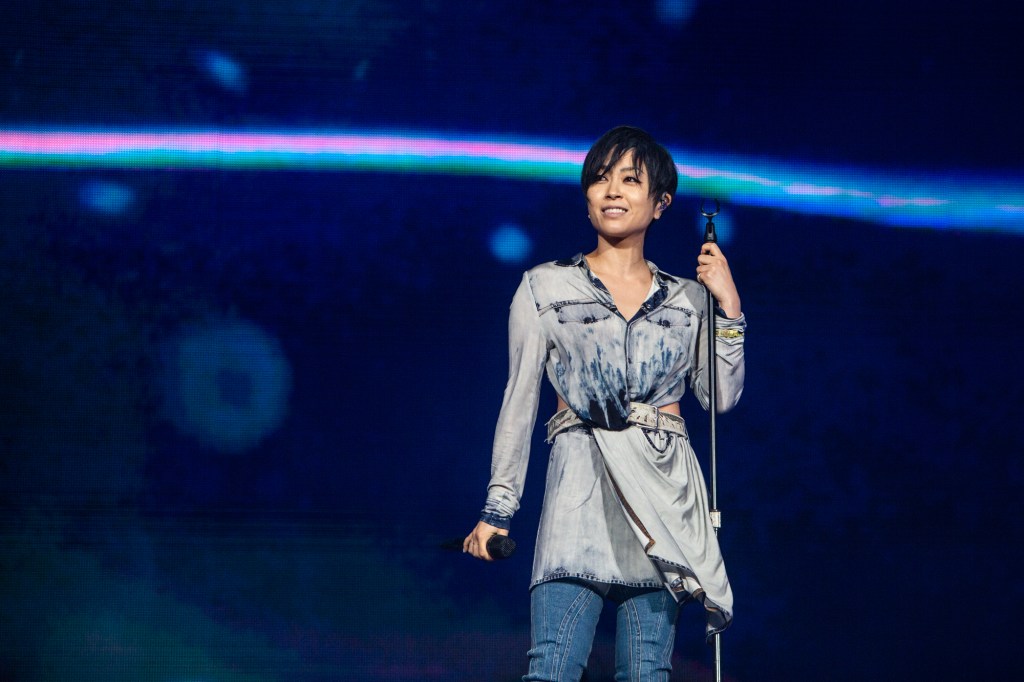
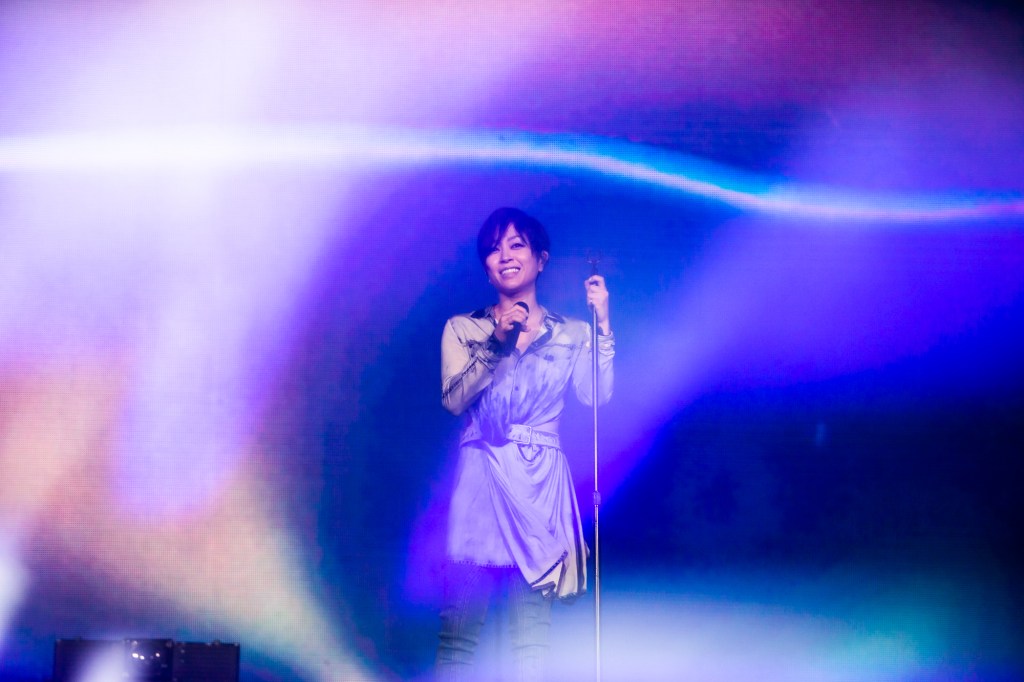
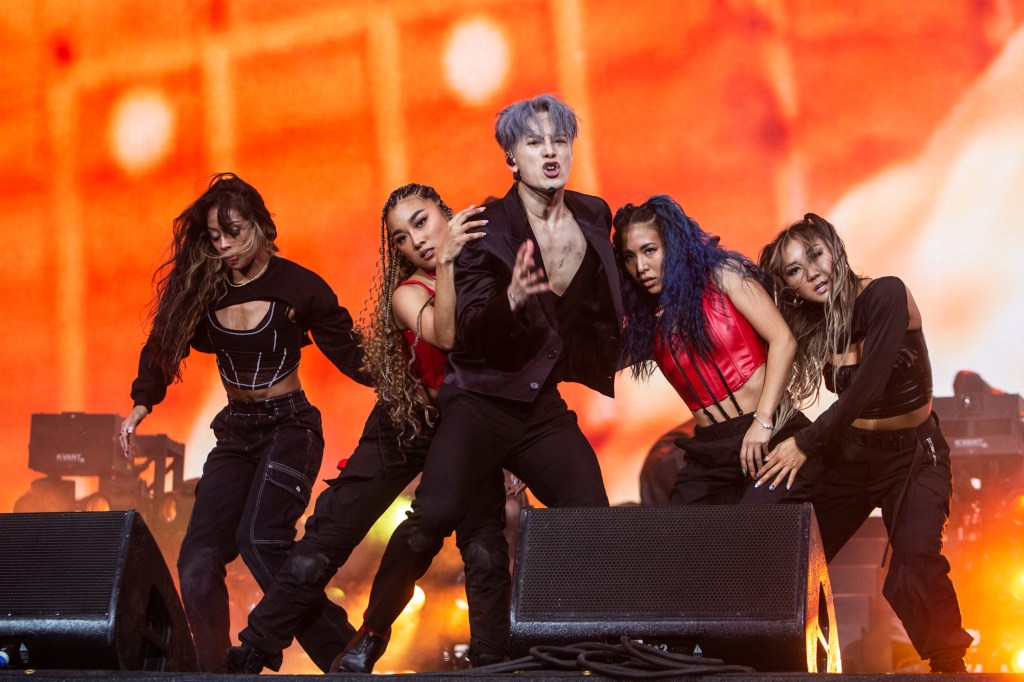
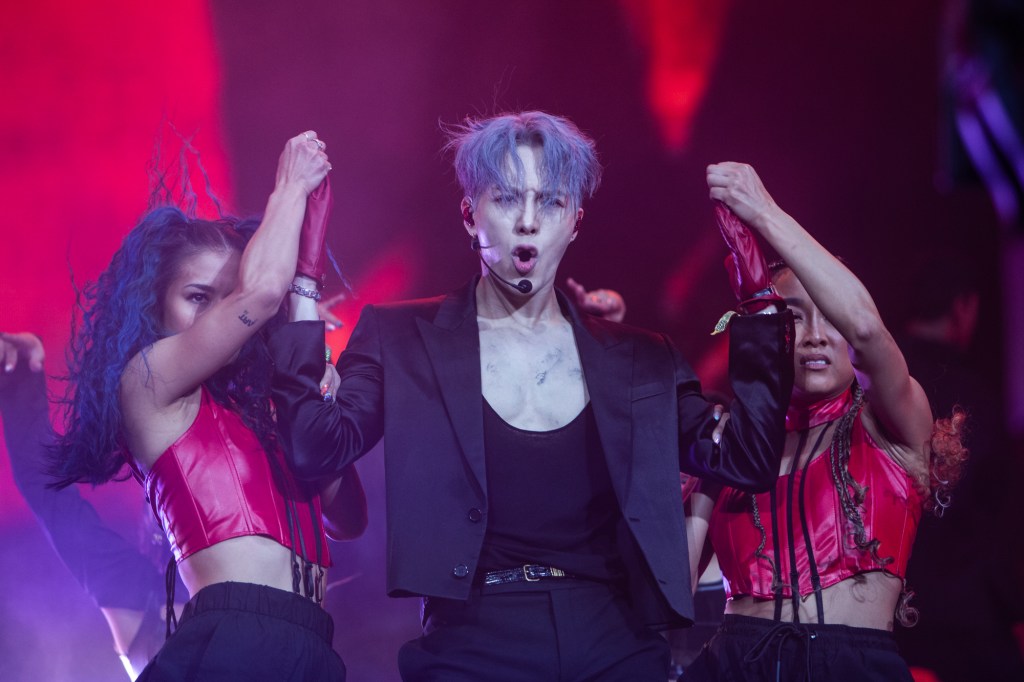
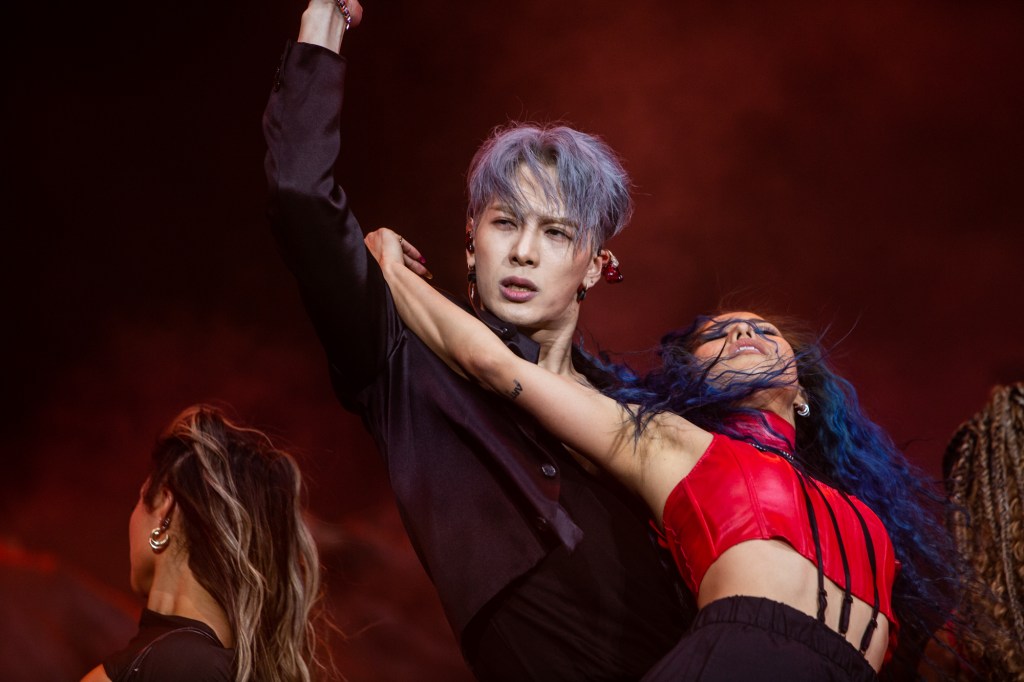
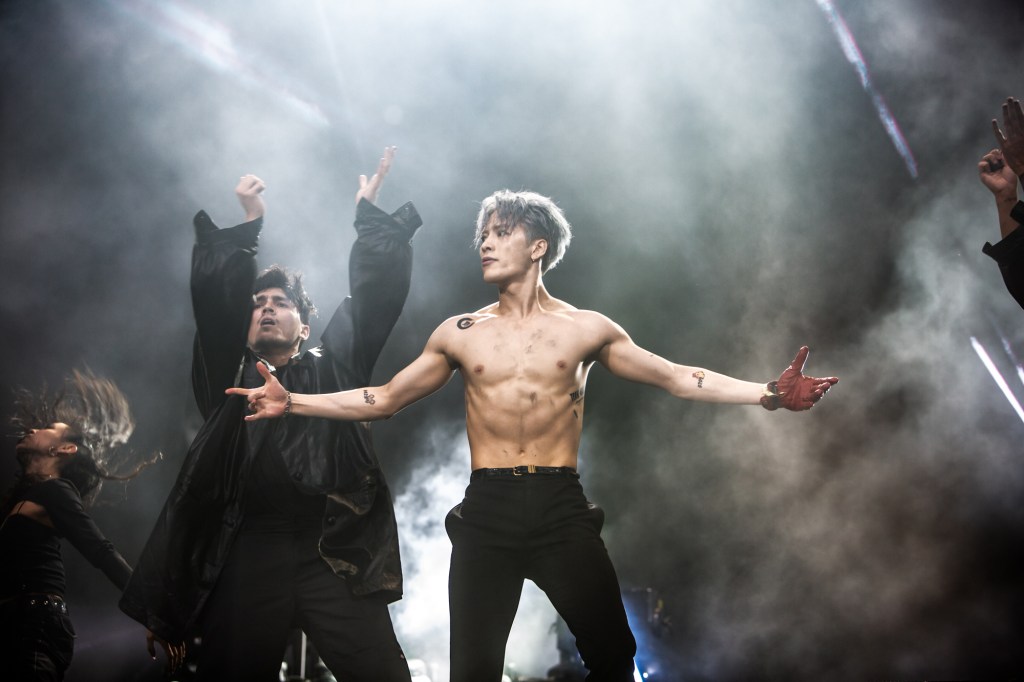
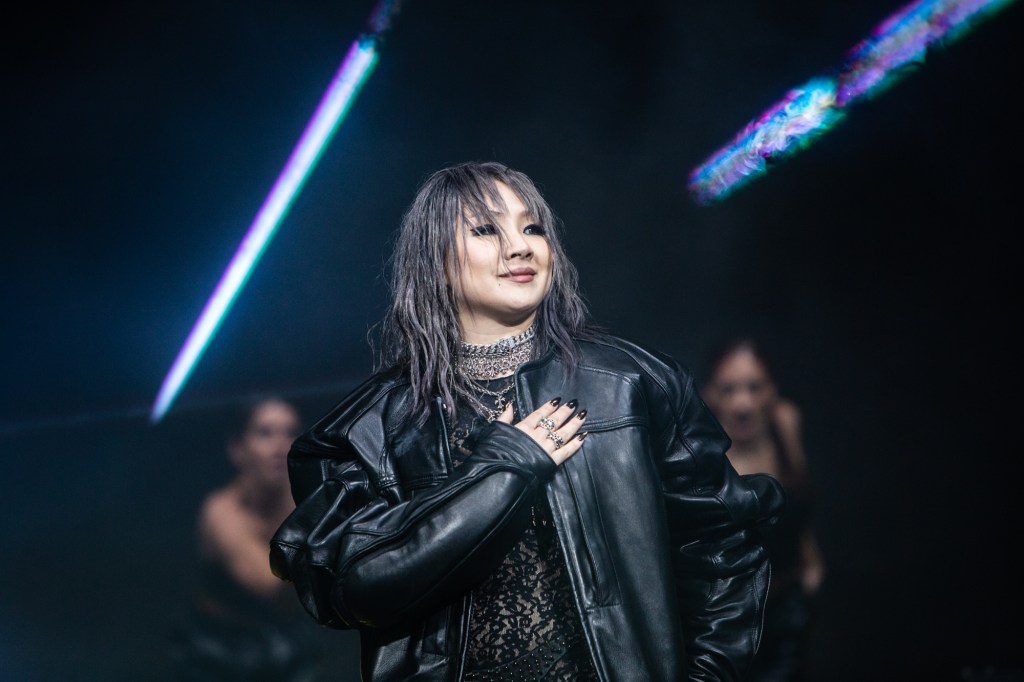

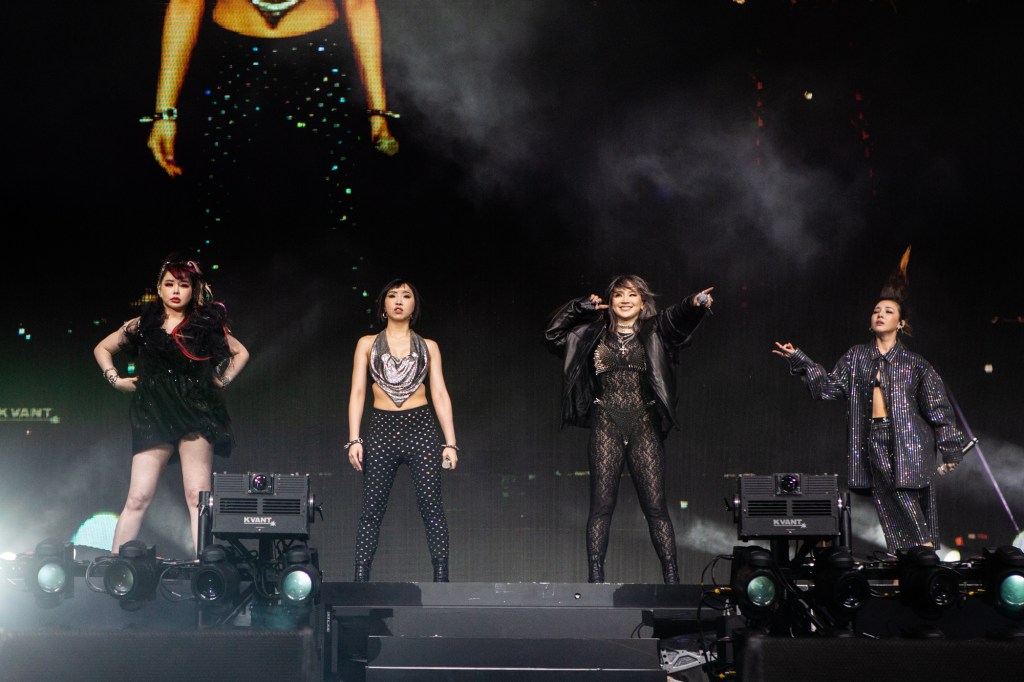
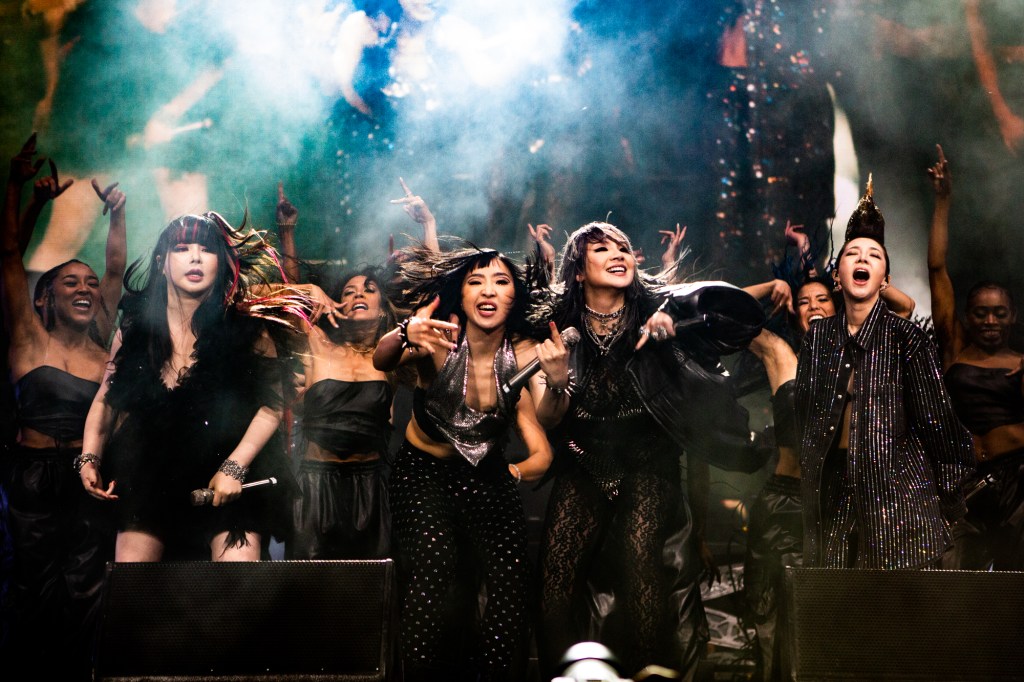
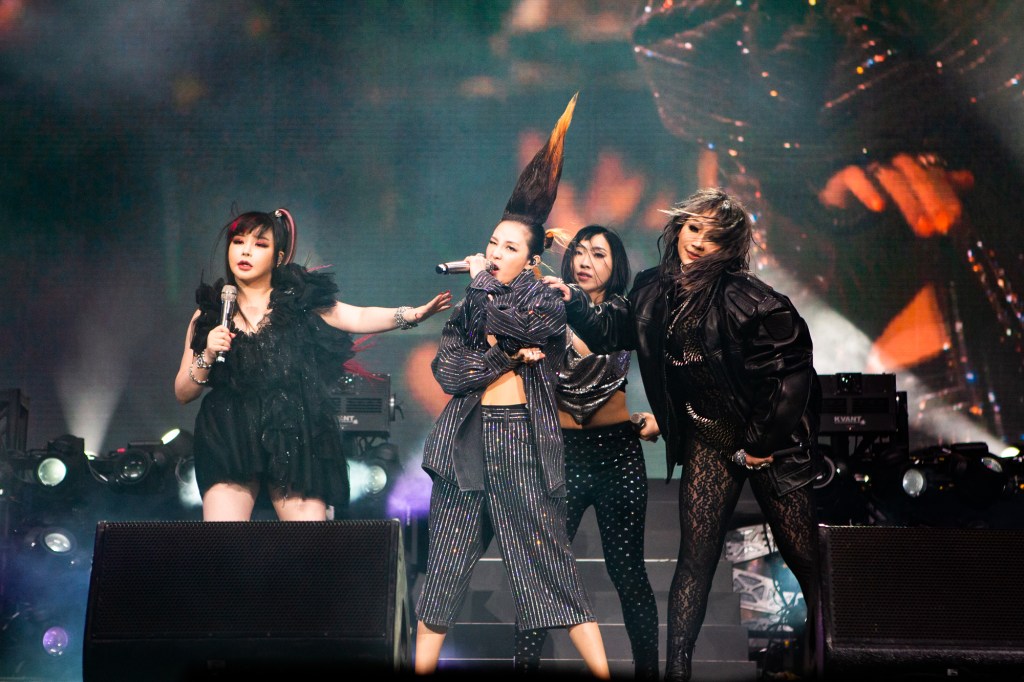

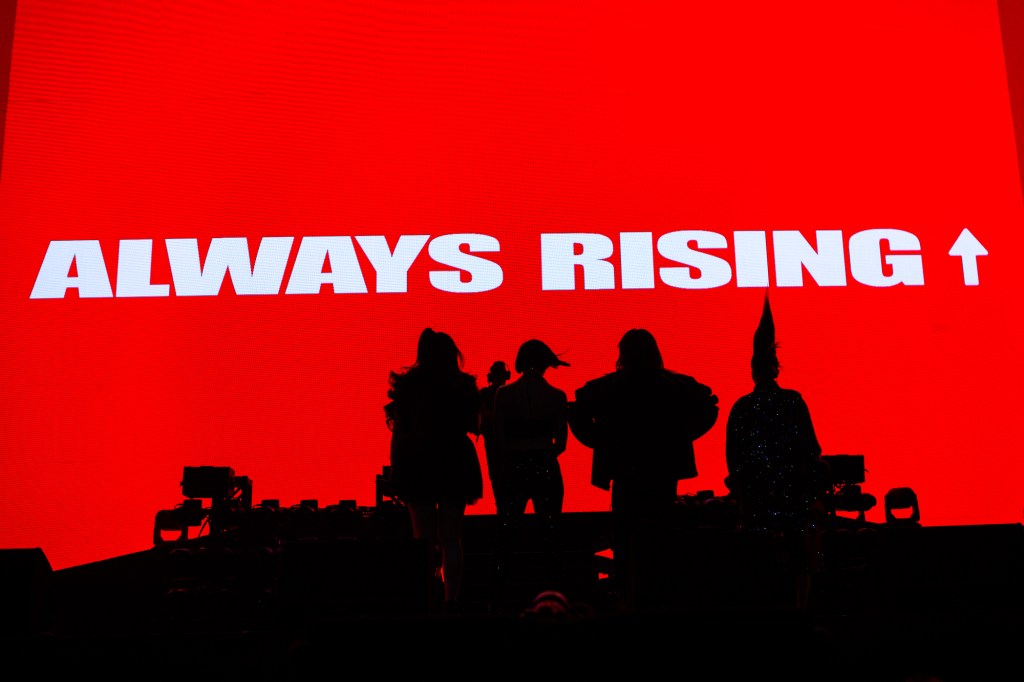
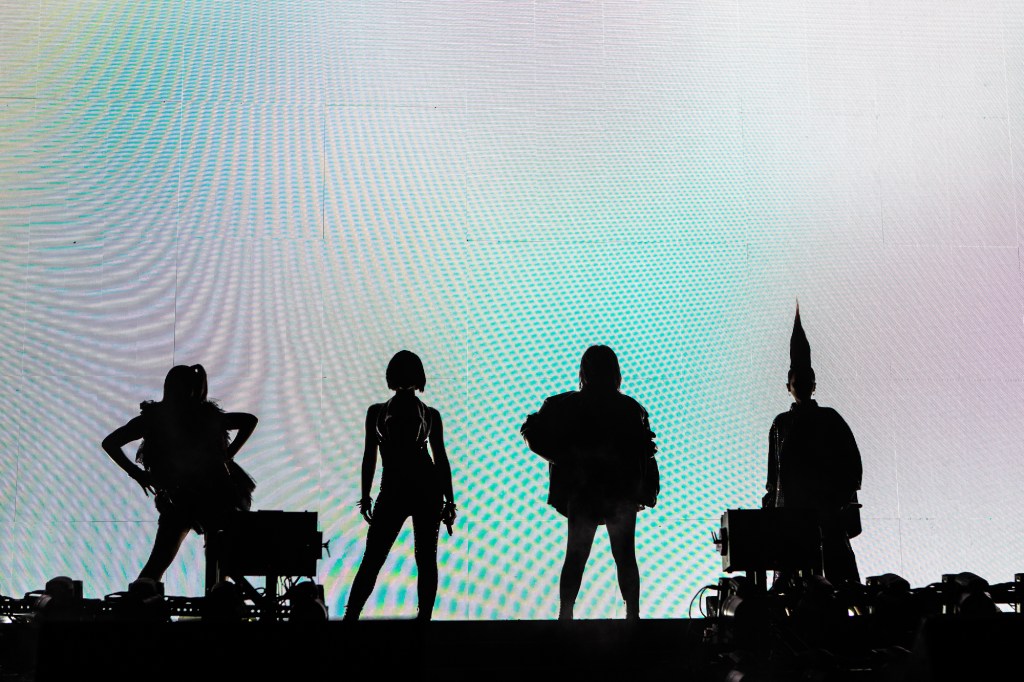
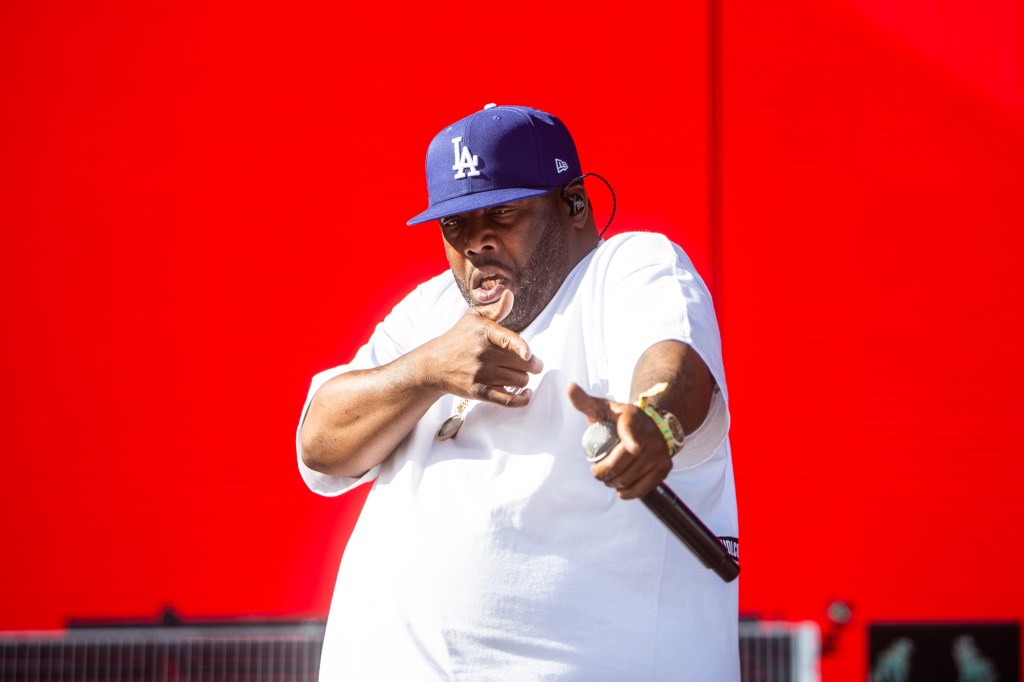
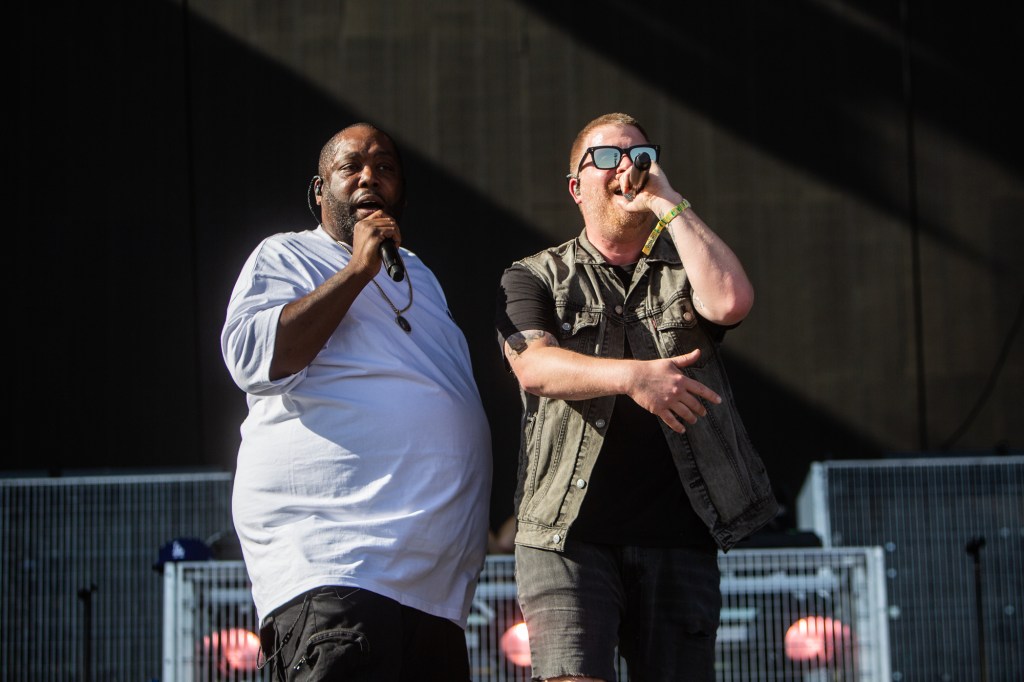
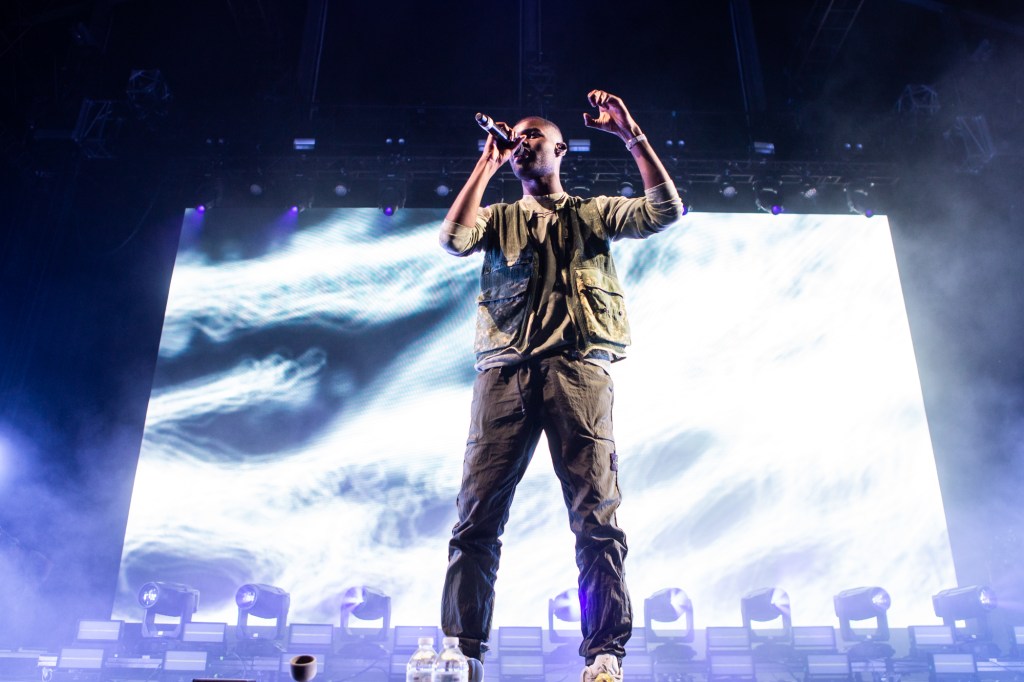
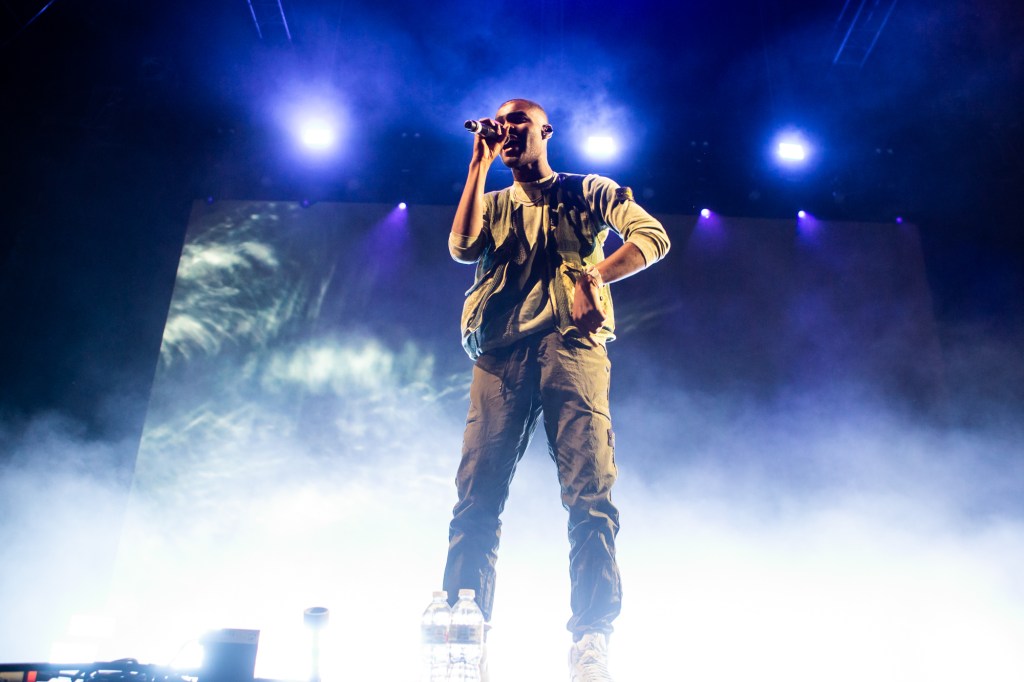
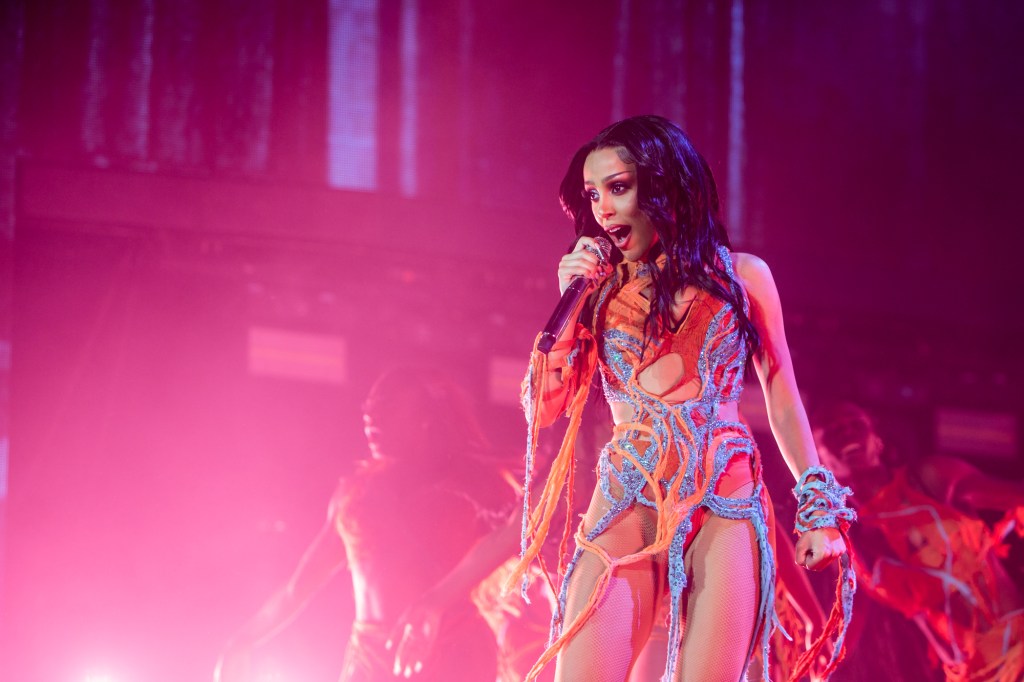
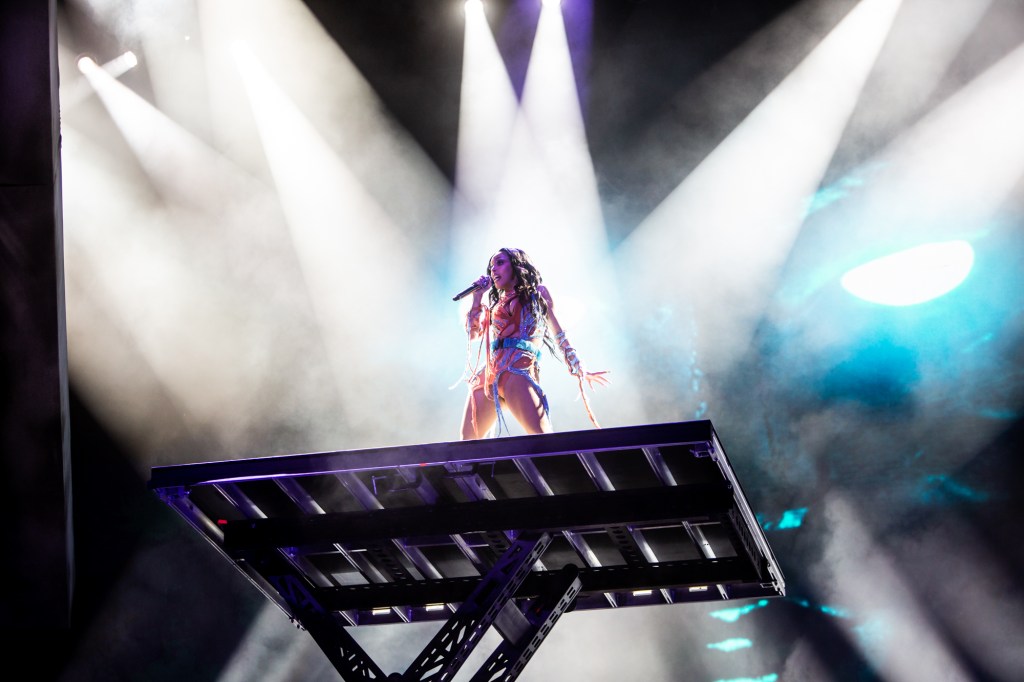
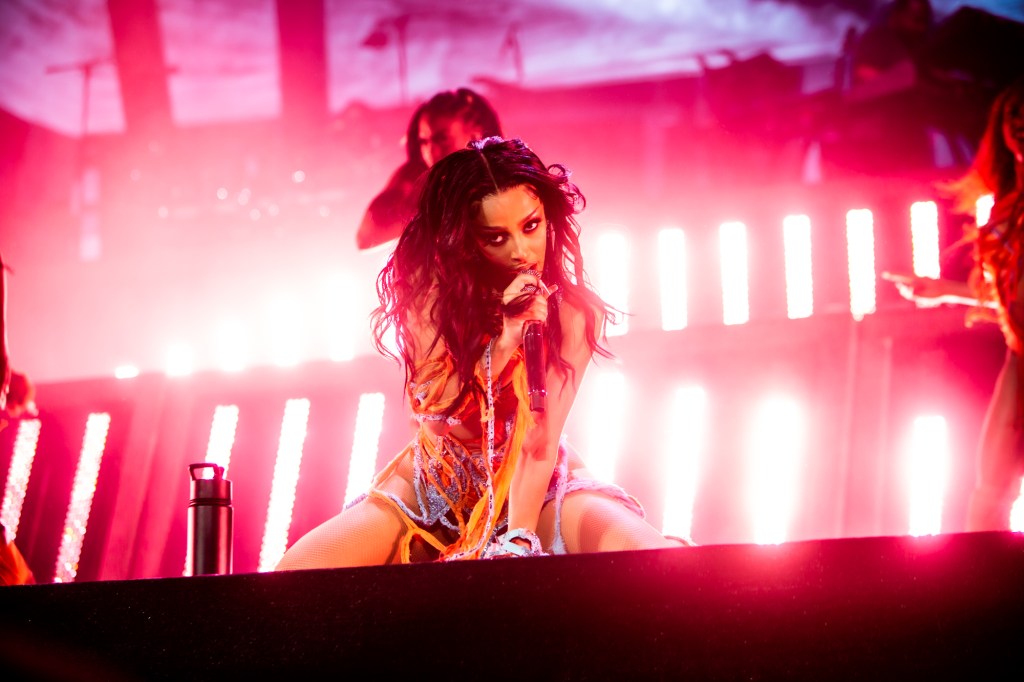
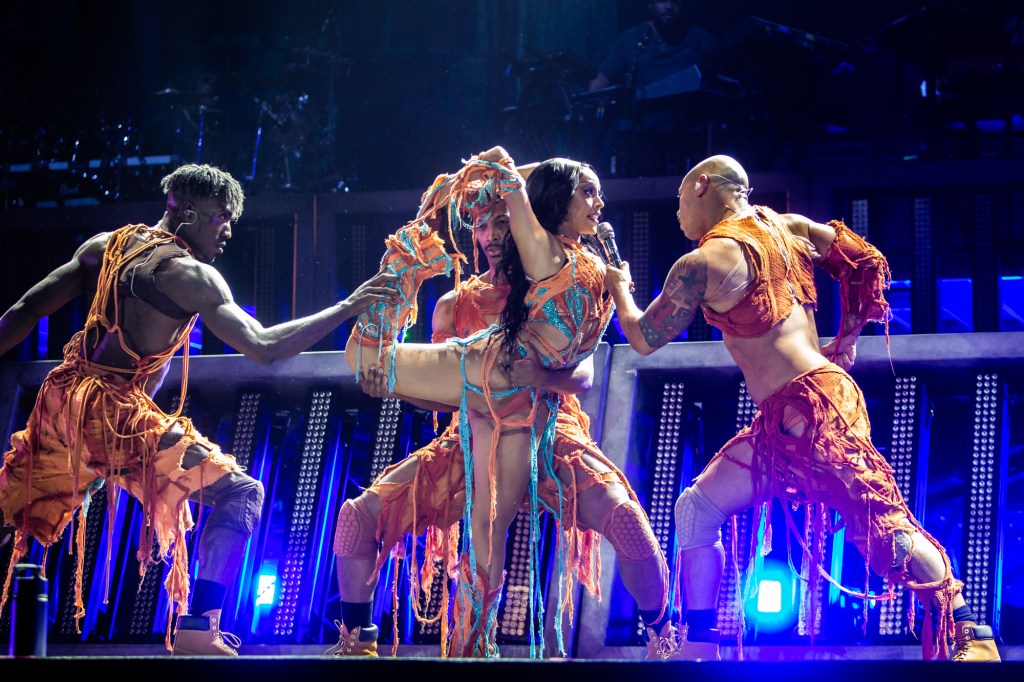
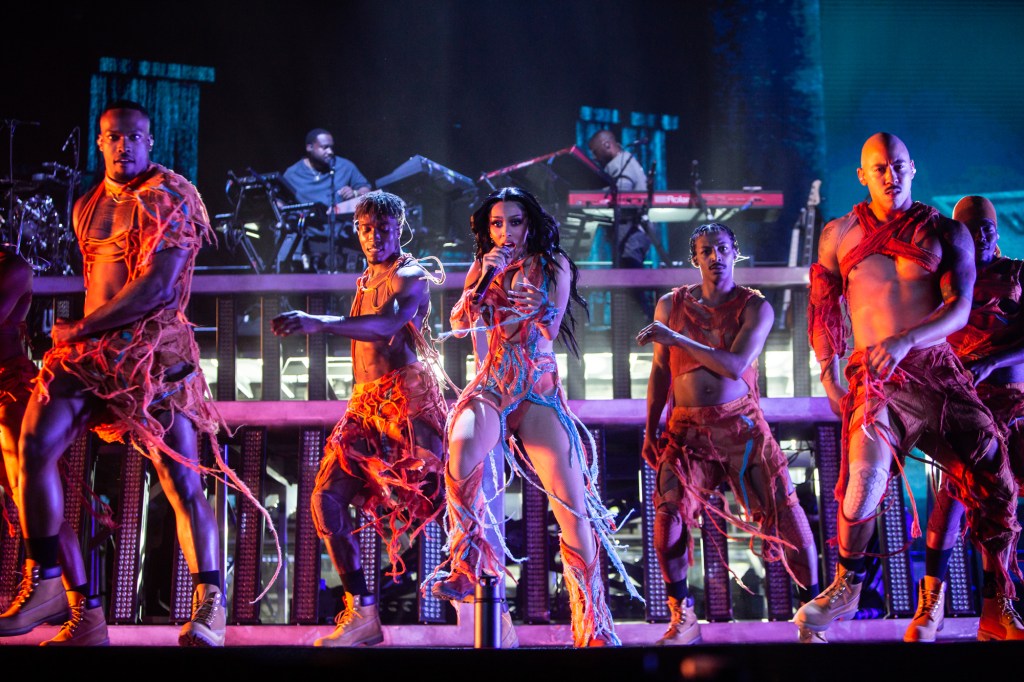
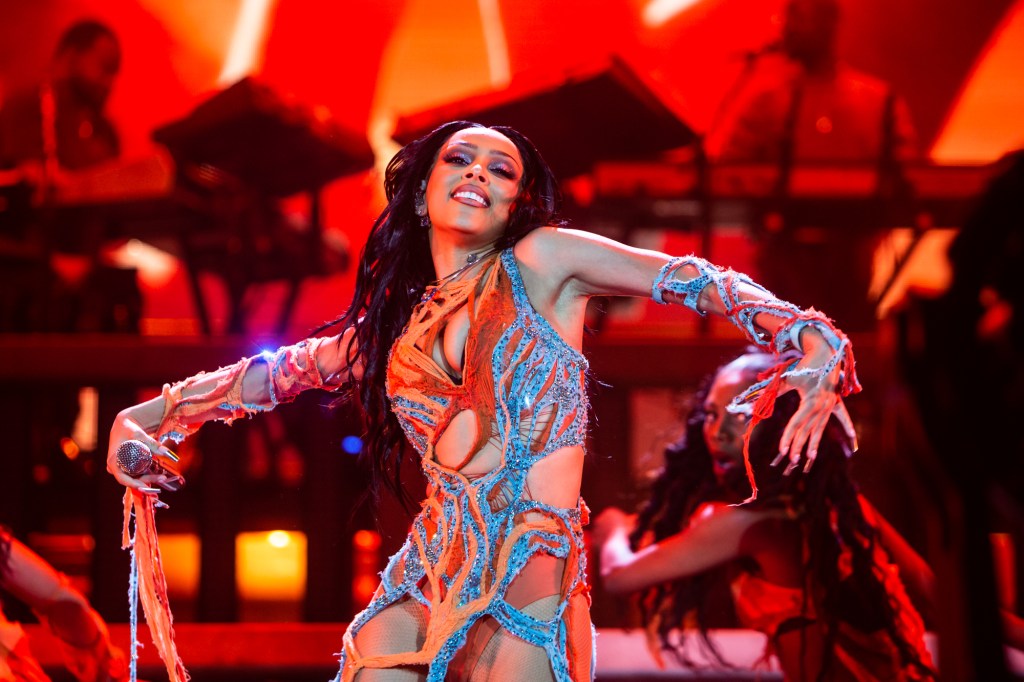
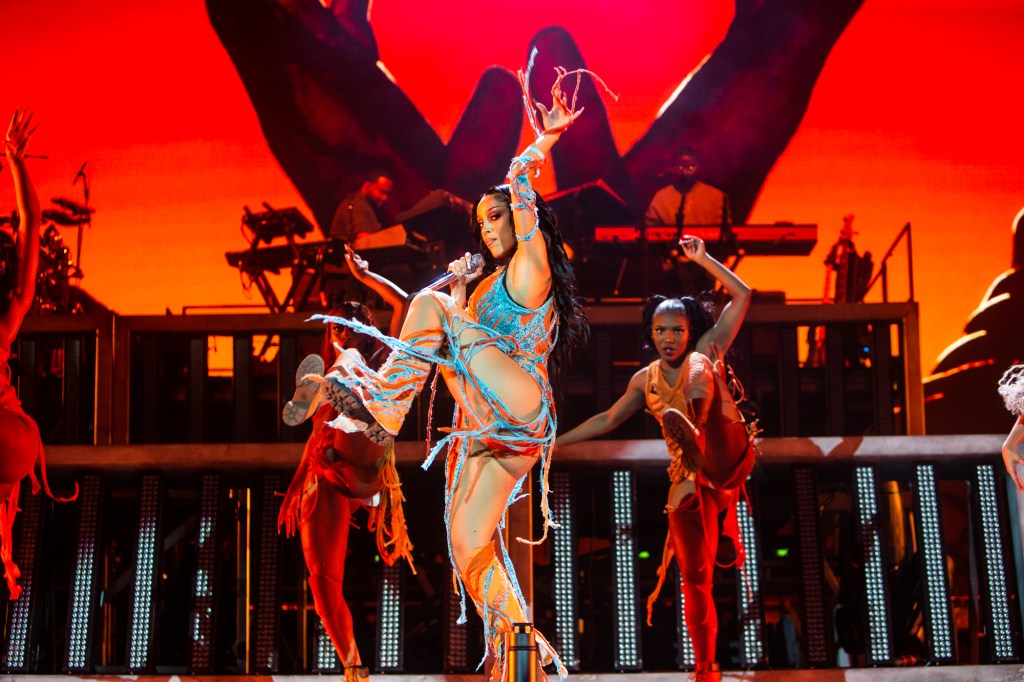
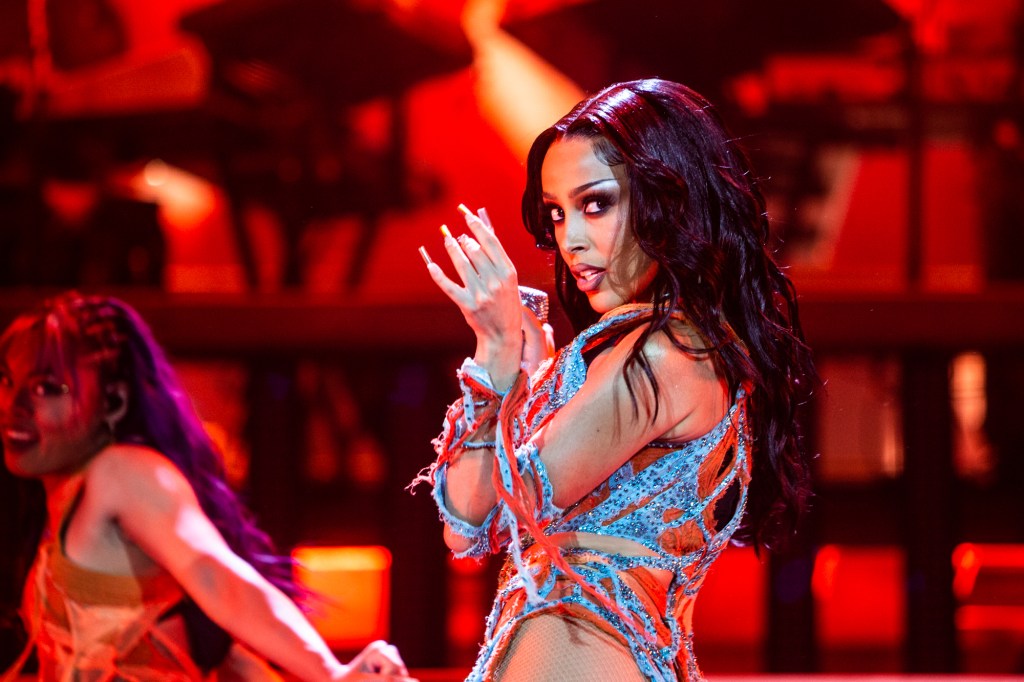
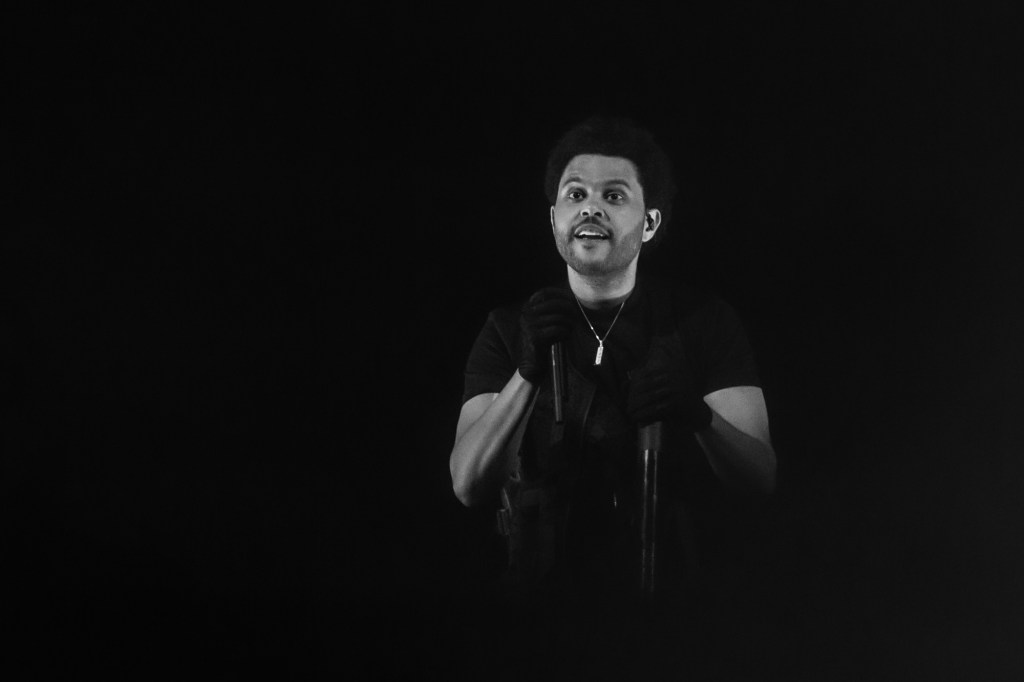
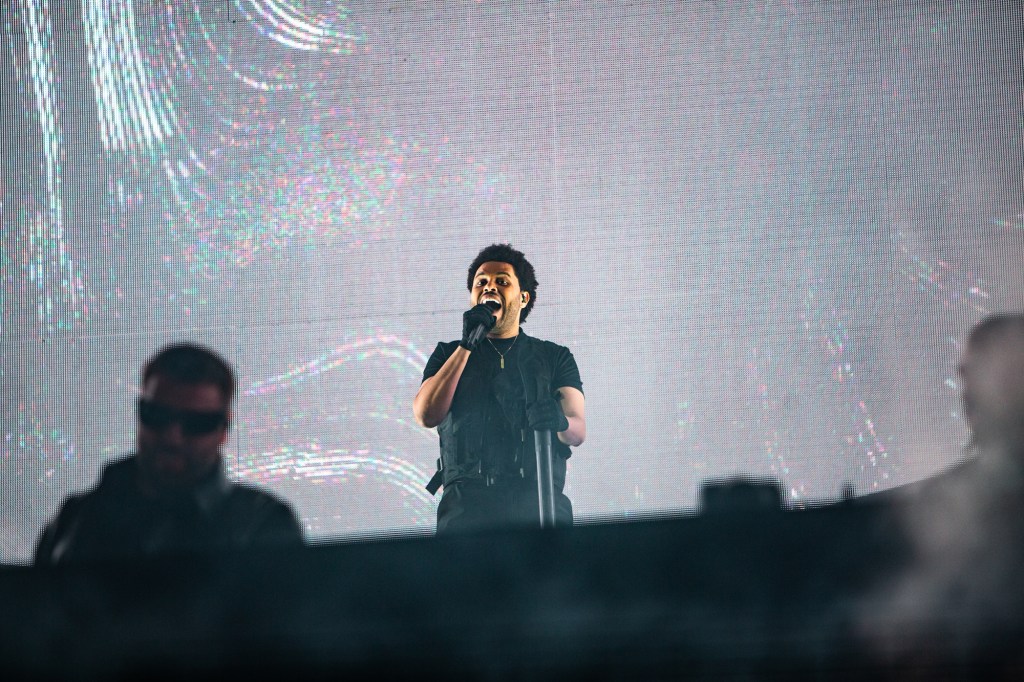
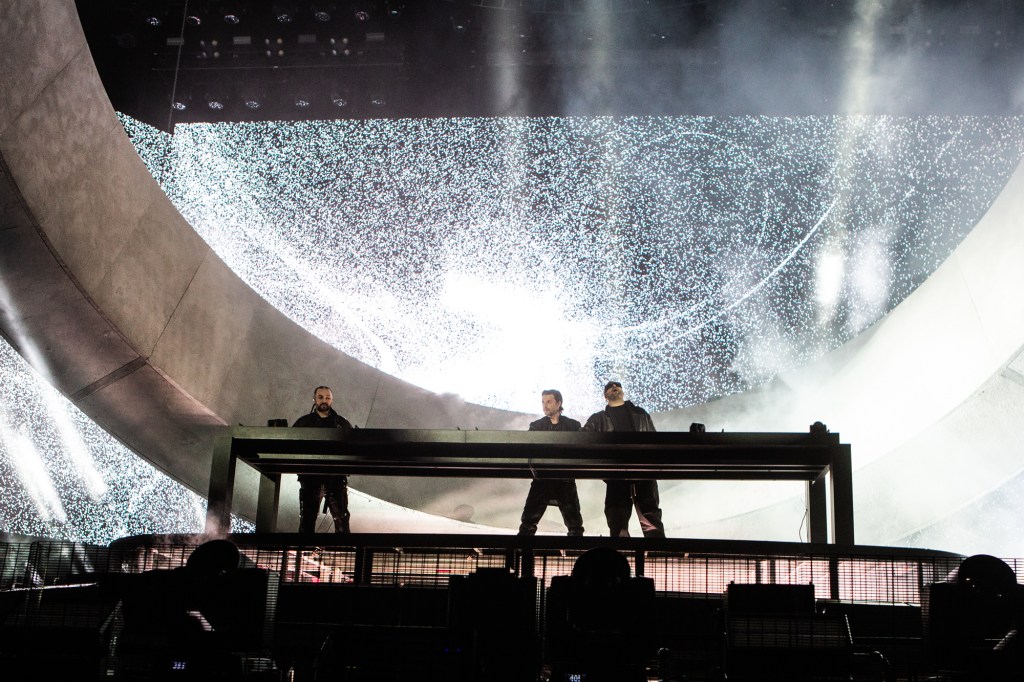
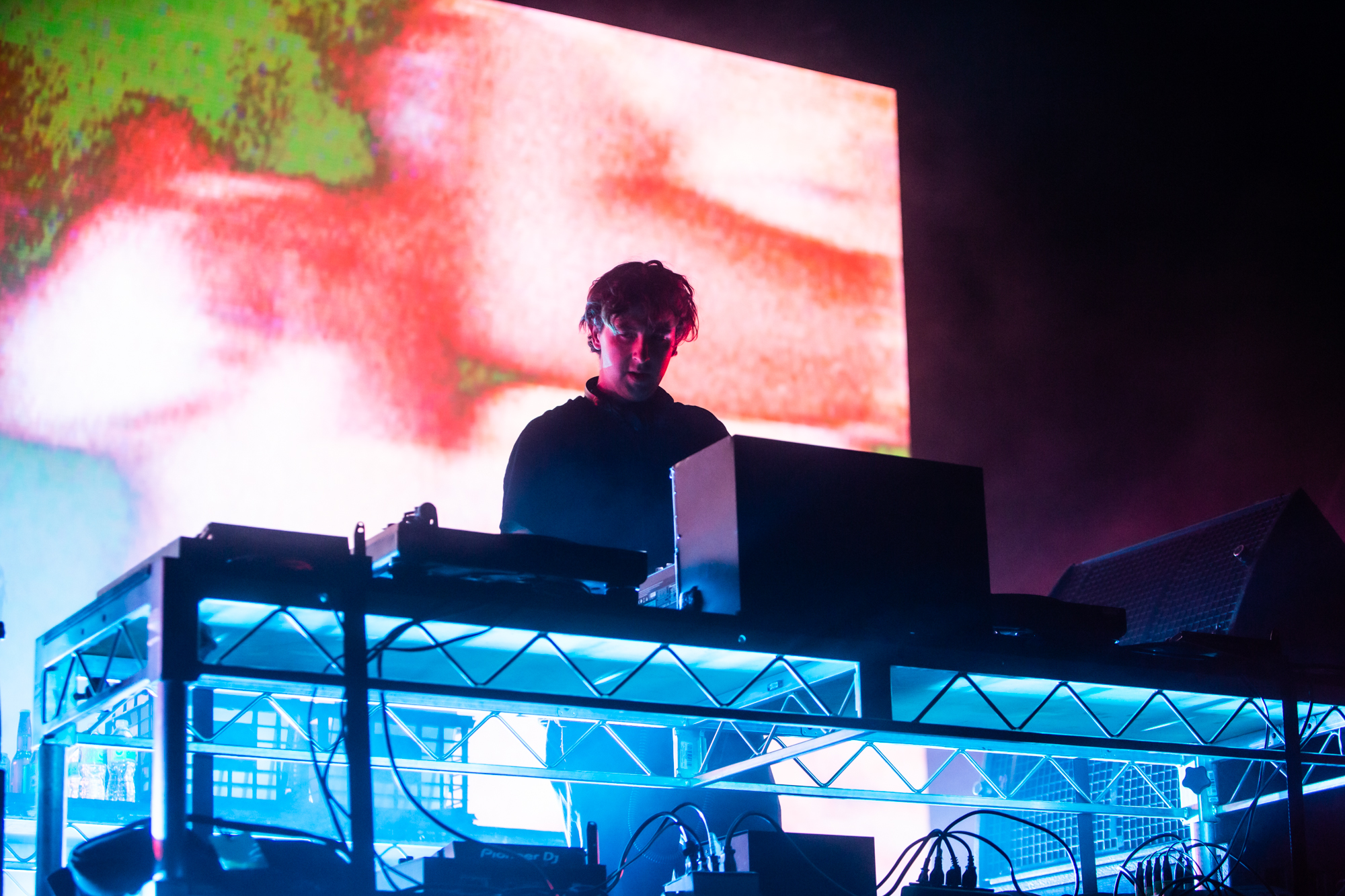
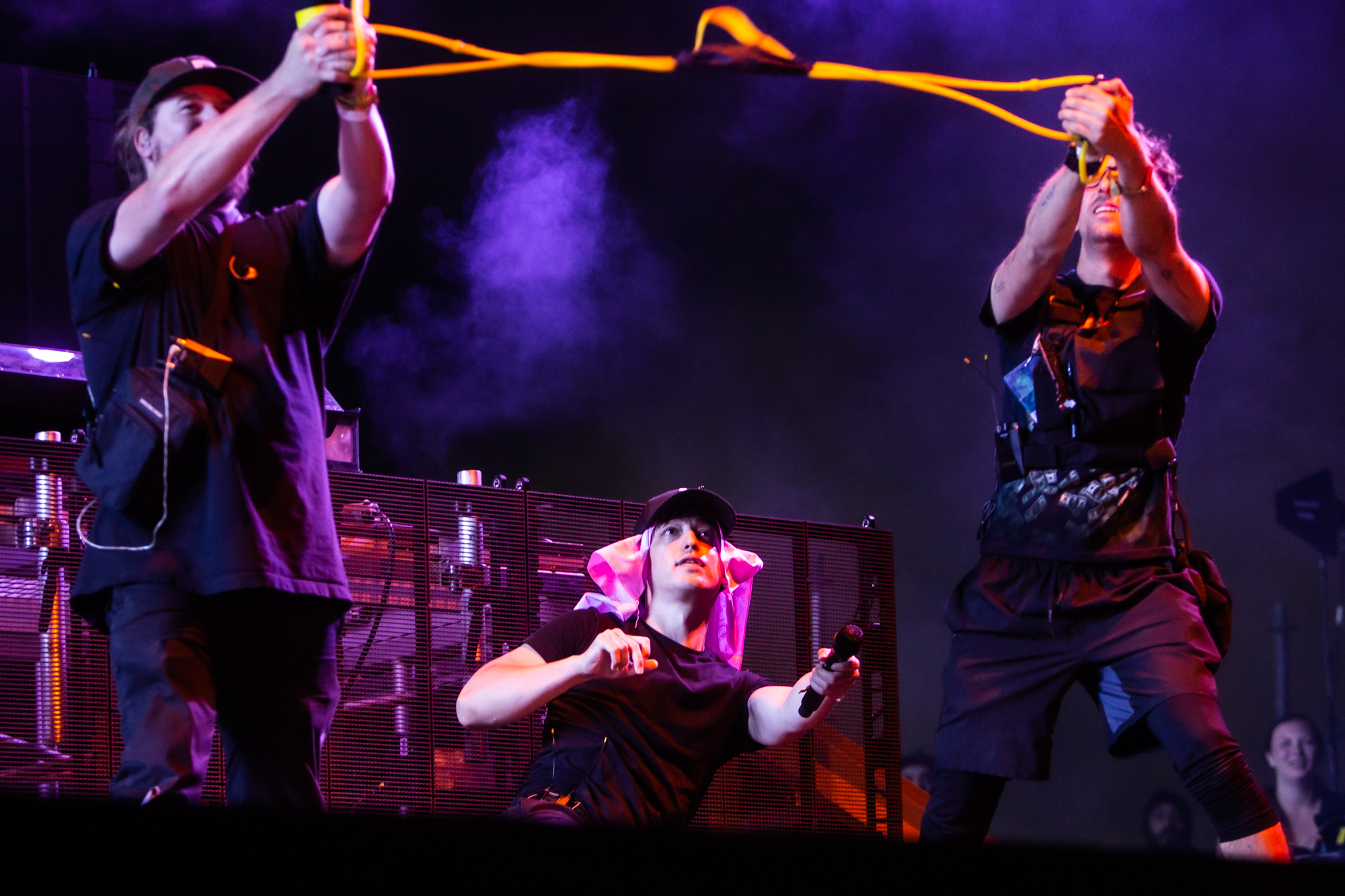
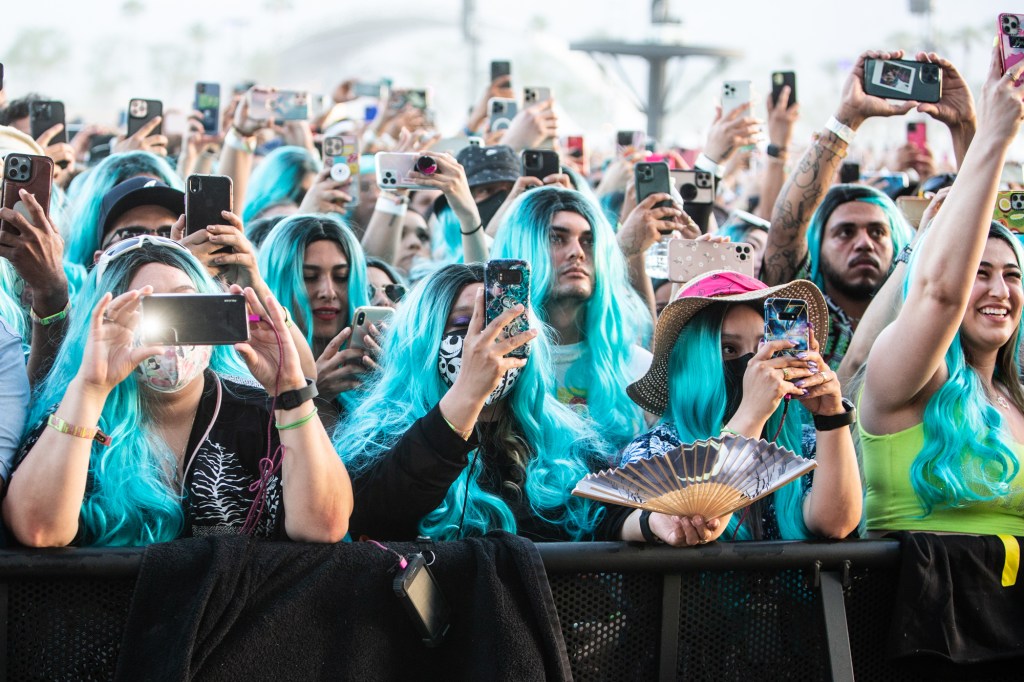
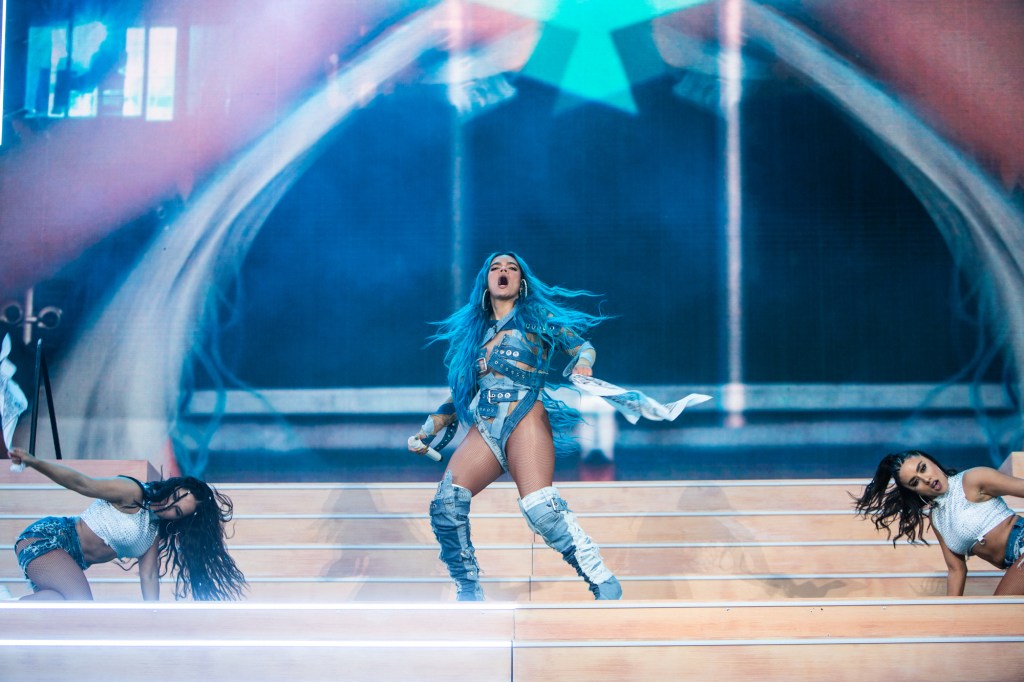
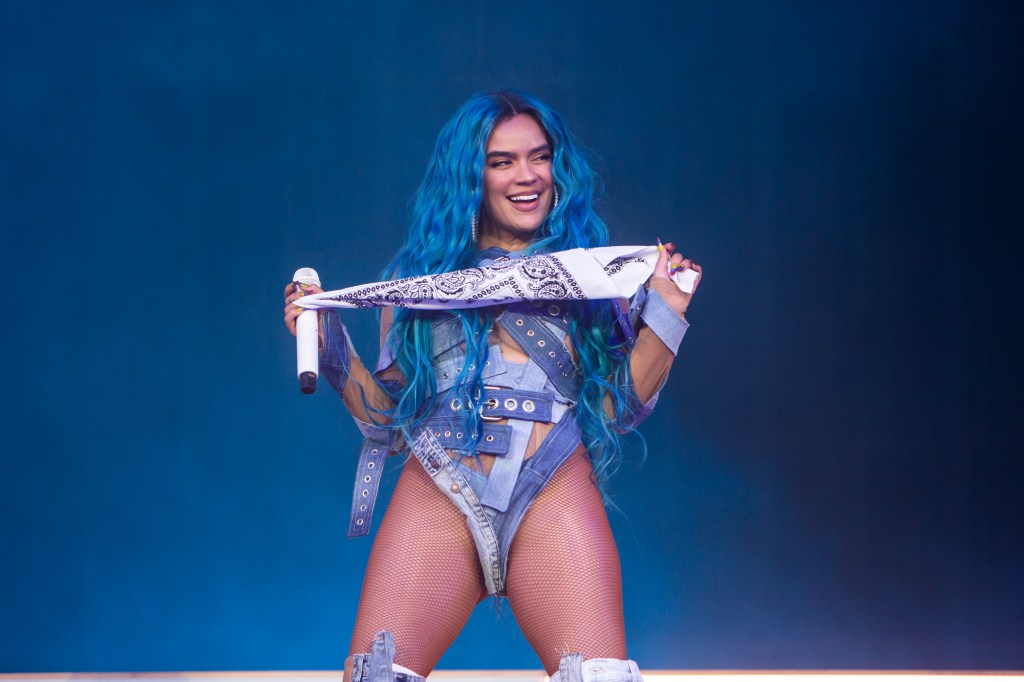
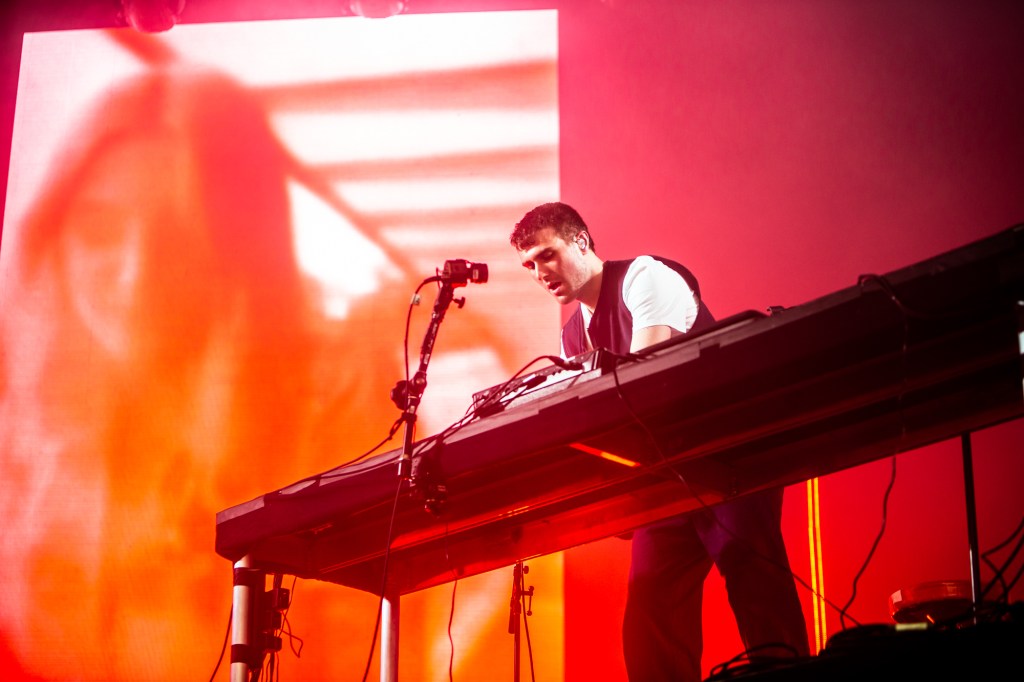
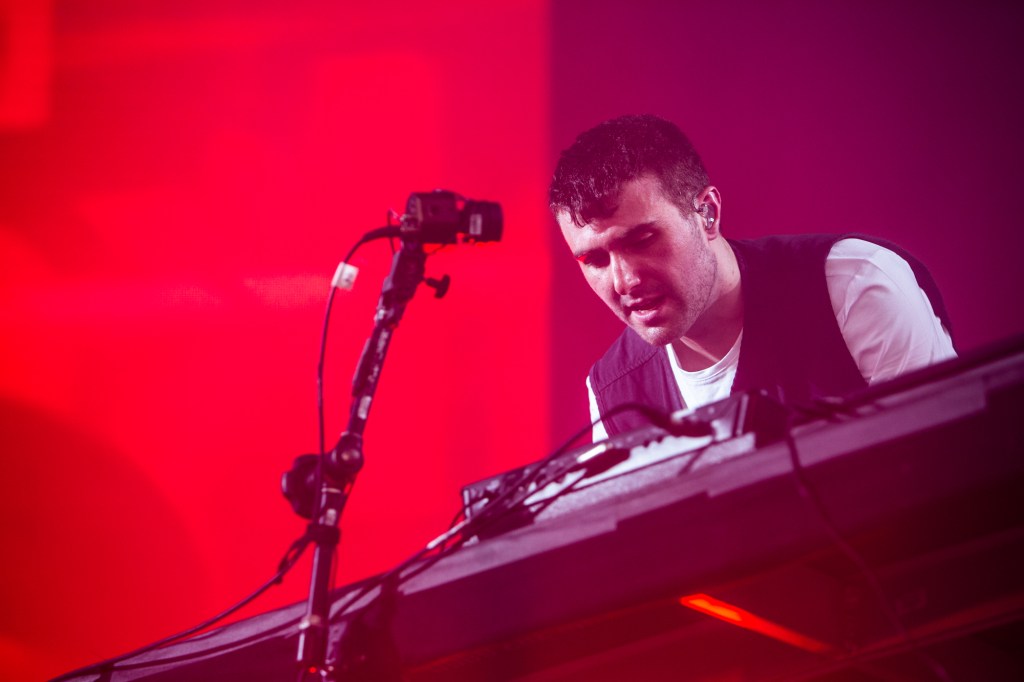
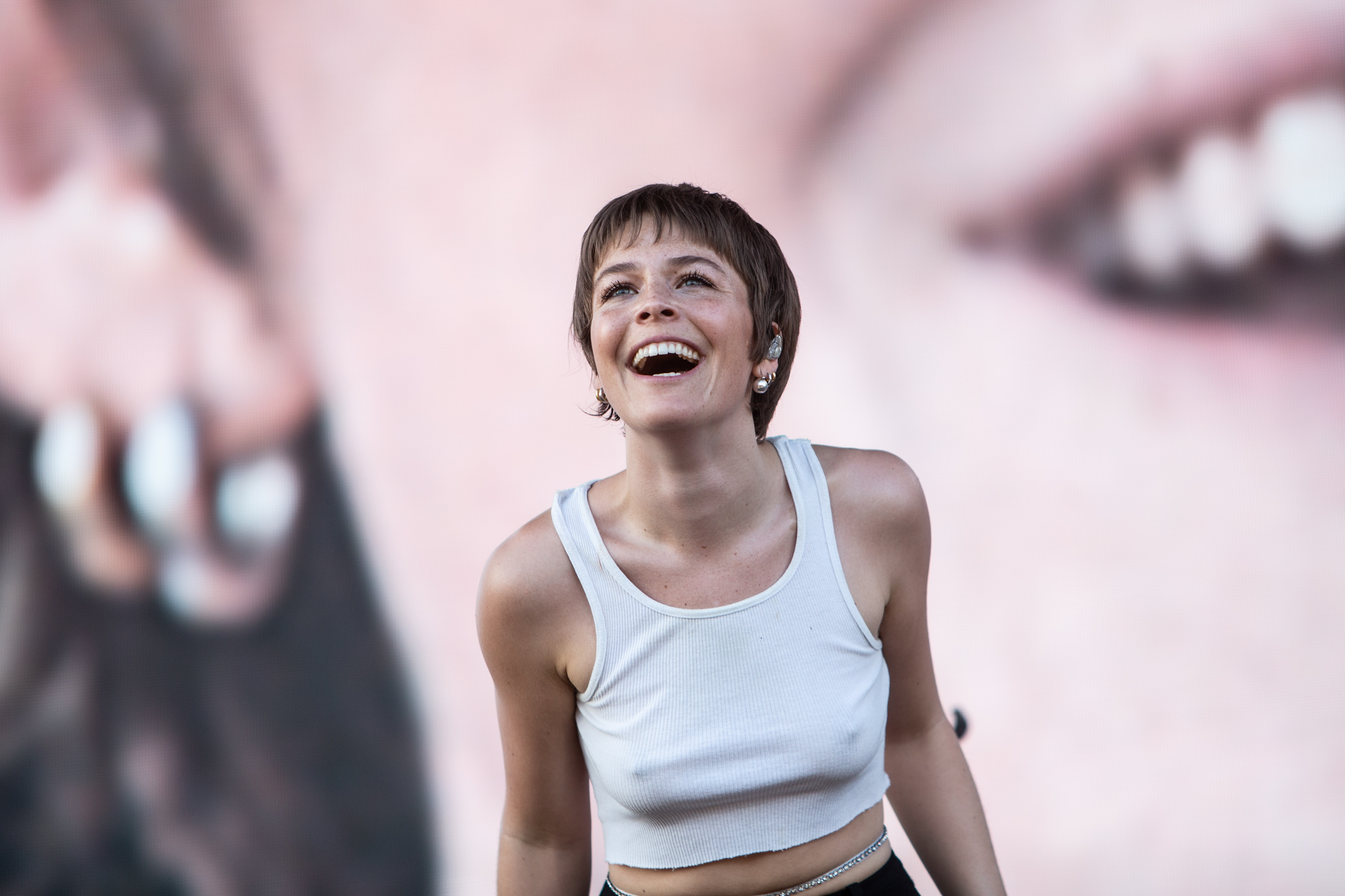
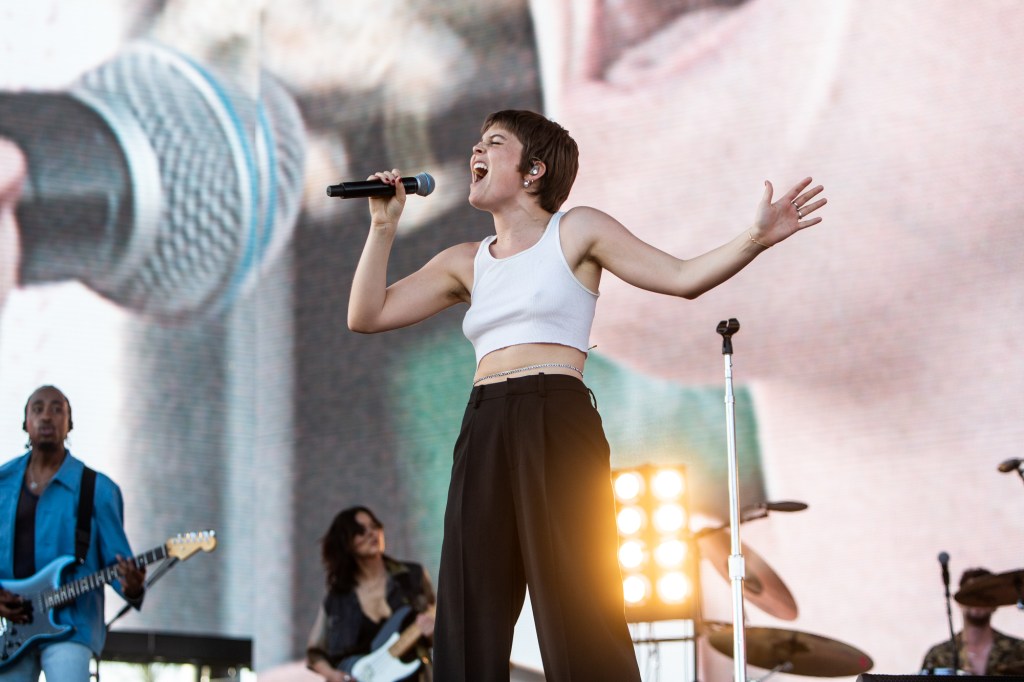
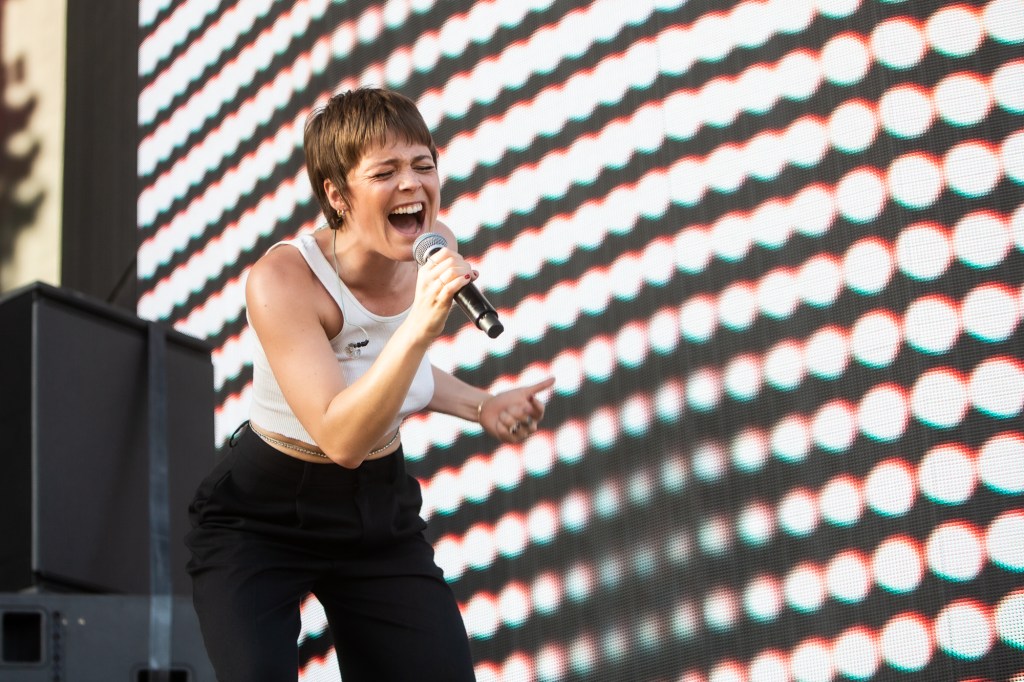
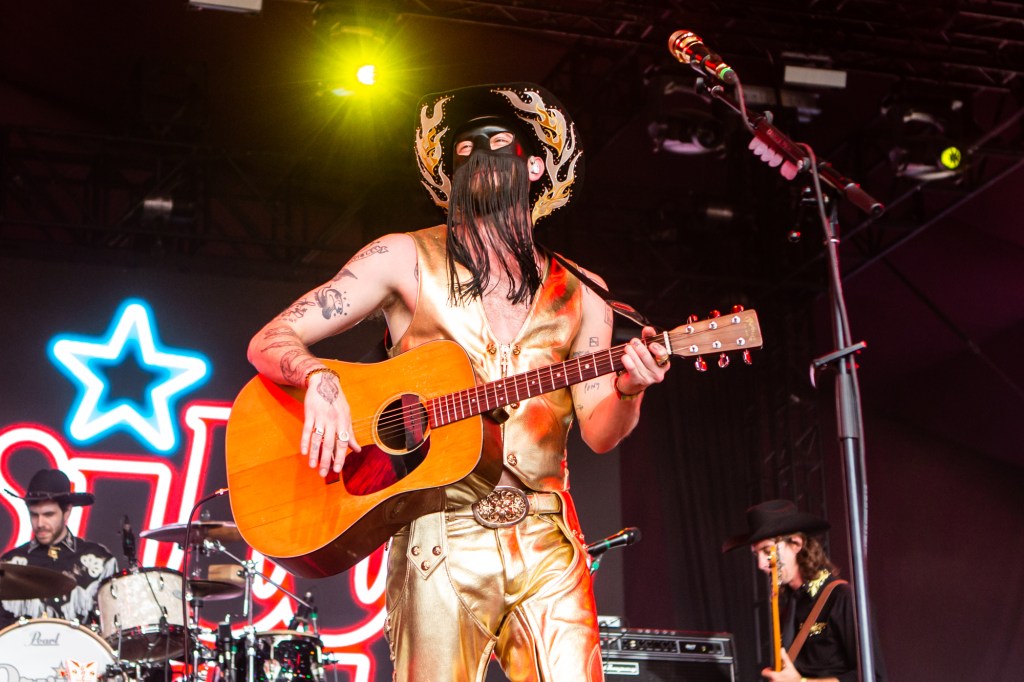
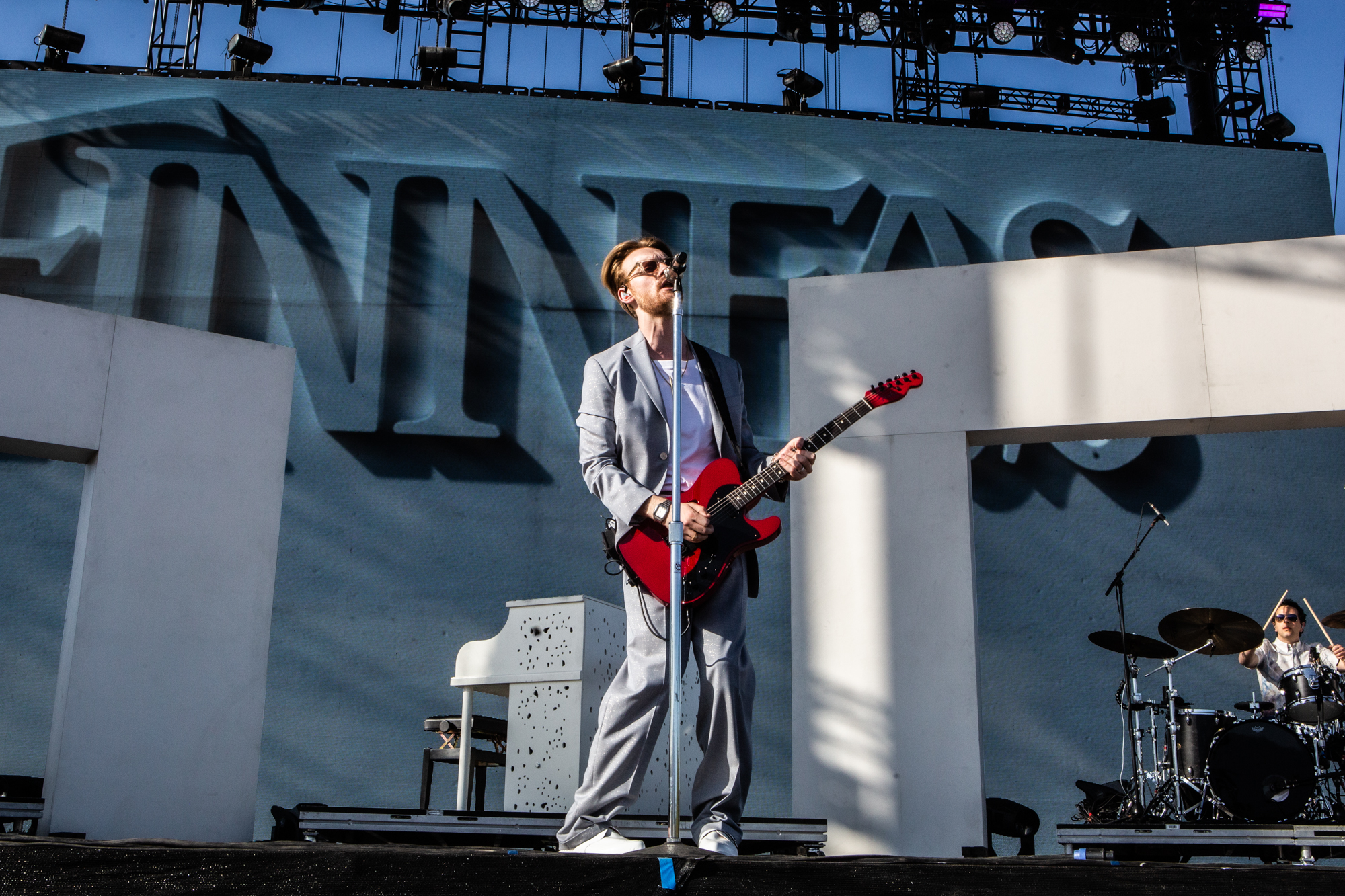
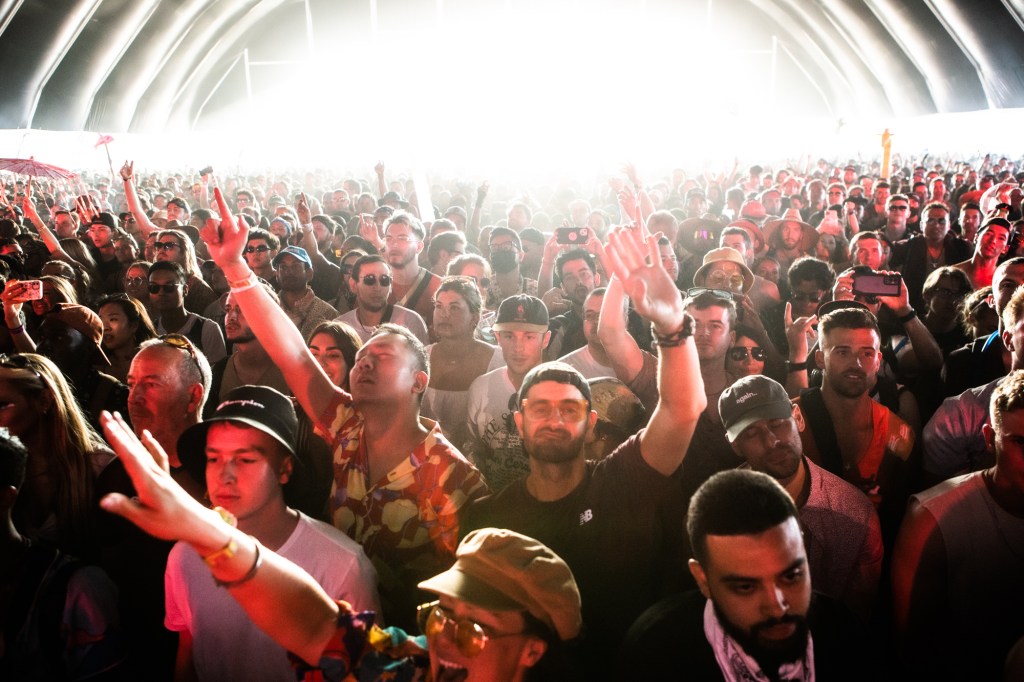
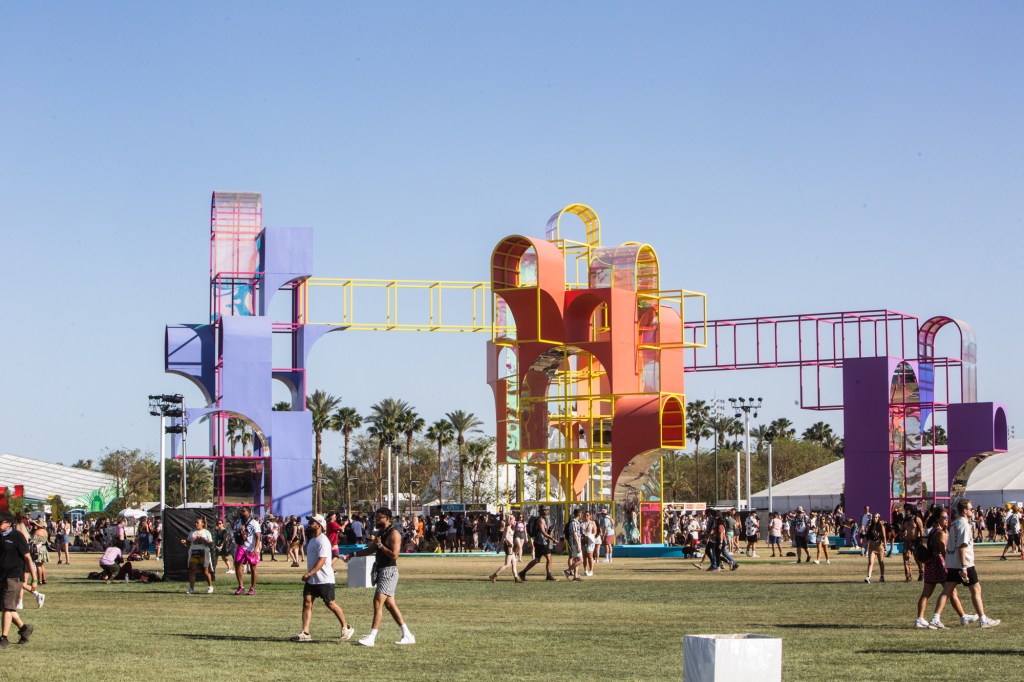
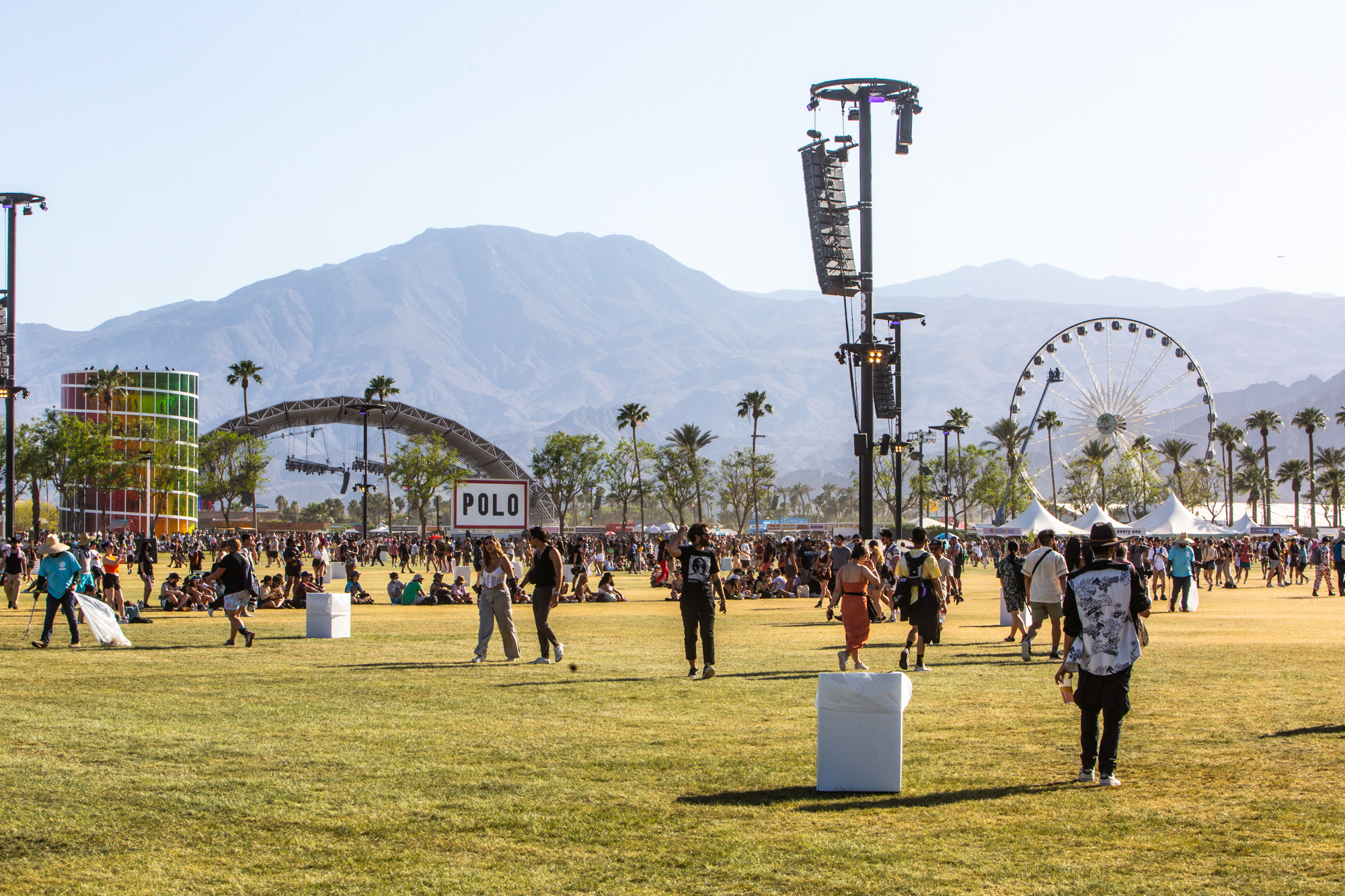
Some artists covered here are Warner Music artists. Uproxx is an independent subsidiary of Warner Music Group.

After three years away, Coachella returned to Indio, CA this weekend. And while some might have expected young fans to rage across the polo fields with all the angst of two previous cancelations in the rearview mirror, the sense on site was a lot more tepid, as if everyone wanted to get their feet wet before fully diving in. It’s far too early to say if the past few years have changed Coachella’s identity or changed how young people approach these massive cultural events, but the initial sense is that things have slowed down a little, and the traditional revelry has given way to something more appreciative and understated.
All that said, the fashion-forward appeal of Coachella remains. There were costumes and skin, lots of transparent lace and vibrant colors. With years of opportunities to show off festival fashion squandered by a pandemic, fans dressed their best and made 2022’s edition count. Below we have some photos of our favorites, who returned to one of the world’s best festivals with a commitment to show off exactly why Coachella is what it is. As they prepared for a day that included Harry Styles, Arcade Fire, Lil Baby, and more, everyone looked predictably great with the giant art structures and palm trees as a backdrop.
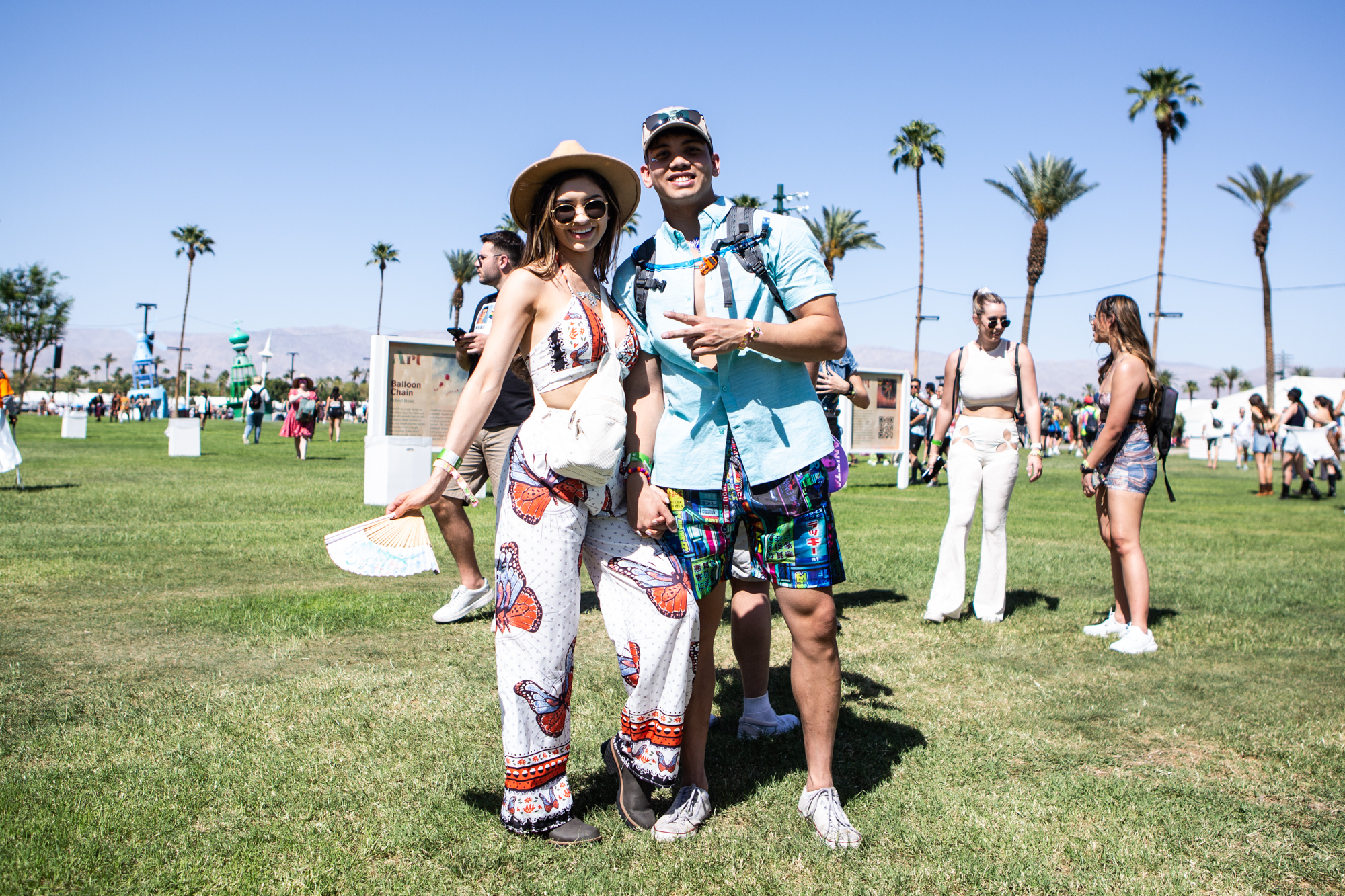

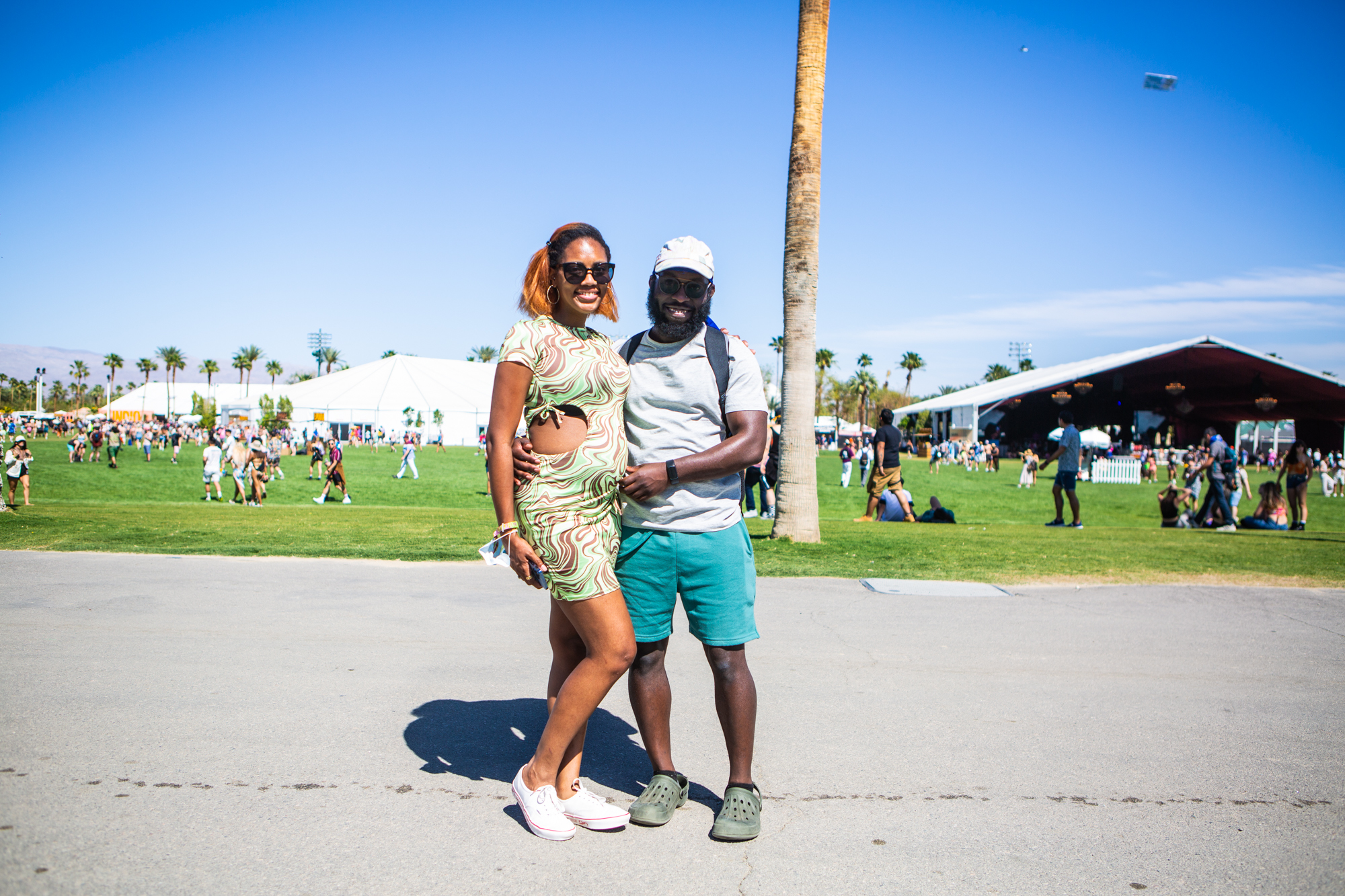
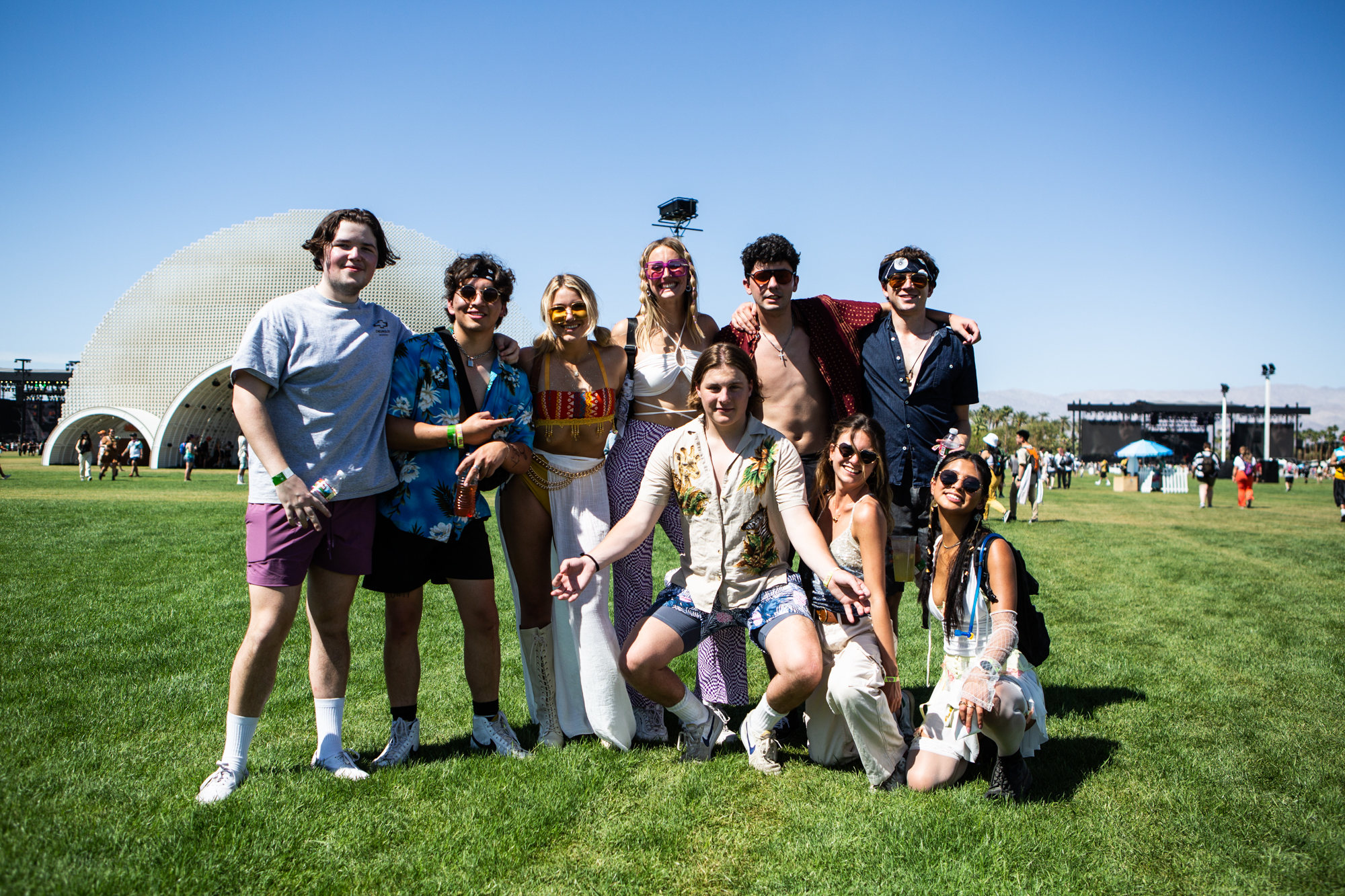
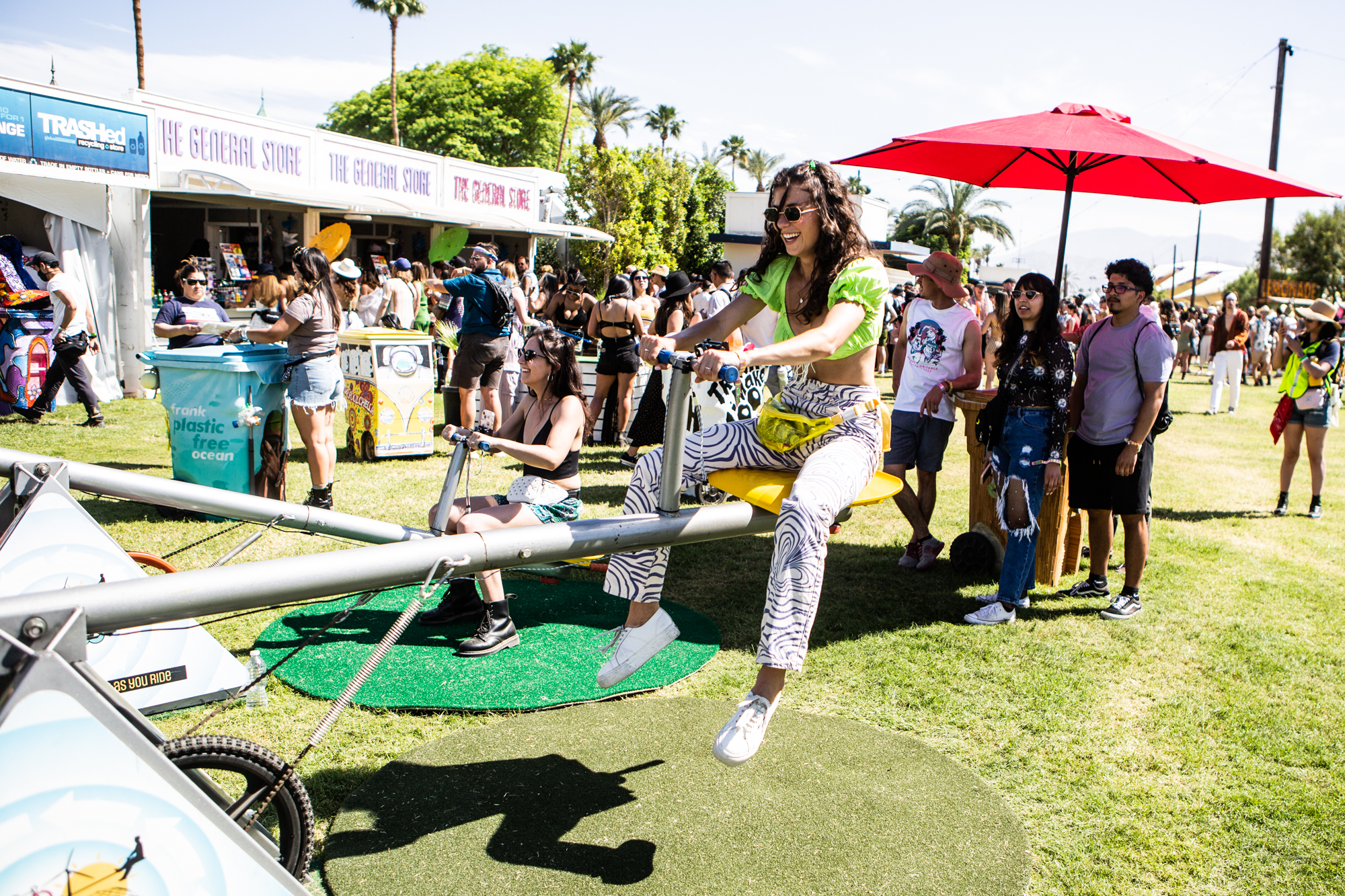
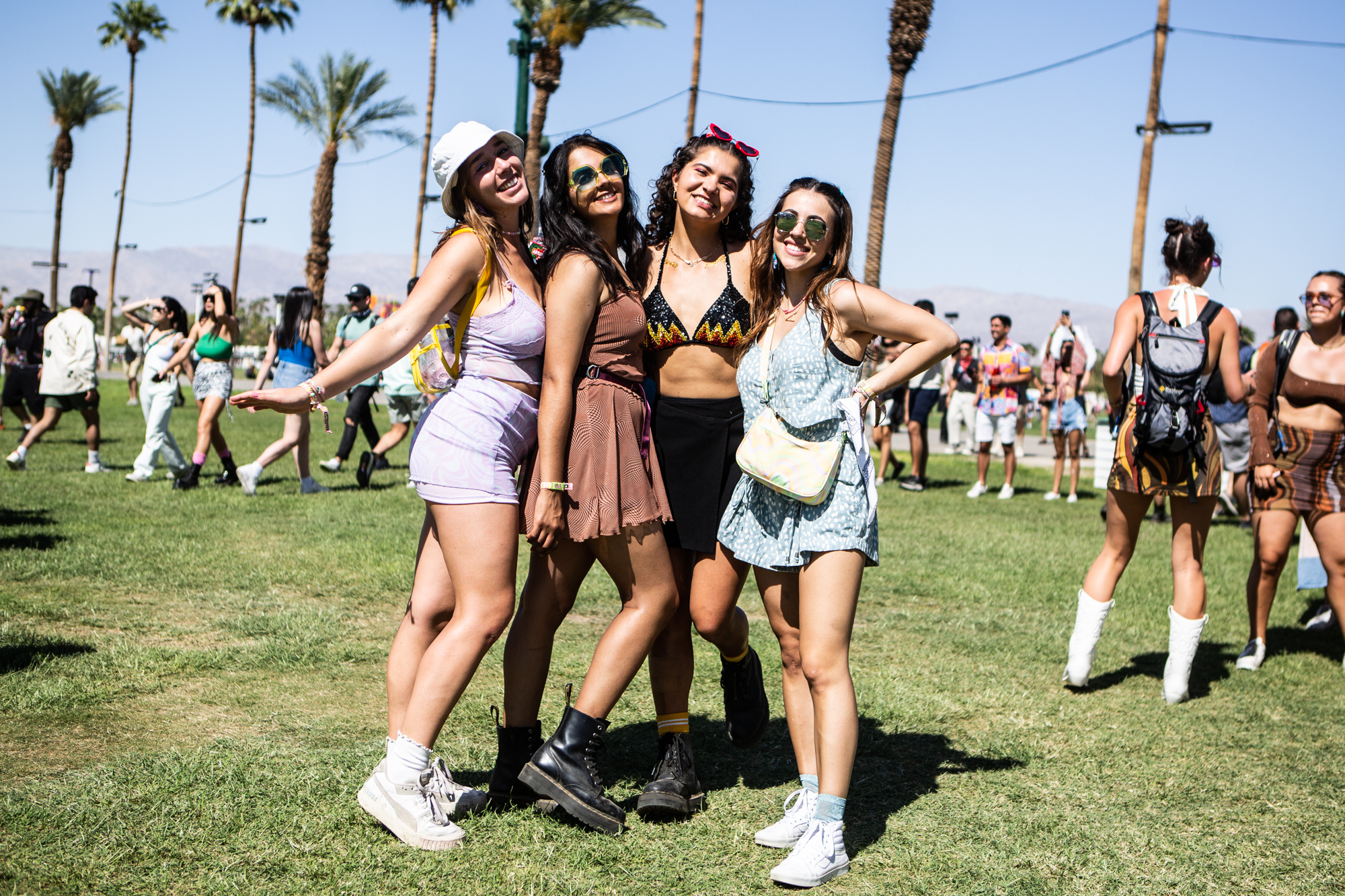

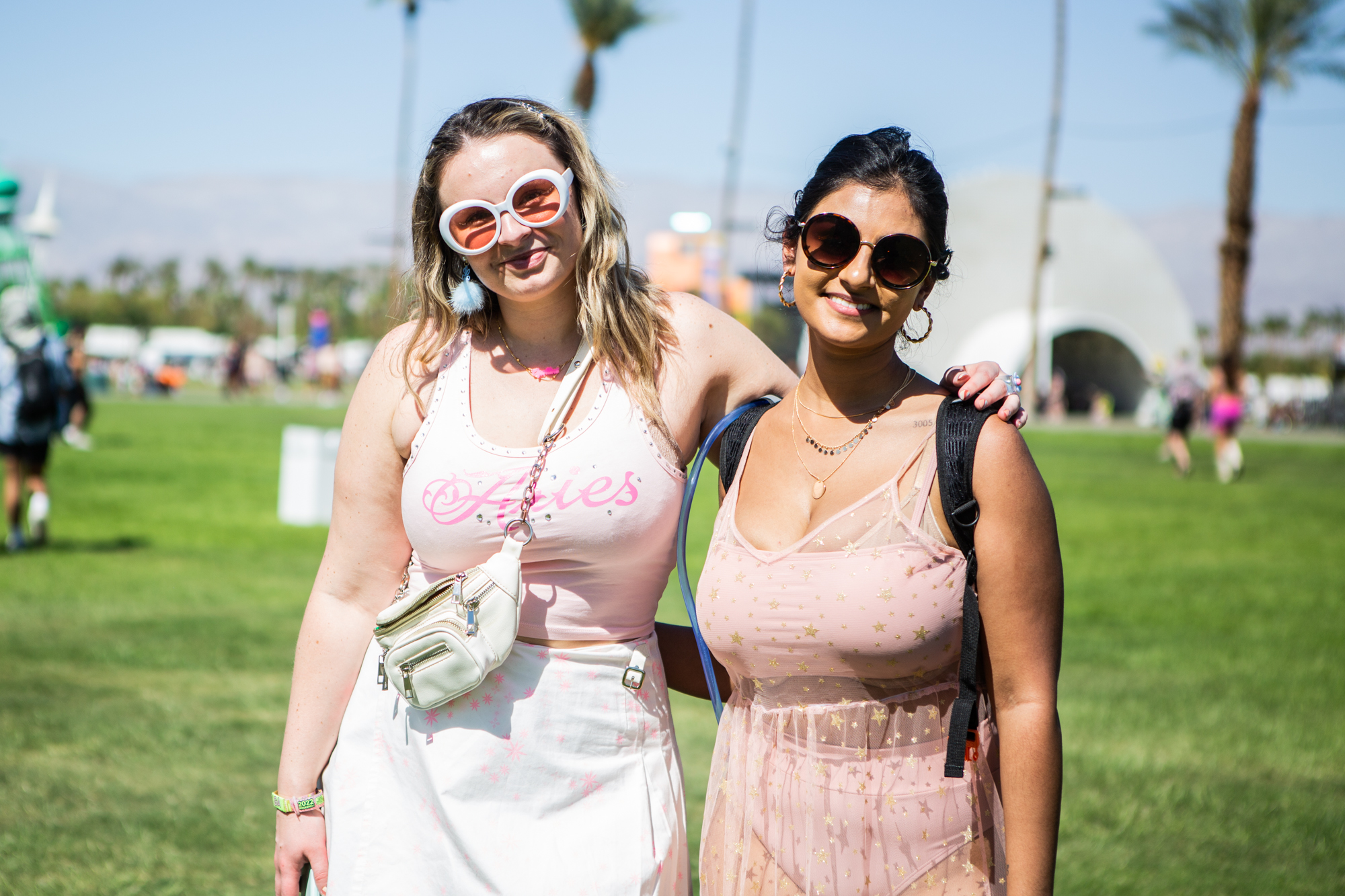
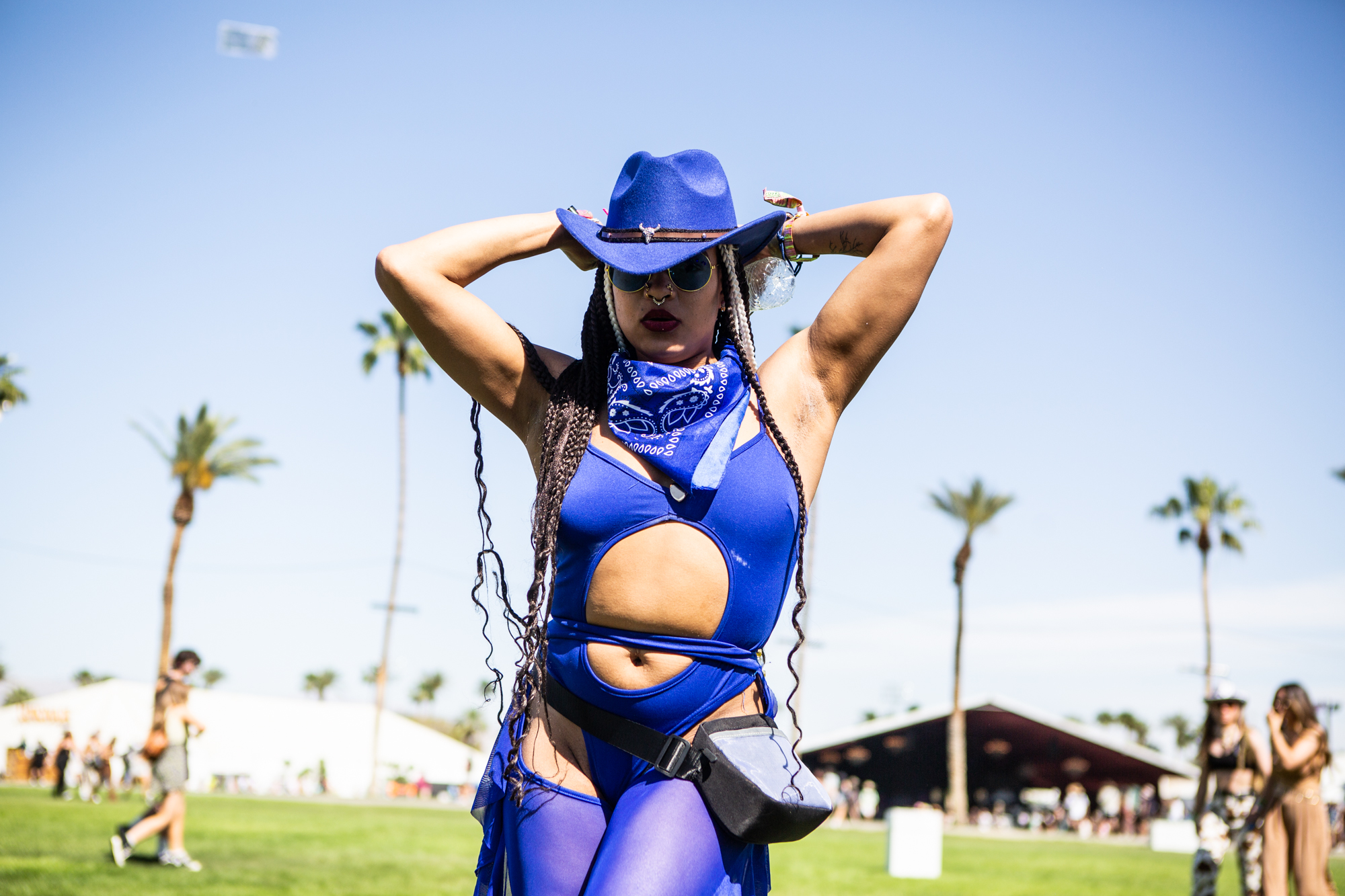
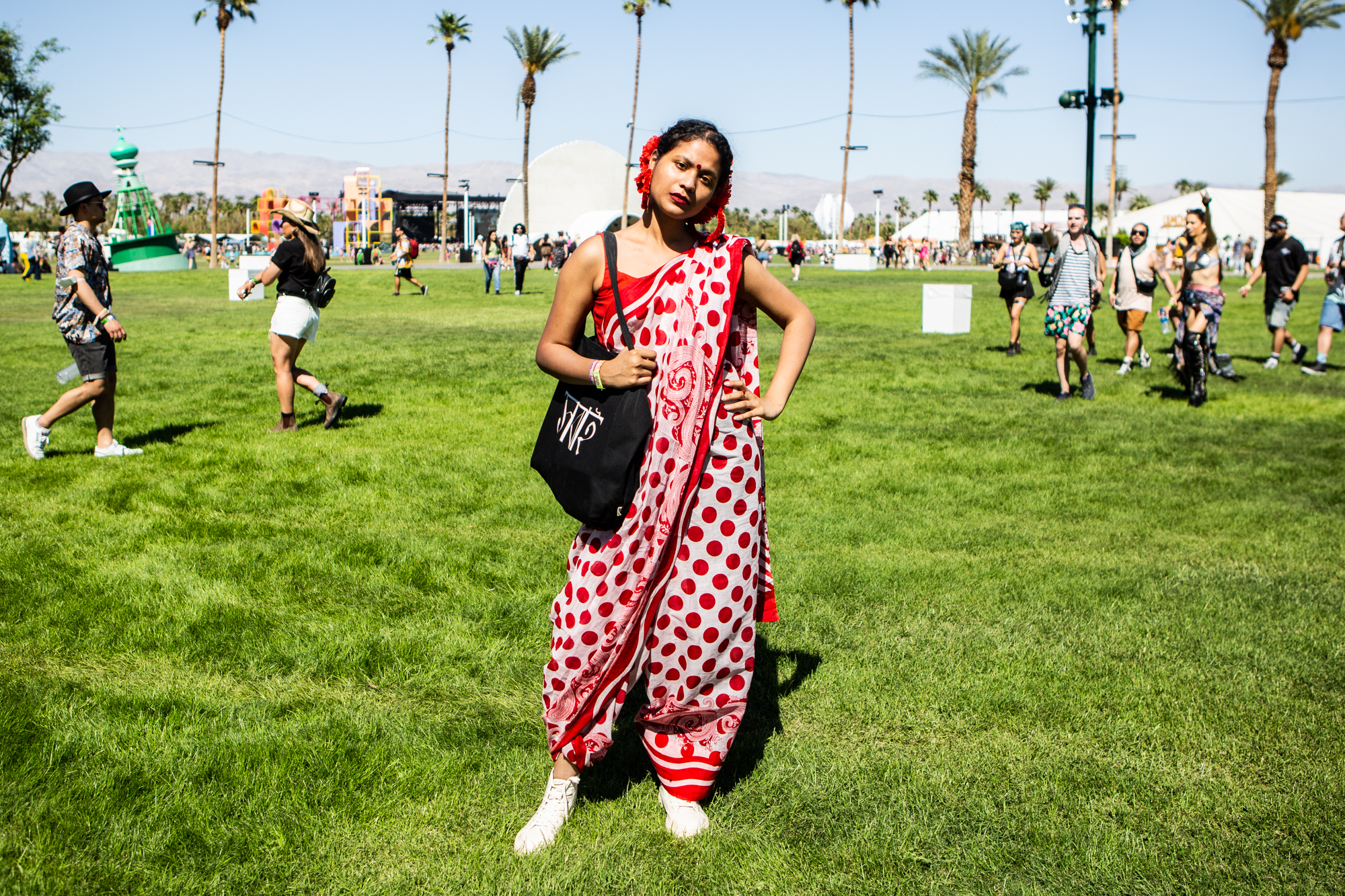
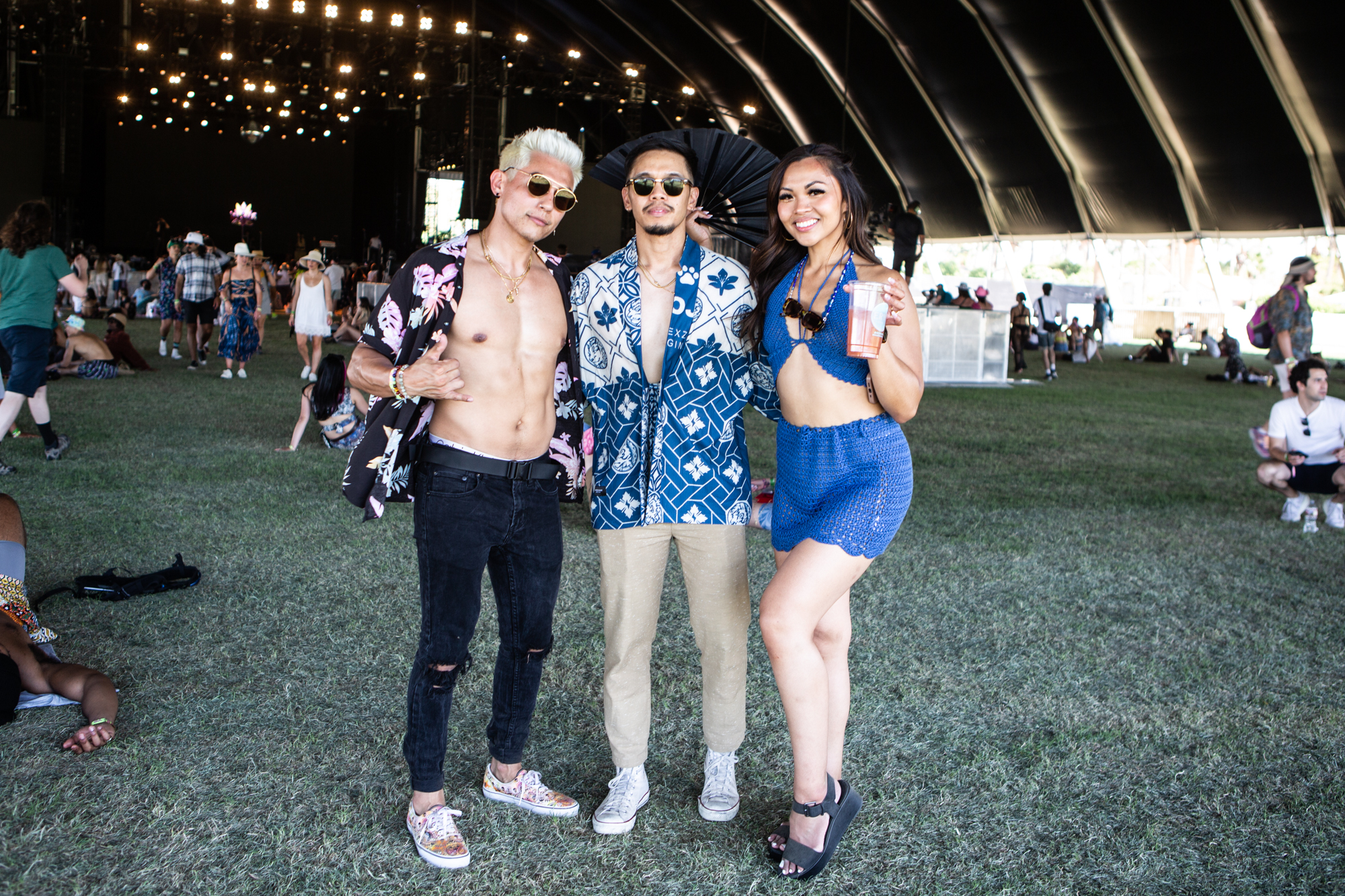
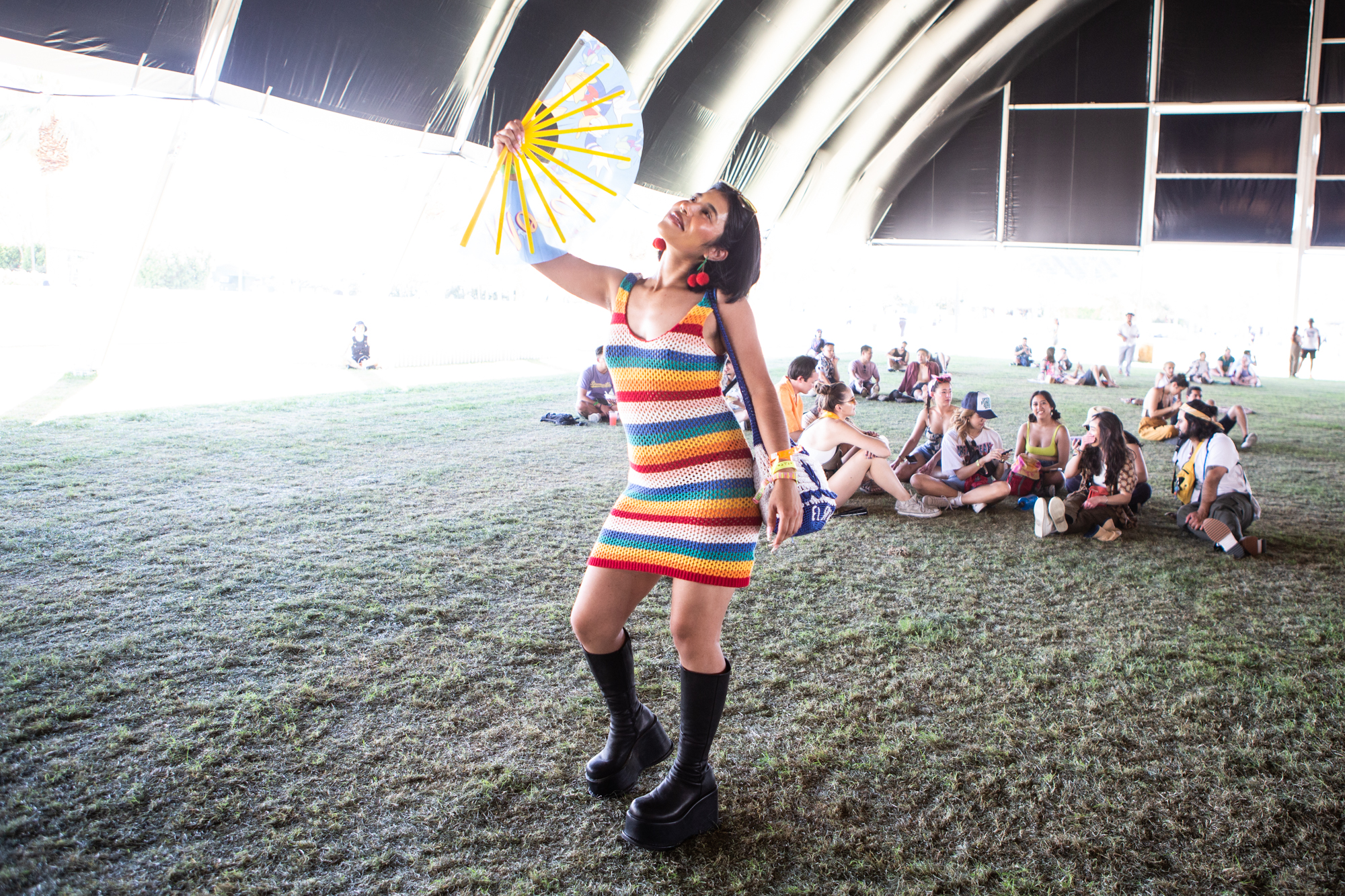
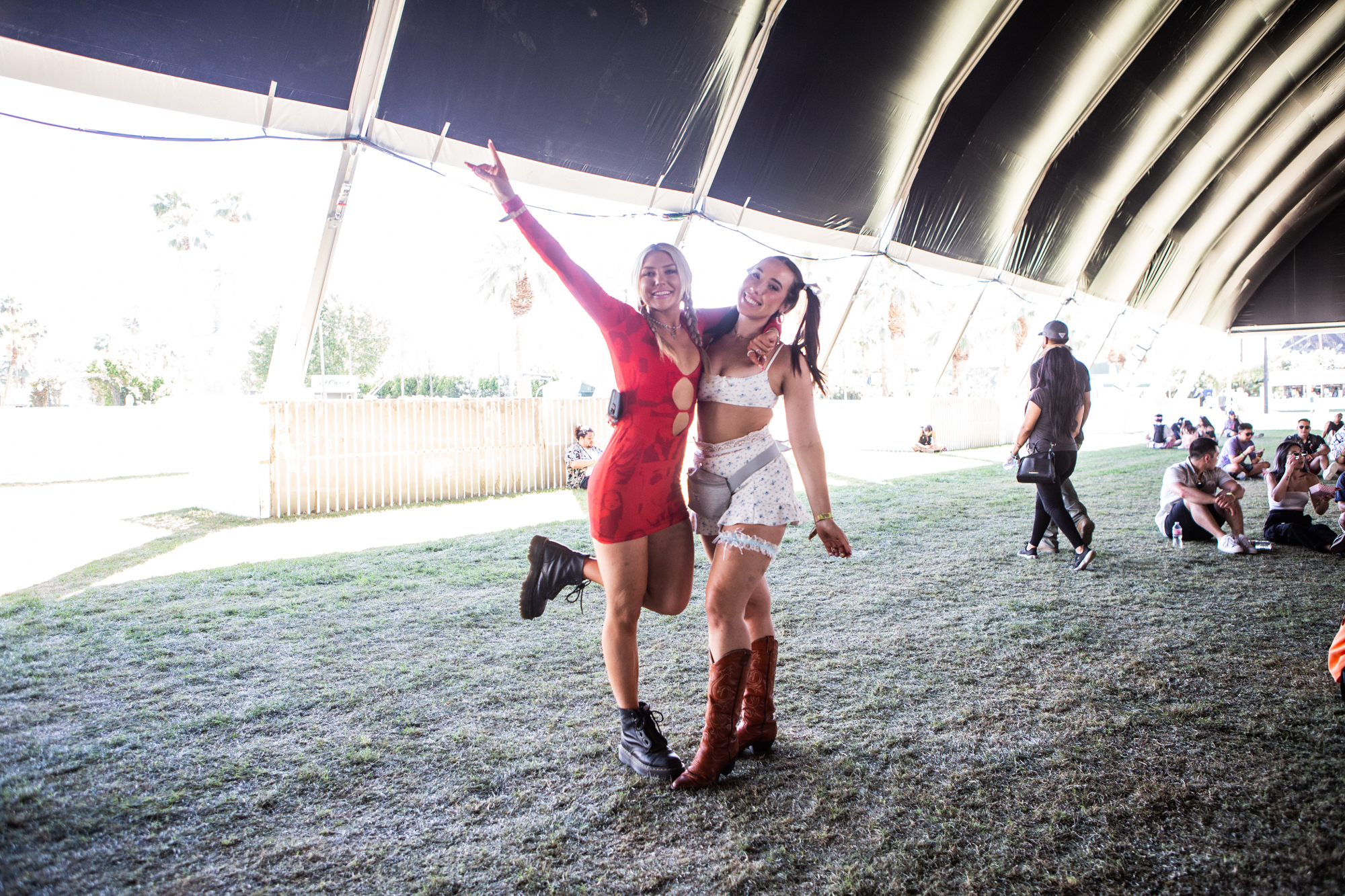

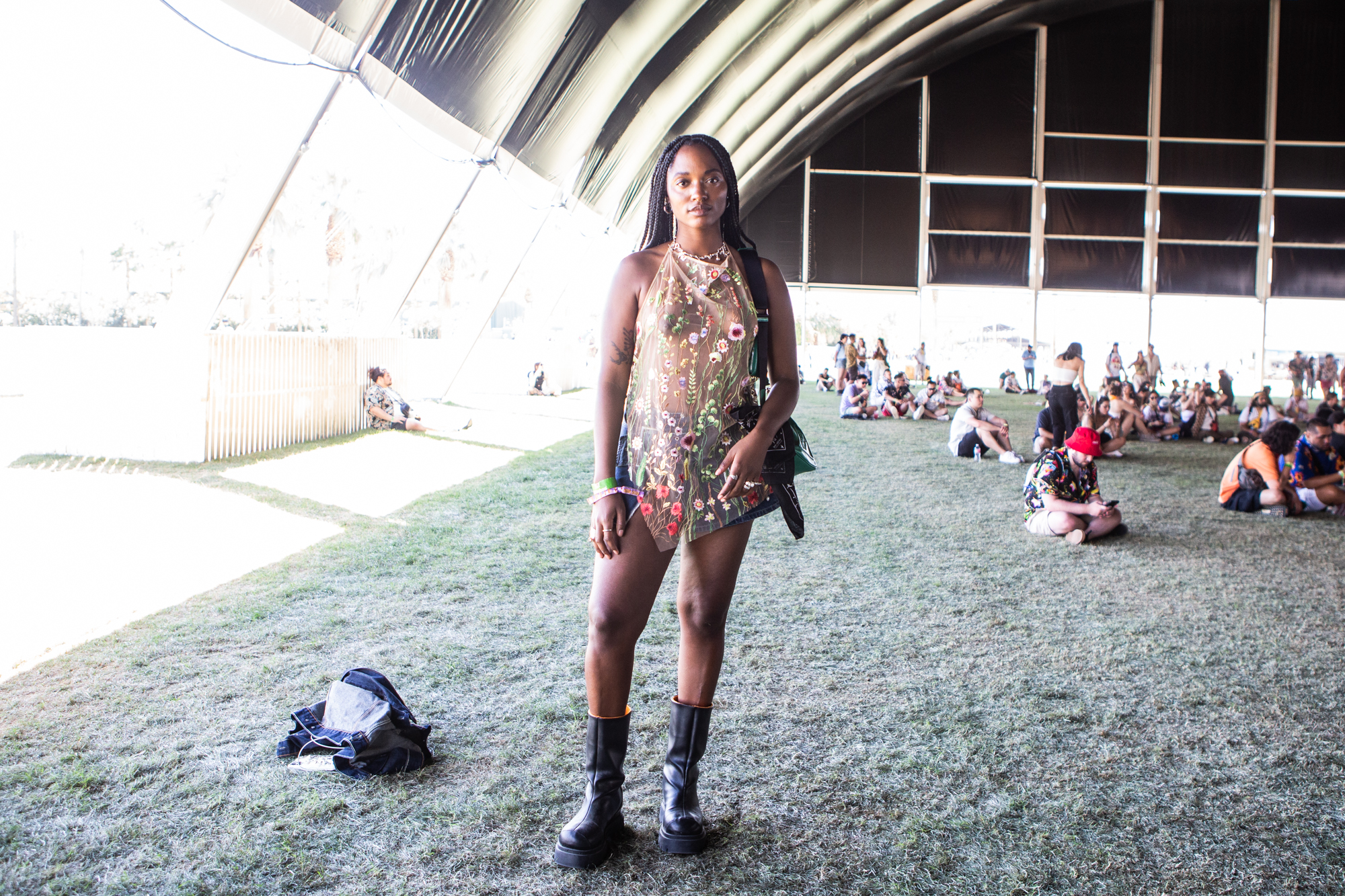
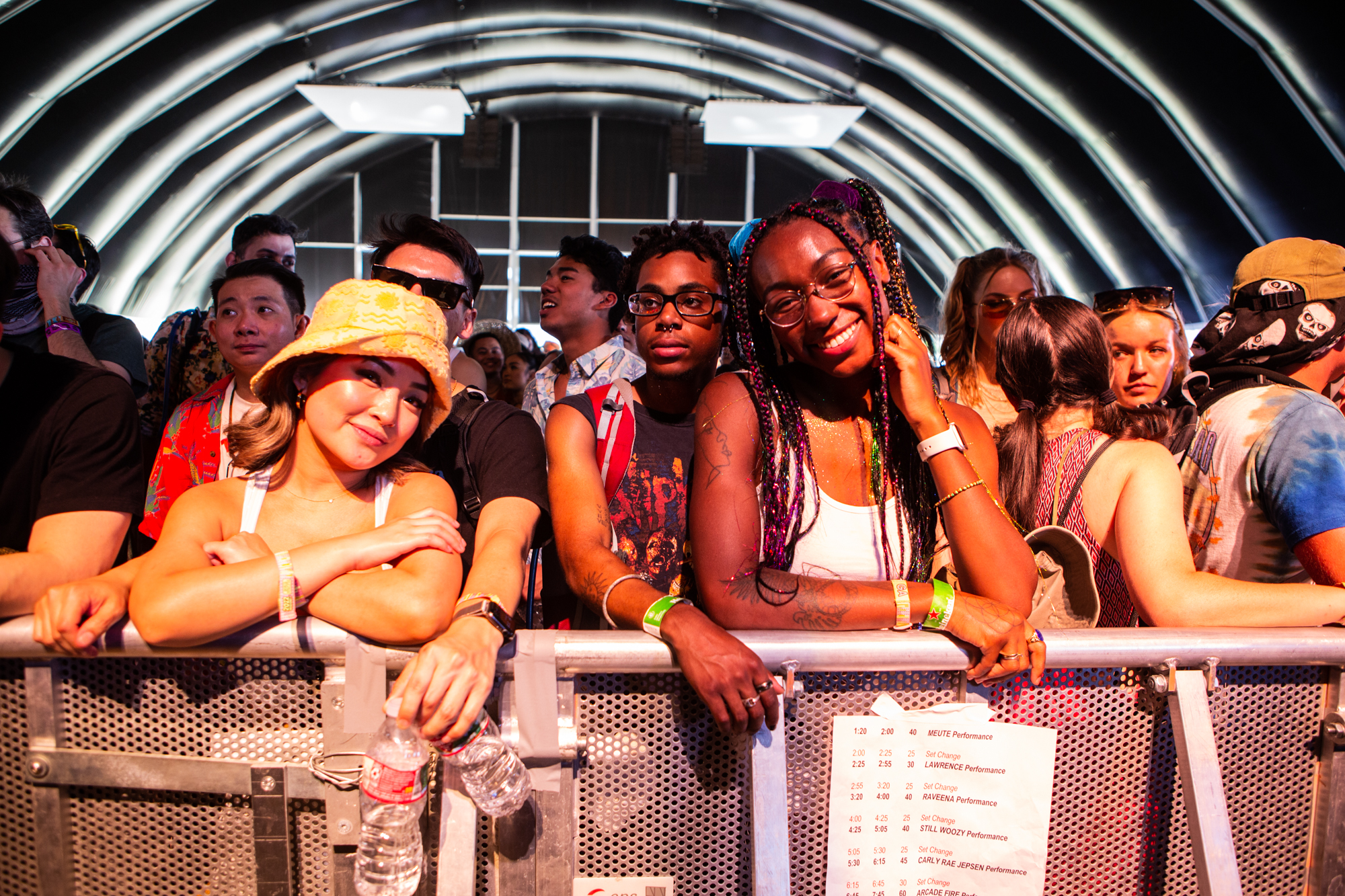
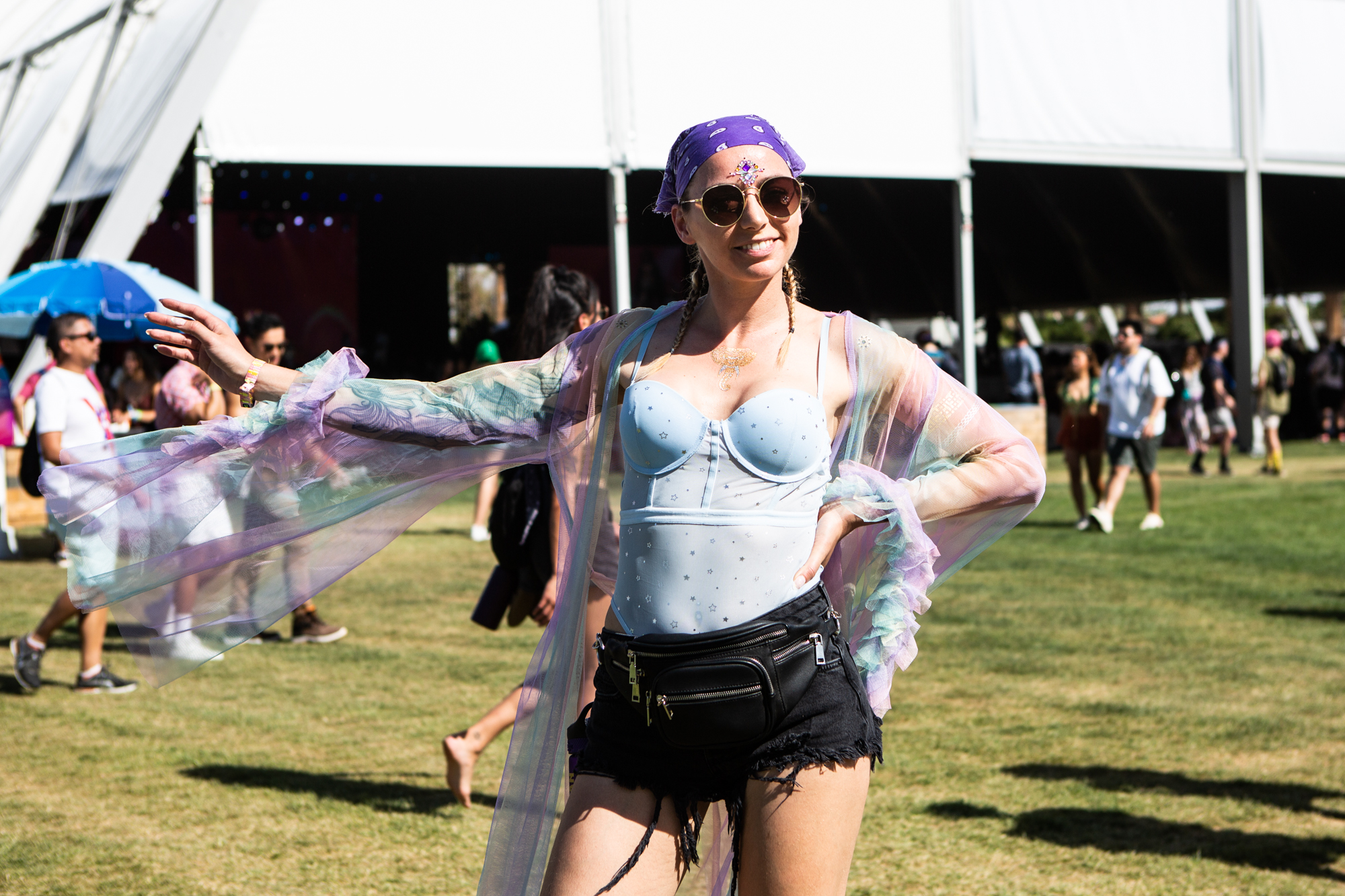
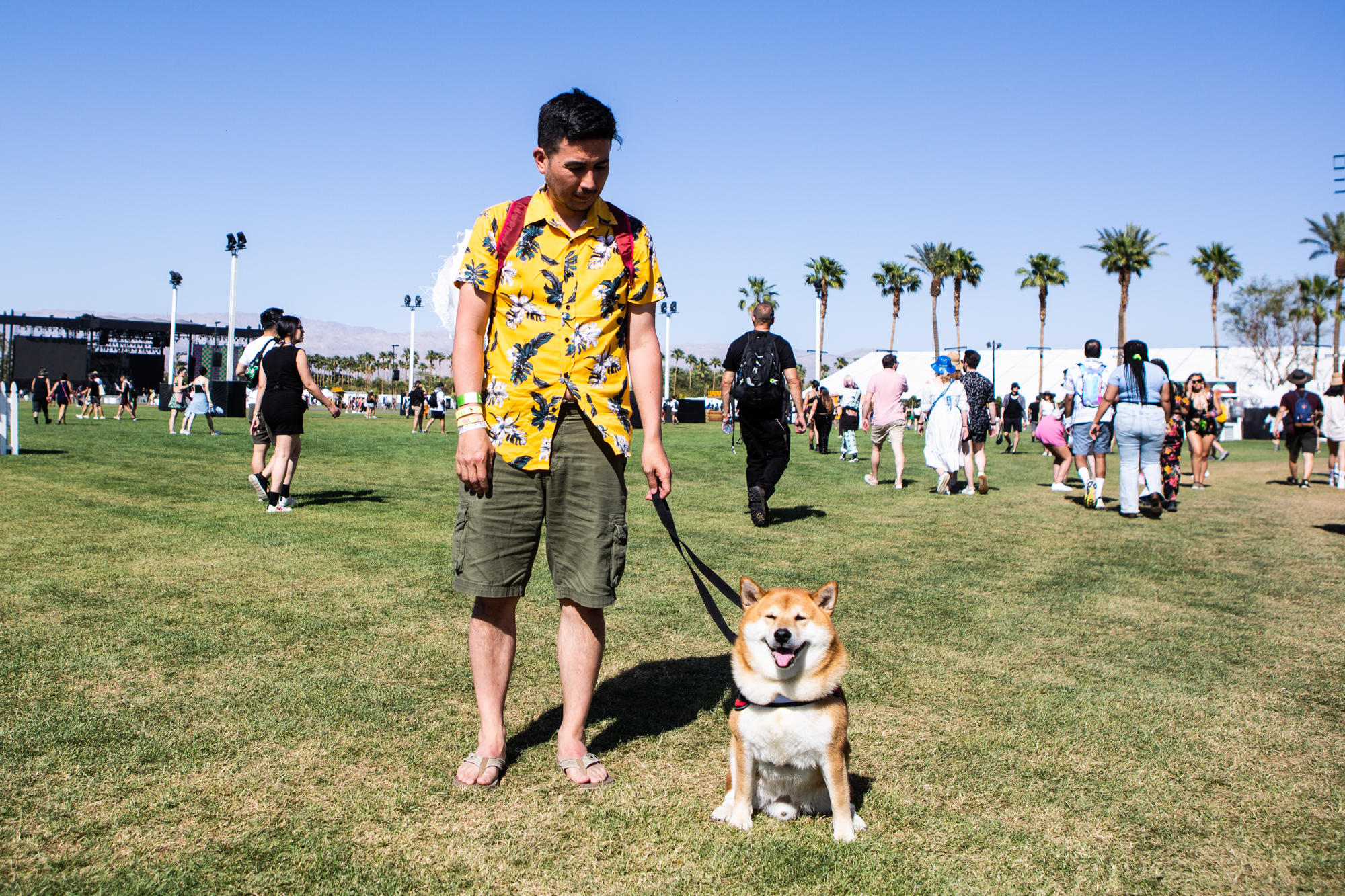
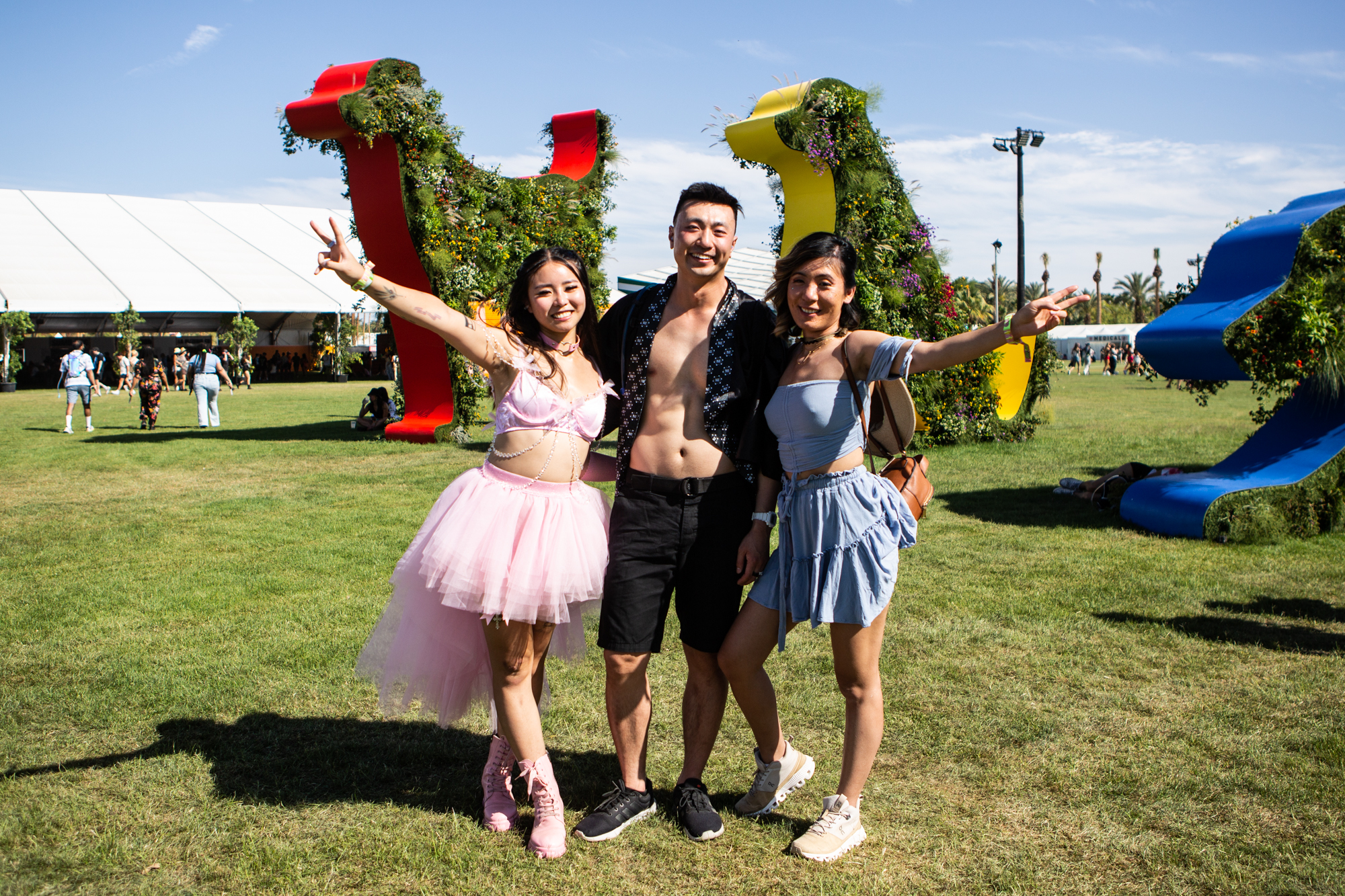
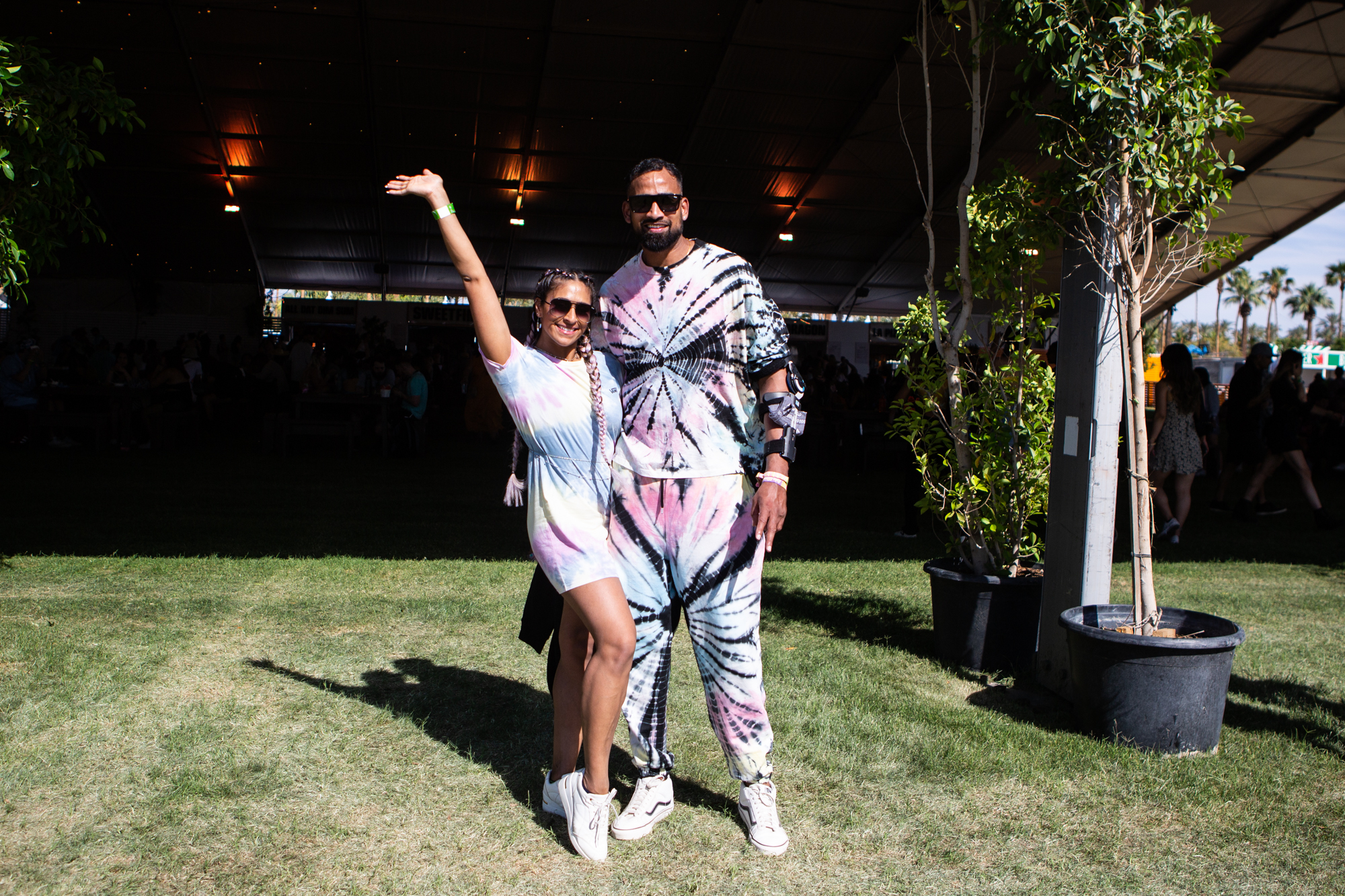
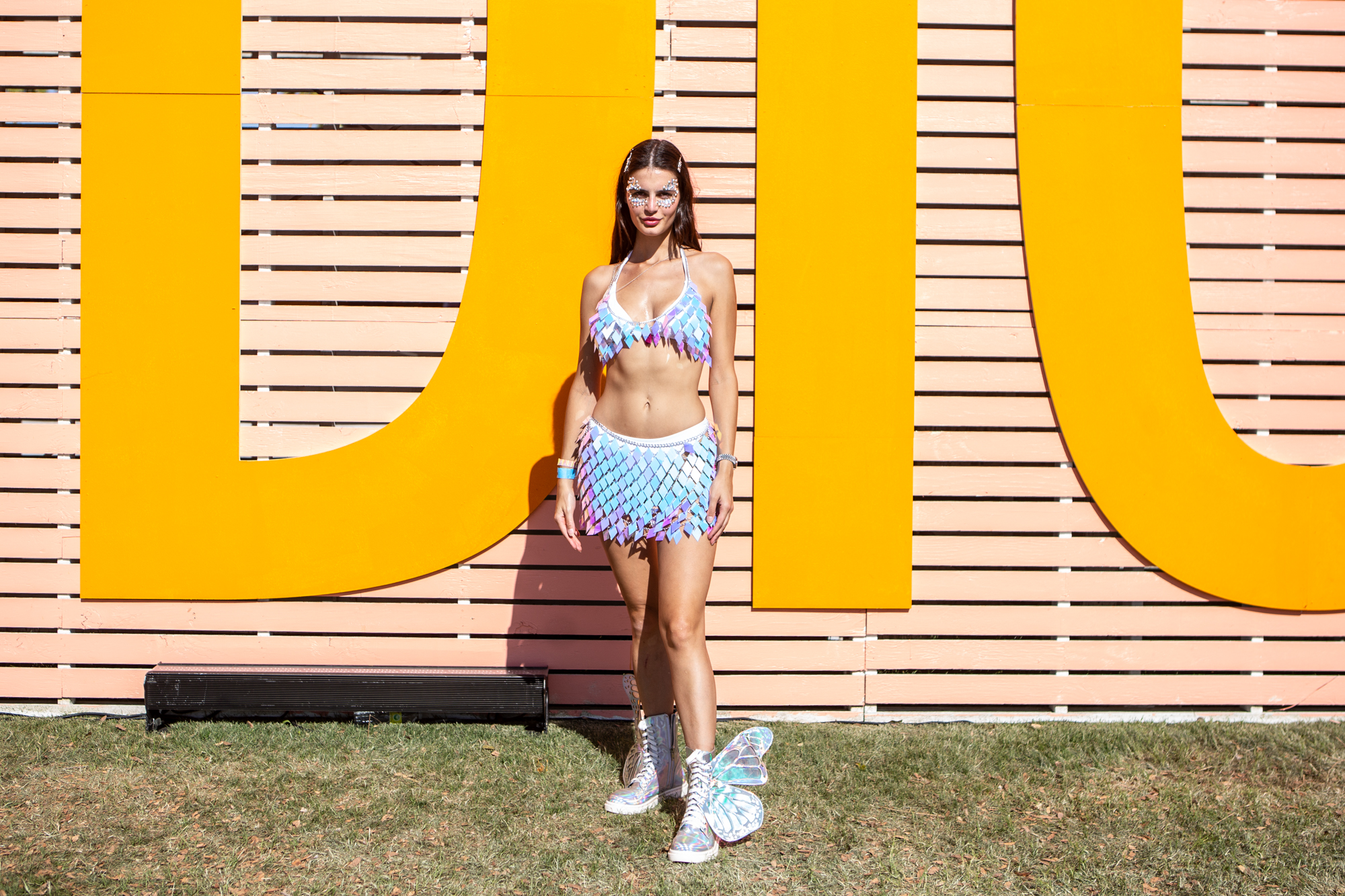
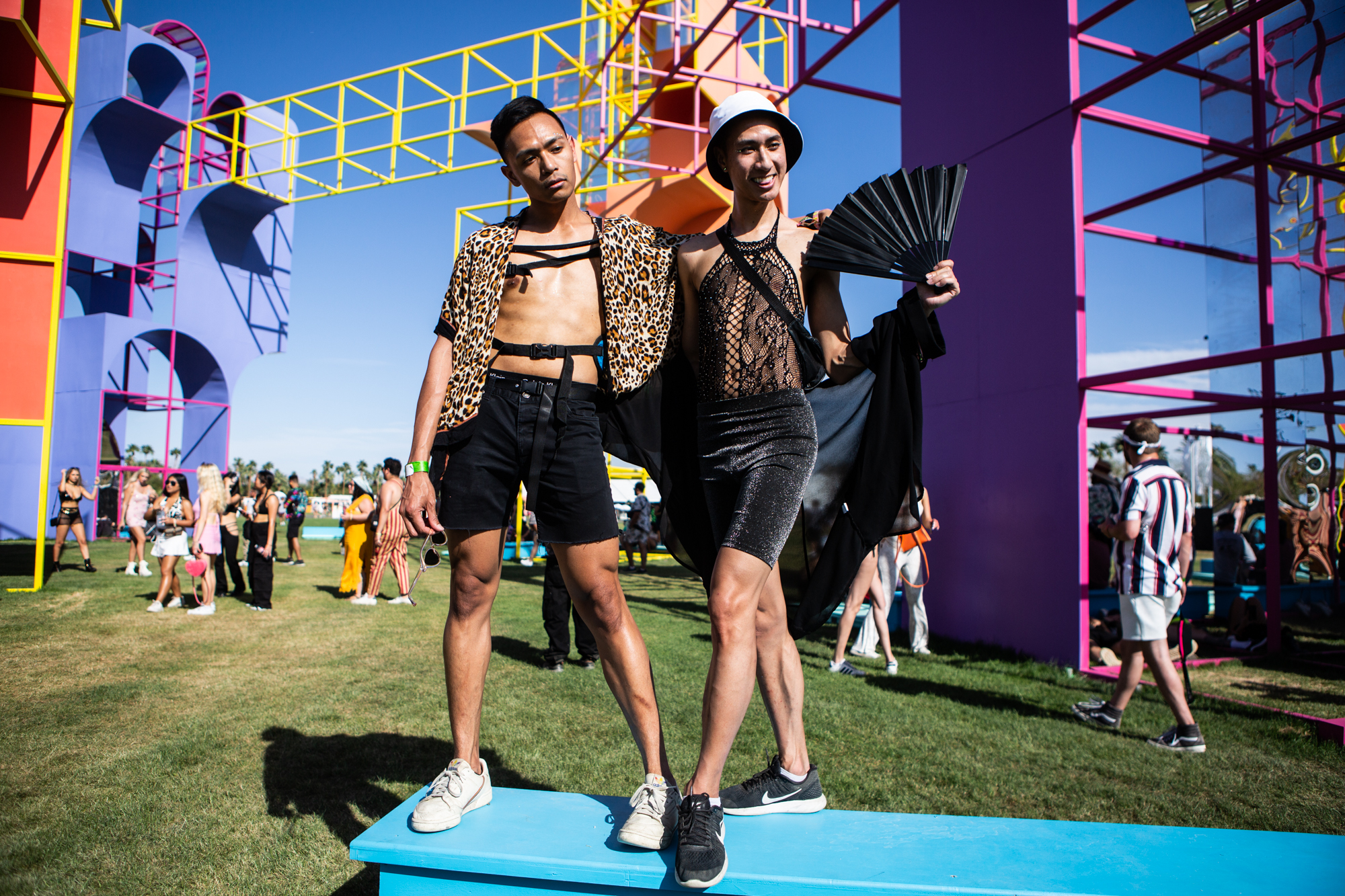
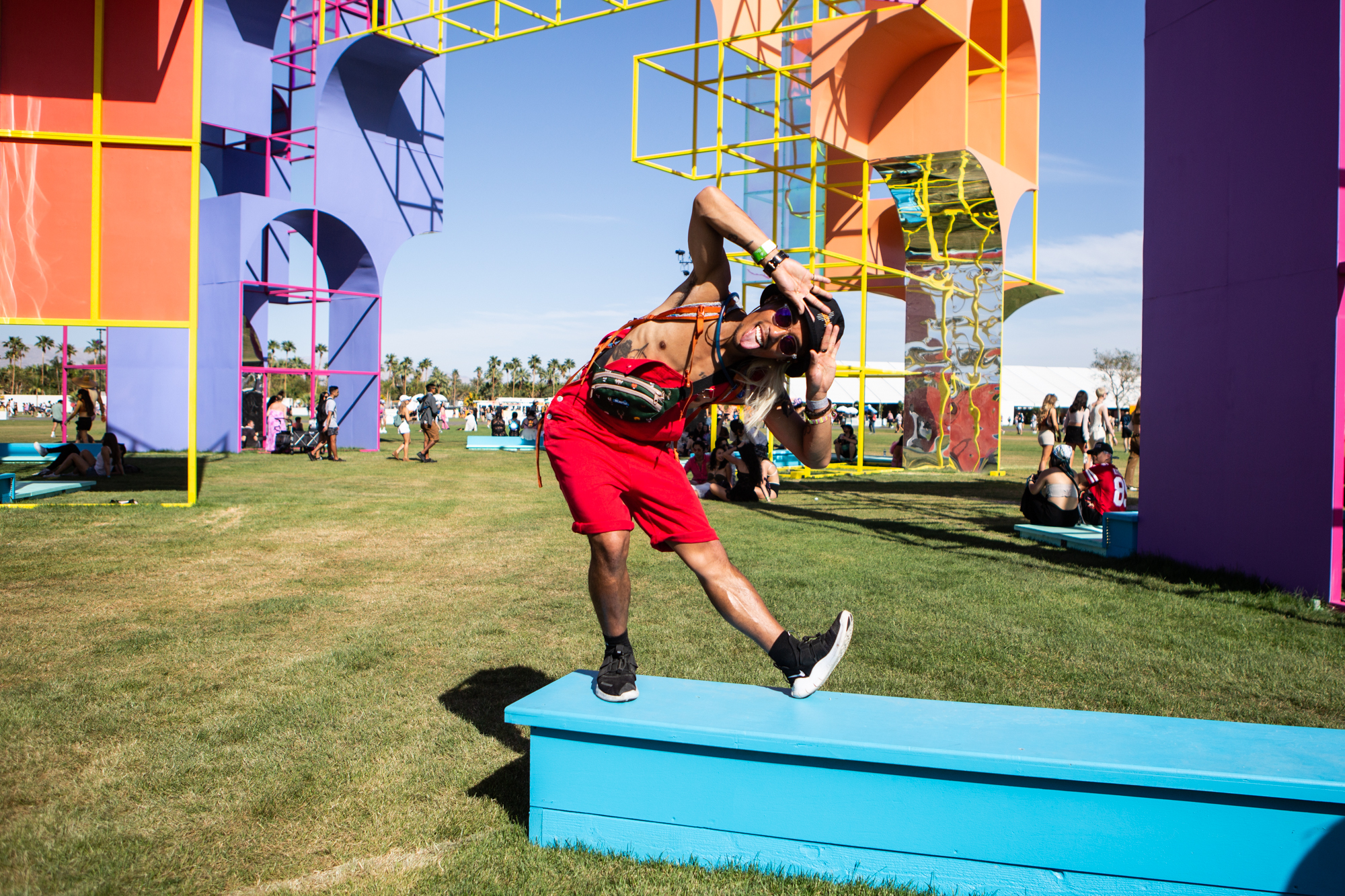
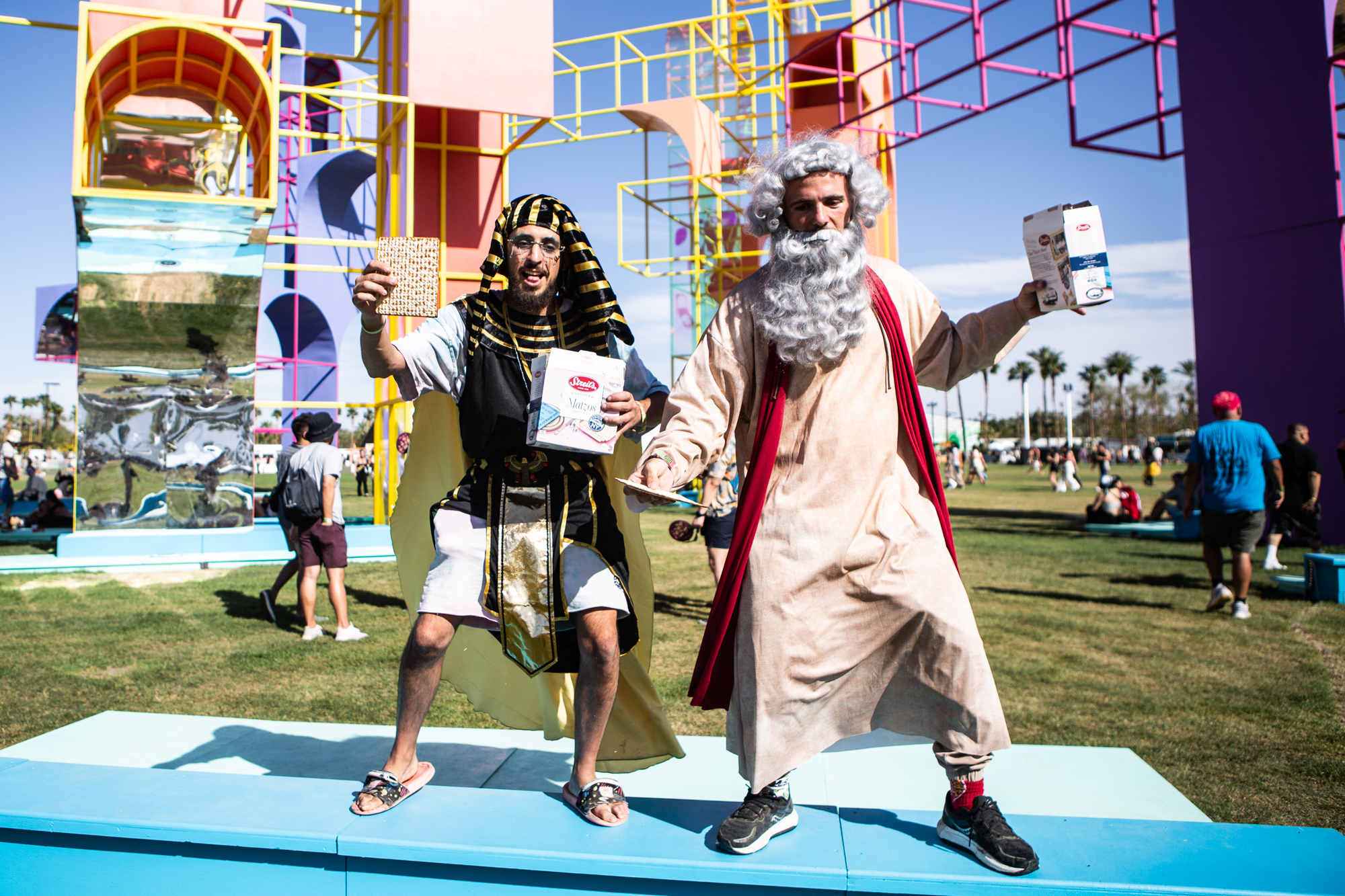
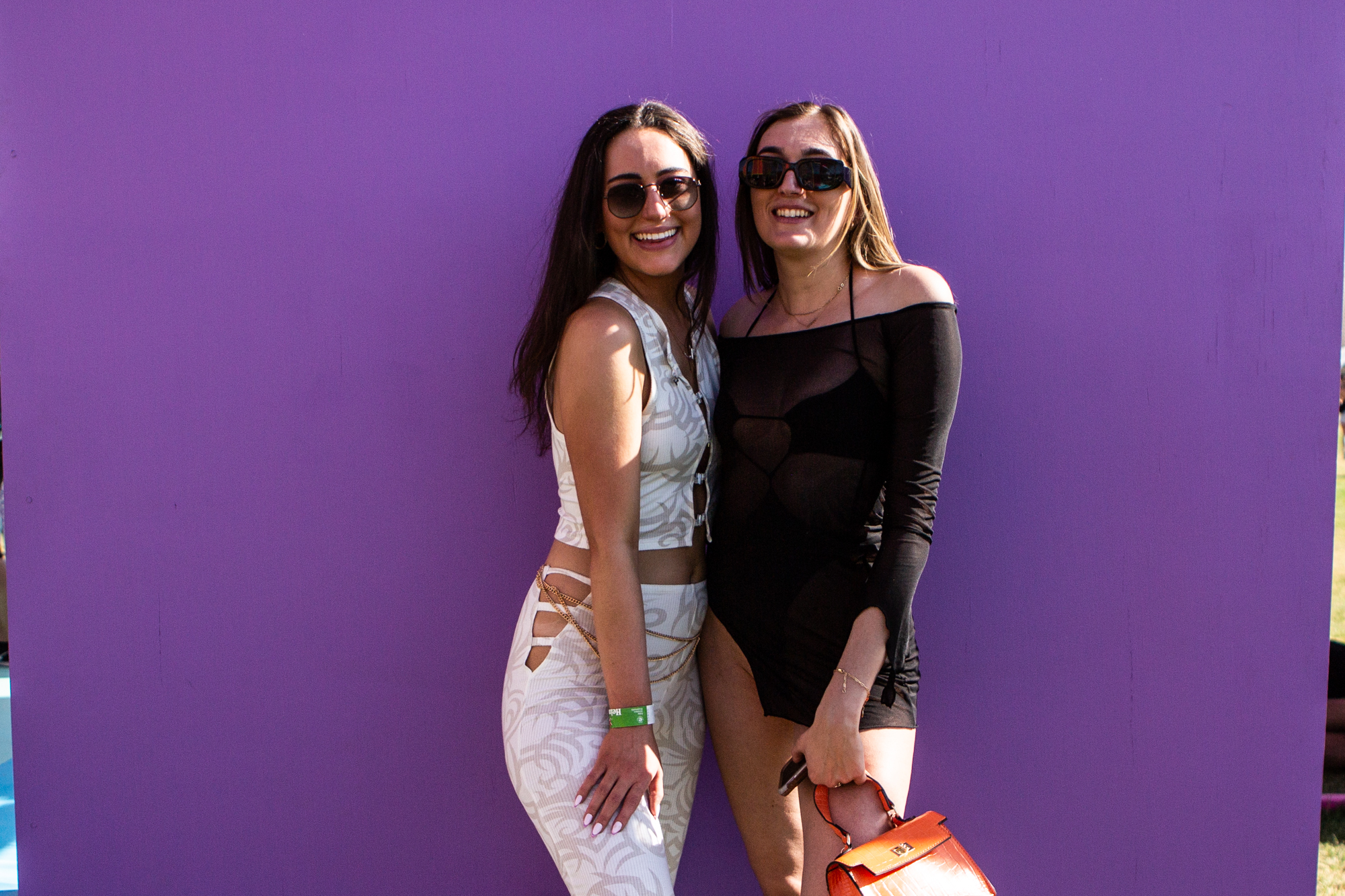
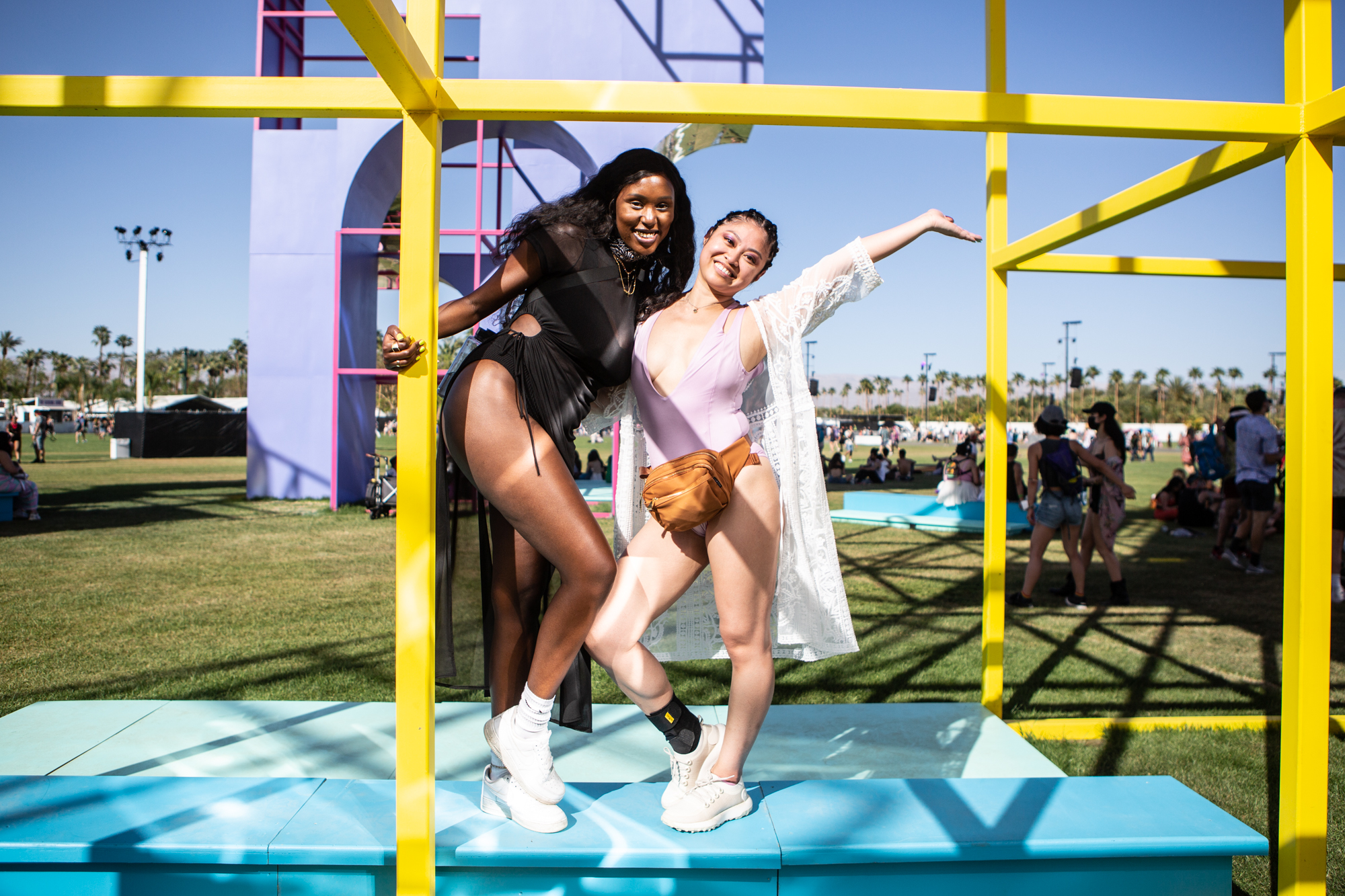
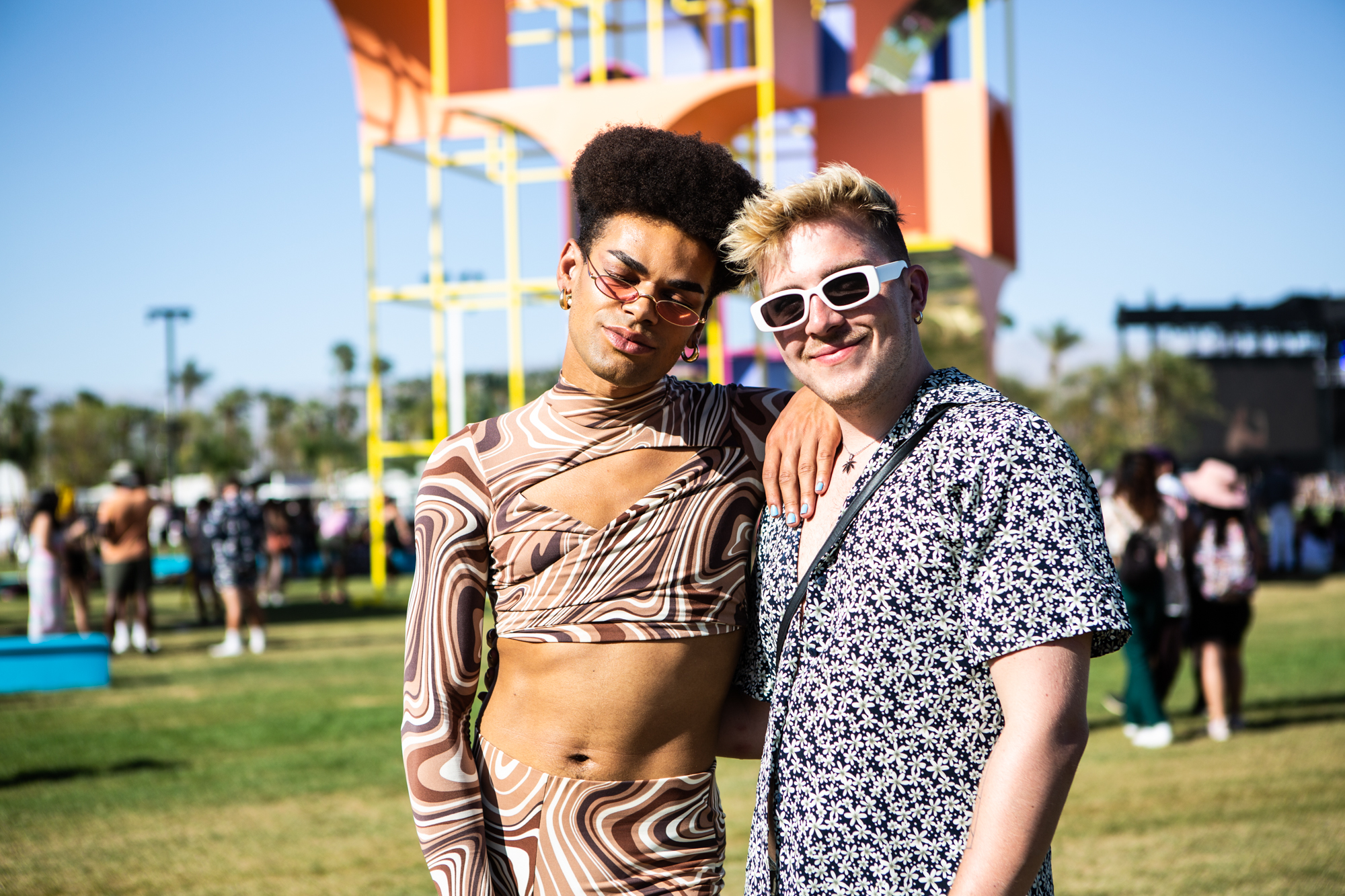
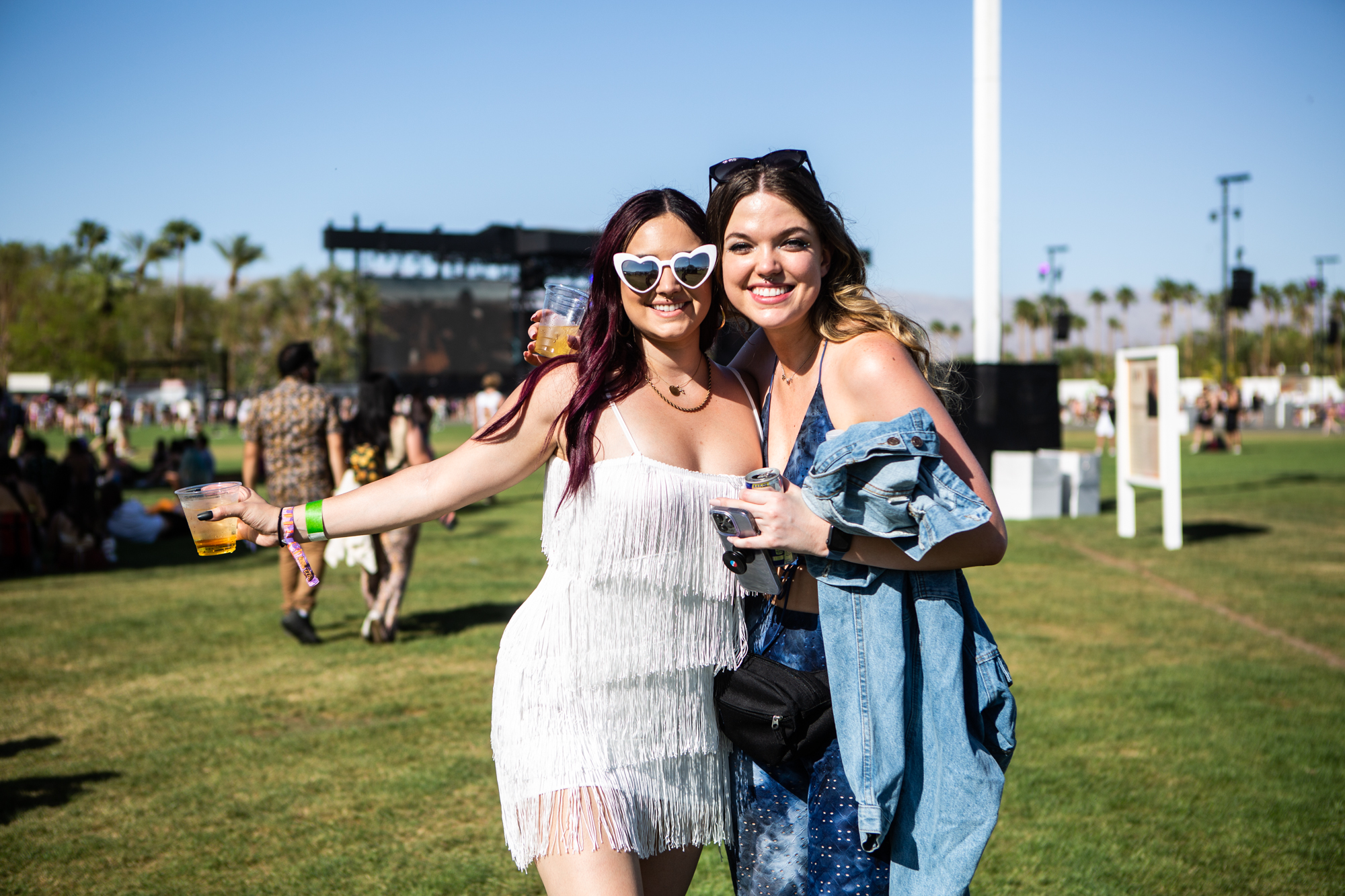
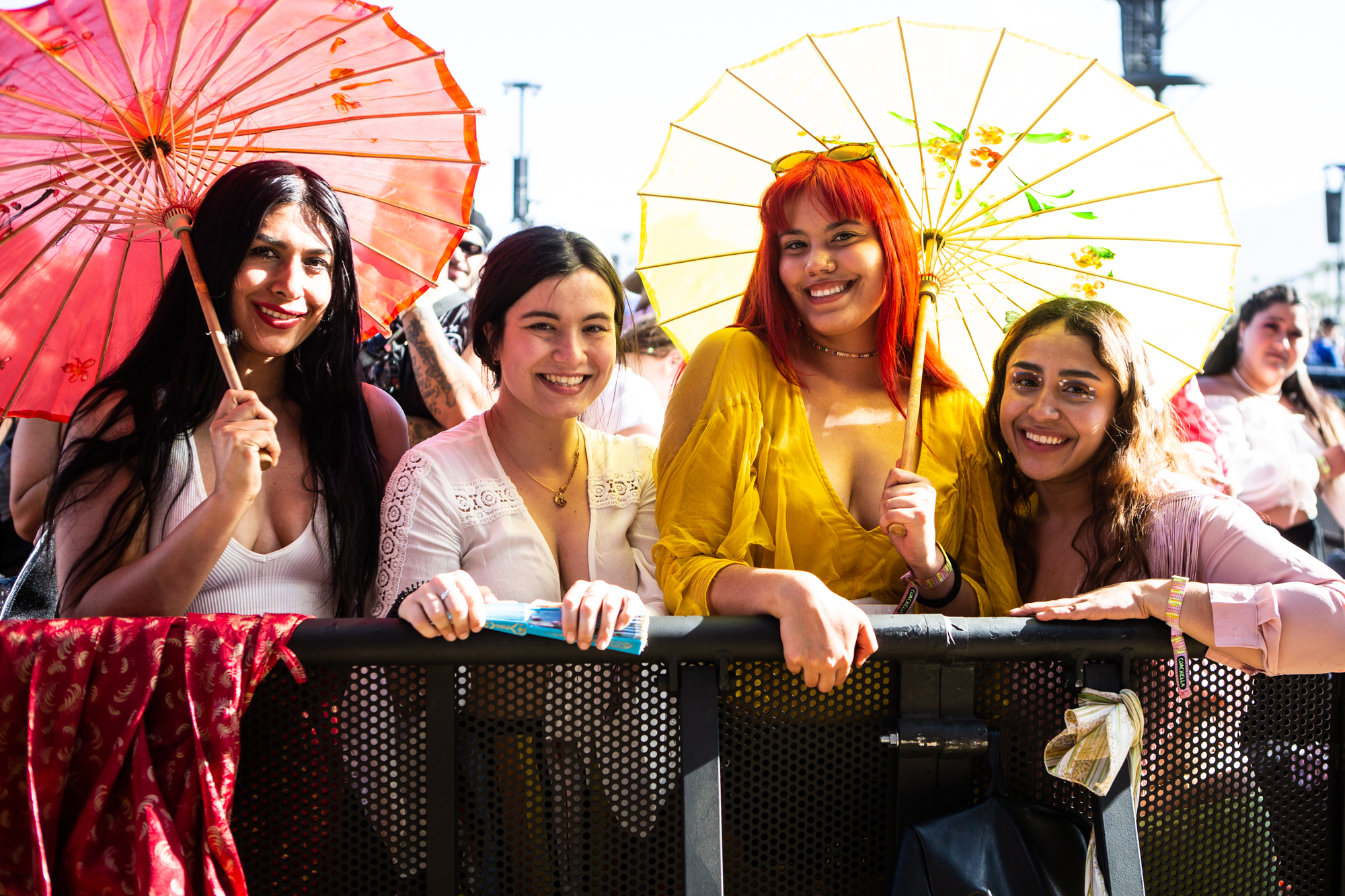
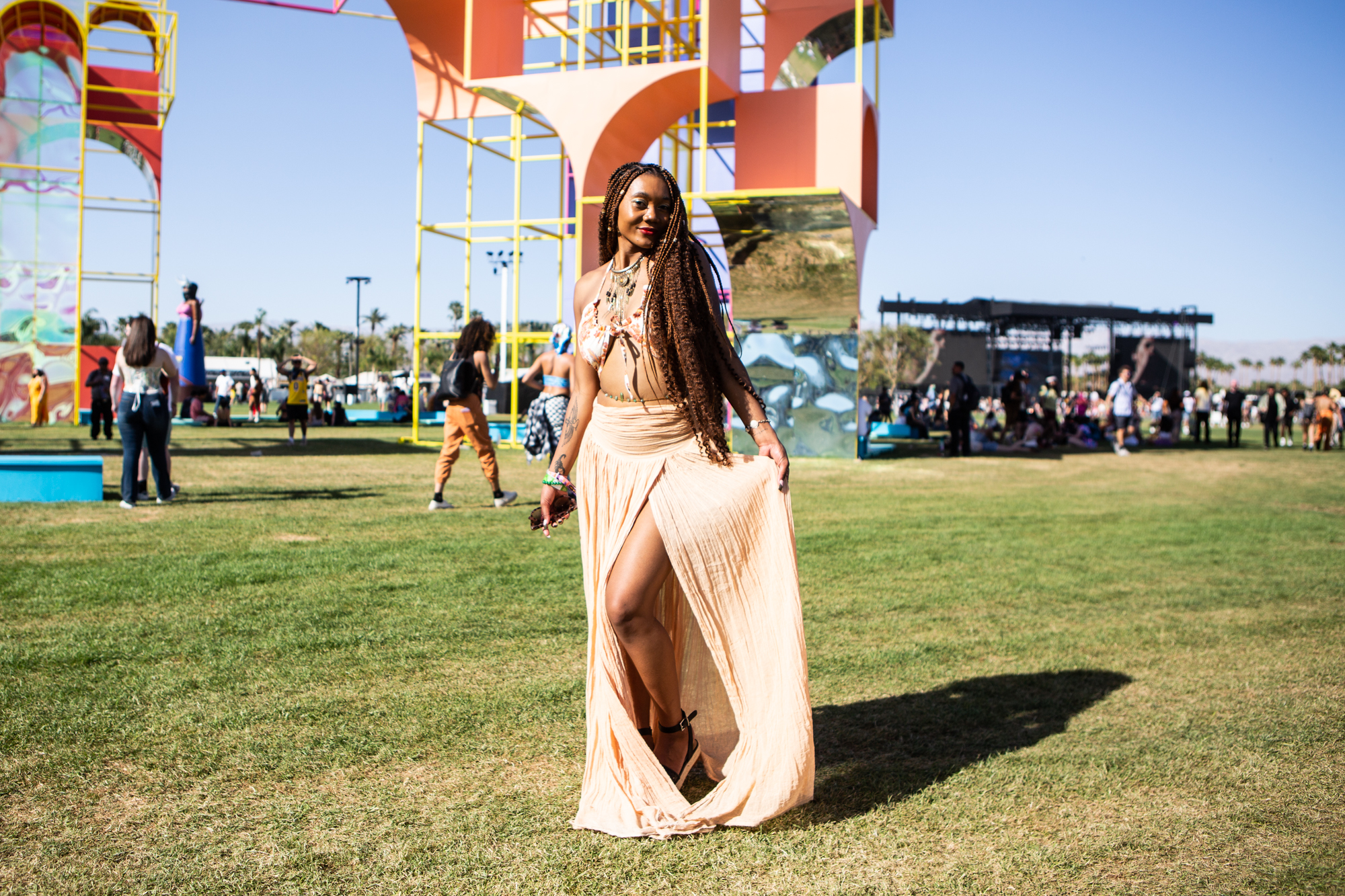
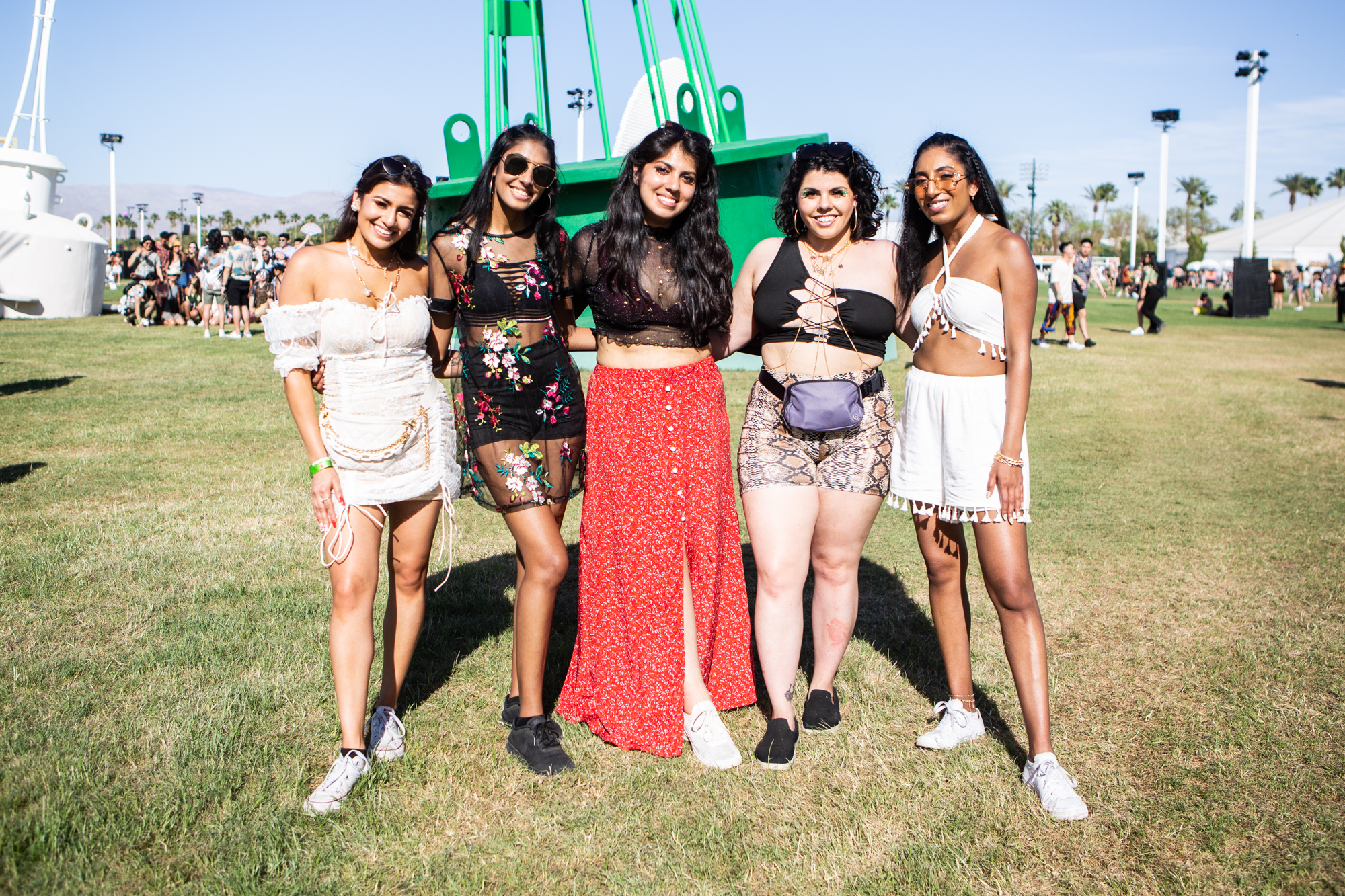
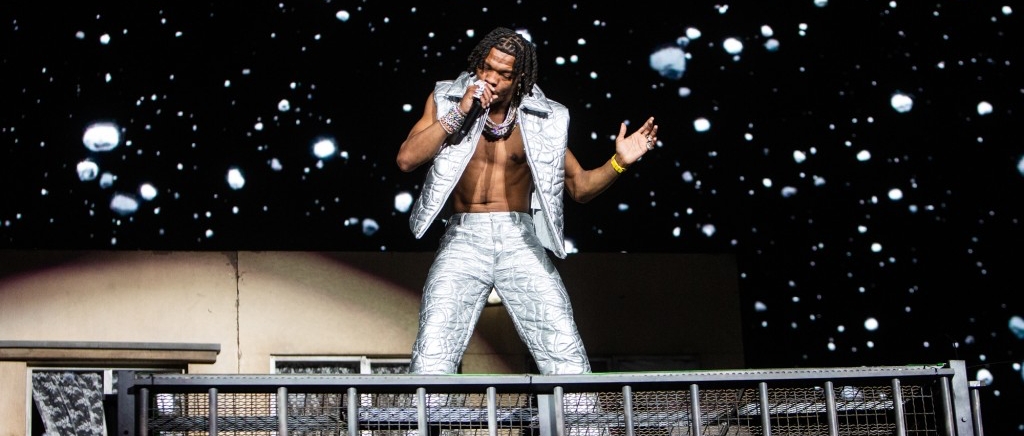
With the Coachella Valley Music and Arts Festival returning for the first time in three years, it looks like the organizers’ have adjusted their hip-hop strategy. While in past years, the festival has gambled a bit more on rising stars in the genre like Aminé and Dej Loaf, this year, the focus shifted to providing more established stars like City Girls, Cordae, and Lil Baby.
This isn’t a bad thing at all, though. While day one of the 2022 Coachella Festival only sported a handful of rap acts, by honing in on more proven quantities, the festival offered an excellent cross-section of samples of where the genre currently is, with one or two glimpses at where it could be going.
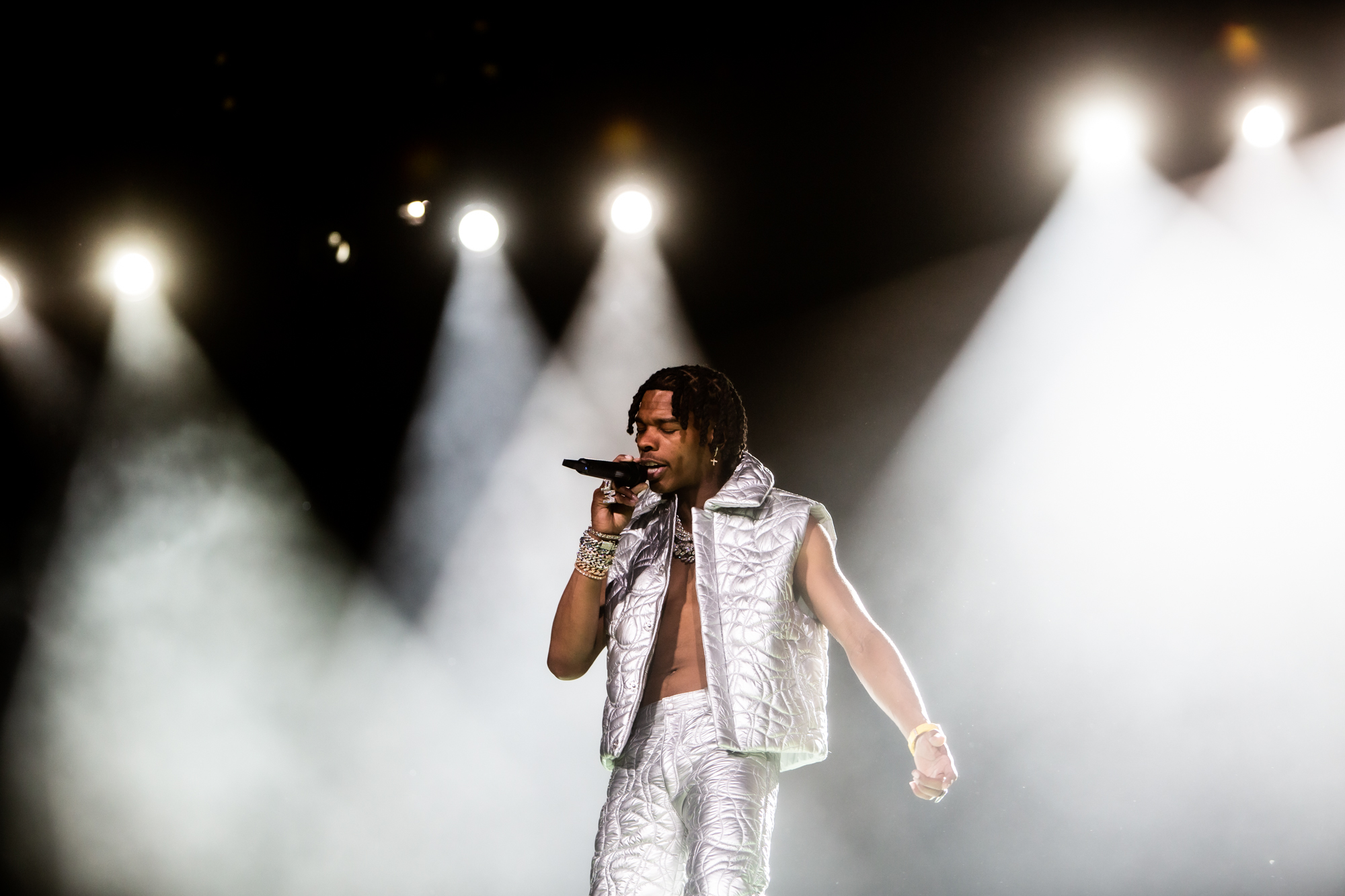
Whereas rap acts are usually spread pretty evenly around the festival grounds, this year, it appears there was a more streamlined concept. The majority of the rap acts who appeared did so on the Sahara stage; the only two exceptions were Princess Nokia and Lil Baby. Nokia was upgraded from the tiny Sonora tent to the main stage, albeit for an early afternoon set, while Lil Baby played a primetime set on the main stage that felt too early in hindsight.
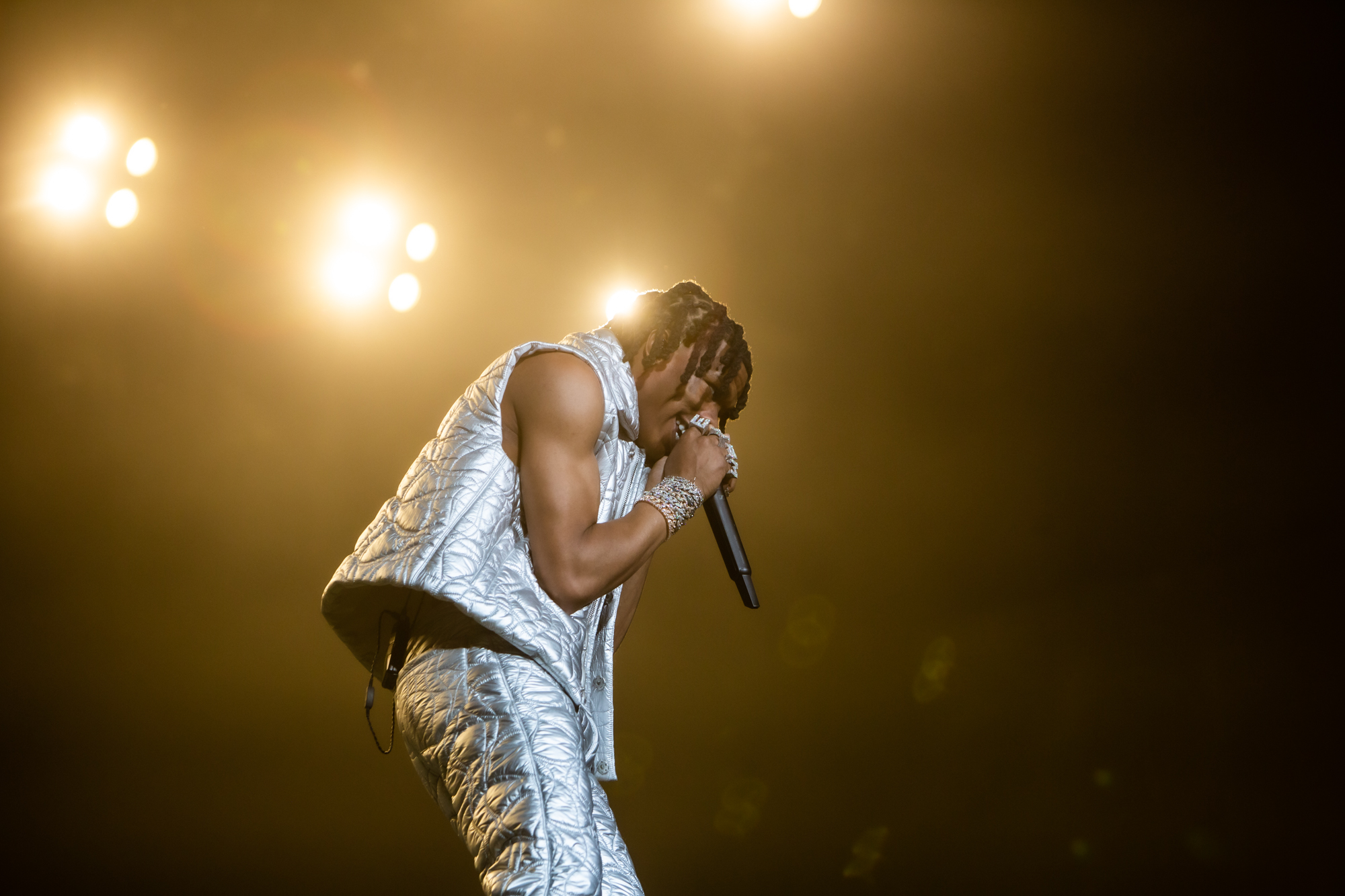
Lil Baby’s impressive set appeared to incorporate some of the lessons he’d learned during his recent Back Outside arena tour. The set design was more ambitious, depicting a busy trap house motel, and Baby’s performance was much more fluid and animated, suggesting that he’s grown in confidence and settled into himself as a showman. Though it was light on guests, Gunna did appear to perform “Drip Too Hard” and “Pushin P,” to a predictable massive crowd pop.
However, when compared to the much more low-key Daniel Caesar set that followed, it felt like Baby perhaps should have been the penultimate performer ahead of Harry Styles. The drop in energy coincided with a drop in temperatures as the desert wind picked up; I think going with the higher energy set into the headliner could have improved the reception of both.
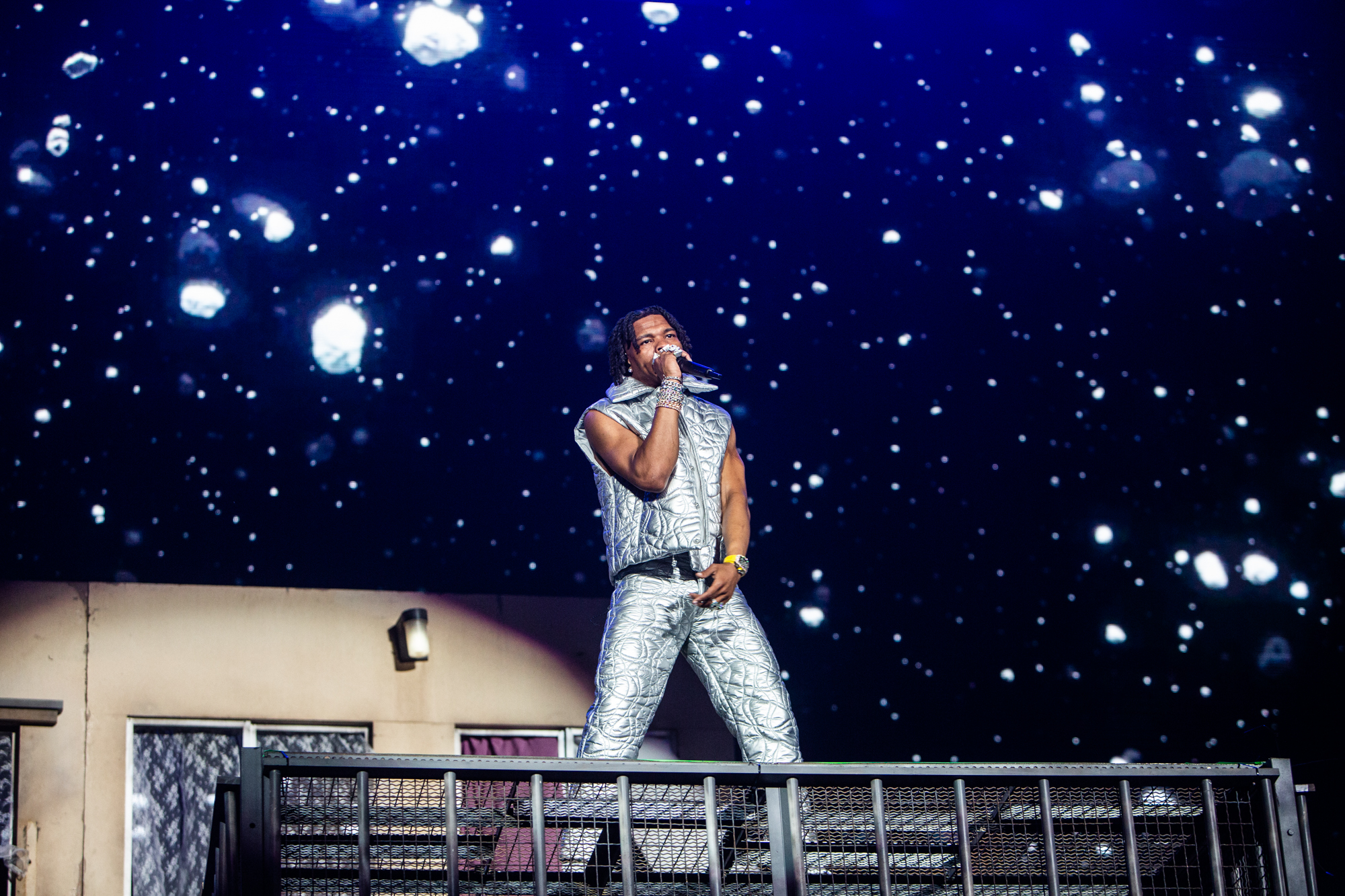
Meanwhile, on the Sahara stage, a strong lineup started with City Girls, running through Cordae, South African DJ Black Coffee, Baby Keem, and Big Sean. The only thing that seemed out of order was not starting with Cordae. His live band-backed set was as strong as any I’ve seen, but by the time he hit the stage, the exuberant crowd from City Girls had thinned considerably.
Understandably, curating a massive festival like this takes work. But it does seem that a more experienced hand could have benefitted the sequencing for the hip-hop acts to keep the energy building. Fans who enjoyed upbeat renditions of tracks like “Twerkulator” and “Said Sum” (with surprise guest Moneybagg Yo) didn’t stick around to watch Cordae perform Lost Boy staples like “Thanksgiving” and From A Bird’s Eye View cut “C Carter” — maybe they should have because Cordae’s versatility is always impressive and perhaps City Girls fans would enjoy high-energy fare like “Scottie Pippen” and “Kung-Fu.”
While I’m sure there’s at least some overlap between Cordae’s fans and those of City Girls, that part of the Venn diagram is thin enough that booking them back-to-back wound up appearing awkward – at least, until Cordae’s more hardcore fans and curious heads finally filled the Sahara tent back up.
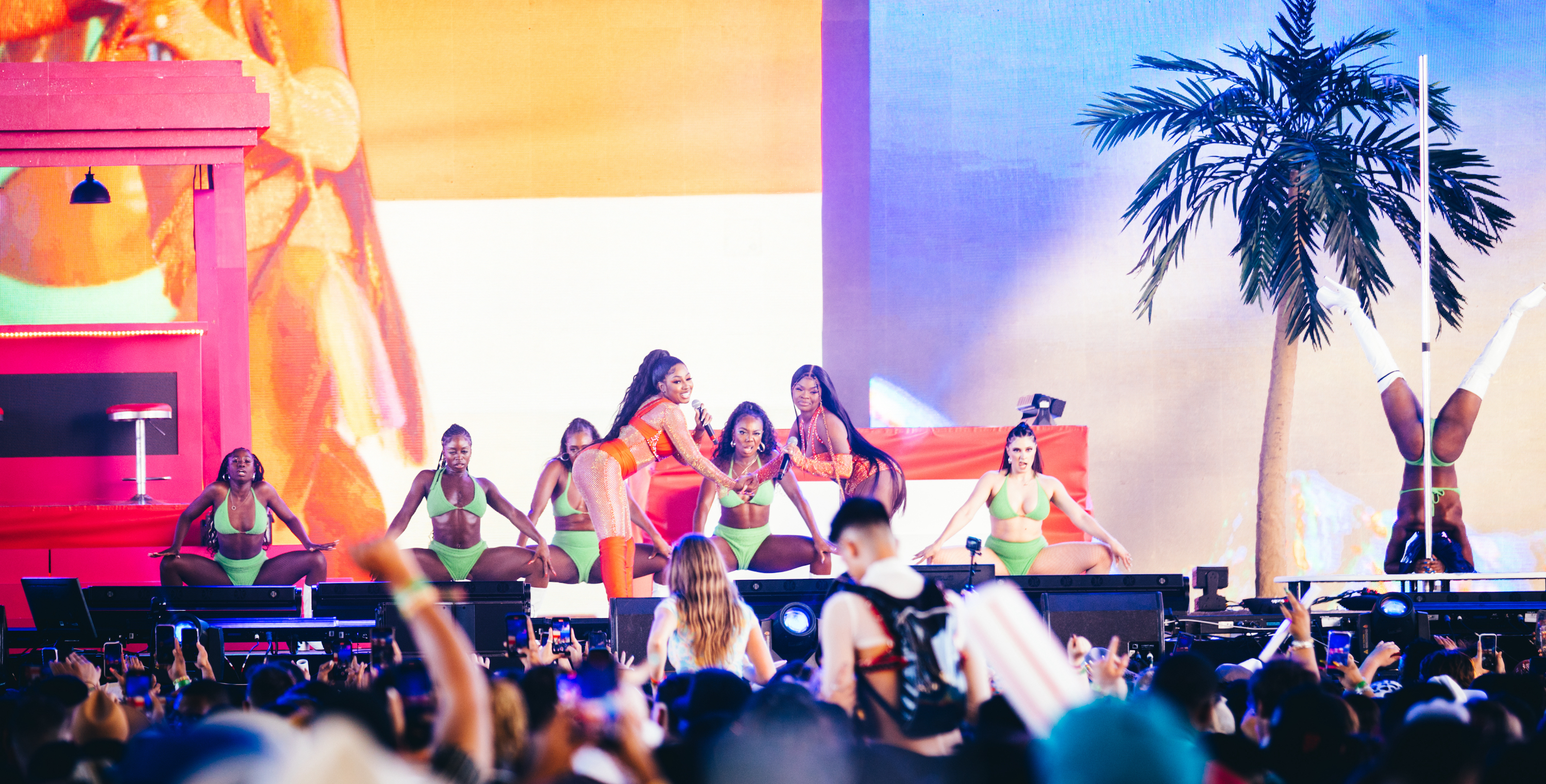
What did work well was concentrating the hip-hop acts to one or two stages and spreading them out sufficiently enough to allow someone interested mostly in seeing hip-hop to take in most of the sets. I missed Baby Keem, but only because I was so curious to see how Daniel Caesar would handle the big stage with some mellow tunes (the answer is “not well,” but not because his performance wasn’t good. It was just stuck after an electrifying performance from Lil Baby). Ideally, this could be the strategy in the future, too.
Obviously, spreading the acts more evenly between the main stage and Sahara could encourage more movement for hip-hop heads to check out other genres, while omnivores wouldn’t have to zigzag all over the polo grounds. Instead, the hip-hop acts could simply be a home base to return to at either end of the field. As long as someone in booking has a grasp of where acts are in their careers and how their respective sounds compare and complement each other, this new, streamlined strategy could make finding hip-hop at the biggest festival easier and more enjoyable than ever.
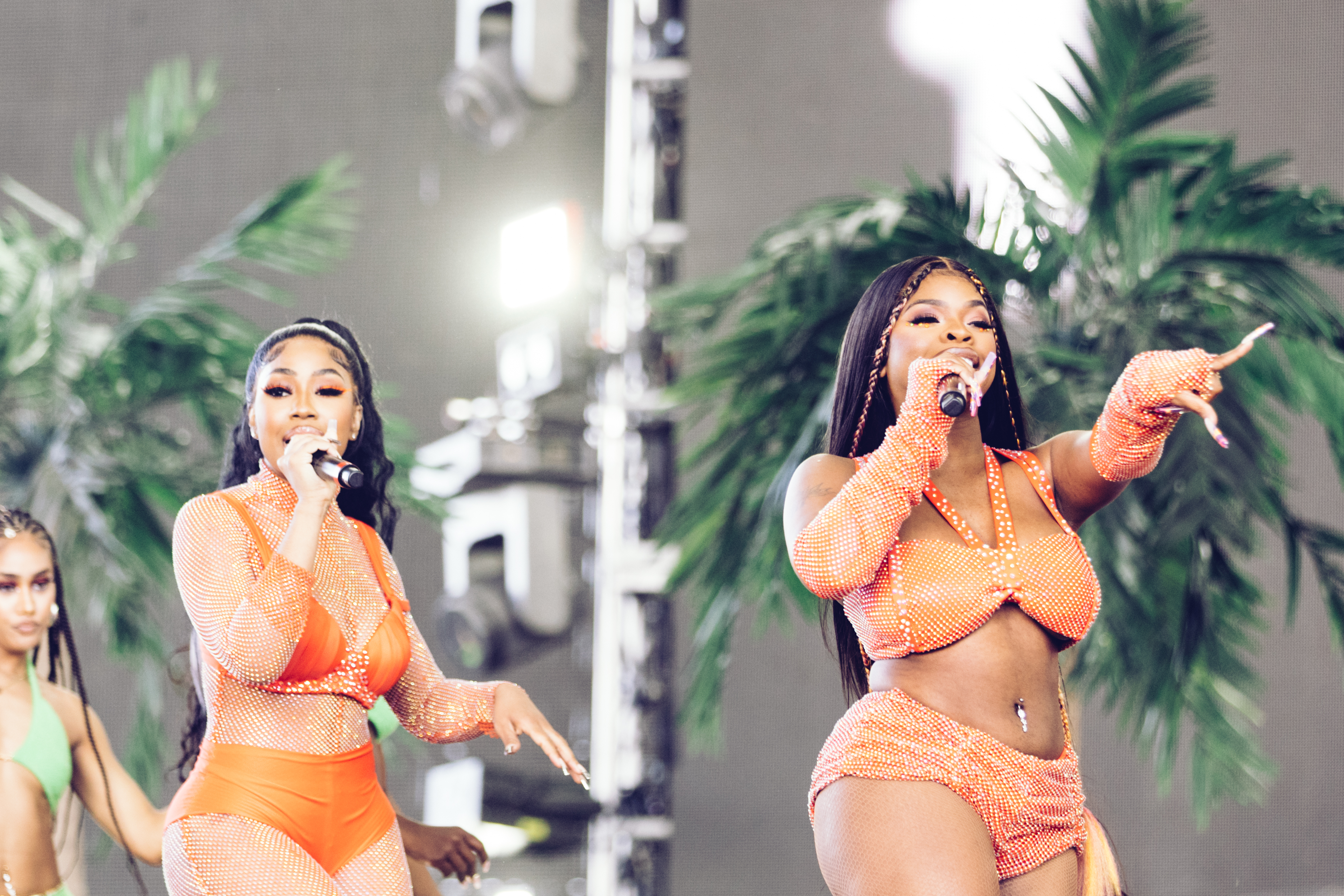
Some artists covered here are Warner Music artists. Uproxx is an independent subsidiary of Warner Music Group.

What a year in hip-hop 2022 has already been. This year started with a bang thanks to new album releases from Gunna (DS4EVER), Cordae (From A Bird’s Eye View), and Earl Sweatshirt (Sick!). As the year continued, the big-name releases picked up momentum, with new albums from Saba (Few Good Things), 2 Chainz (Dope Don’t Sell Itself), $not (Ethereal), Big KRIT (Digital Roses Don’t Die), Earthgang (Ghetto Gods), and Conway The Machine (God Don’t Make Mistakes). That momentum has carried over into the beginning of spring, with King Von (What It Means To Be King), BabyTron (Megatron), Lil Durk (7220), Fly Anakin (Frank), Phife Dawg (Forever), Denzel Curry (Melt My Eyez, See Your Future), Buddy (Superghetto), and Latto (777) all contributing to the absolute mayhem that marked the first quarter of rap releases.
All that, and we still haven’t heard from heavy-hitters like JID, Kendrick Lamar, or Nicki Minaj, although increased activity from two of the three suggests that new albums may very well be dropping soon. For now, we’ll just focus on the albums we know are dropping (or have dropped — April 8 turned out to be a monster release day as well). And look, there’s no accounting for taste or surprise releases; your underground fave may not appear here but that doesn’t mean we aren’t always looking out to be pleasantly shocked by a relative newcomer or dark horse viral popup. Here are the most anticipated hip-hop albums of spring 2020.
The 2021 XXL Freshman had a stellar year in the wake of her breakout track, “No More Parties.” Following up with strong viral faves like “Twinnem” and “Blick Blick,” Coi proved she’s no one-hit-wonder. Trendsetter looks to bring some color and life to the rap game, bending the genre’s established tropes and throwing expectations for female rappers completely out the window.
As the Chicago veteran — yes, she’s a vet, as she first emerged during the drill rap explosion of 2012 — aims to make her resurgence, she’s picked the perfect partner. Hit-Boy managed to jumpstart the career of rap icon Nas; if anyone can help Dreezy with her relaunch, it’s him. They’ve already made significant headway to that effect with the slick comeback singles “COVID Flow Freestyle” and “They Not Ready,” and honestly, no one could be happier about this than me.
When Pop Smoke was killed in 2020, the torch of the oncoming New York drill wave, seemingly passed to Fivio — Pop’s closest collaborator — by default. At times, it seemed uncertain whether he was ready for it, or whether he even wanted it. Yet, in the year and change since, we’ve seen Fivio take some laudable leaps as an artist. His notoriety has certainly increased as well, resulting in collaborations with big names like Kanye West and Nicki Minaj. If nothing else, it’ll be interesting to see what he does with it and whether he can blow some fresh wind into the movement’s flagging sails on B.I.B.L.E.
Harlow’s new album’s title may be a mouthful, but the cocky Louisvillain has certainly earned some latitude to take a few left turns. Just check out “Nail Tech” and “First Class,” which have been stark departures from the upbeat, syllable-a-second breakout single “What’s Poppin’.” Jack promises more introspective material on his latest, but as it turns out, he’s not above relishing in his newfound success either.
Listen, the time is certainly ripe for the masked menace to make her long-awaited return. It has been nearly four years since her last album, Acrylic, and to be honest, the rap game has desperately needed a jolt of her fresh perspectives on New York City’s eclectic musical melange of styles and scenes. An MC’s MC, Leikeli has never been afraid to take big risks musically and who knows — maybe this time, the world will actually be ready for them.
The California supergroup consisting of E-40, Ice Cube, Snoop Dogg, and Too Short couldn’t have come together at a better time. All four rappers are independent and all four have been around the block a few times since they all emerged in the late-80s/early-90s. They’ve got the experience and wisdom of age, but also share a youthful enthusiasm for hip-hop and rap, and from the two singles they’ve released so far, they clearly enjoy working together and inspire each other in a way that has them all sounding more engaged than ever.
Once again, it’s time to see how many ways Pusha can make the same material sound brand new all over again. If anyone’s up to the challenge, it’s the guy who managed to sneak a cocaine reference into a fast-food jingle and unearthed a near-decade-old beat from 88 Keys’ stores. He even got Jay-Z to rap like he means it again. Push’s last effort, 2018’s Daytona, was universally acclaimed; could it be he has another consensus critical favorite up his sleeve?
In all his years in the rap game, the Long Beach rapper has been a contrarian, an iconoclast, and someone who was singularly disinterested in the trappings of fame, let alone being a working musician aspiring to it. For the first time, it seems like he’s letting his guard down, demystifying his biography, and actually making music for the masses to enjoy. When Earl Sweatshirt did it, we got Sick! When Vince does it, we just might get another masterpiece.
Some artists covered here are Warner Music artists. Uproxx is an independent subsidiary of Warner Music Group.

The RX is Uproxx Music’s stamp of approval for the best albums, songs, and music stories throughout the year. Inclusion in this category is the highest distinction we can bestow, and signals the most important music being released throughout the year. The RX is the music you need, right now.
Syd is happy.
That’s the main conclusion I received from our interview about her sophomore solo album Broken Hearts Club. The project arrives five years after her debut solo album Fin, and since then, a lot has happened for her. Her band, The Internet, released their fourth album Hive Mind, and the group’s respective members, just like Syd herself, released solo projects of their own. She’s endured the highs and lows of love, and just like the rest of us, Syd battled to adjust to the new normal that the pandemic forced on us.
Broken Hearts Club is Syd’s real-life account of a head-over-heels love story that took place for her during the pandemic. The initial butterflies, the truly heartfelt confessions of love that came later, and everything in between are present for the first two-thirds of the album – and then everything comes crashing down. Syd is left to pick up the pieces of her heart, one she thought that she gave away for good, all while figuring out how to move on. Furthermore, there was also an album, which was initially made to celebrate this joyous relationship, to finish.
Somehow, someway though, Syd did it. Fresh off the release of Broken Hearts Club, Syd sat down with Uproxx to tell us about how it all came together, how she’s grown from the situation, and more.
What would you say are the biggest differences between Broken Hearts Club and your first solo project Fin.
The vulnerability. I think on Fin, I tapped into a little bit of vulnerability toward the end of that album, but for the most part, I was flexing really hard. It was definitely me at the time, but when I came down to writing this album and trying to bring some of that same energy, it just didn’t feel natural at the time. I think I had a lot to prove on Fin as a songwriter mostly. I wrote Fin with a lot of other artists in mind. Fin, for me, was like, “Okay, if I could just write songs, who would I write for? What would I write?” It was a lot of experimentation. So some of those songs I listen to now and I’m like, “That doesn’t sound like me,” Okay because that sounds like who I had in mind when I wrote it. It turned out great because it was all me and my boy Nick [Green]. I love how the album came out and I still love it to this day, even though some of the songs don’t sound like me anymore, I still love it. I’m like, “Wow, I was going ham, I was flexing on everybody,” and I’m appreciative of that time and who knows? Maybe I’ll get back in my bag next go around. This time, I had to just like kind of be real about what I’ve been through in between the projects.
In terms of The Internet, you said that Fin was somewhat of an itch to scratch and a way to explore interests outside of the band. Is that the same with Broken Hearts Club?
This one’s a little different. Going into Fin, and all The Internet solo projects, we had started making another Internet project before we actually started Hive Mind and it just wasn’t sounding good. We were making beats and it just sounded really weird. I felt that it was because we all wanted to do different things and I felt like we had to do those different things before we could come back together. This time around is different because we took a conscious and deliberate break. Matt [Martians] adopted a puppy a couple of years ago, and was like, “I want to take a year off and raise my dog,” he’s been living in Georgia. Patrick [Paige II] put out a solo album, Steve [Lacy’s] been working on a solo album, almost done with it, he signed a deal, and Chris [Smith] just started a solo project. So this time around, it was more geared toward the future. We were looking more at ourselves as the supergroup that we are and less as just a band. Like, let’s take this time to really take advantage of what we set up for ourselves and we’ll get back to it when it happens naturally.
Because the story on this album is so personal, I assume that it only made sense to have this be a solo album for yourself. If not for these events, was there another direction you had for this project?
I like to look at every album as a snapshot into my life at the time, so it just depends on where I’m at. As of right now, whatever I start working on for the next project and the couple of songs I do have already for the next project, they’re kinda more me talking my sh*t, a little bit flexy, talking about enjoying the fruits of my labor a little bit more. On Fin, I was talking about the future fruits of my labor [and] what I had hoped to accomplish. On the next one, I think it’ll be more about what I have accomplished. I don’t know, also, in the process of making and finishing this album, I’ve come to like a place of contentment with my life, where I’m like, “Wow, okay, cool. I have what I need and I don’t really want anything.” I finally hit that point where I’m like, “Damn, I’m good! I’m set.” As long as these royalties keep coming in the way they have been, I think I’ll be okay.
Is there a song from Broken Hearts Club that was easier or more difficult than usual to write?
“Goodbye My Love” was really hard to sing, actually. When I wrote it, I was sobbing, I wasn’t over it, it just happened maybe a week prior. I was in the midst of my grief, sitting at my parent’s dining room table. I was listening to that sh*t just sobbing and writing it in my head. It was initially going to be for a producer album, and I told bro straight up, “I can’t seem to sing this sh*t without crying, so I’m not gonna make your deadline, I’m sorry.” He was like, “Aw sh*t, well hey man, don’t rush it. I’m sure it’ll come when it’s supposed to.” By the time it came together, he had already put his project out and I was like, “Yo, can I have this?” and he was like yeah. So that was probably the one, that one was hard. It was easy to write, but it was really hard to record. By the time I recorded it, it worked out and it came together pretty quickly, but it took me a really long time to be able to sing it without crying. It’s so short and simple! But that’s probably why (laughs).
You have guest appearances from Lucky Daye, Smino, and Kehlani here. What made them fitting artists to you to tell such a personal story?
So I picked Kehlani just because we had been meaning to work together for so long and we just needed the right couple of songs. That’s one of my friends like in real life, we’re like finsta friends, so we always know what each other is doing and it was just like why haven’t we gotten in the studio for real? That was her saying that, she was like, “Can we make a project together or something?” I was like sh*t, I got a couple of songs we could start with. Smino, I’ve known him for a few years now and we’ve been meaning to work for a while. We actually did get in the studio once back in the day, but it just didn’t come together organically, but this time it did. I had written the song and I just texted it to him. I was like, “Yooo,” and he sent it back the next day and those are always the best features to me. The ones that come back the next day or the next week are usually the best. Lucky Daye was a similar situation we had actually never met or even spoken before. I just slid in his DMs and was like, yo, I got a song, and he was like, “BET. Where we at? Where you at?” He came to the studio, it was real quick, real easy, like it was super natural. After he left, I remember thinking and saying, “Yo, he’s hella cool man, he’s one of us.”
The major transitional points on the album for me are the “heart” songs: “CYBAH,” “Heartfelt Freestyle,” and “BMHWDY.” Through these, we see that a major pain point with love is reciprocation and maintaining it. For you personally, what do you think is the scariest part about love?
Oh, for sure, just giving someone the power to hurt you. That’s definitely the scariest part for me. I’m not like afraid of commitment. I think we’re all just afraid of pain. For me, with this particular heartbreak, it was unexpected. I thought I was just going to breeze through life without ever experiencing a real one. I’ve had my heart broken before, or whatever, but I bounced back so fast off of those. This one let me know that those weren’t what I thought they were. Honestly, I think I was so ignorant before that I wasn’t afraid of that. I didn’t know what there was to be afraid of anyway. I hadn’t experienced that depth of pain before. Now that I have been through it, I can say I’m probably less afraid ironically. I know that’s like, “…what?” but now I know what to expect. I think fear of the unknown is also very real and not knowing what that pain could be like is also scary. So now I know that I could get through it. Honestly, now I know more about who I am because I learned a lot in that process. I’m less afraid these days.
Have you found comfort or a silver lining in being in the Broken Hearts Club?
Yes, yes! I have a newfound respect for all the homies who have been there (laughs). I don’t know about you, but when I was going through it, I had so many homies pat me on the back in spirit like, “I know bro, I know. You’re gonna get through this. I’ve been there.” Yeah, I got a newfound respect for all of those homies man, for sure.
In a past interview, you said that continuing the process of making this album after the heartbreak was hard because the music you were making at that time was so bitter. Now that it’s done, what would credit towards making this album in the way you wanted to, despite all the emotions you had?
This book The Power Of Now. It just taught me how to be present. What ended up happening was, I wrote a couple of songs, I thought I was going to take this heartbreak and channel it, and it just didn’t come out right. It sounded nasty and I was like, “Okay nah, I think I need to heal first.” So in order to do that, I read hella books, and the first one that I read was The Power Of Now, ironically, a suggestion from the girl who broke up with me. She read it right before she dumped me, so I was like, “What the f*ck did this book tell this b*tch? What was in here that made her leave my ass?? (laughs)” I read it and it really helped me to be present, to not run away from the feelings, but to actually go into it headfirst so that I know I’ve dealt with it, that I’ve released it, and that I’m not bottling nothing. I don’t want nothing popping up on me a year from now, you know, leftover pain and grief. So between that book, a good therapist, and space and time that the pandemic kind of allowed us.
What would you call this chapter of your career?
I have no idea and it’s really scary. It’s almost like a crossroads. It feels like it could go either way right now. One thing that I have to remind myself is that you can always start again because I’ve seen it, but when you’re being present, it’s hard to think like that. Sometimes, you can’t help but think like, “Damn, what if this is it for you girl? What if this is album is whatever to people and I don’t get another chance?” Thankfully, I’ve really gotten better at seeking validation from within. I’ve always been confident, but I haven’t always been sure of myself and now I feel very sure of myself and that’s a game-changer. Now, no one can tell me who I am and nobody could say, “Just trust me, just trust me. You’re gonna look great.” N****, I’m 30. You’re not about to tell me how I’m gonna look! You not bout to tell me that imma like this more than anything else I’ve ever been in. I fell for the okey-doke before. I’m just happy that when you Google me, new pictures pop up because boy… those first 5-10 years of my career? I wasn’t sure enough of myself to say “no.” Now I am, now I’m grown. I’m 30, can’t tell me bout me (laughs). And that feels really good.
Now that your solo project is done, is a return to music with The Internet in order?
I think we’ll be doing another Internet album before I do another solo project. Initially, in September, when me and Matt were talking about what we wanted to discuss [on the project], it was a little more about what was happening in the world, like this Internet perspective of the world right now and everybody going crazy. But when we talked about it at Smokin Grooves, he was like, “You know what? Let’s just have fun on this next record. If we want to talk about something serious, let’s have fun with it. Let’s just go back to some good times” So I think on the next one, I’ll probably be talking about all my trucks a lot (laughs), probably getting on people’s nerves.
Broken Hearts Club is out now via Columbia Records. You can stream it here.